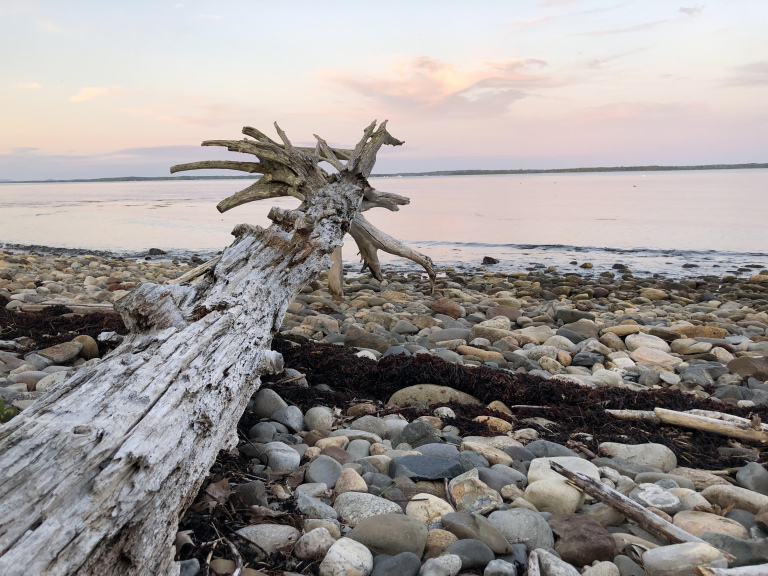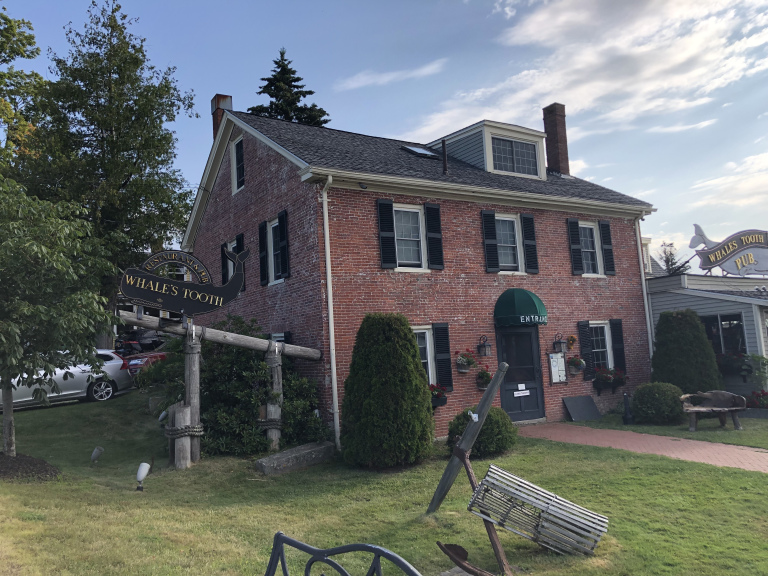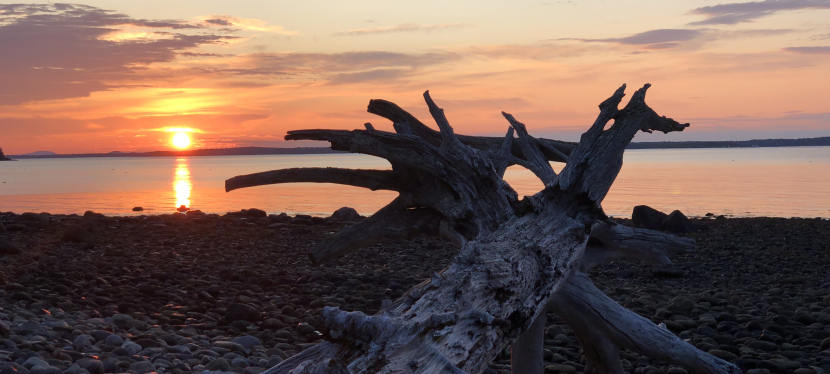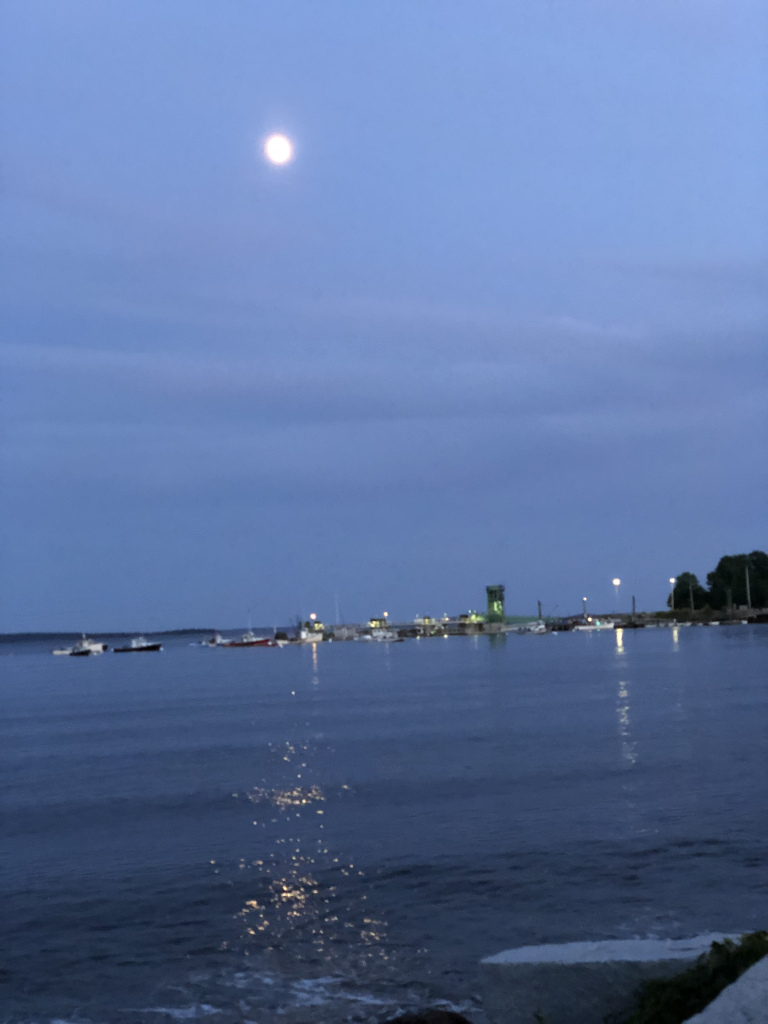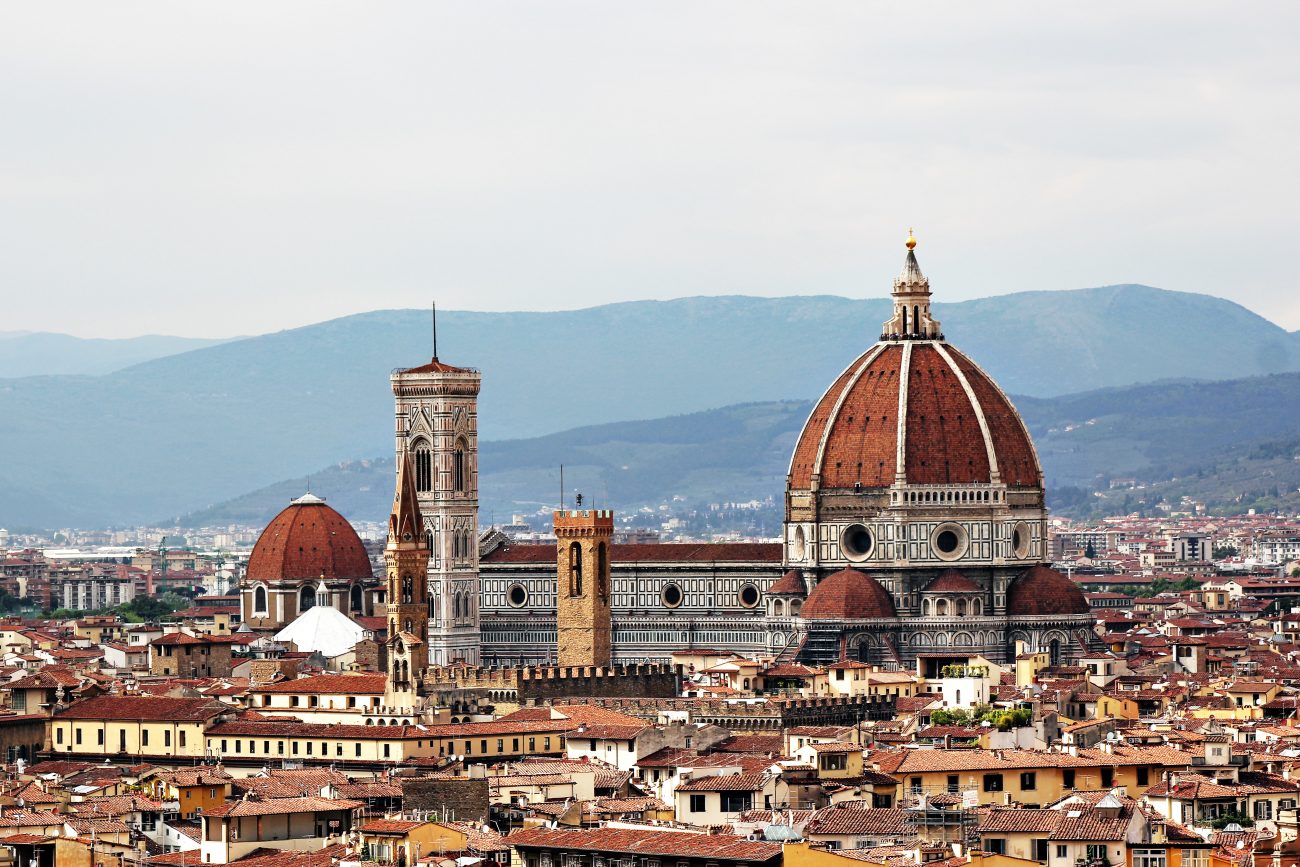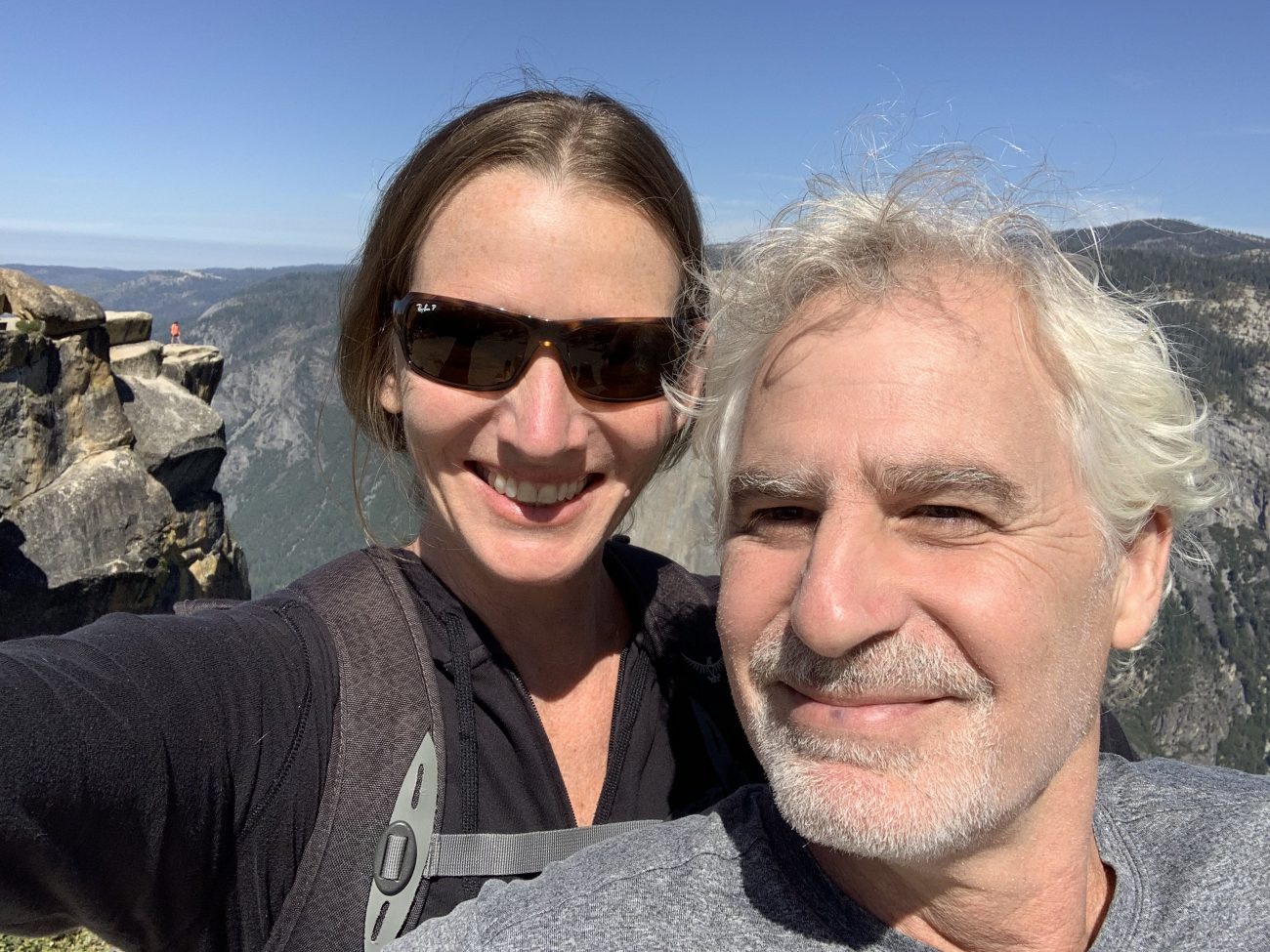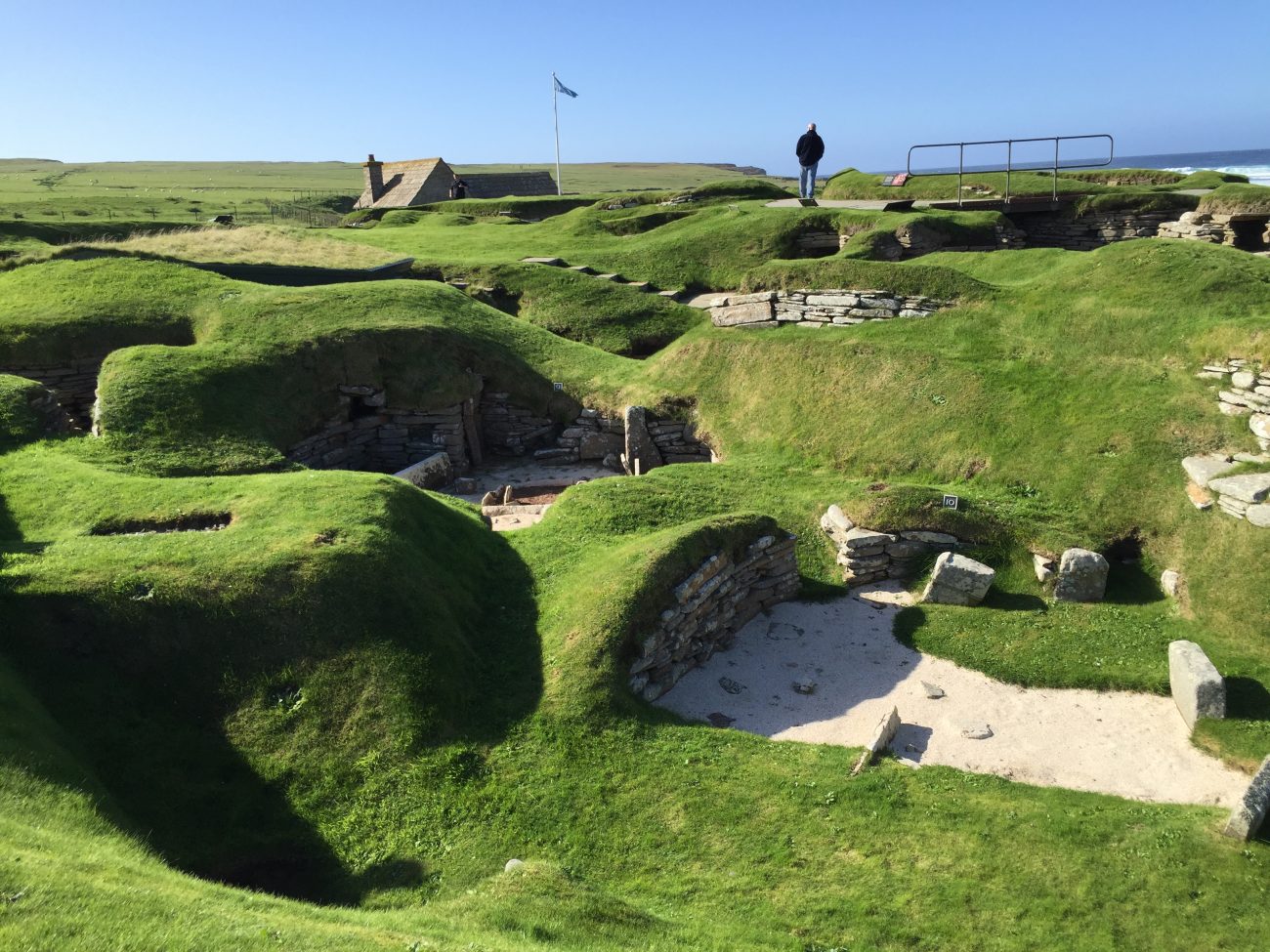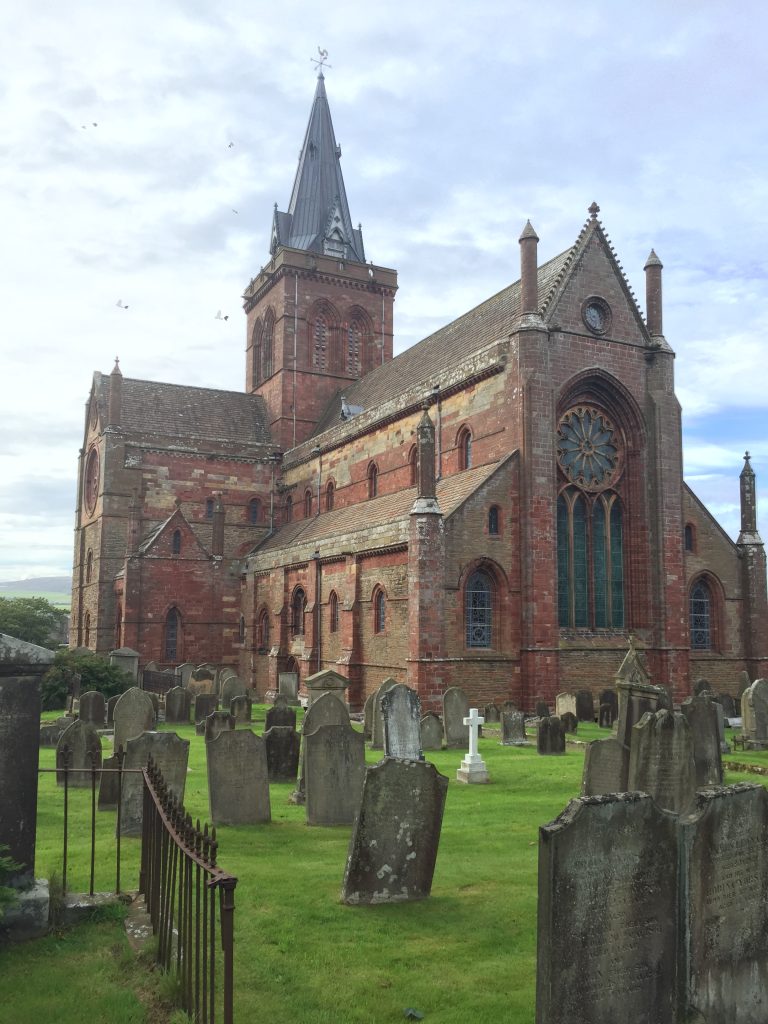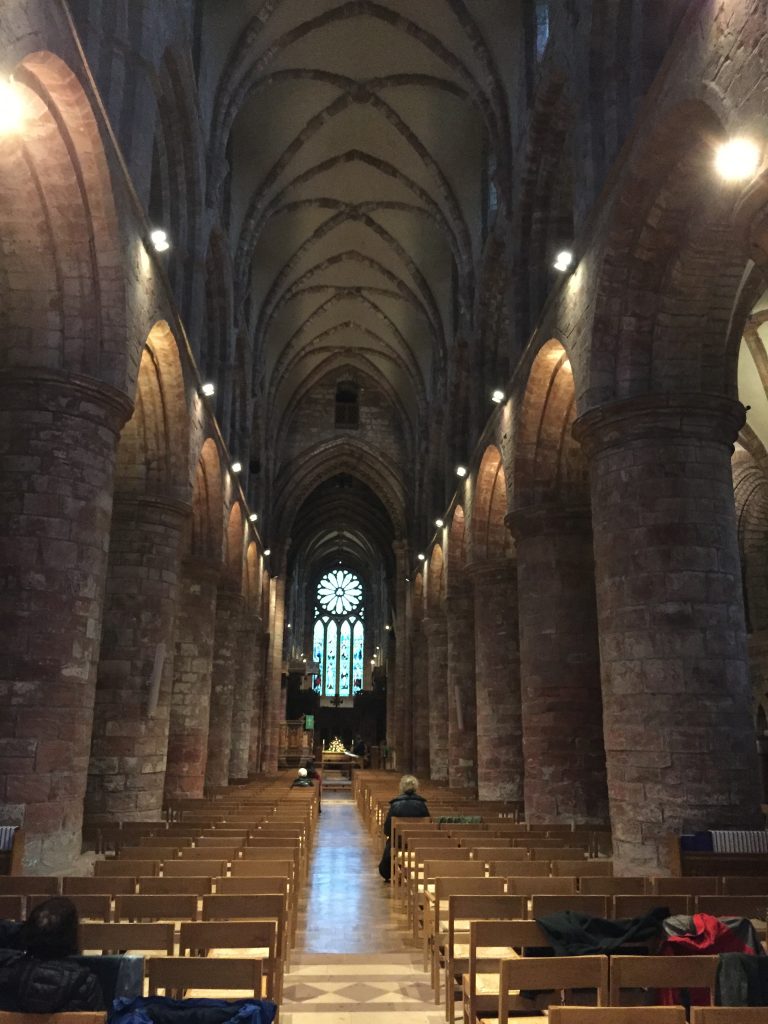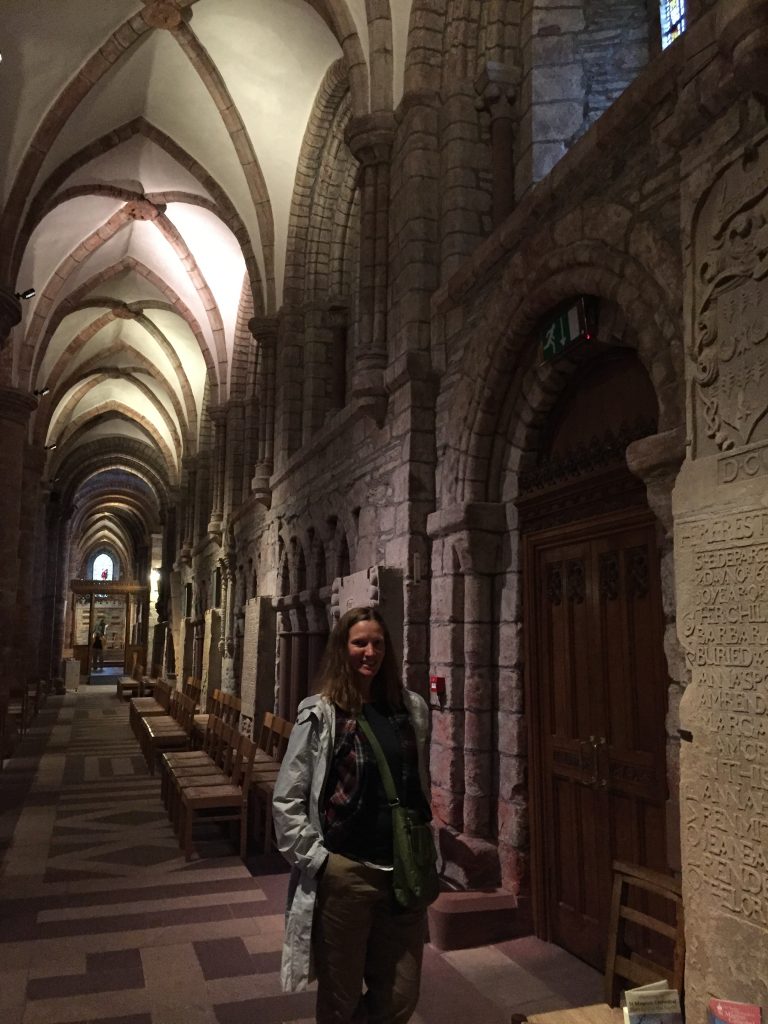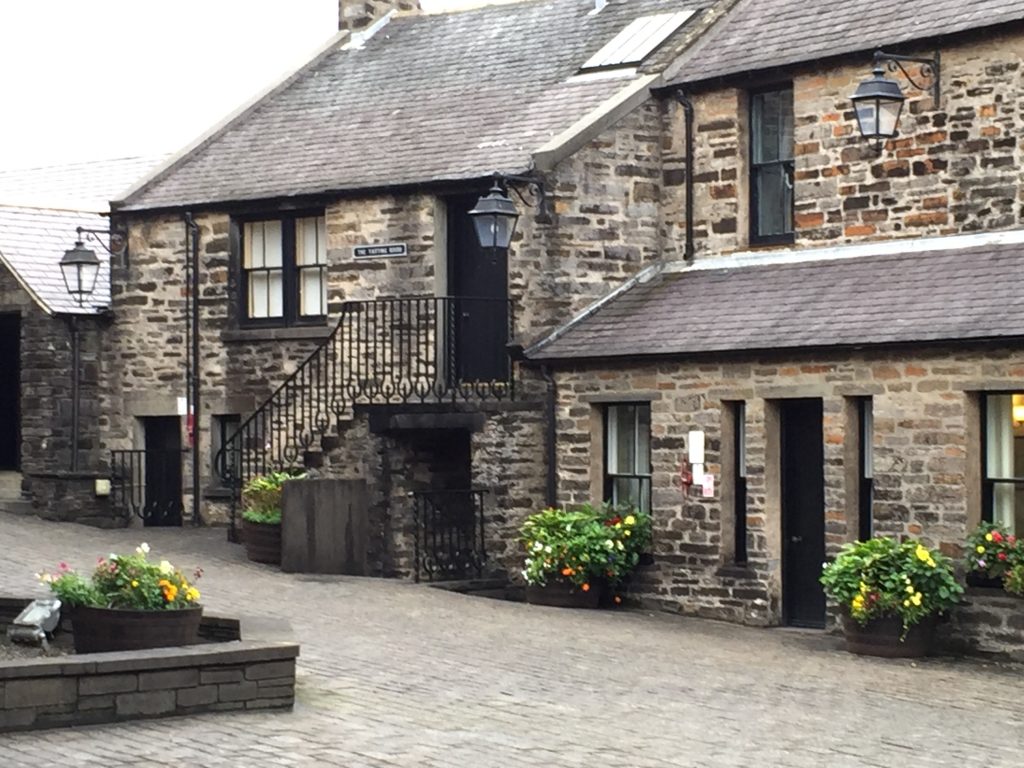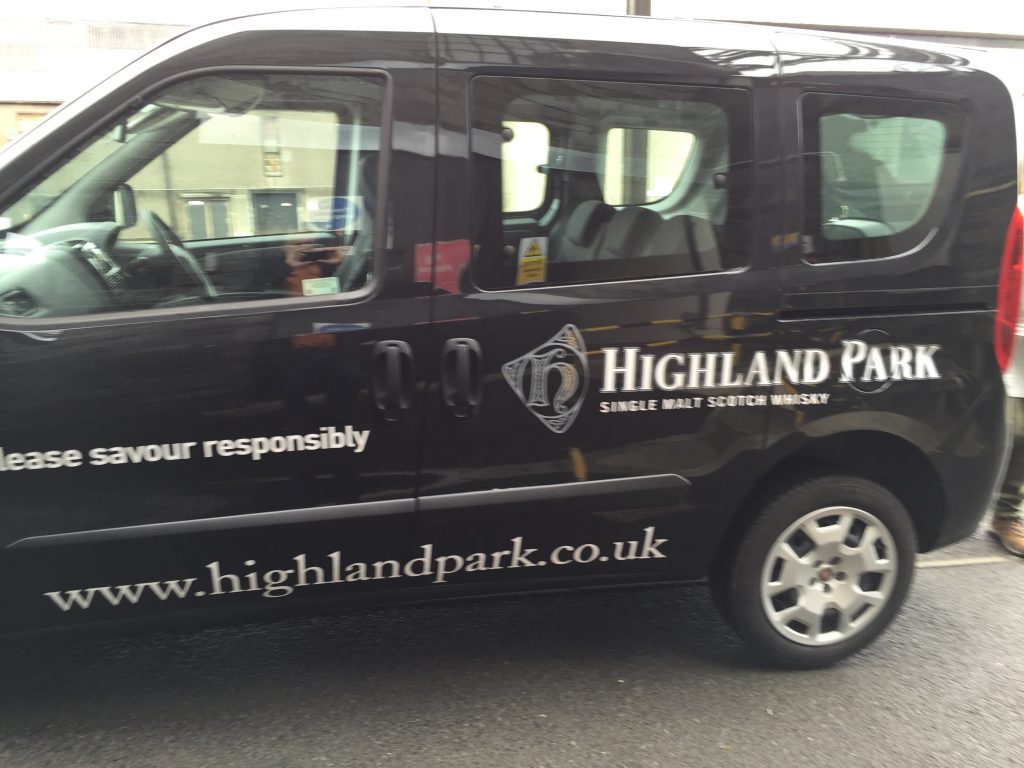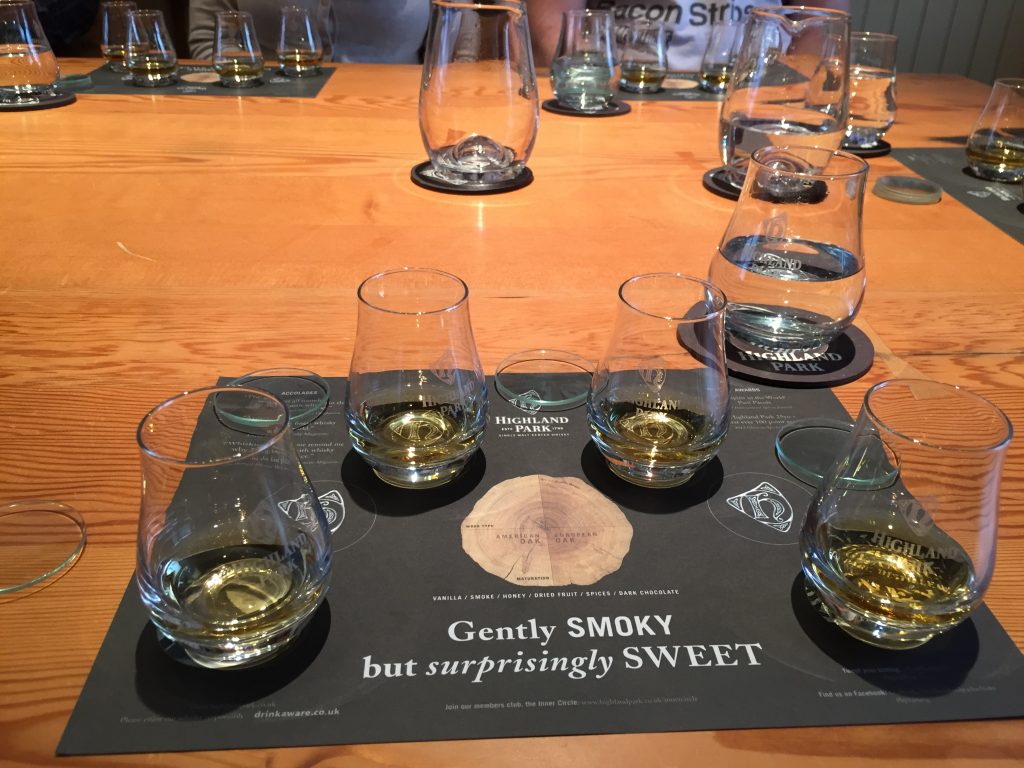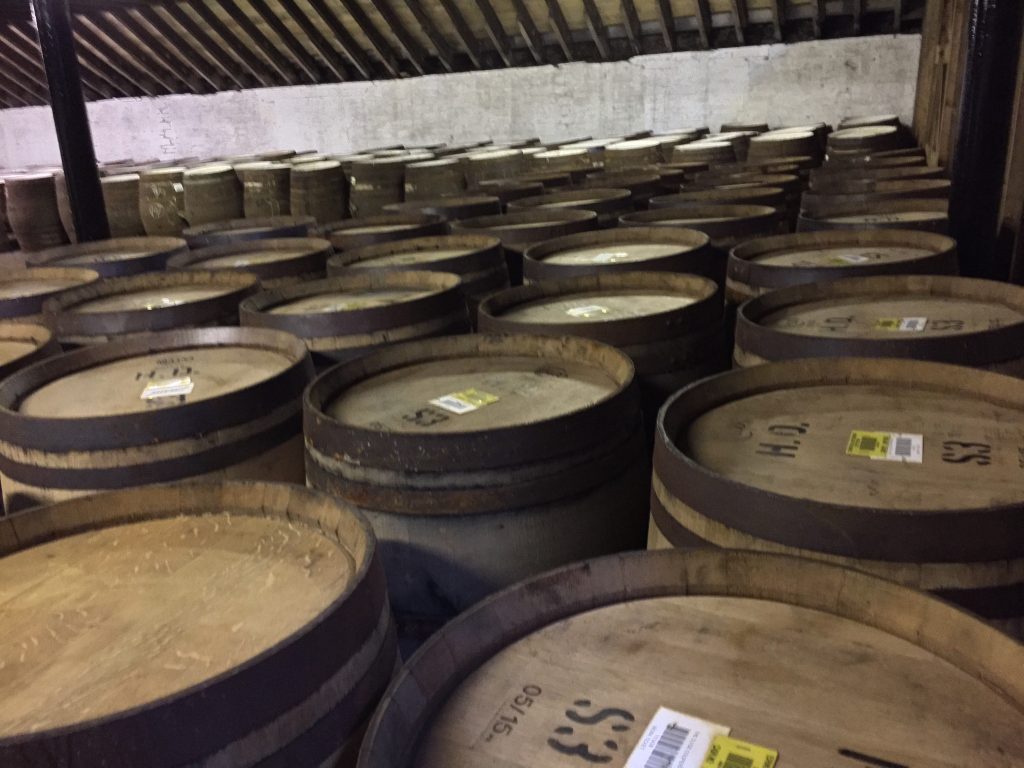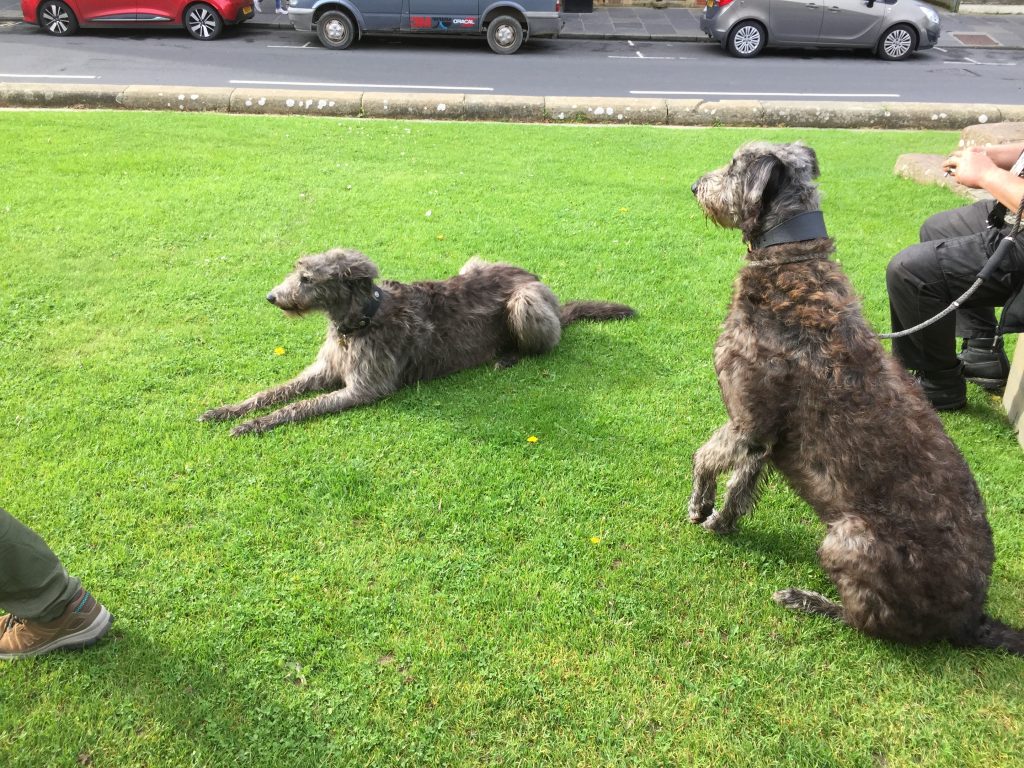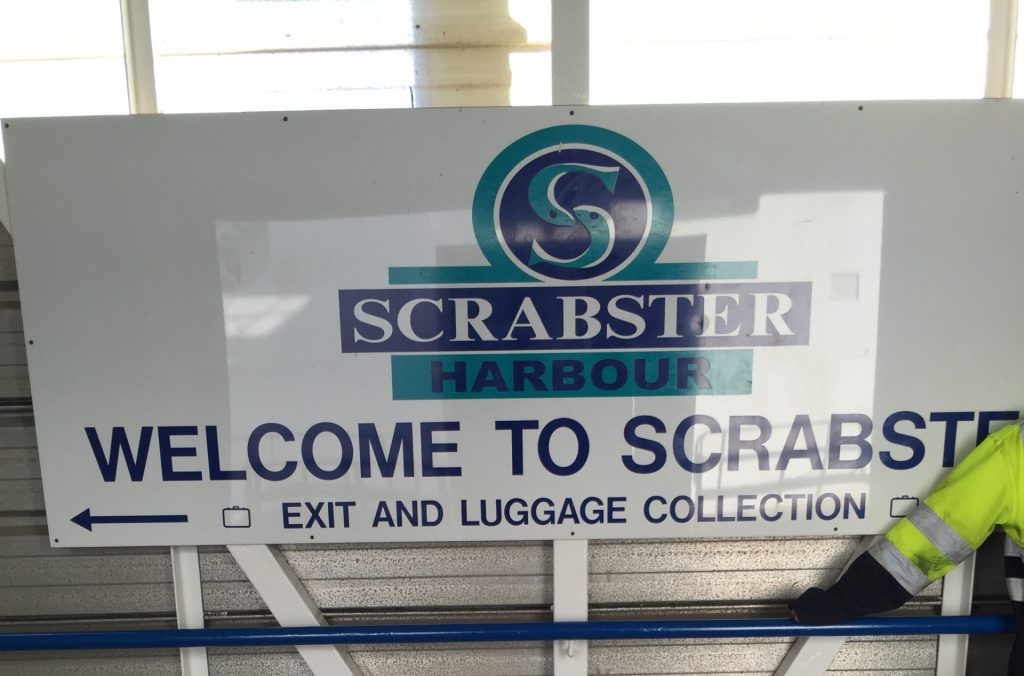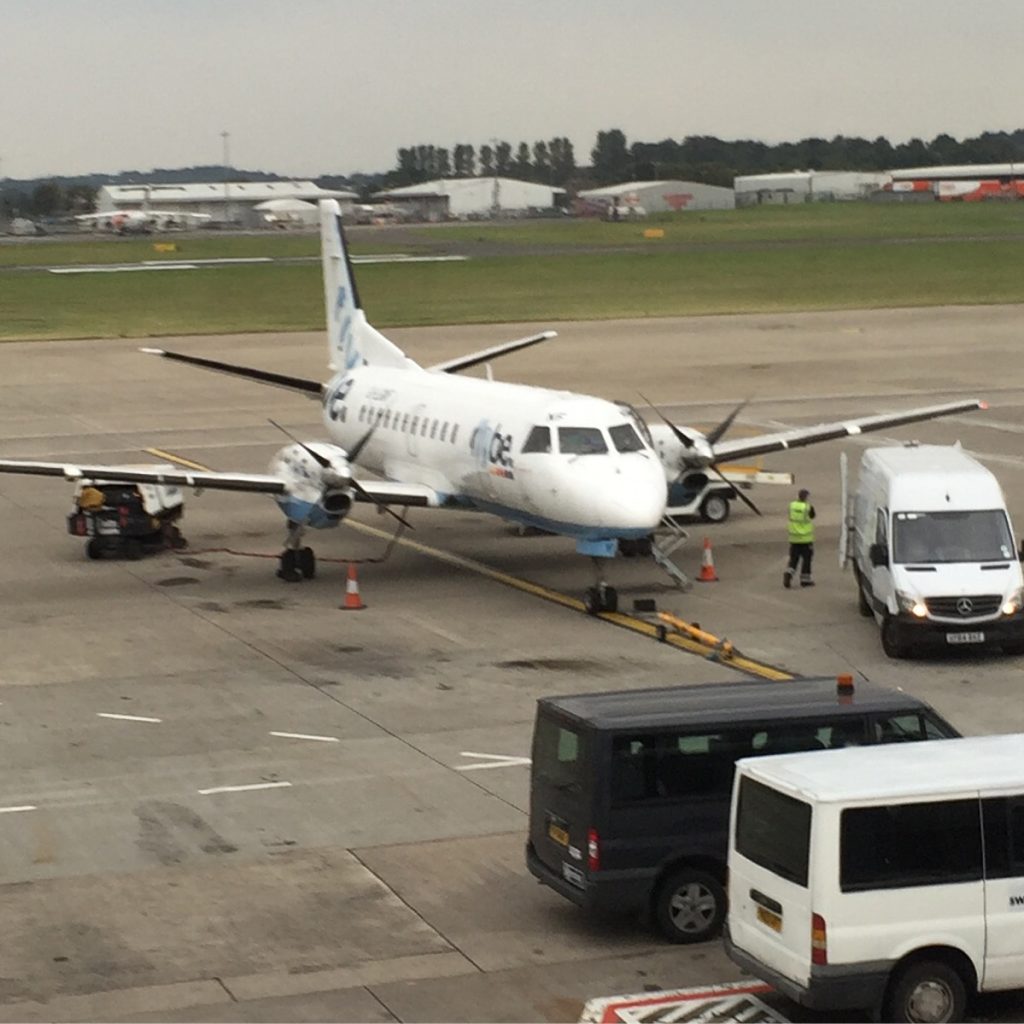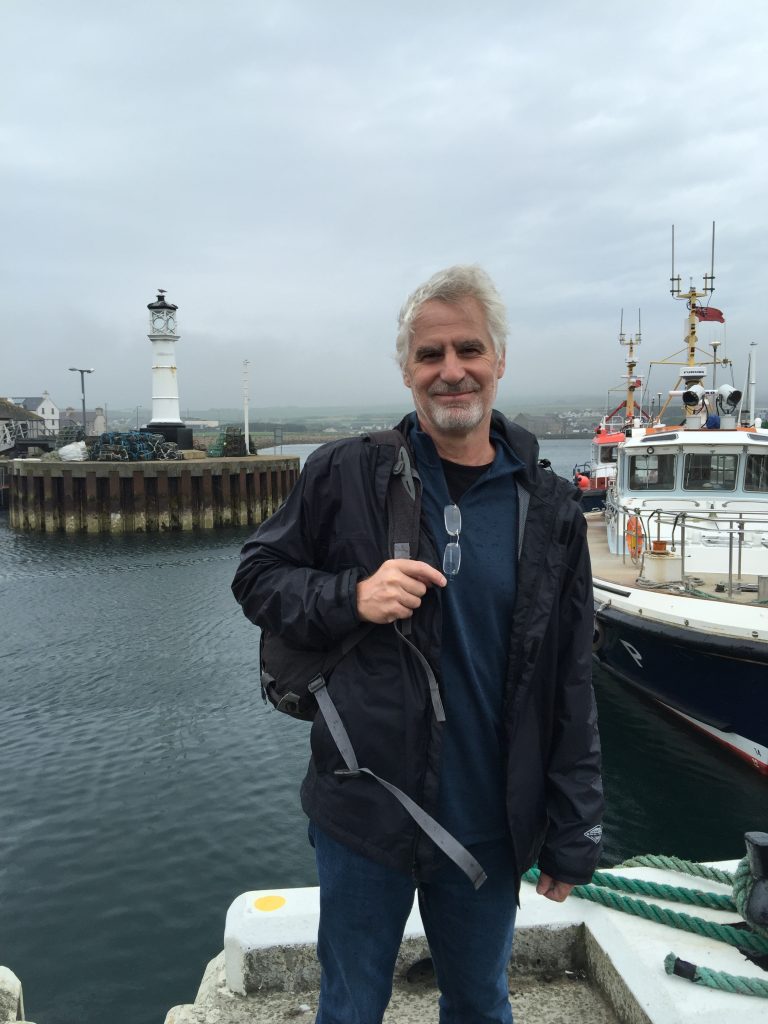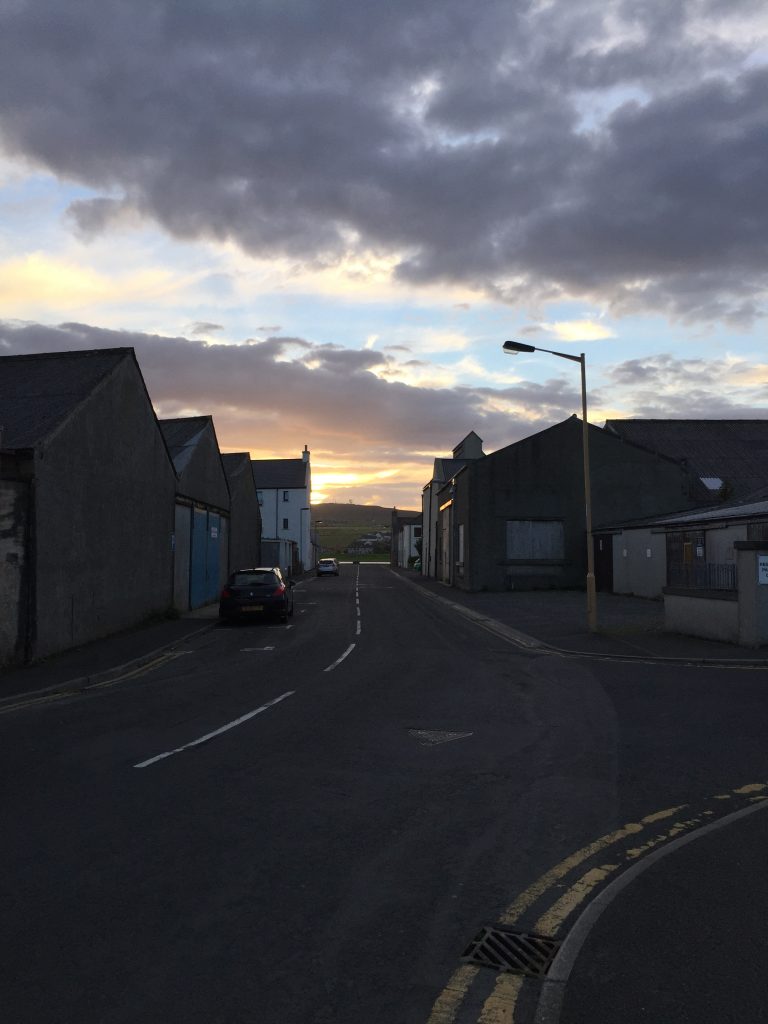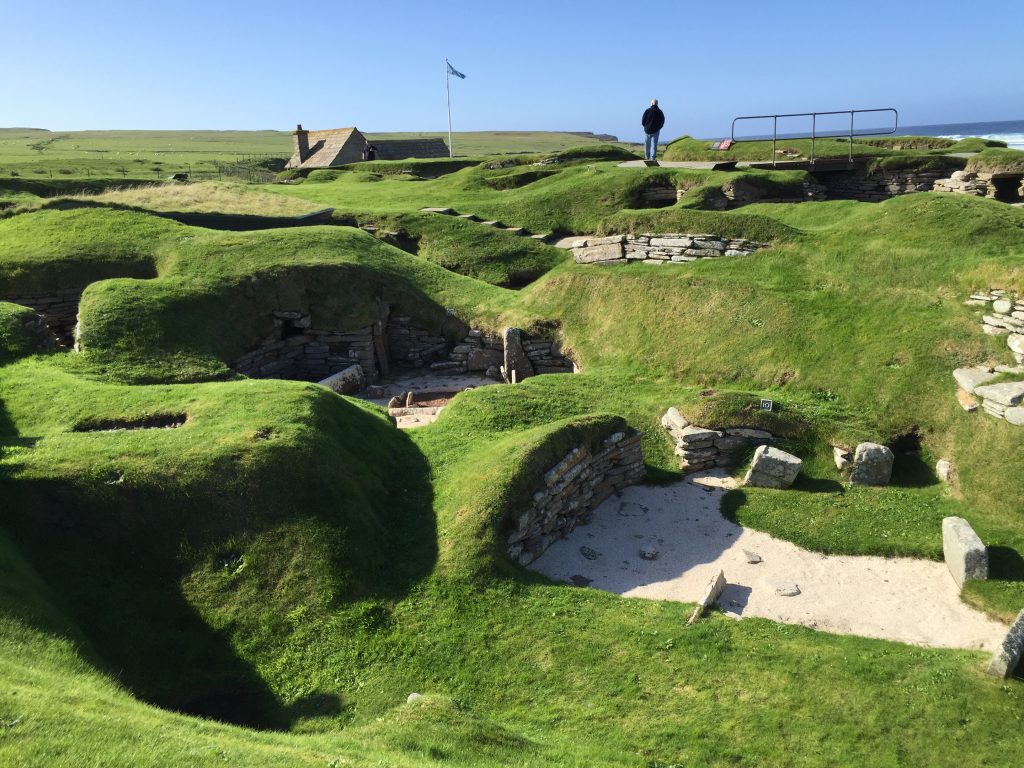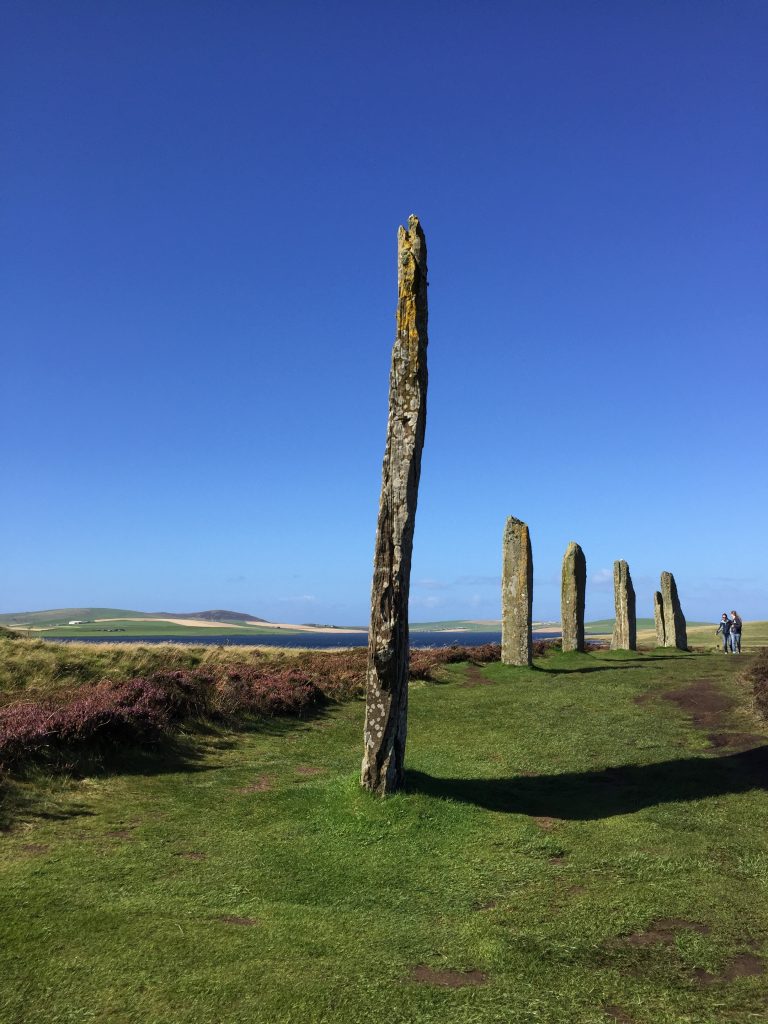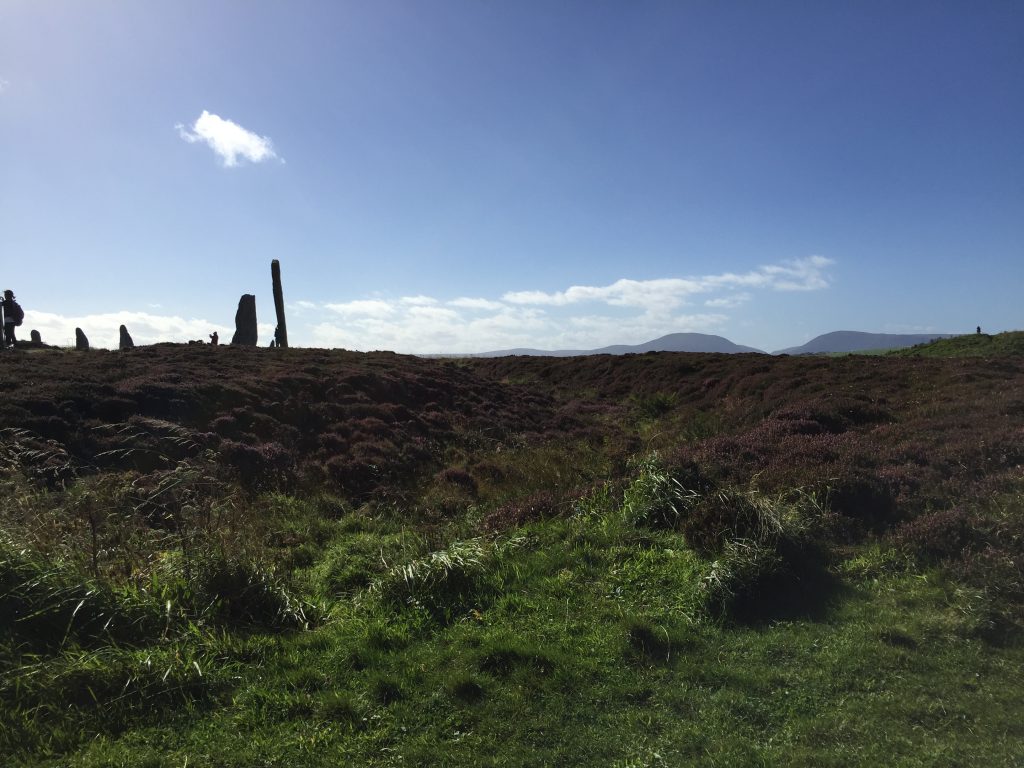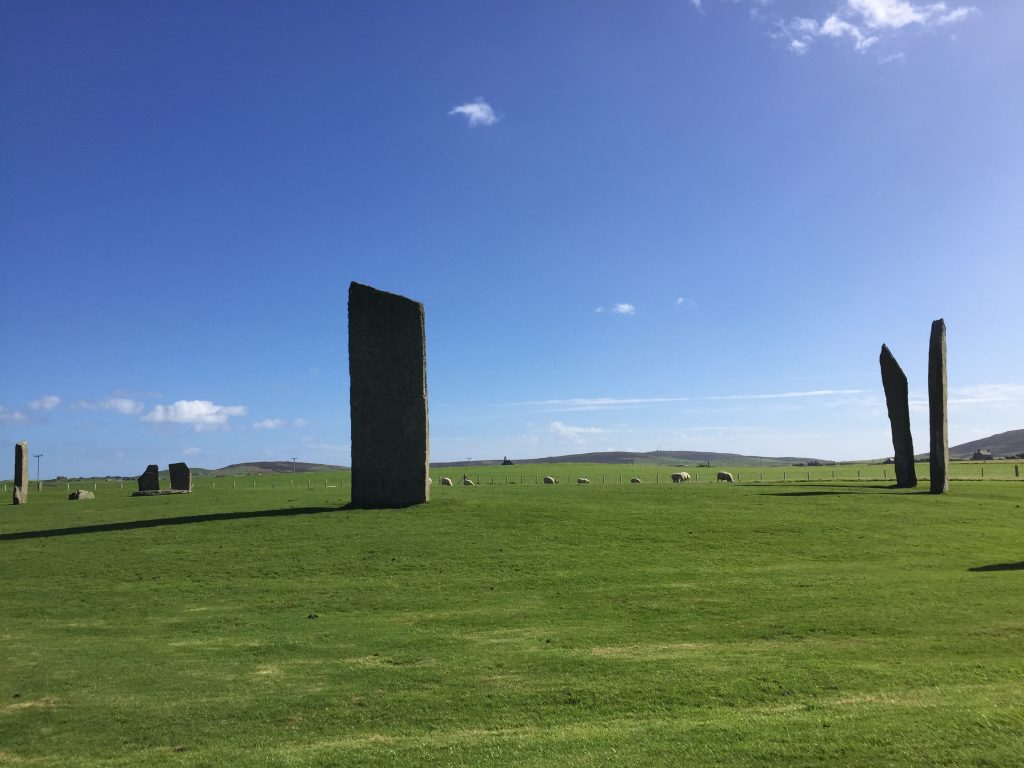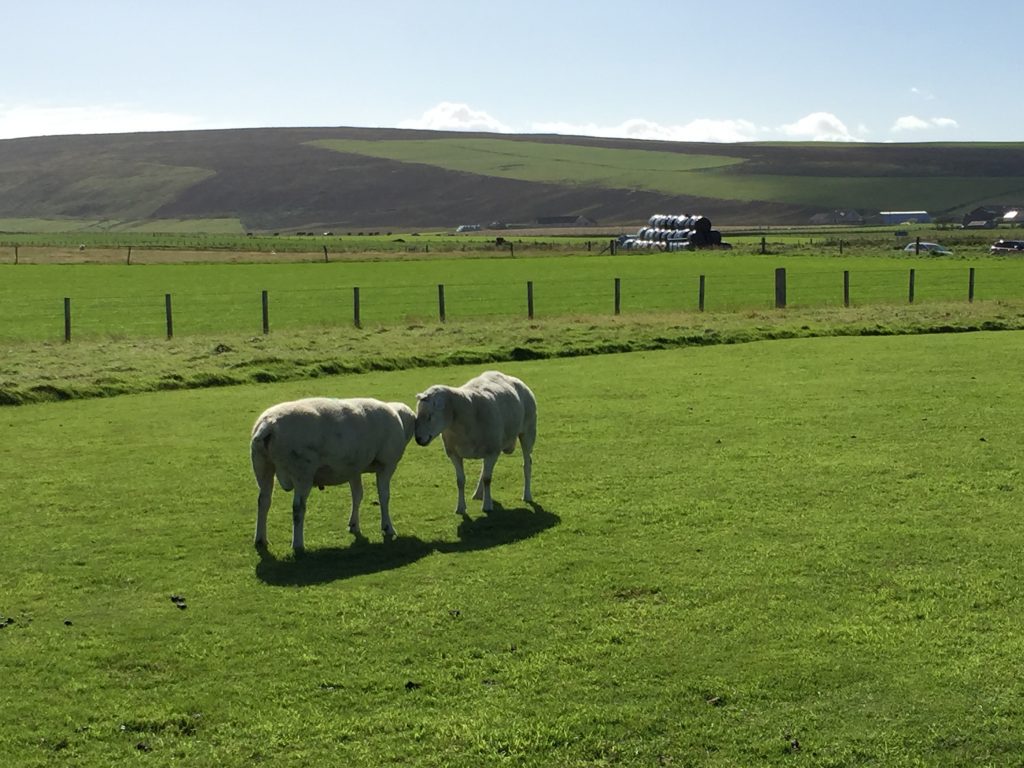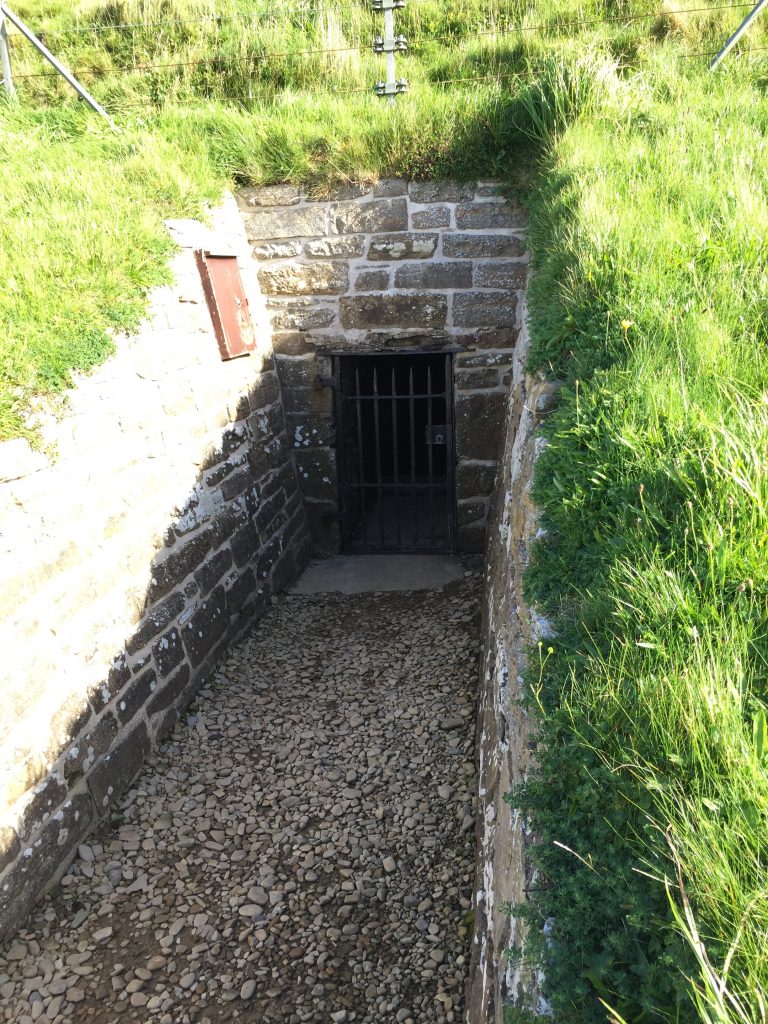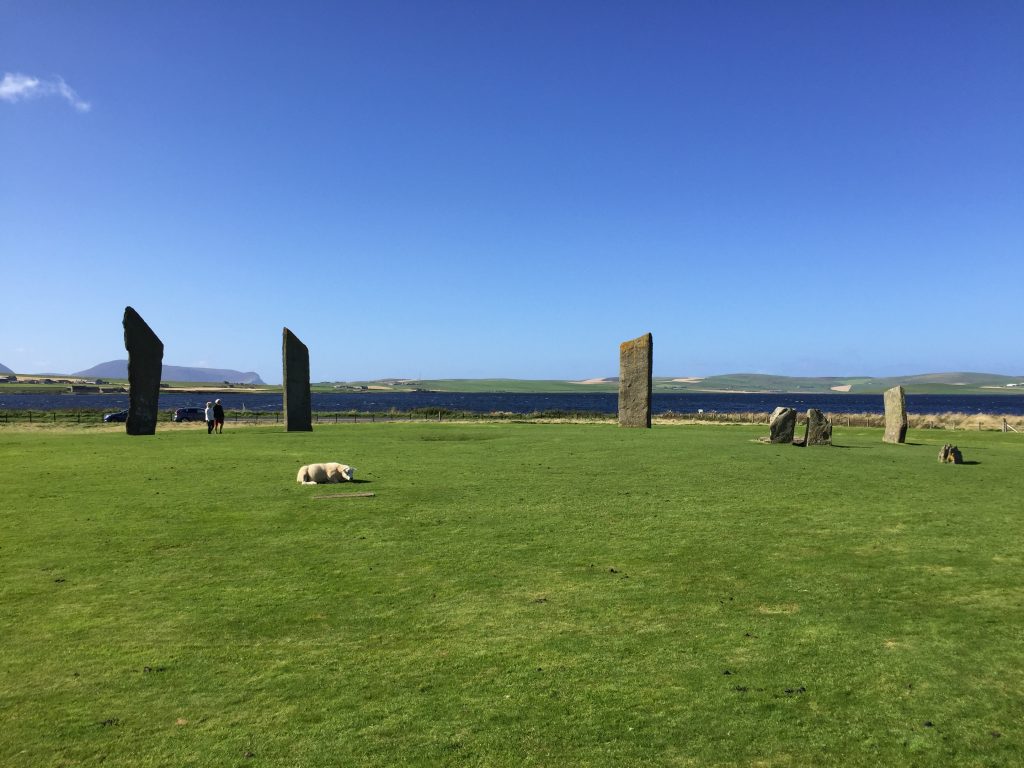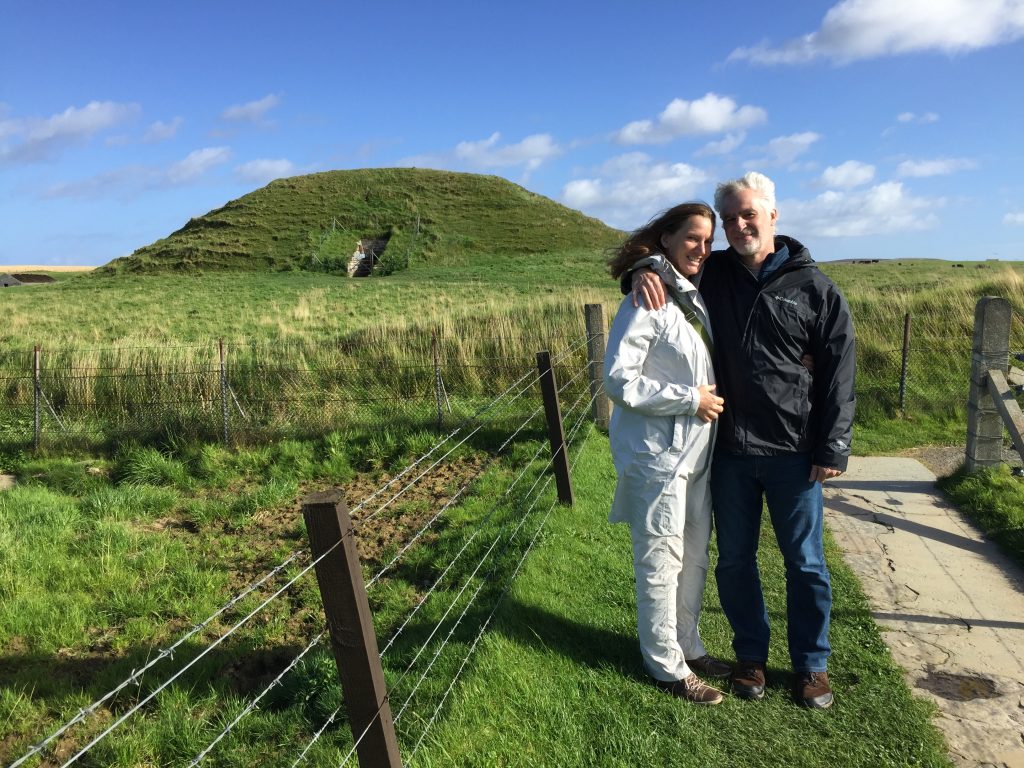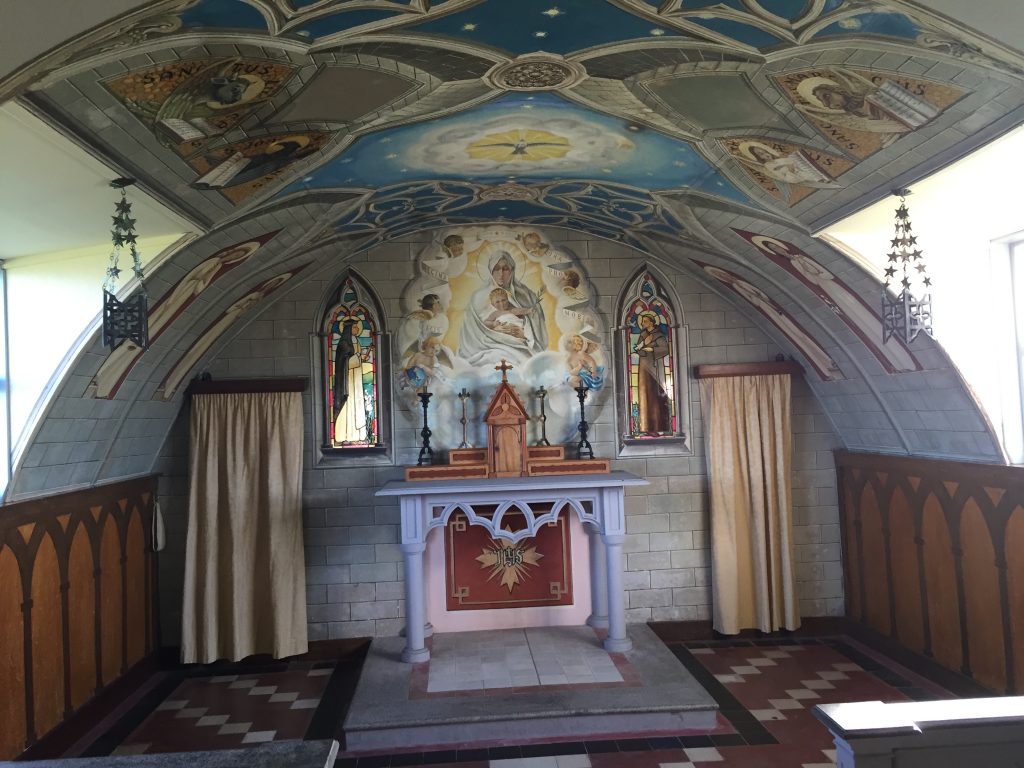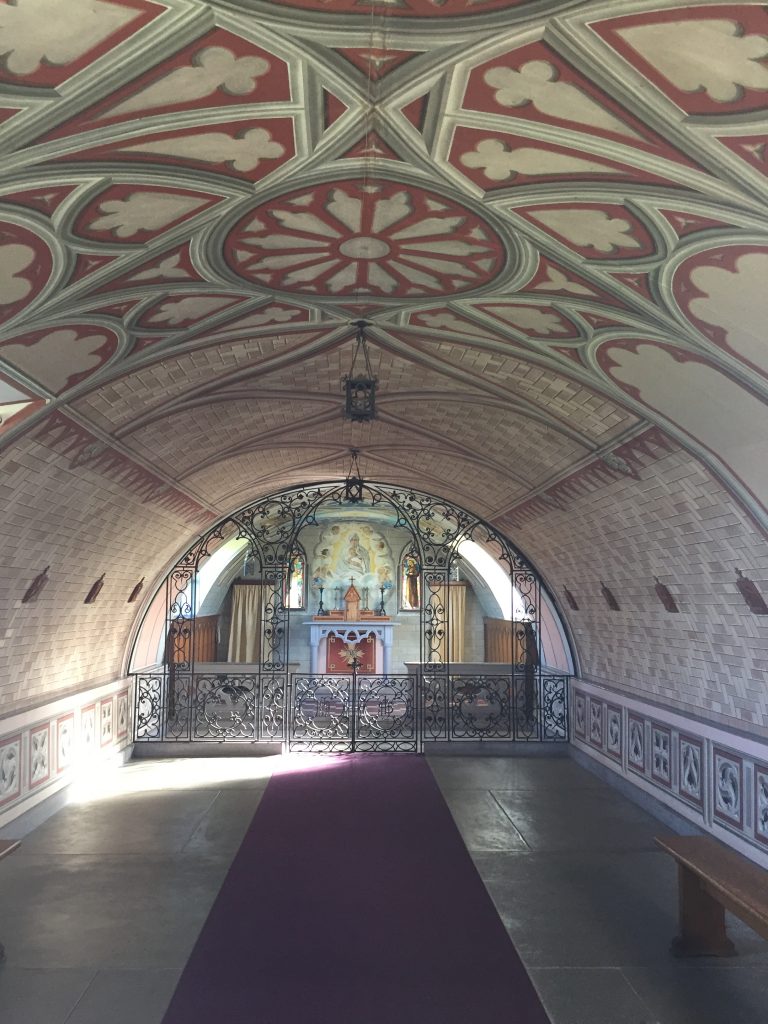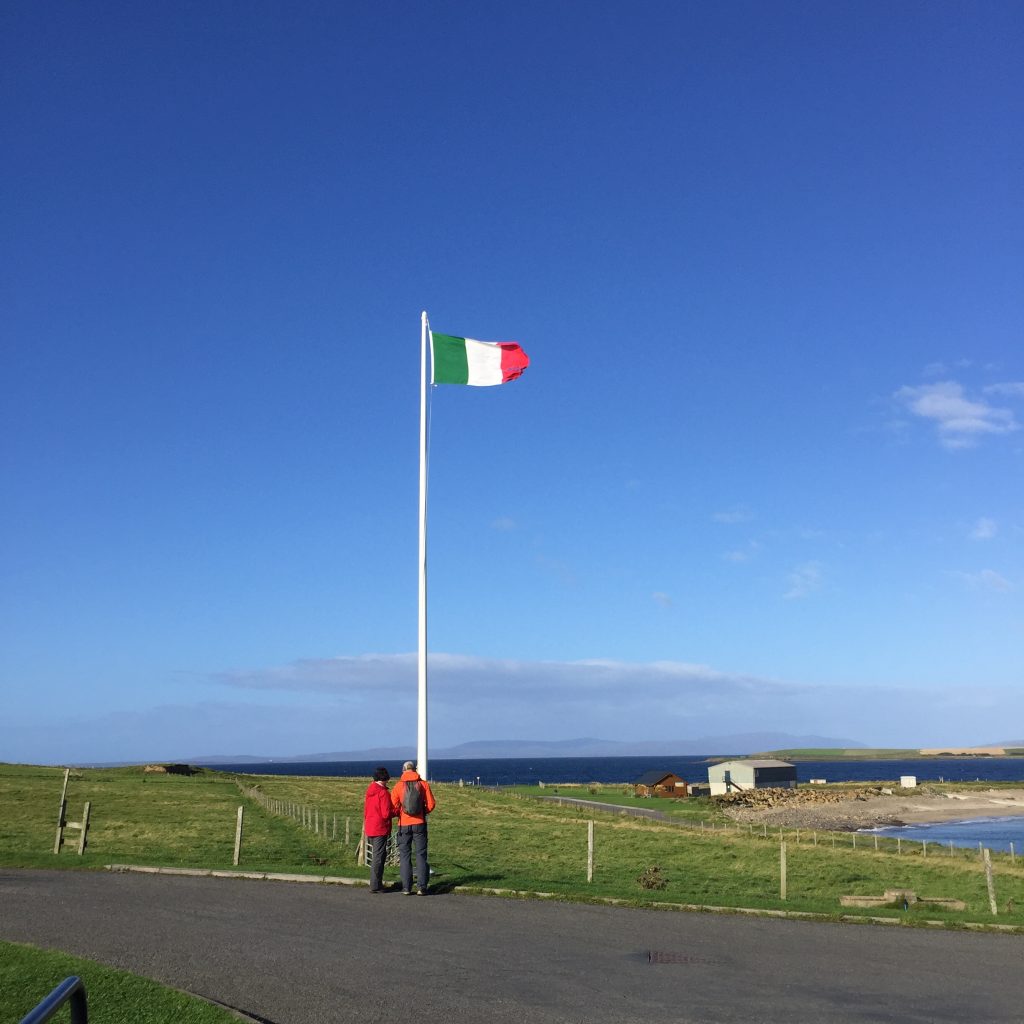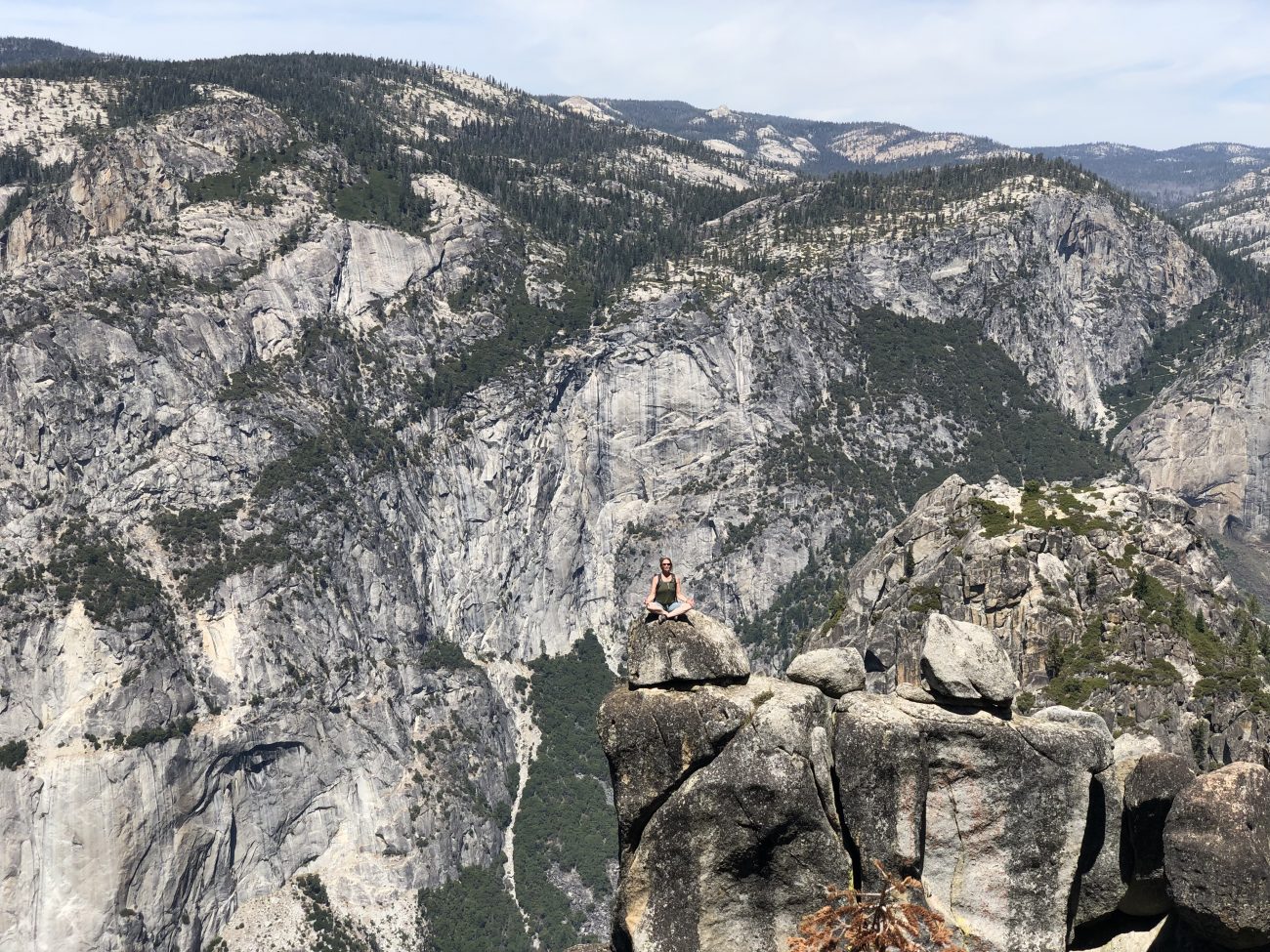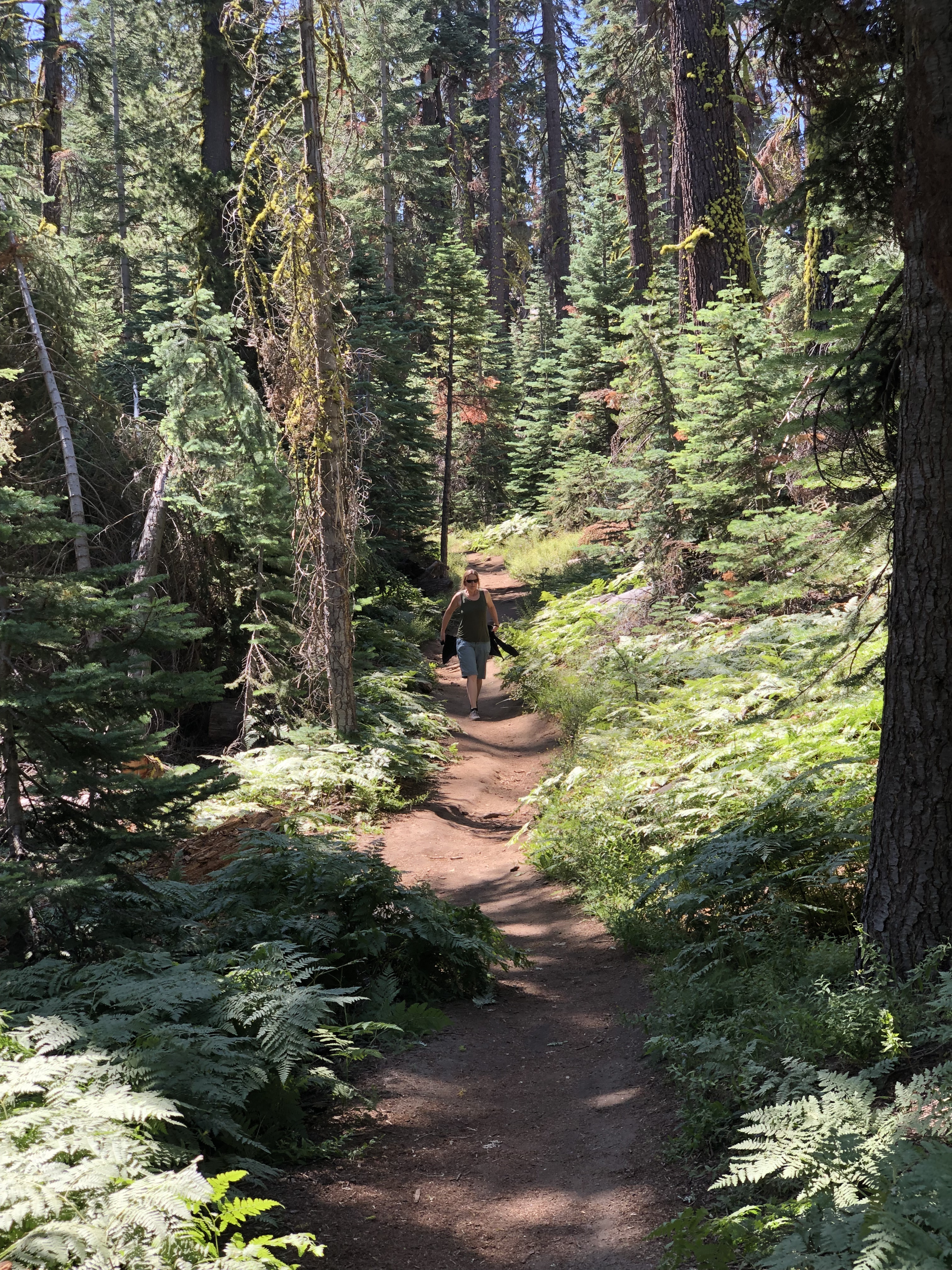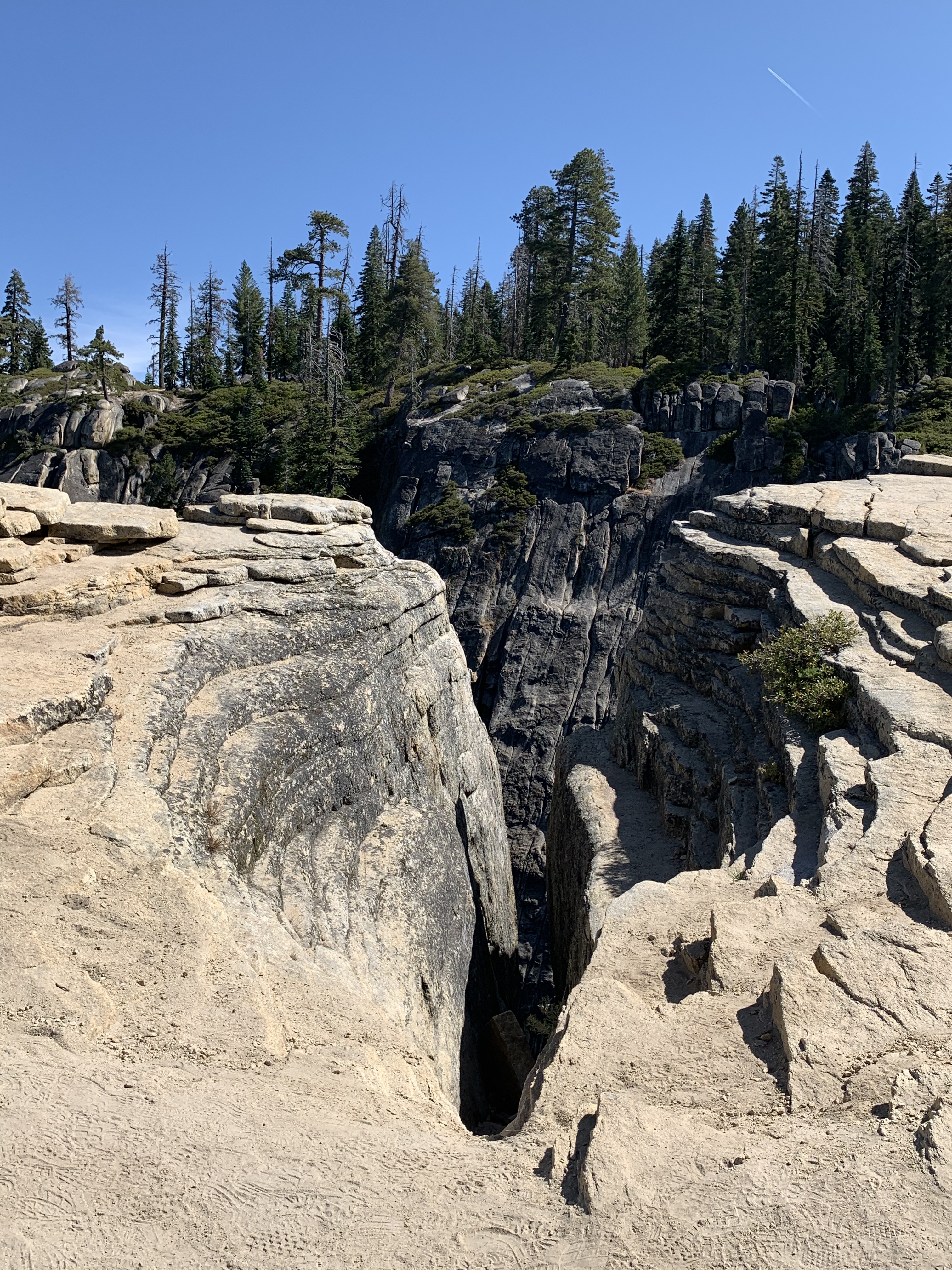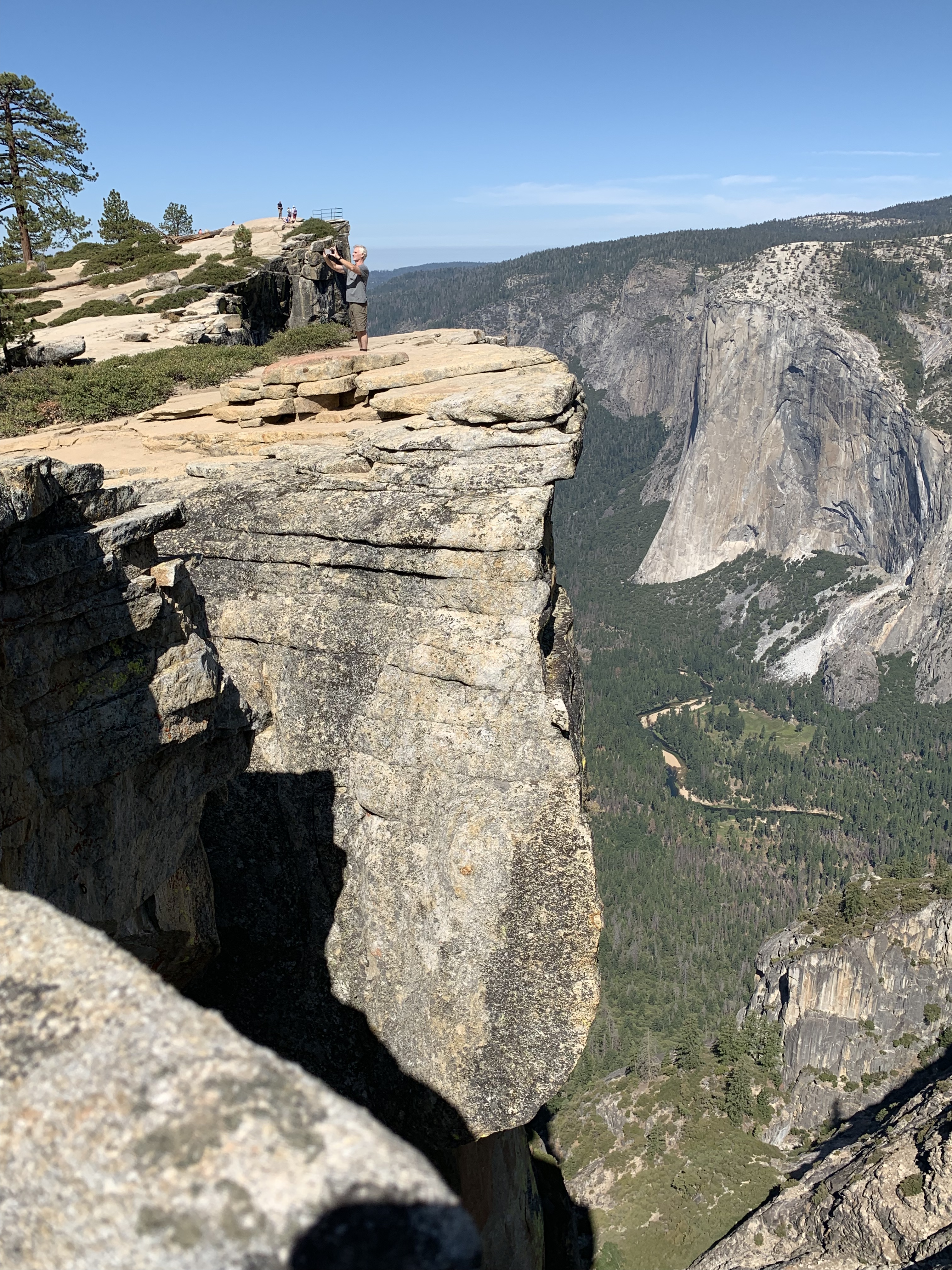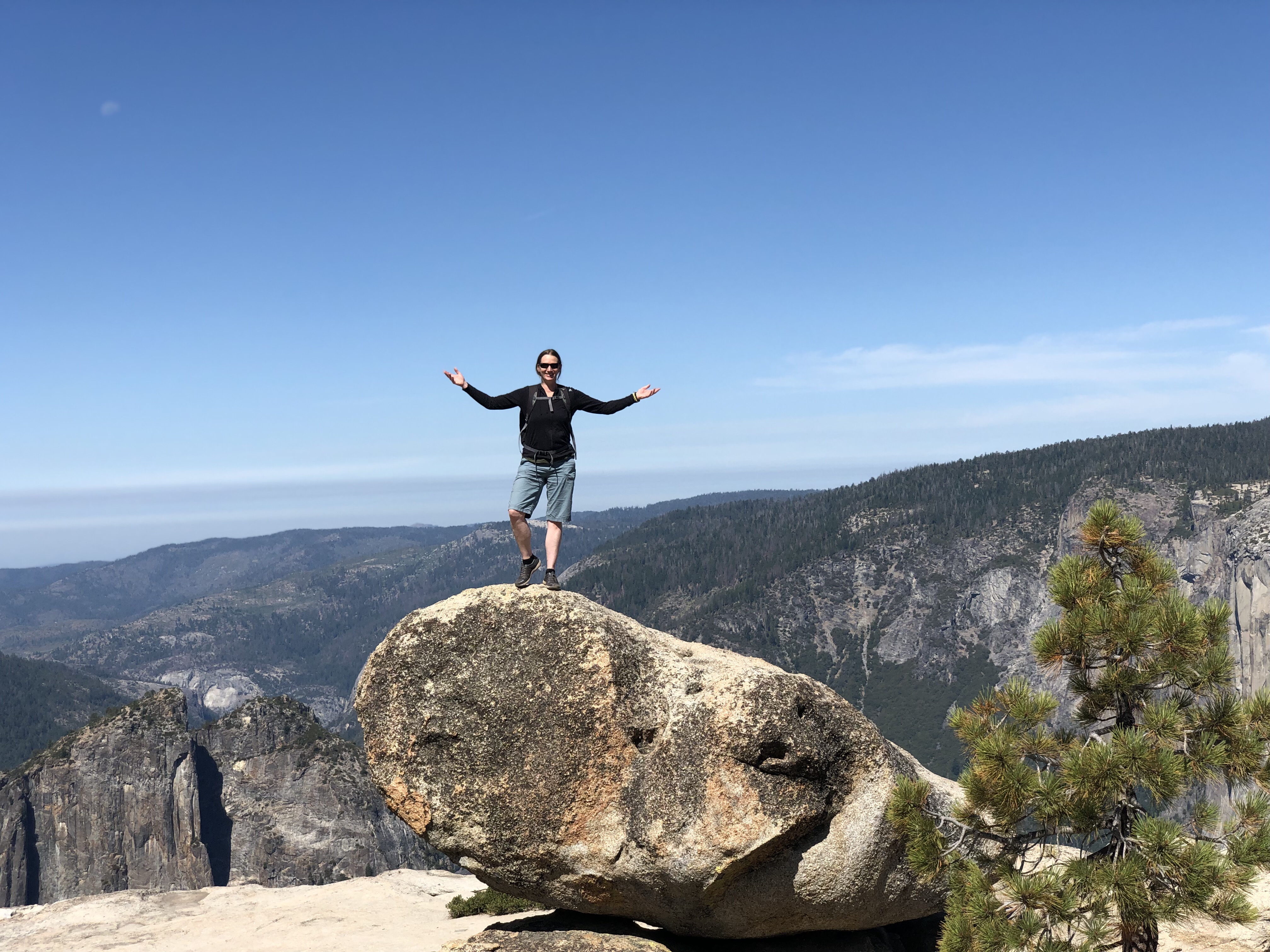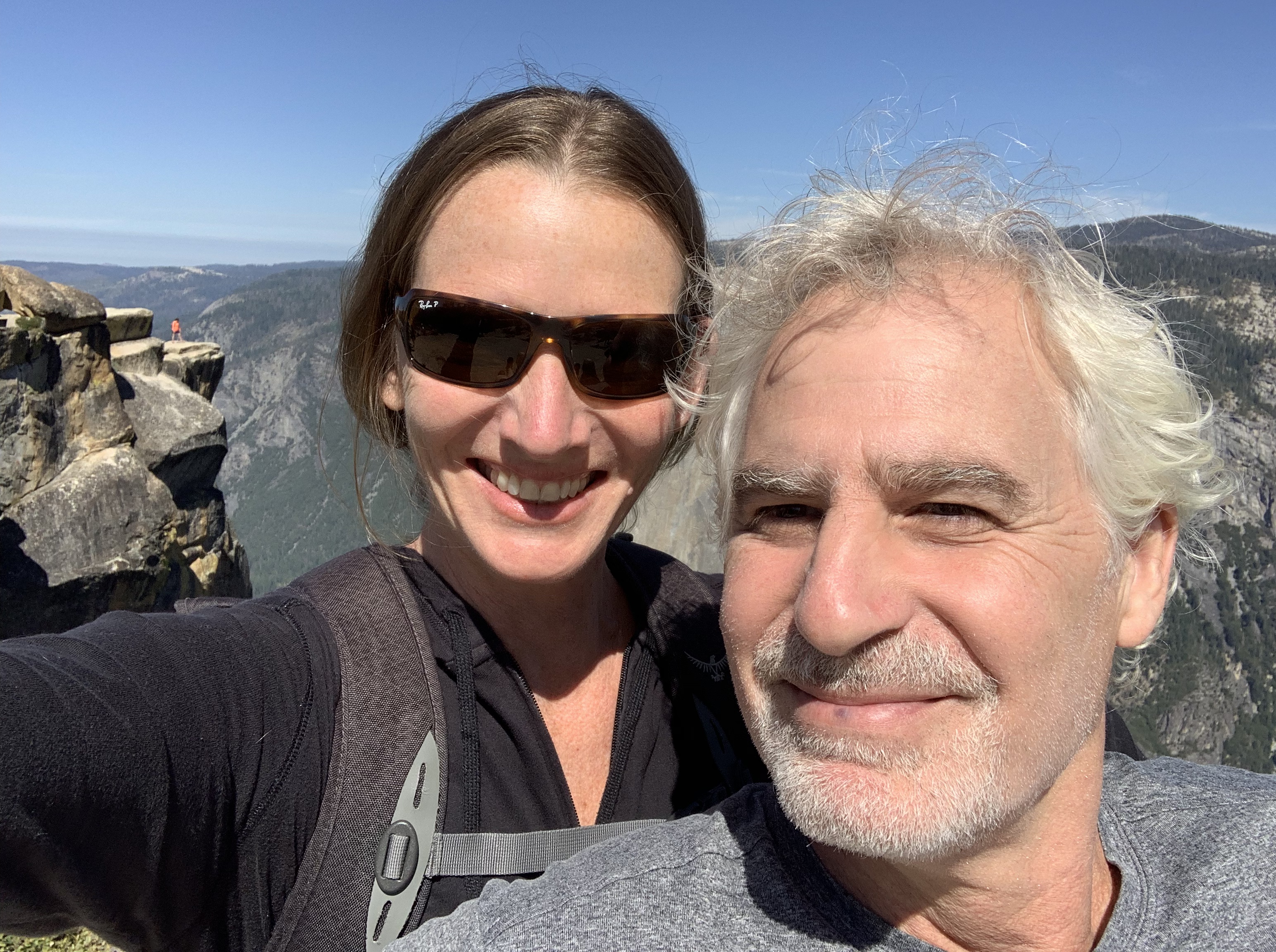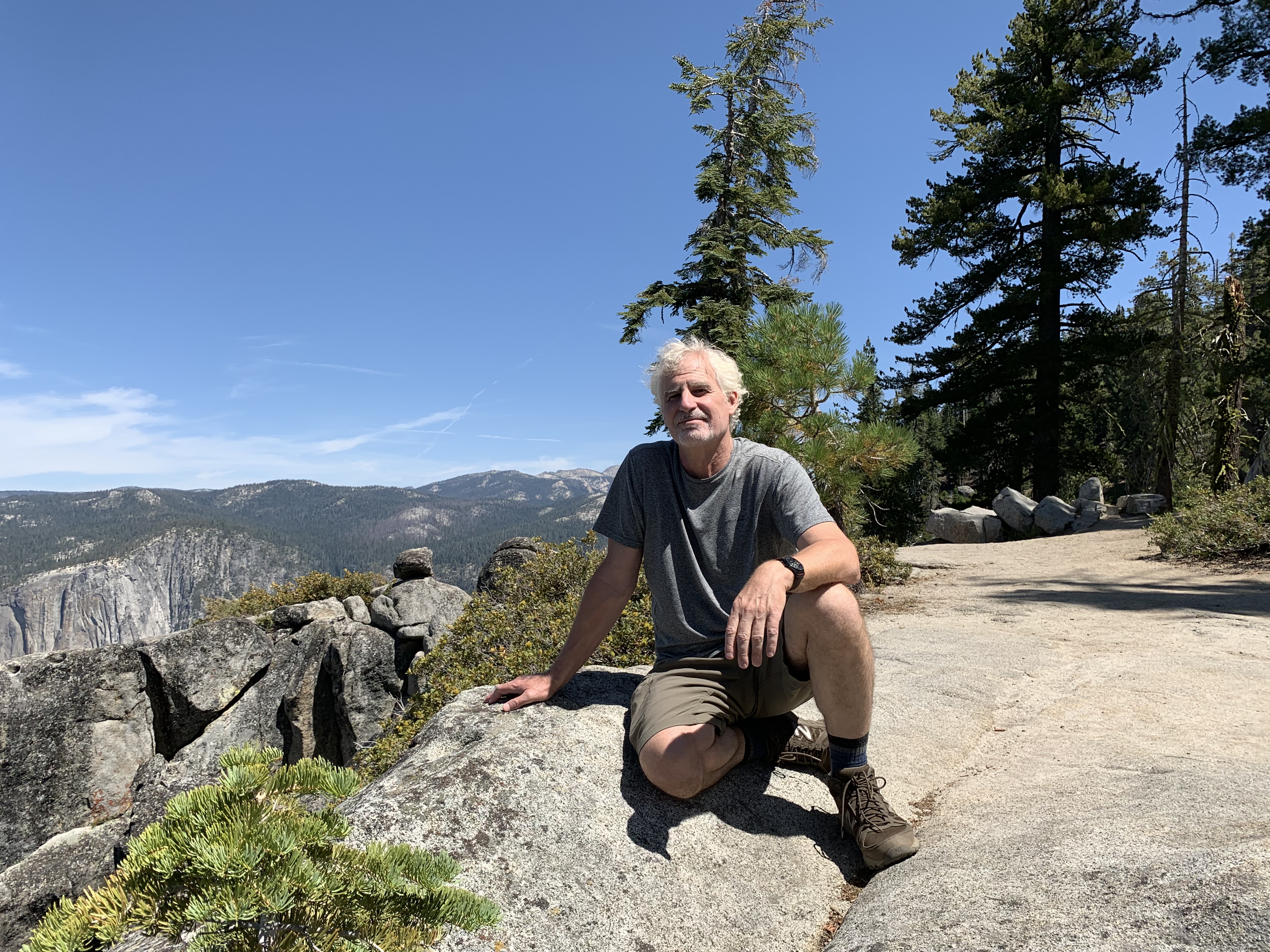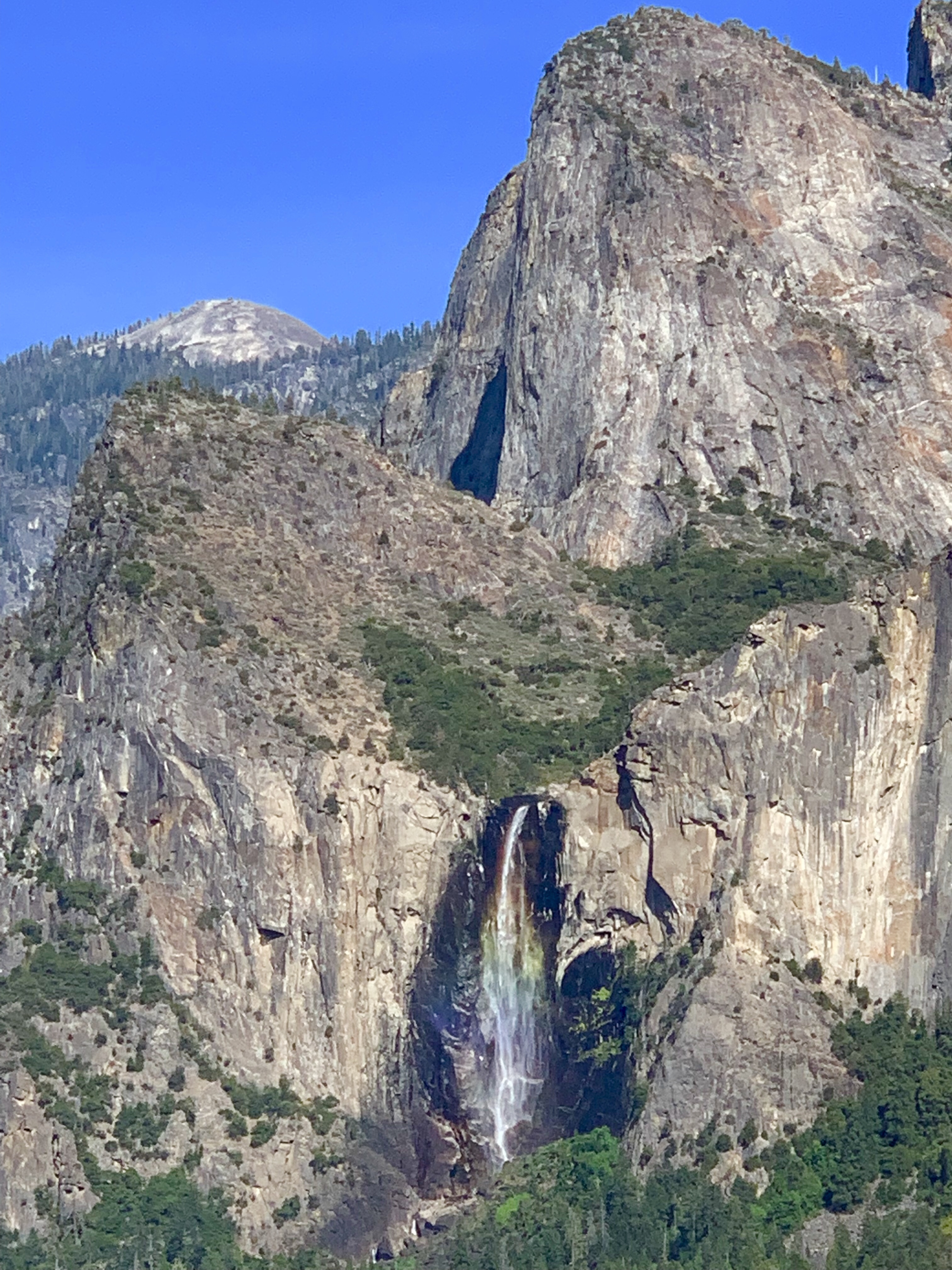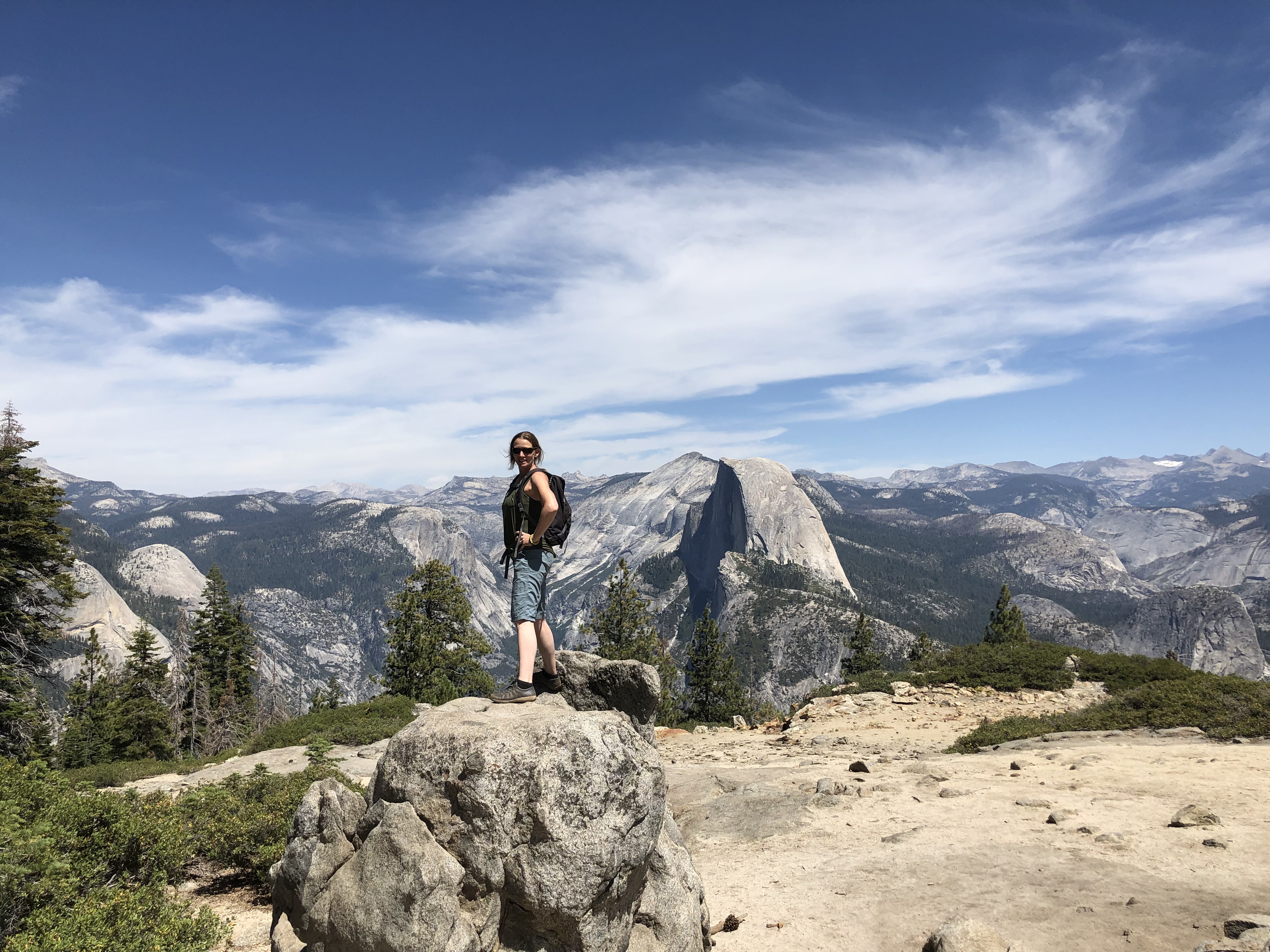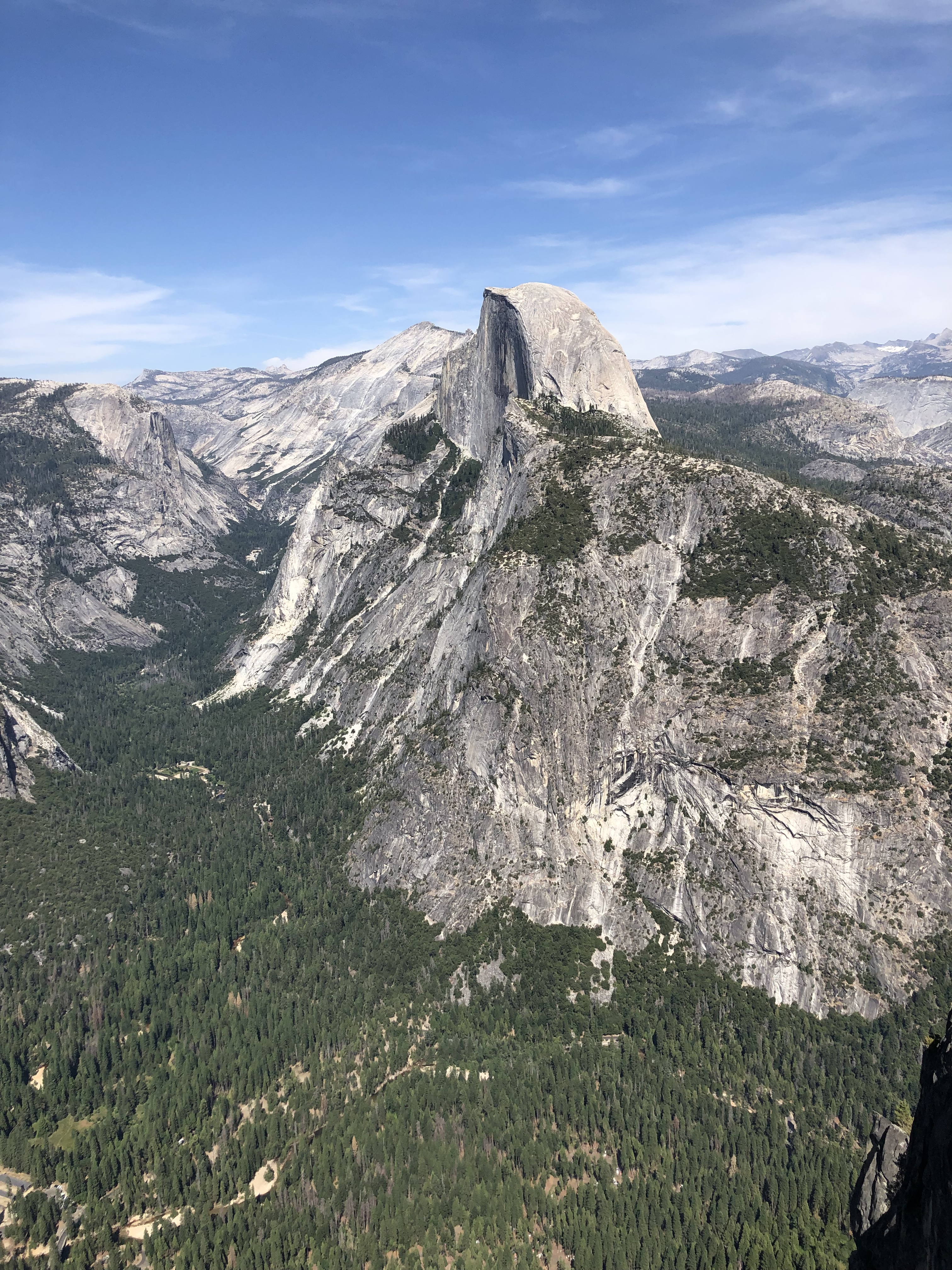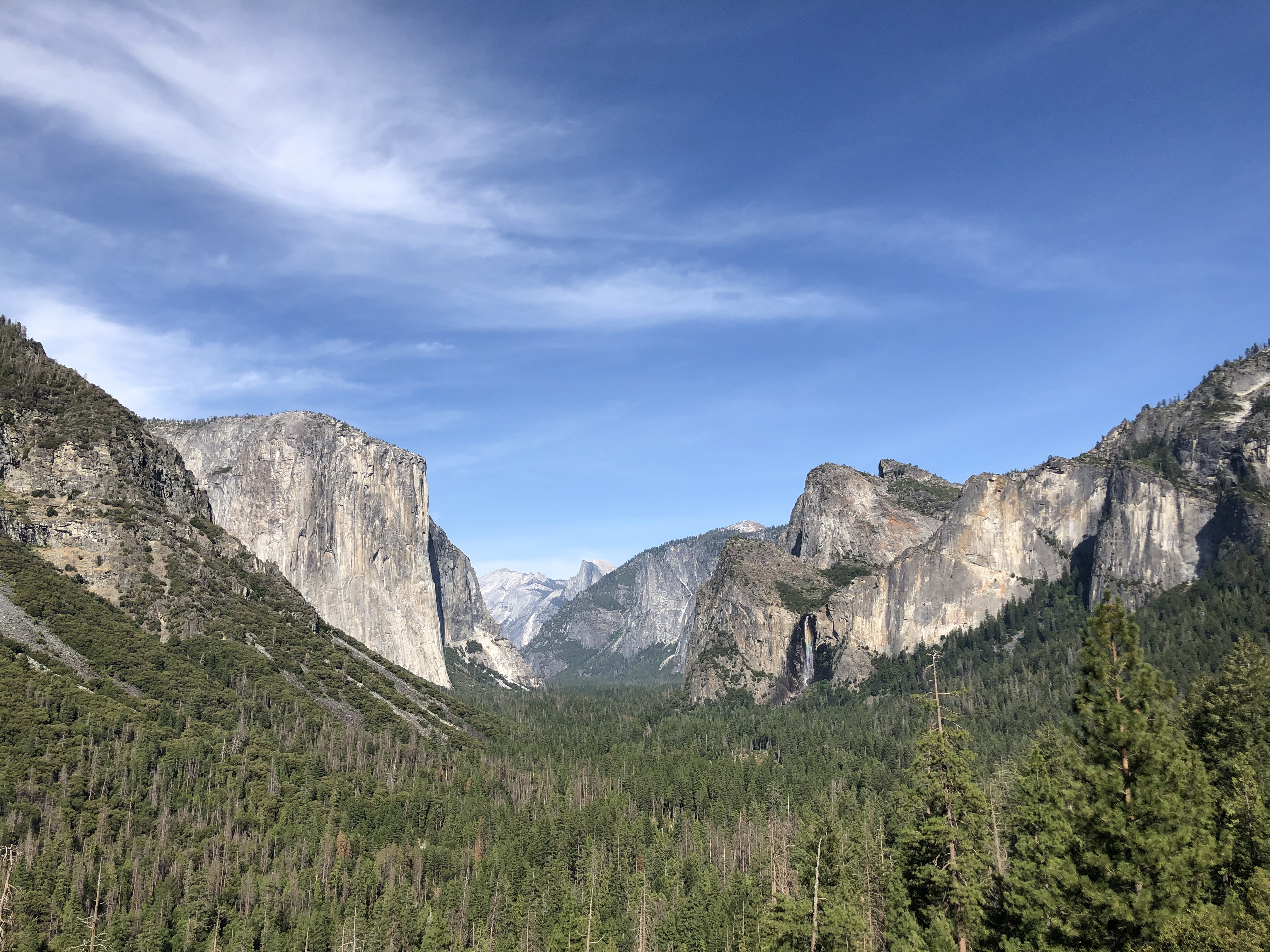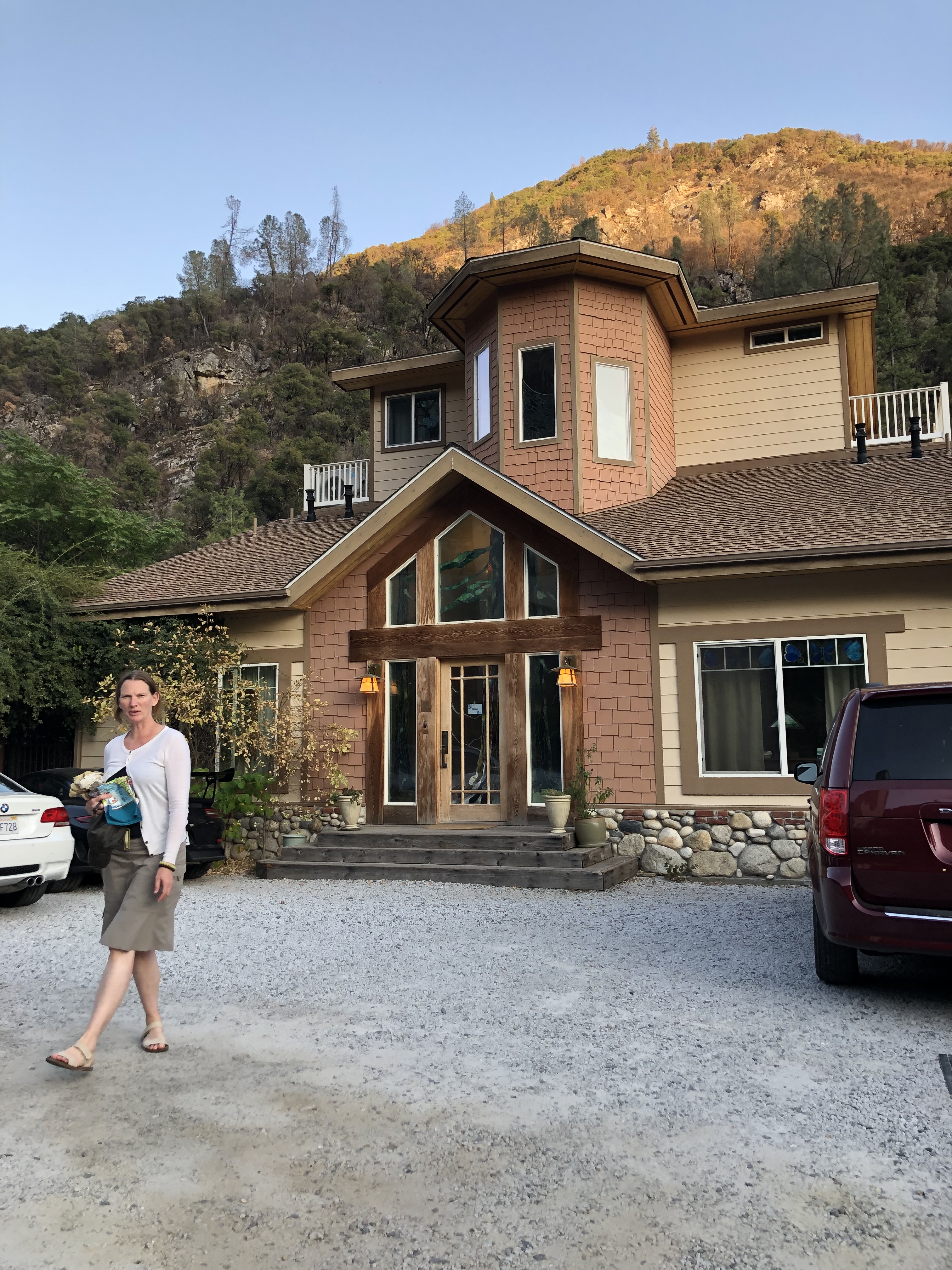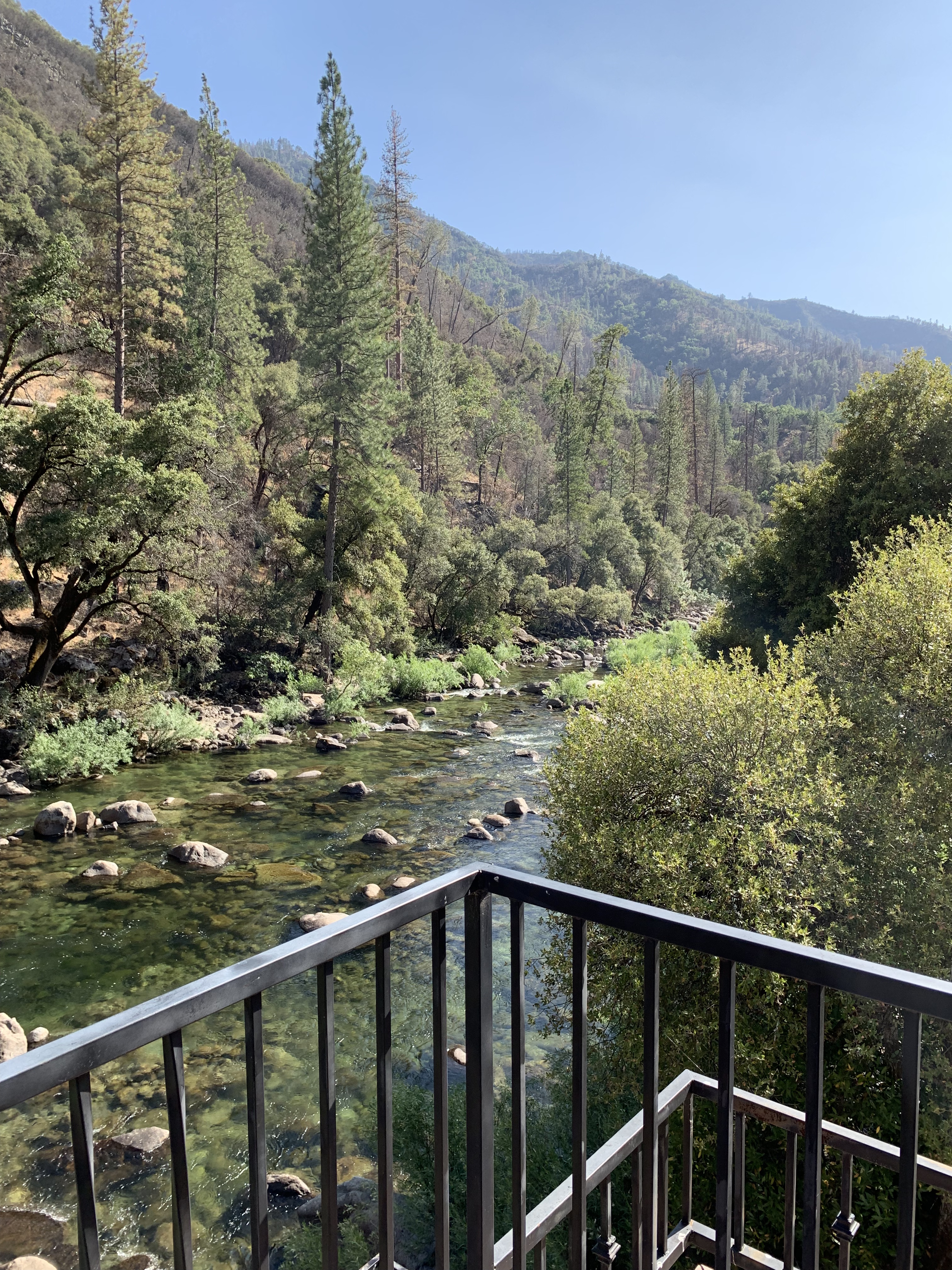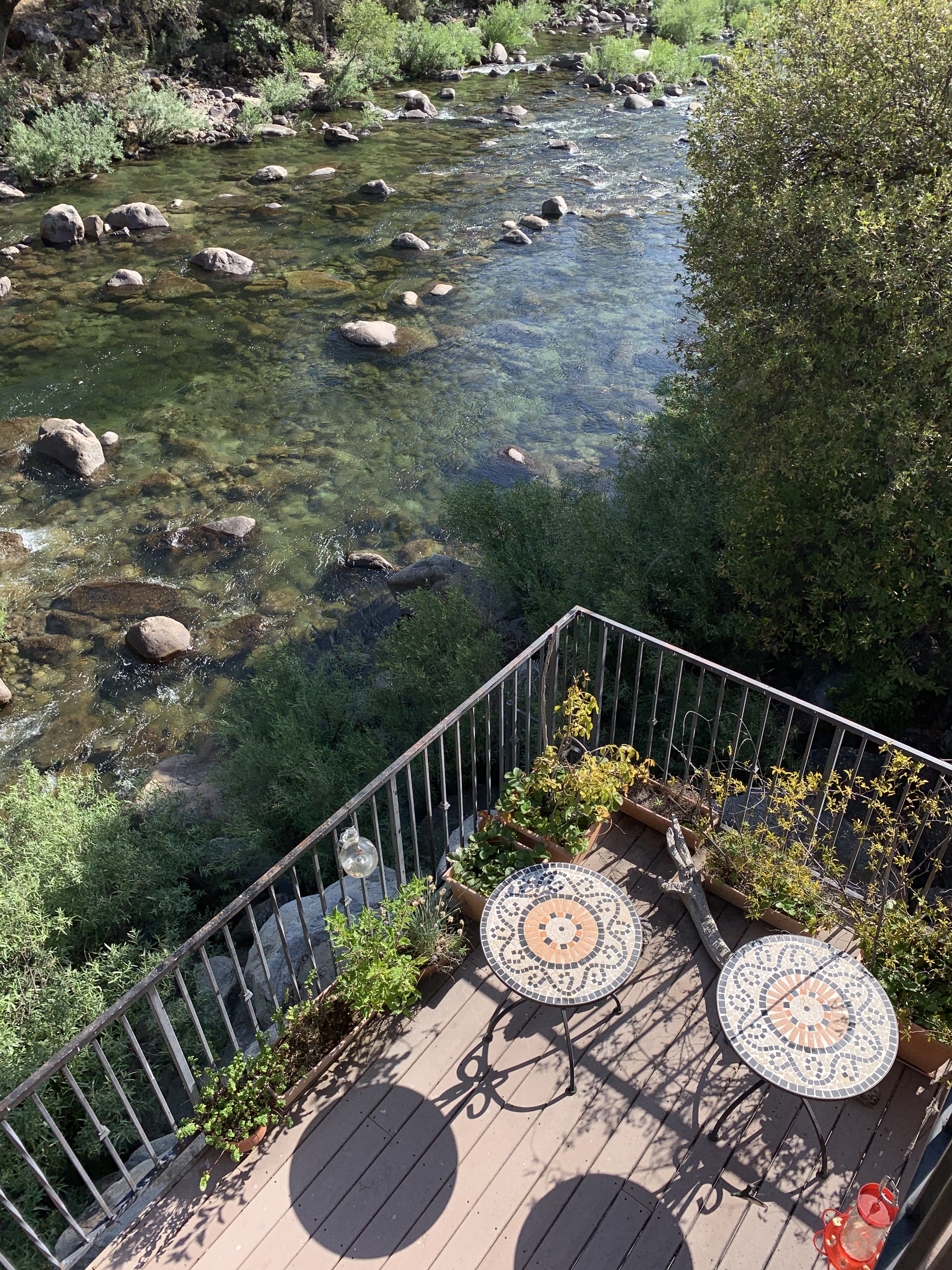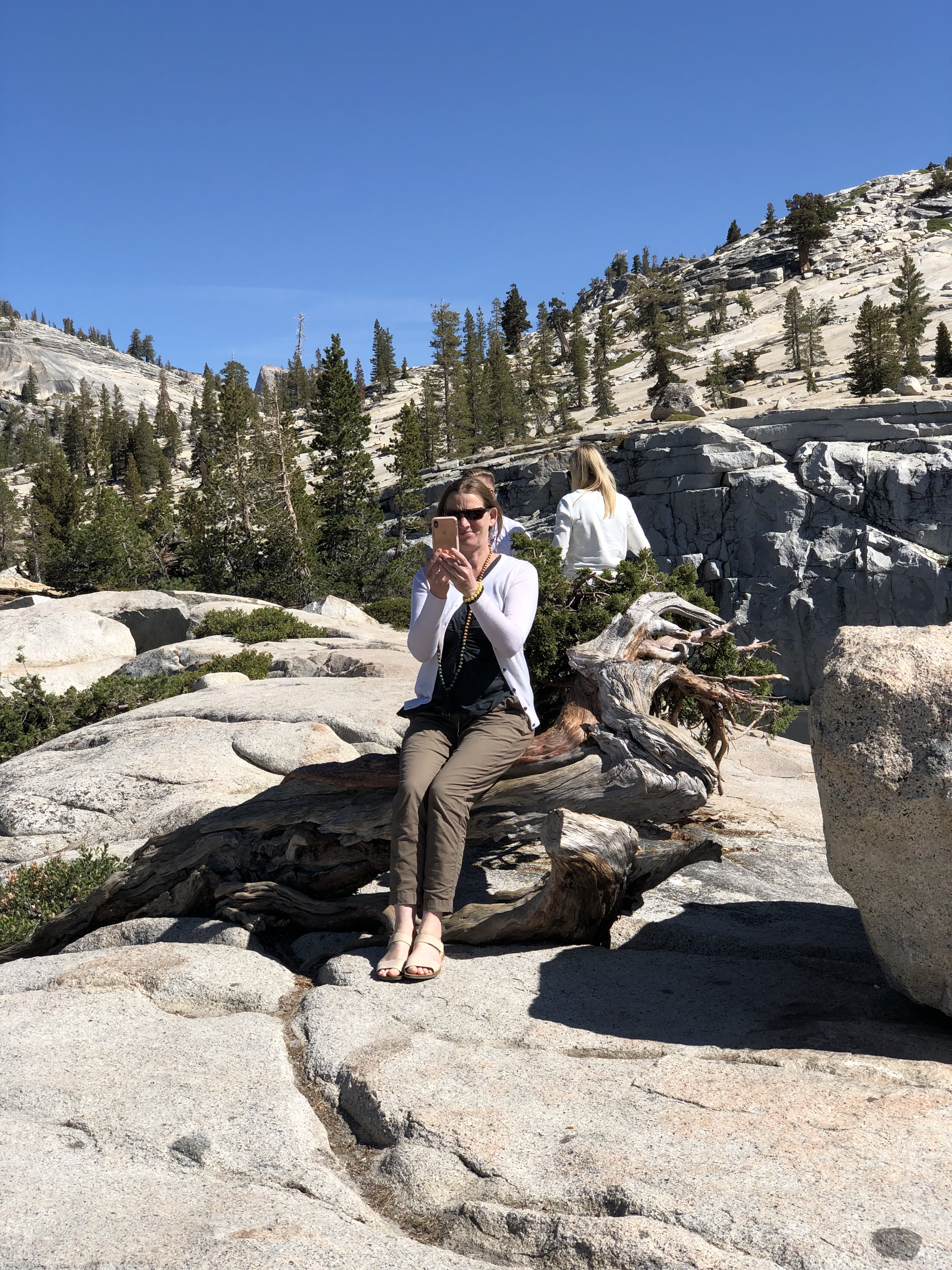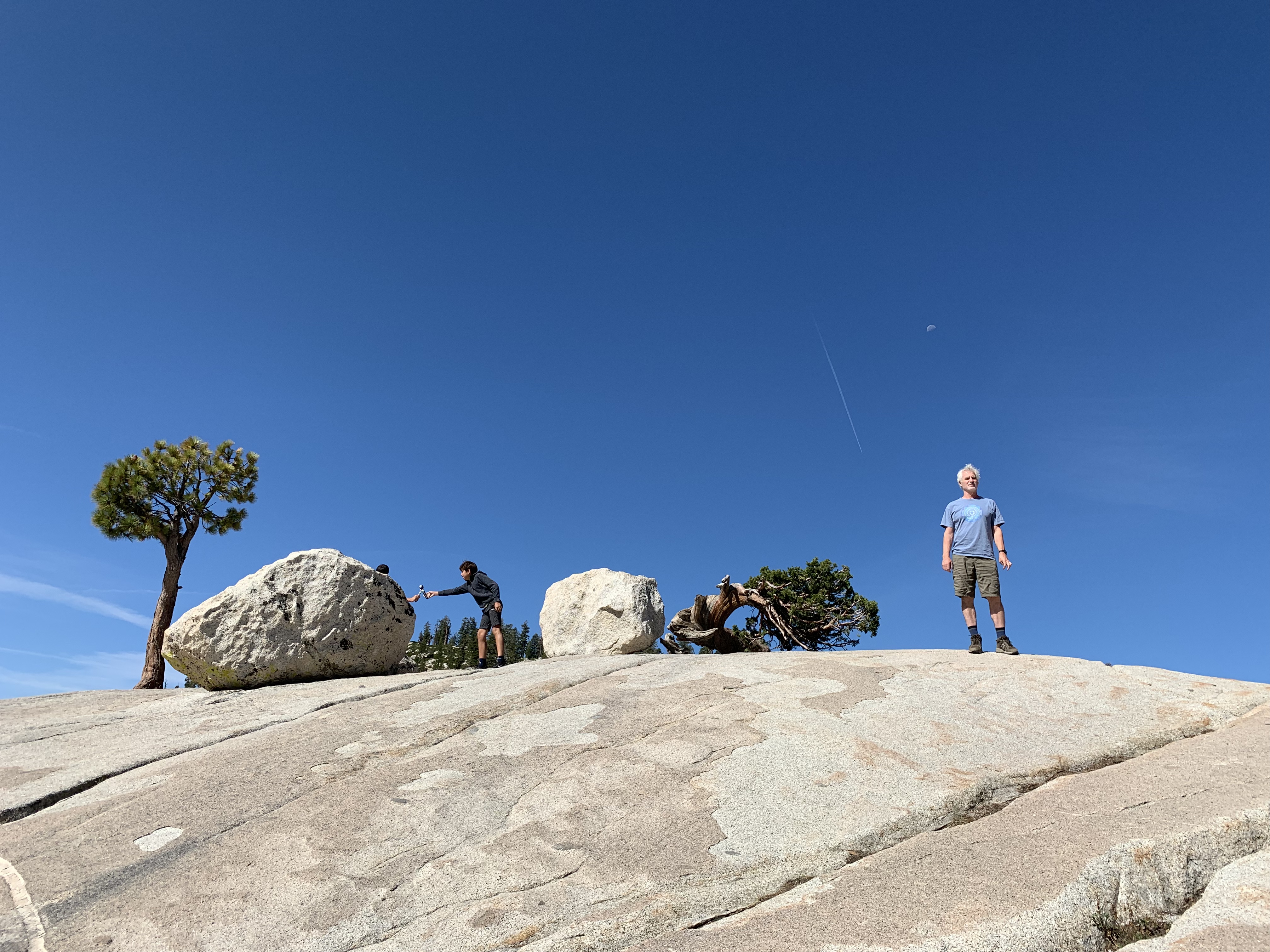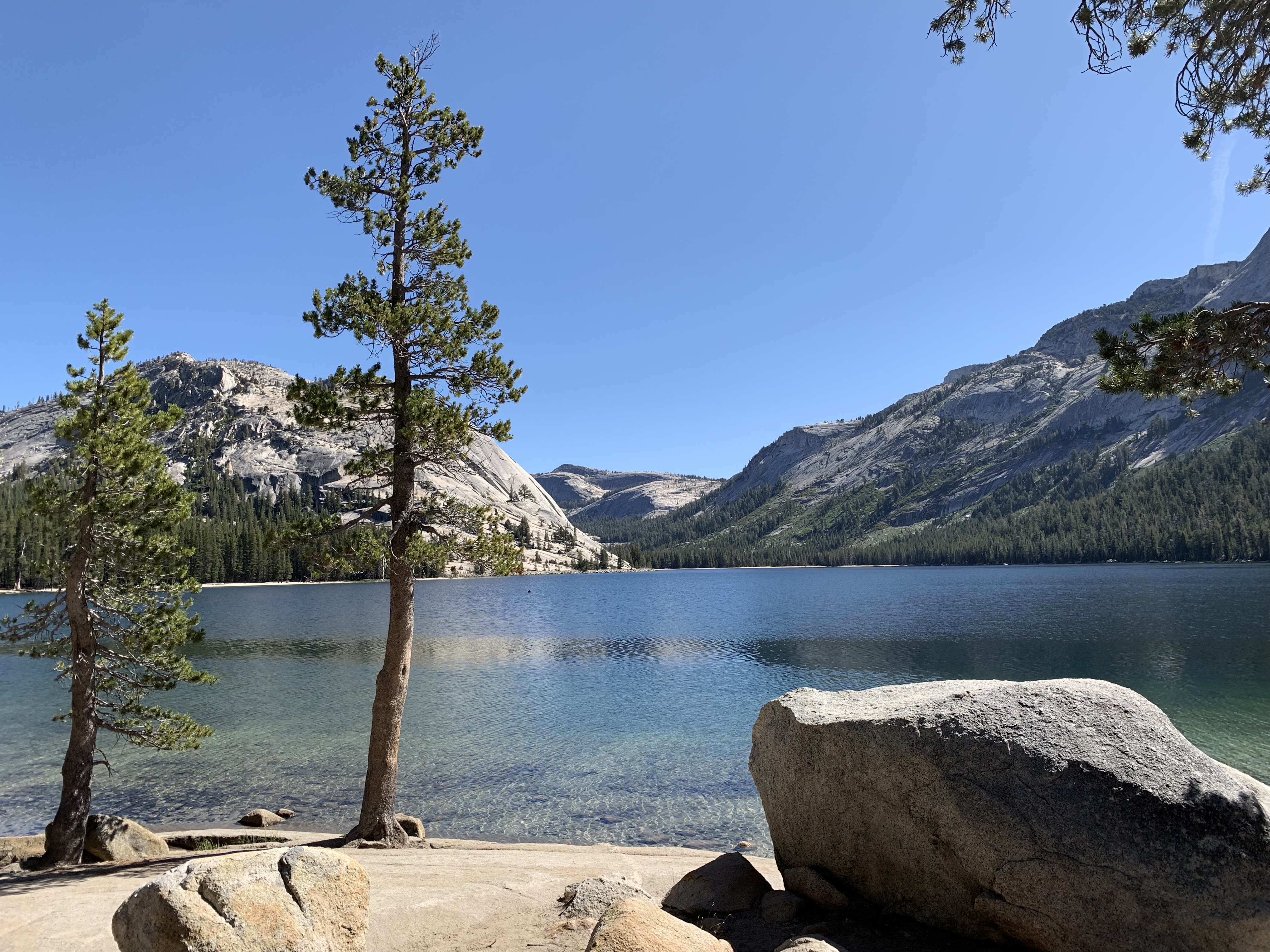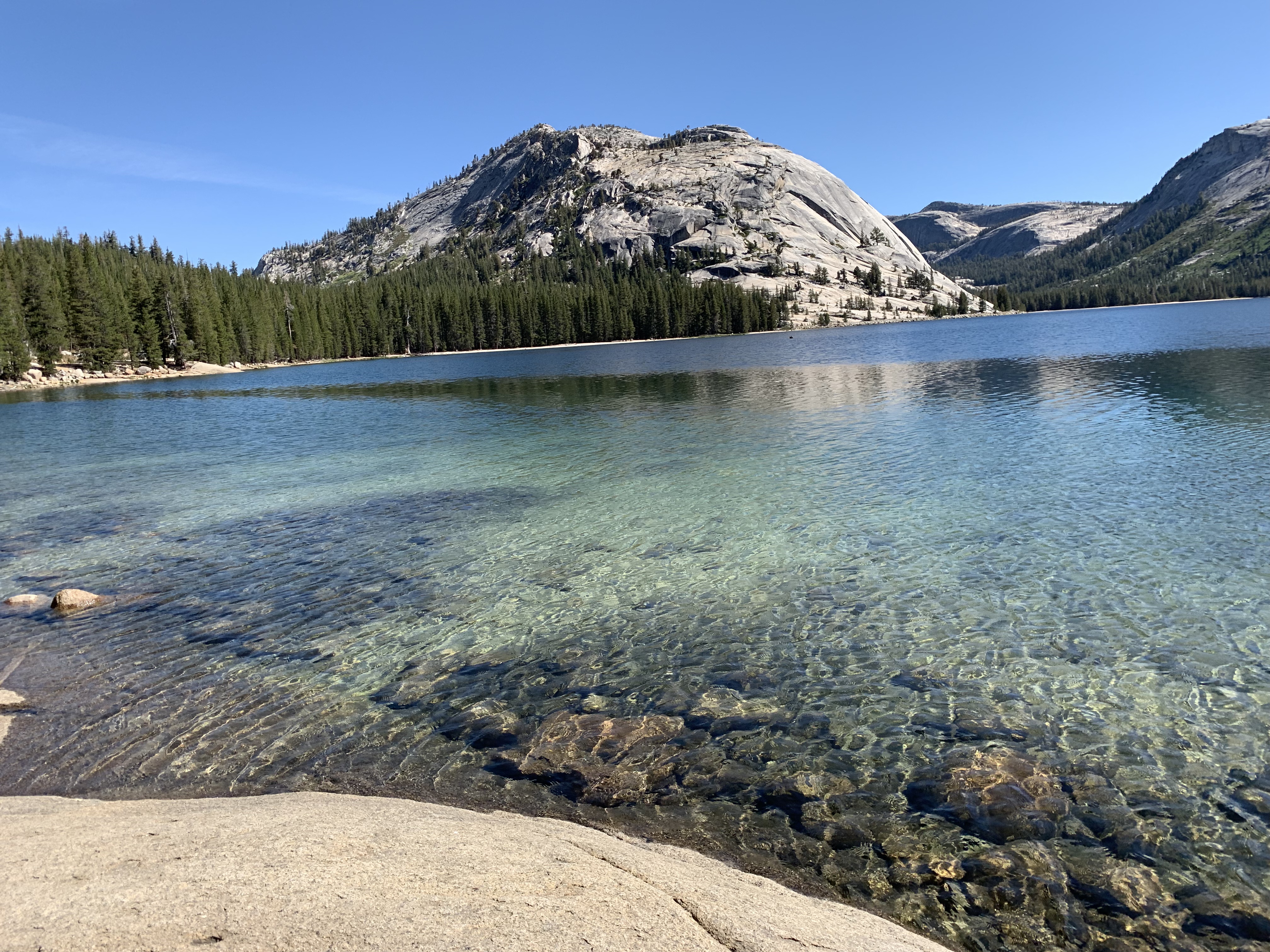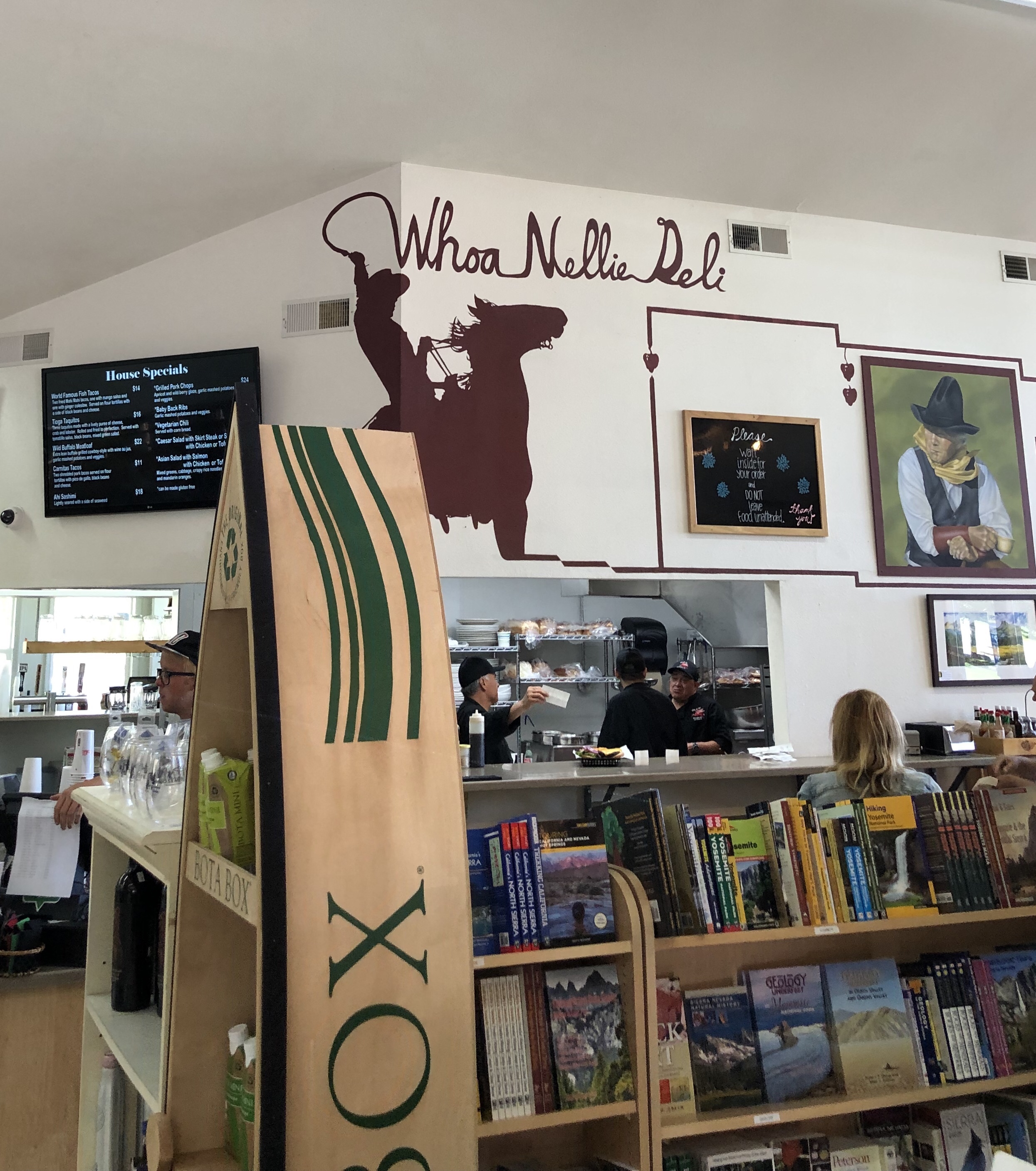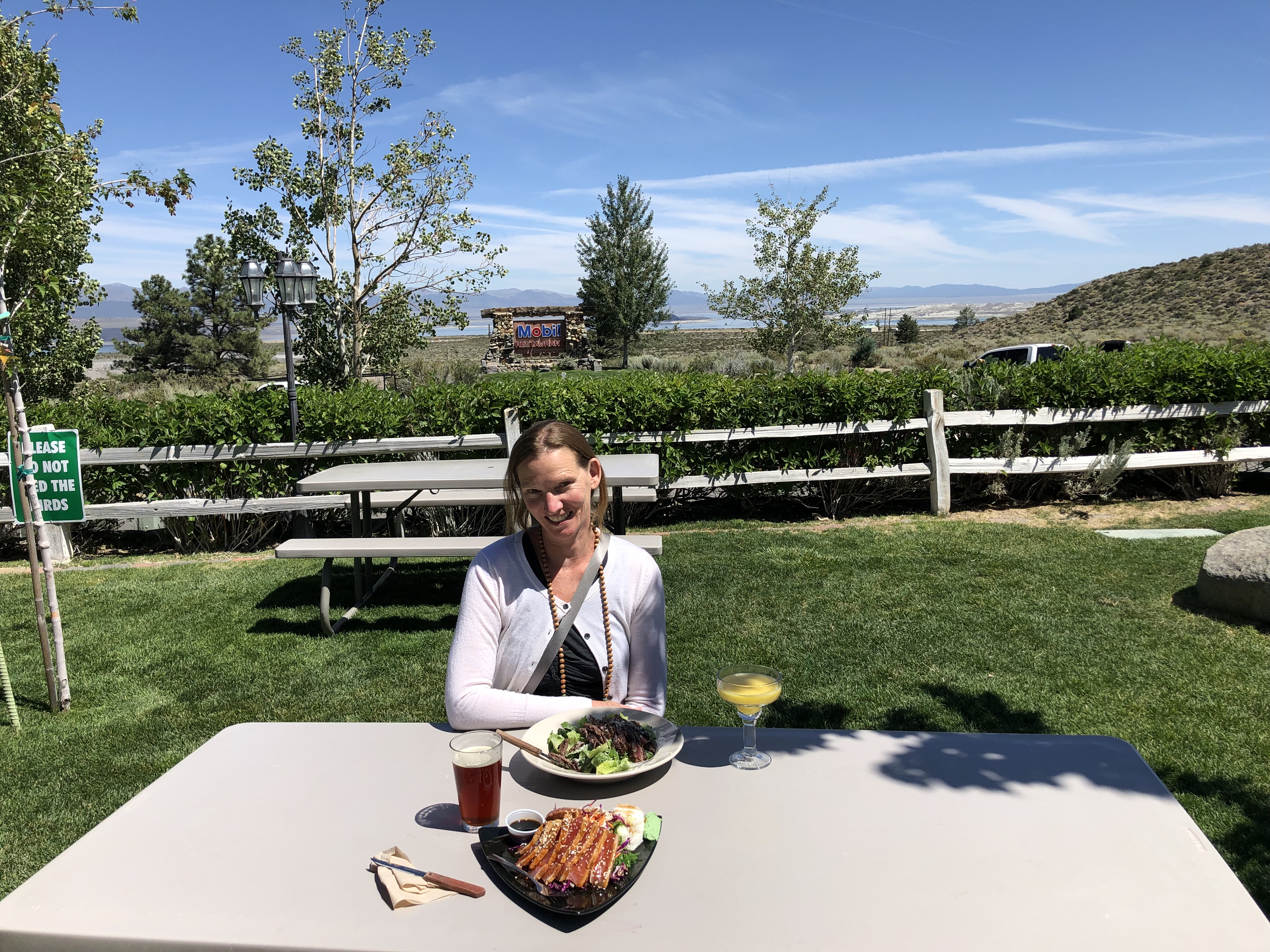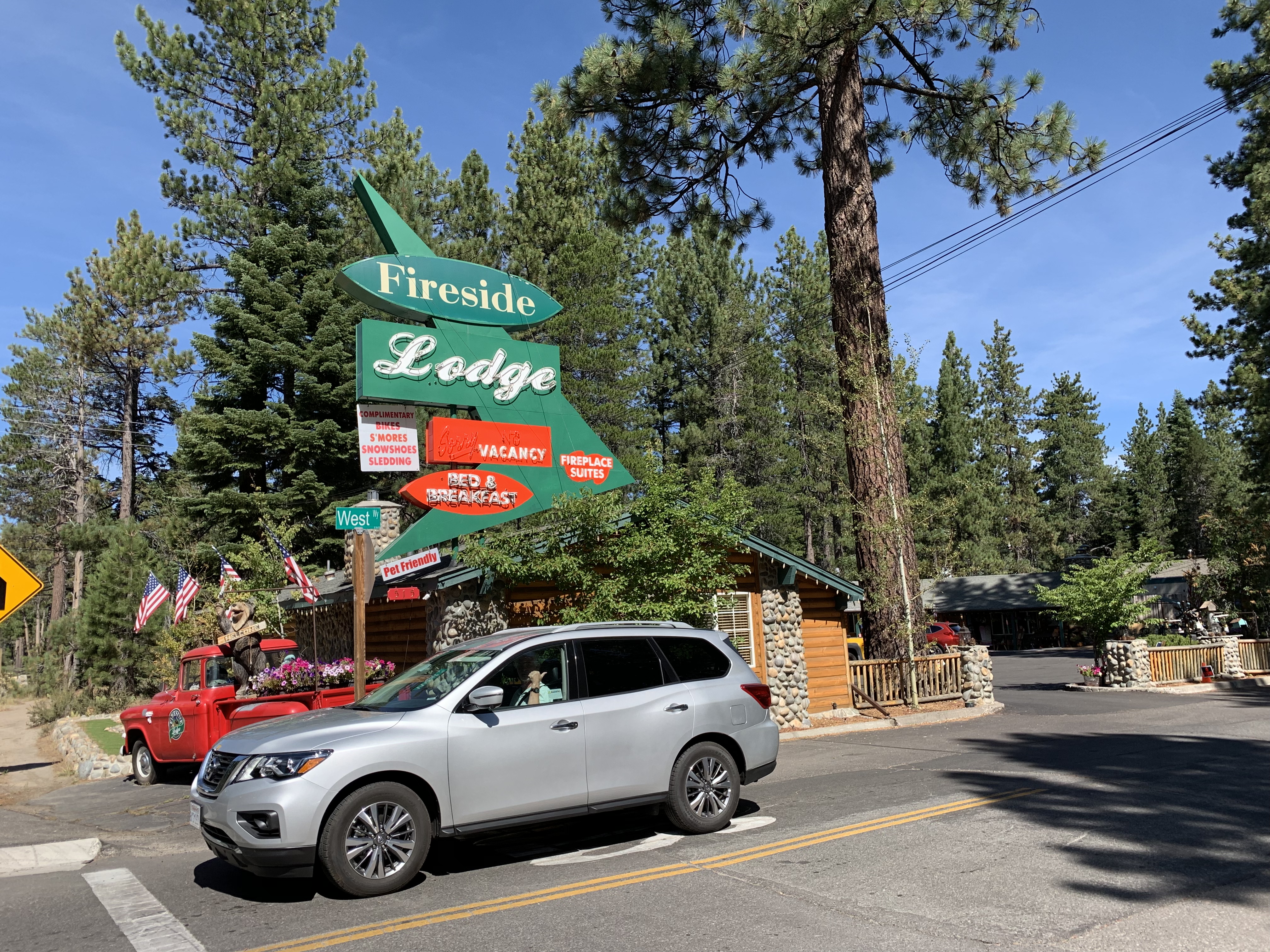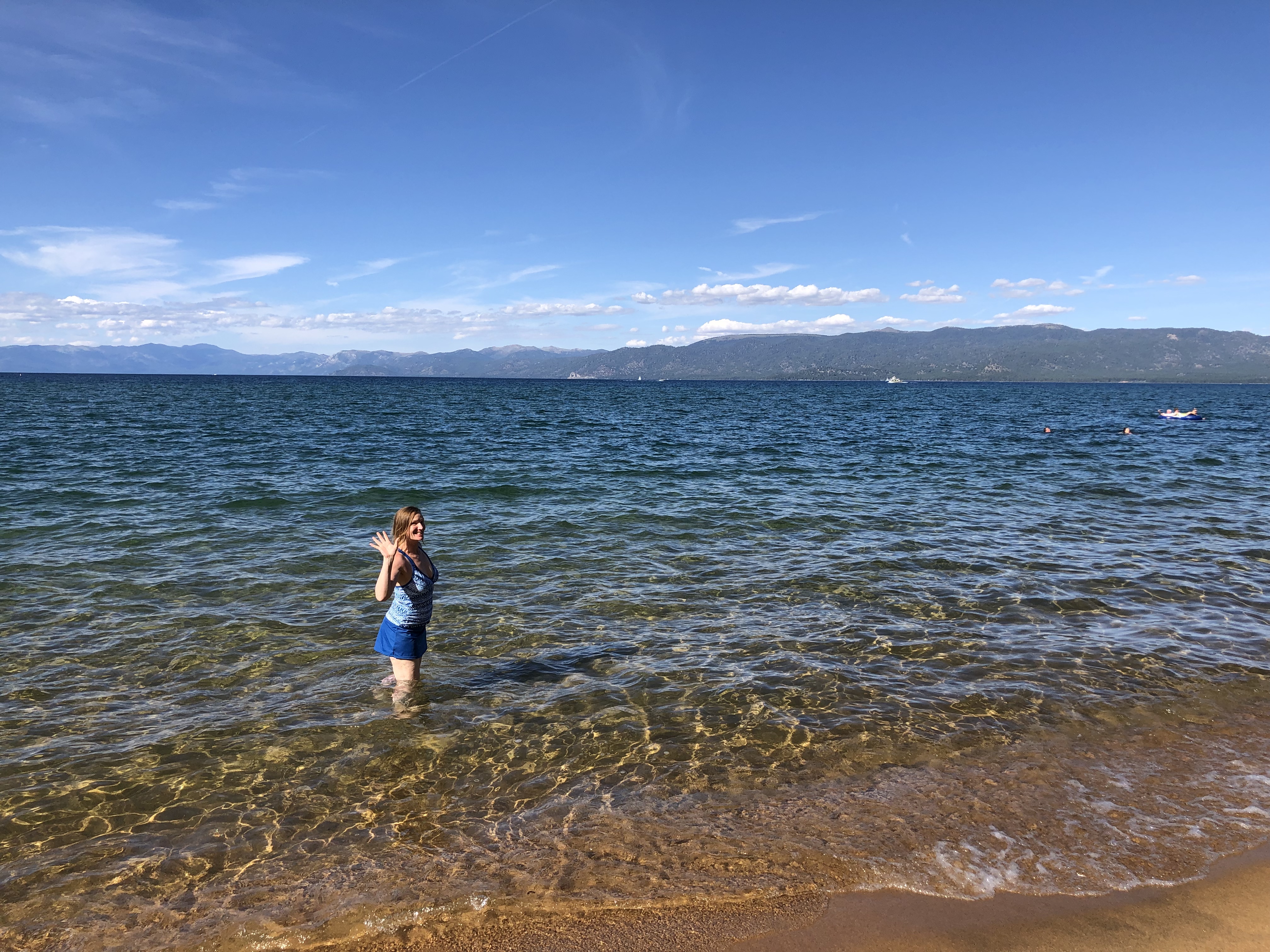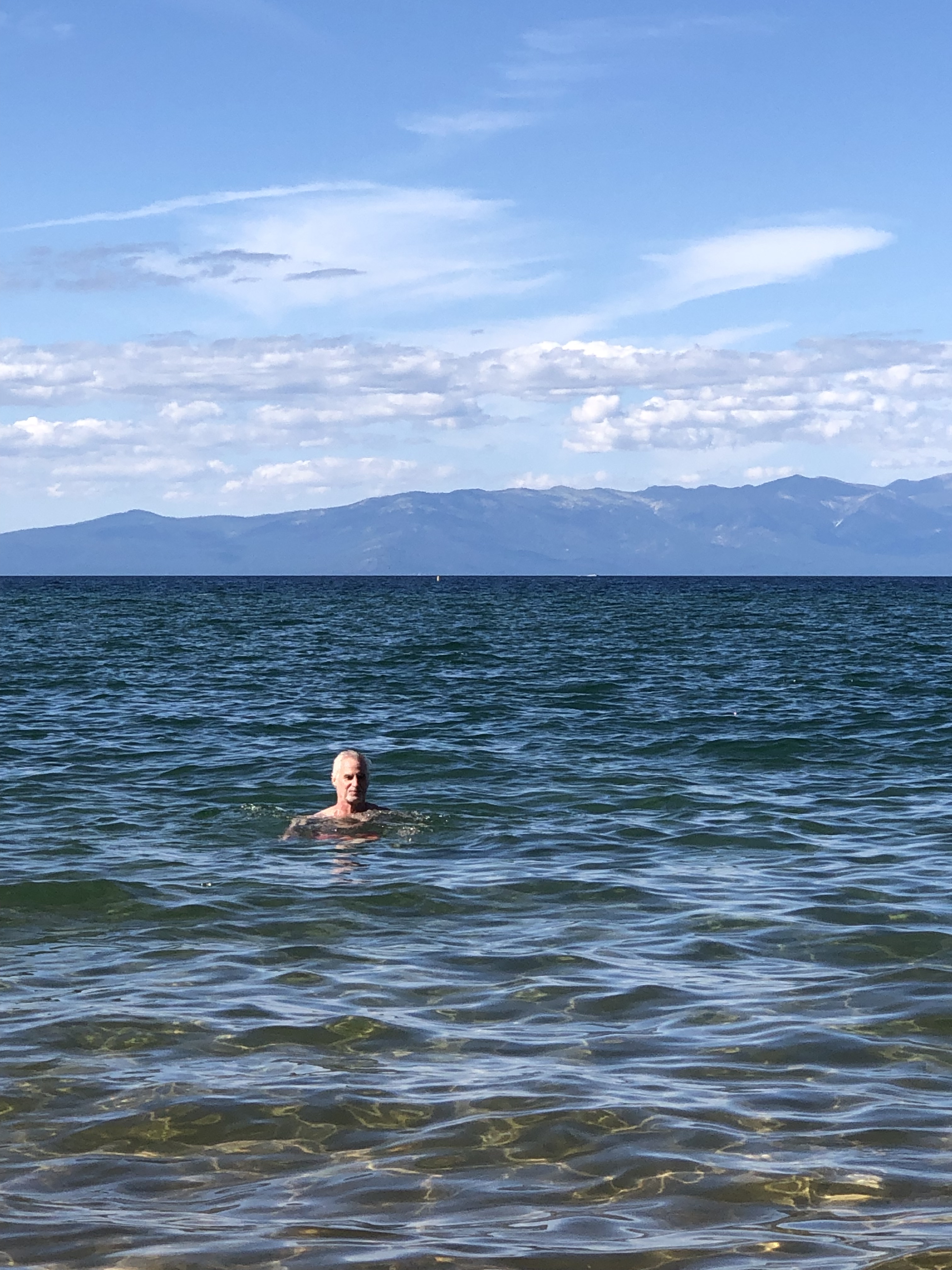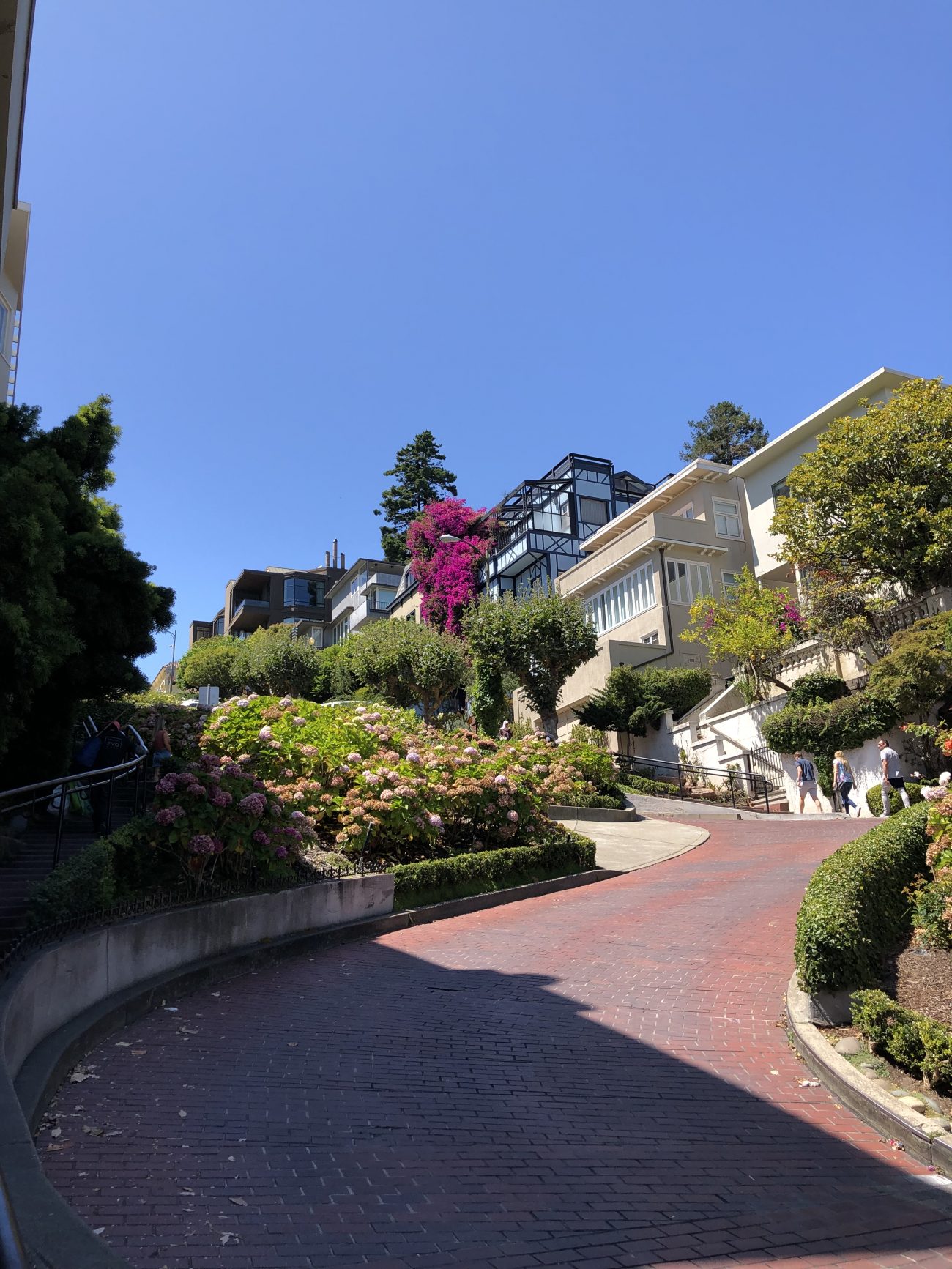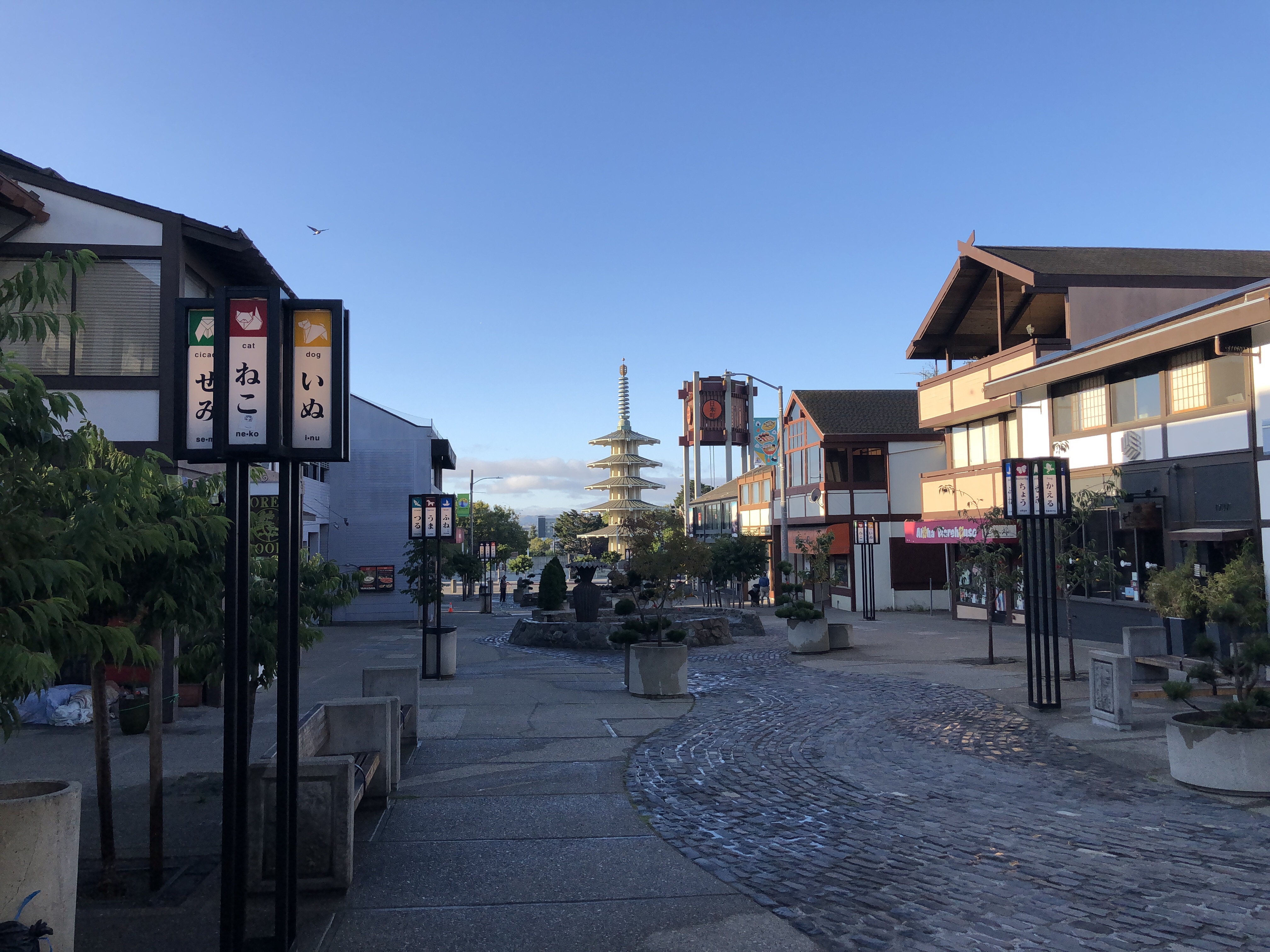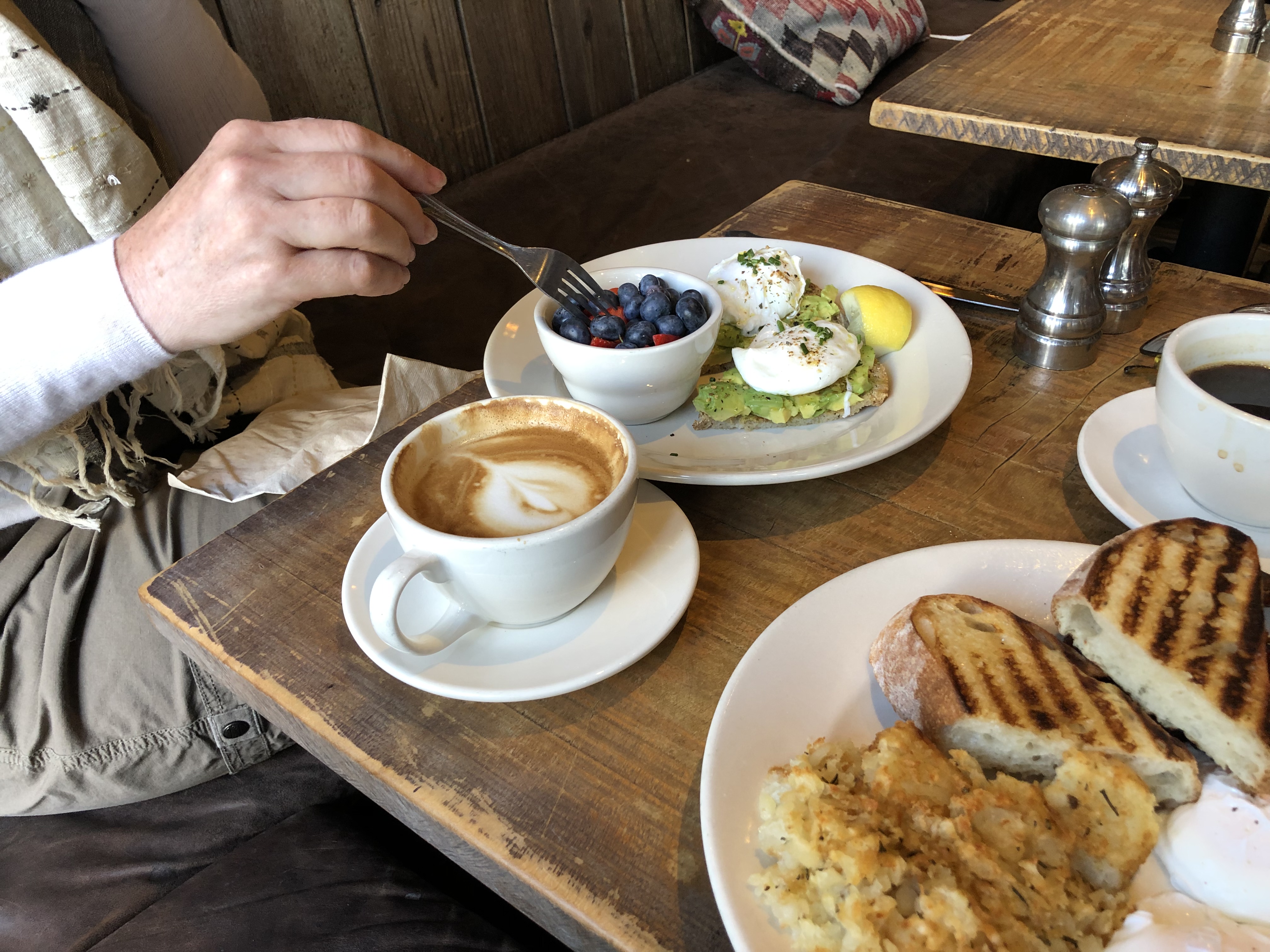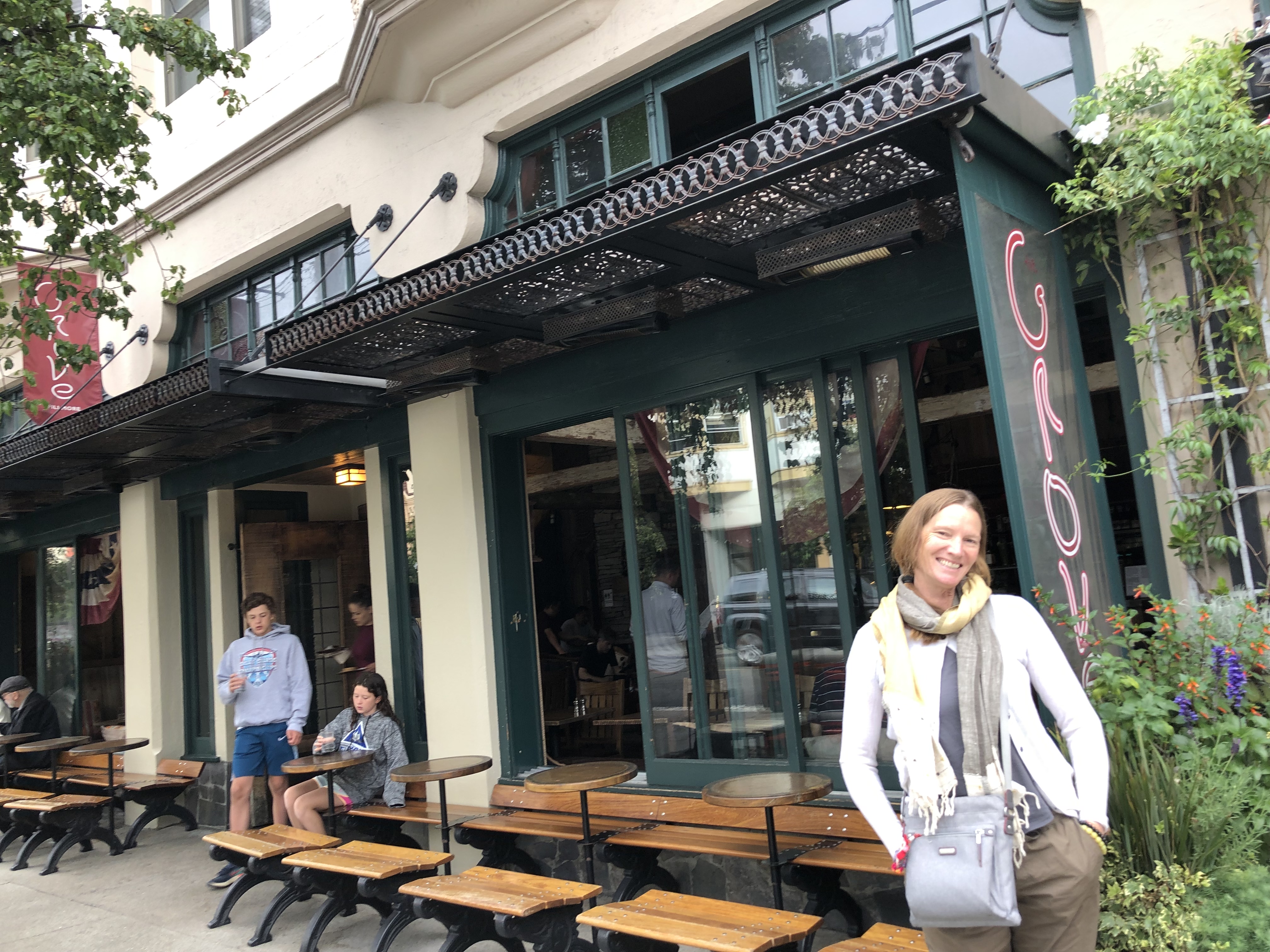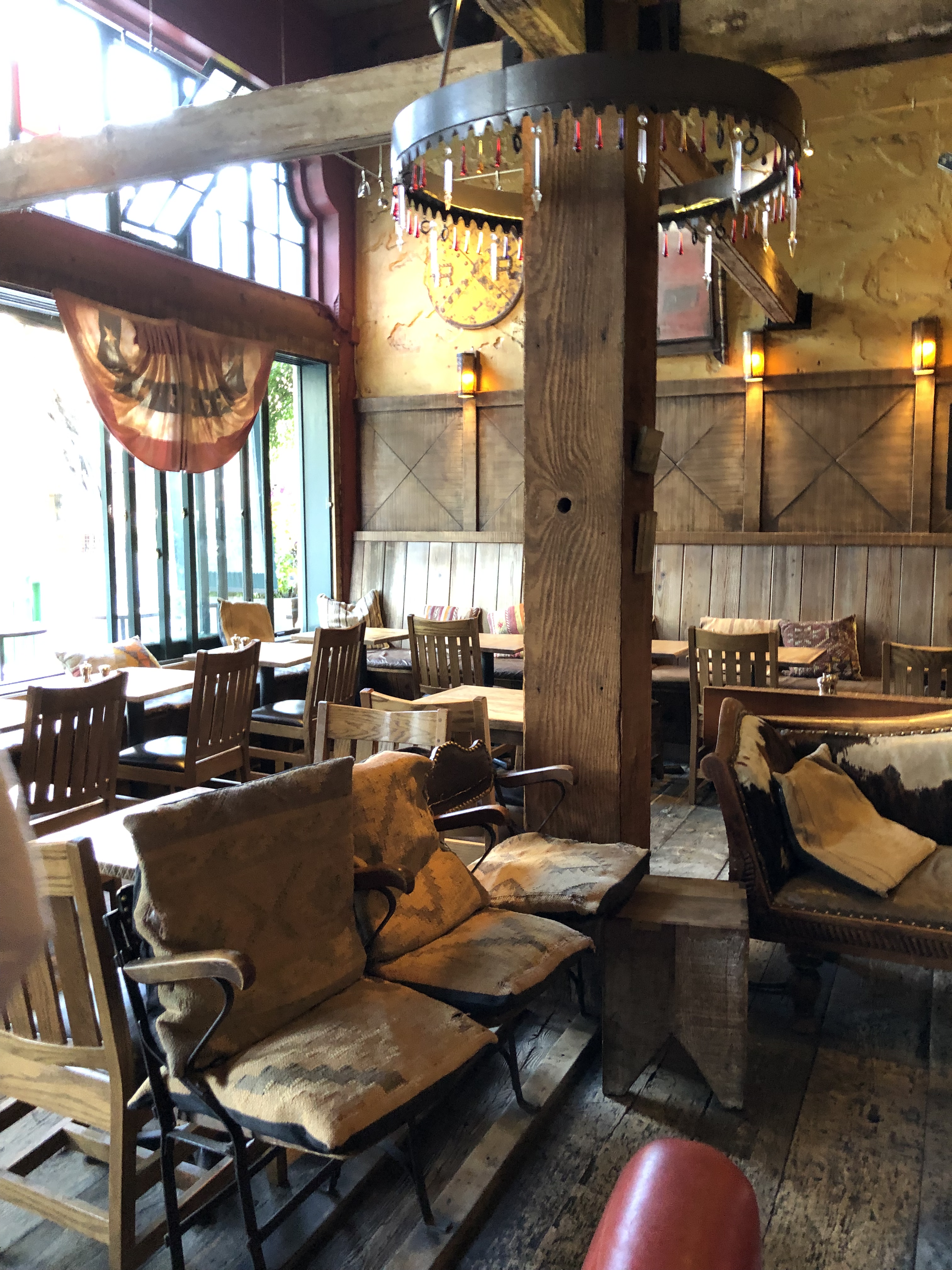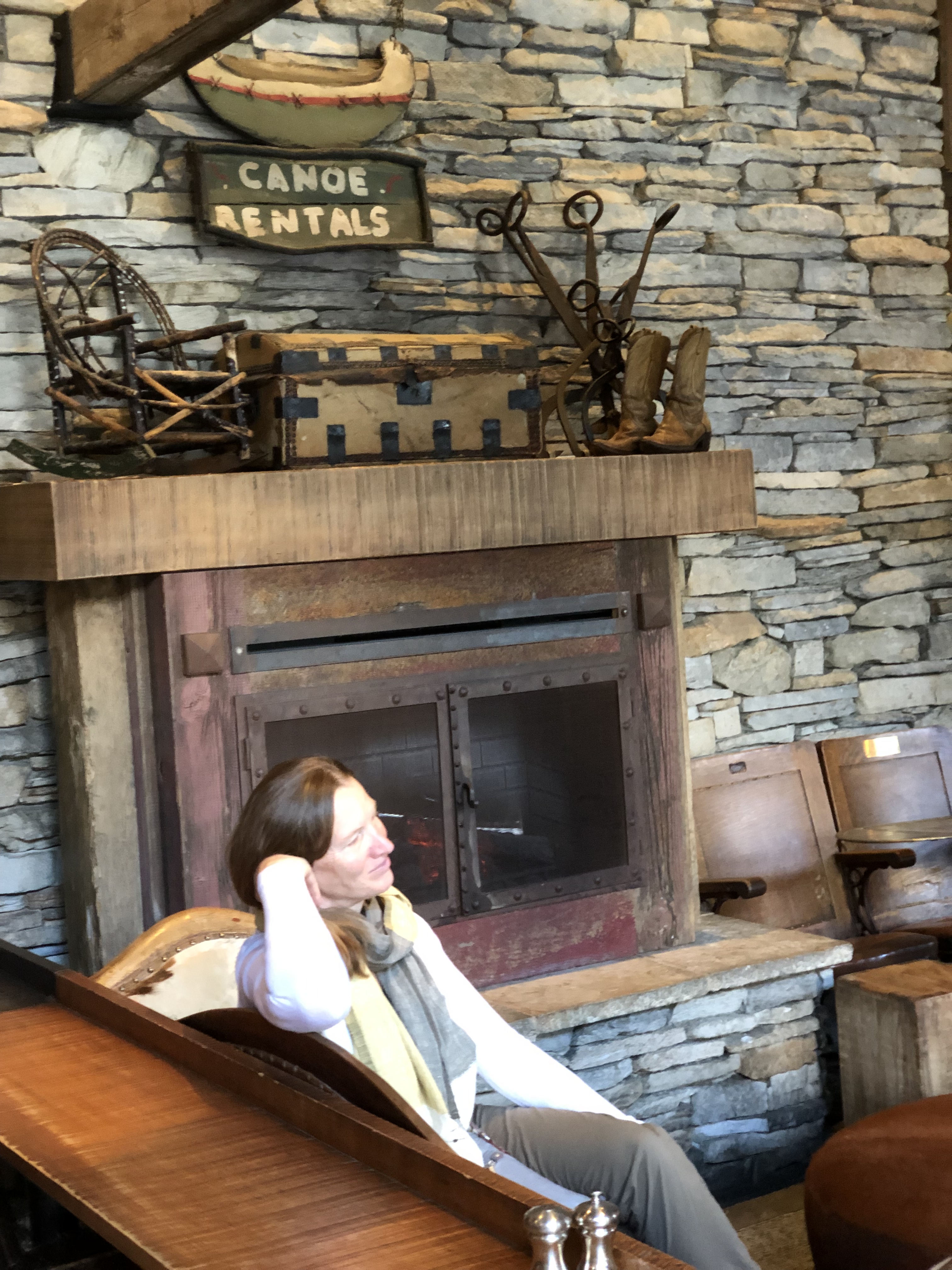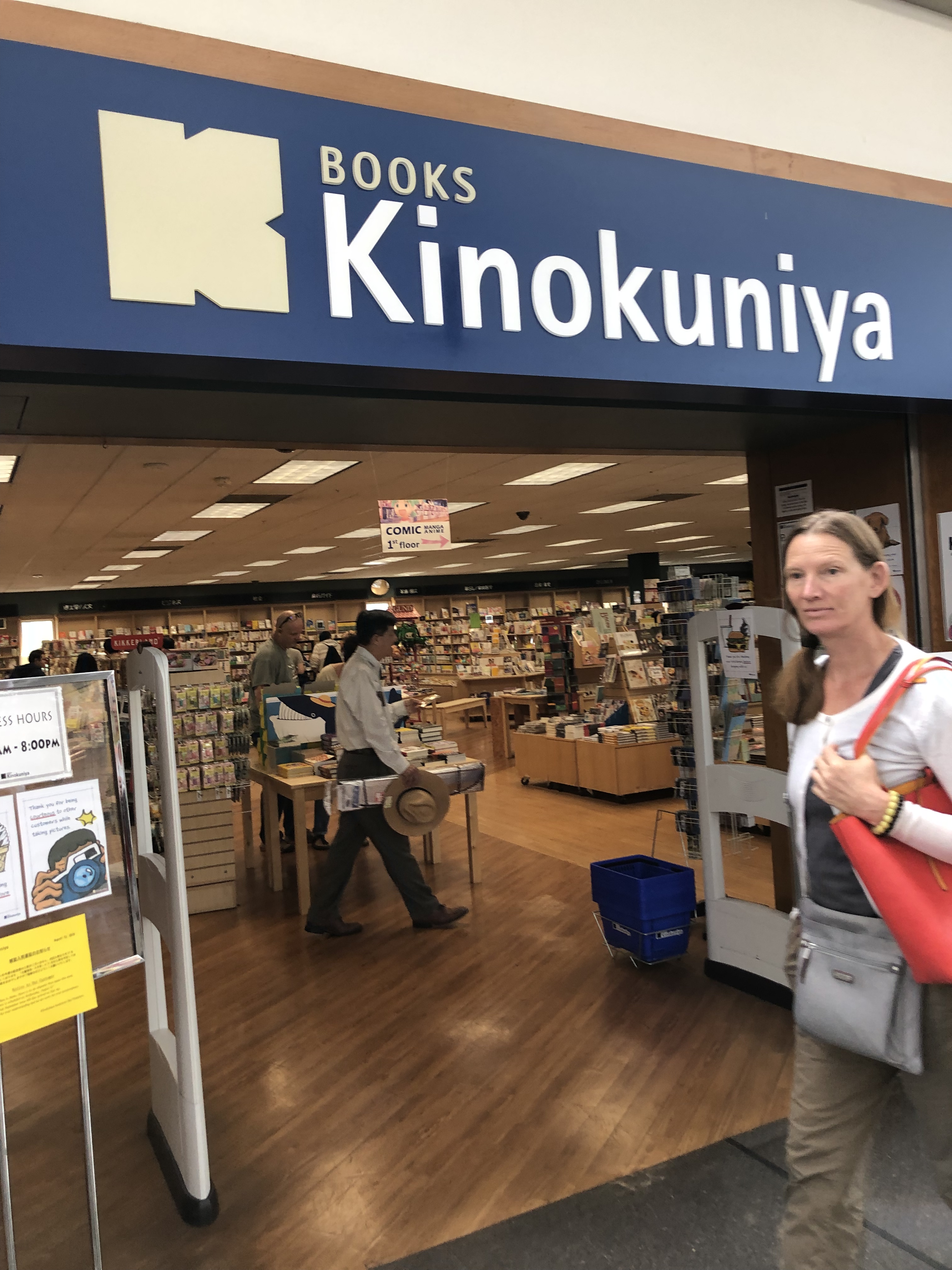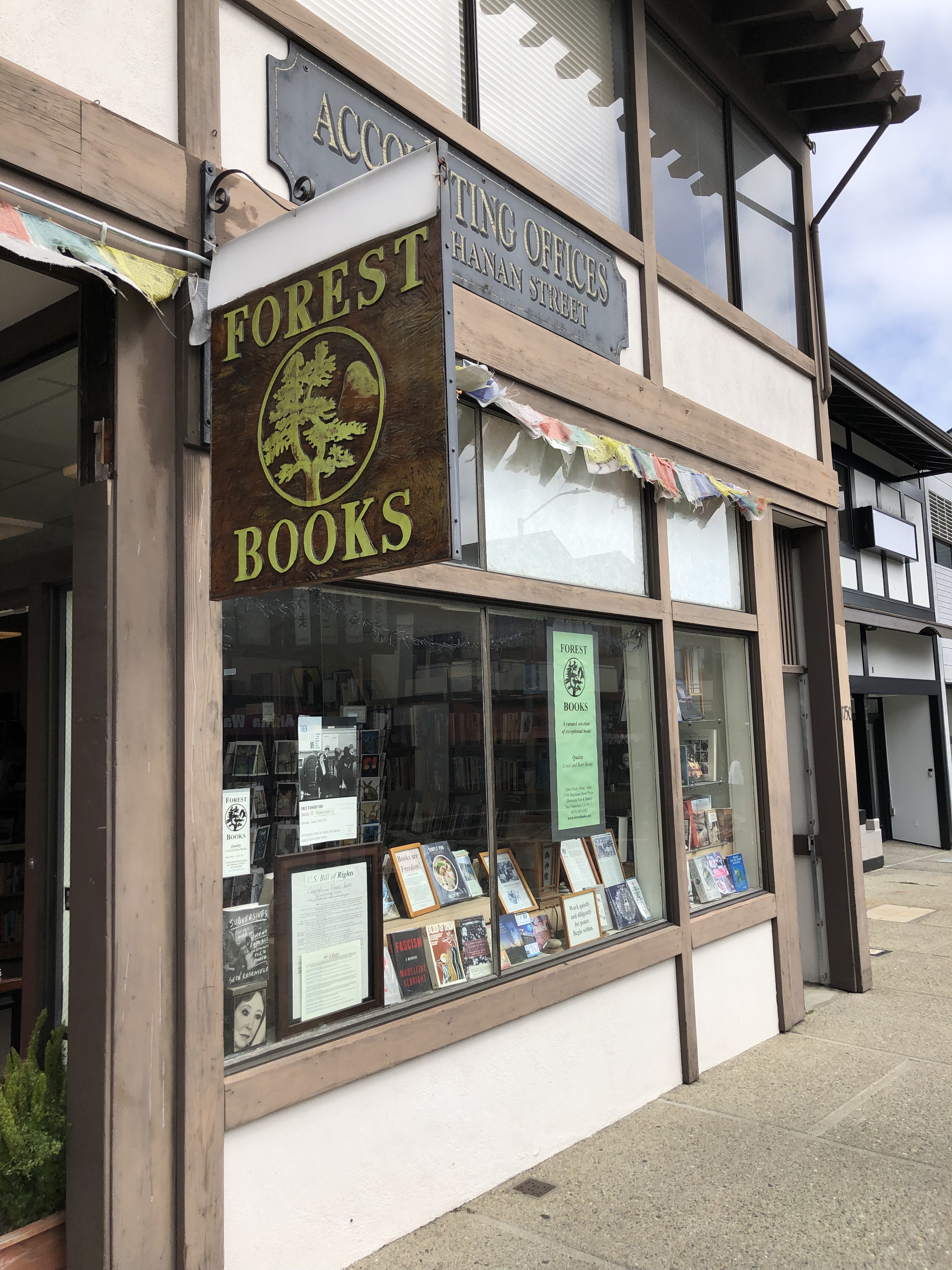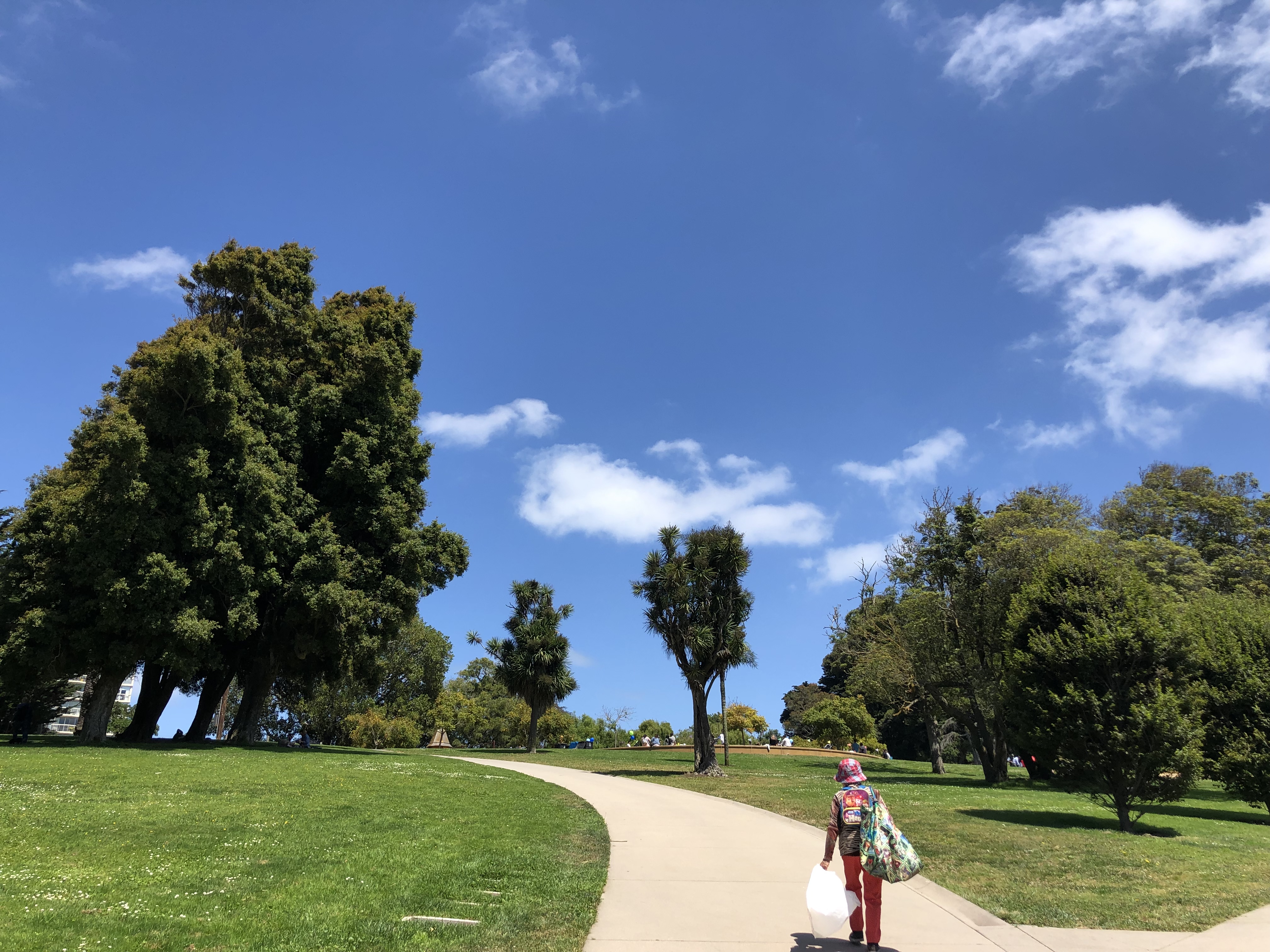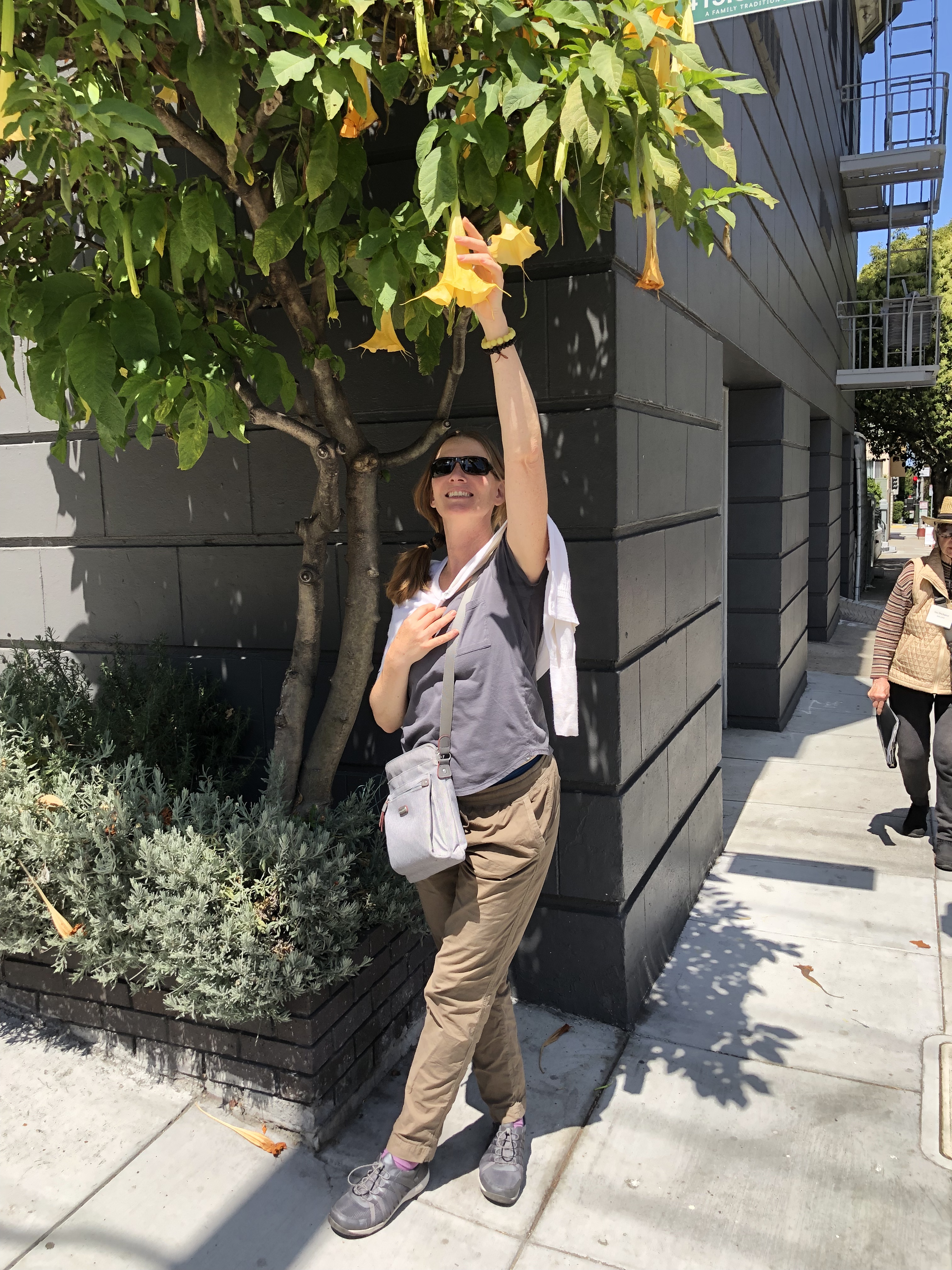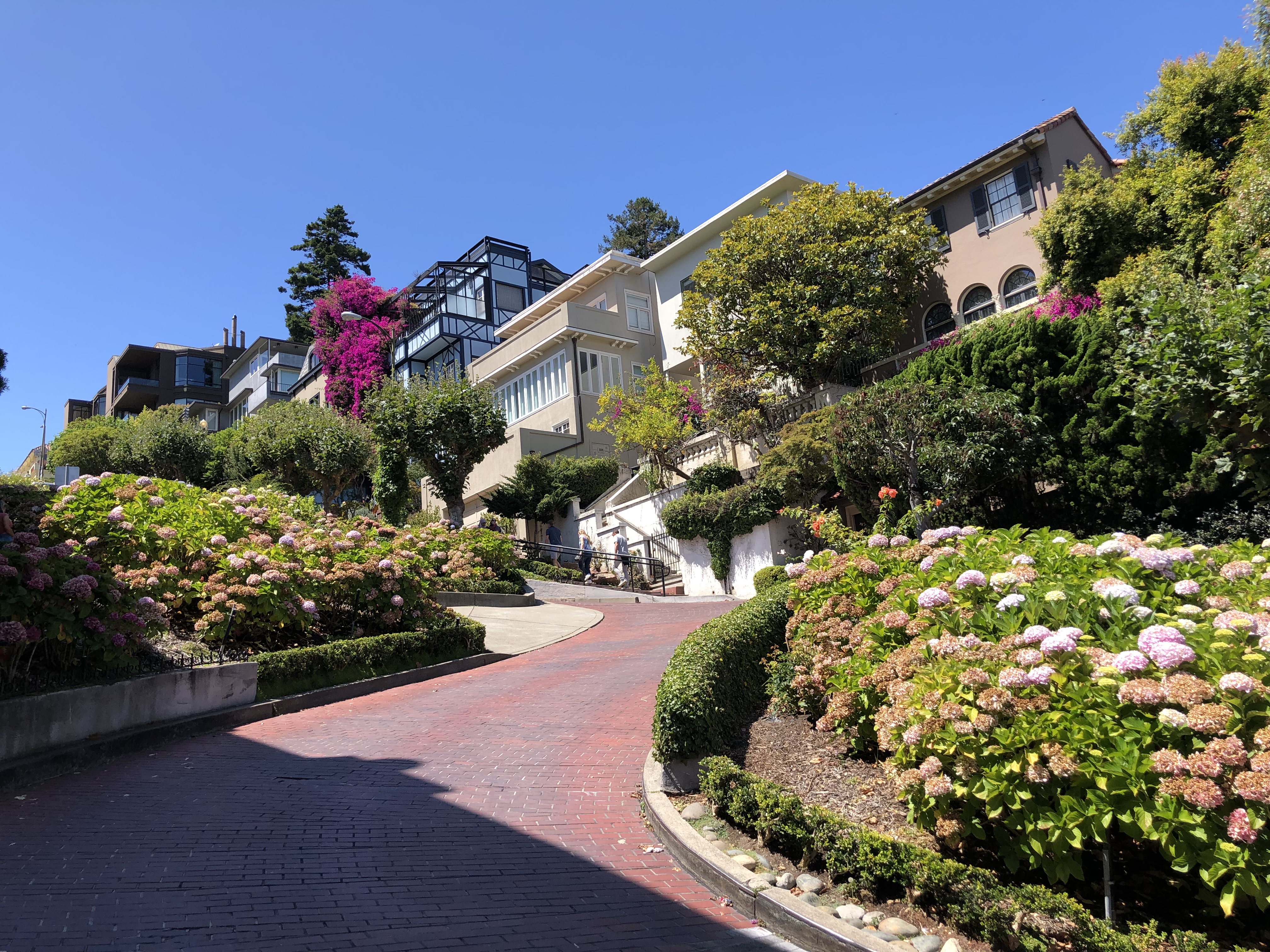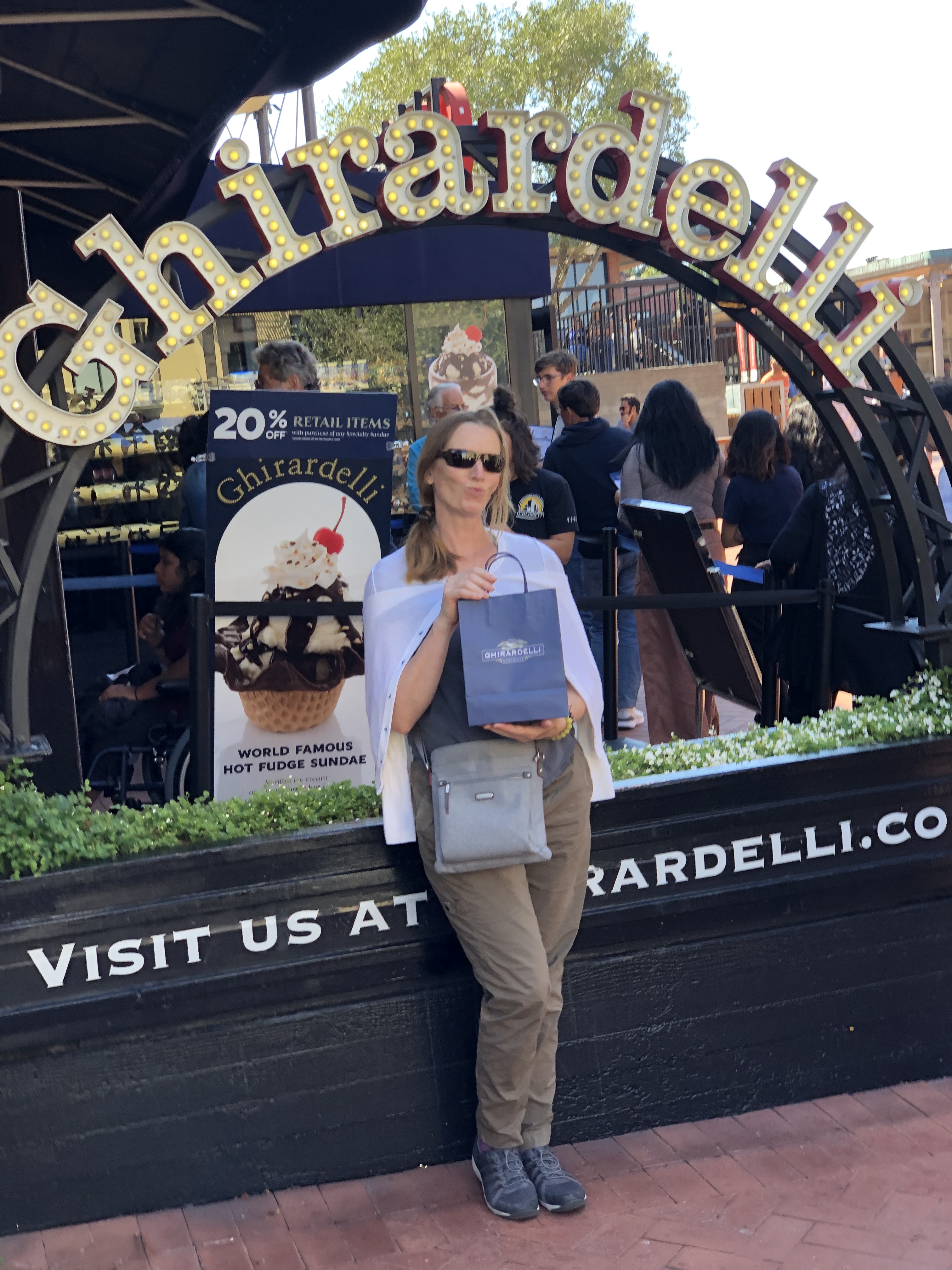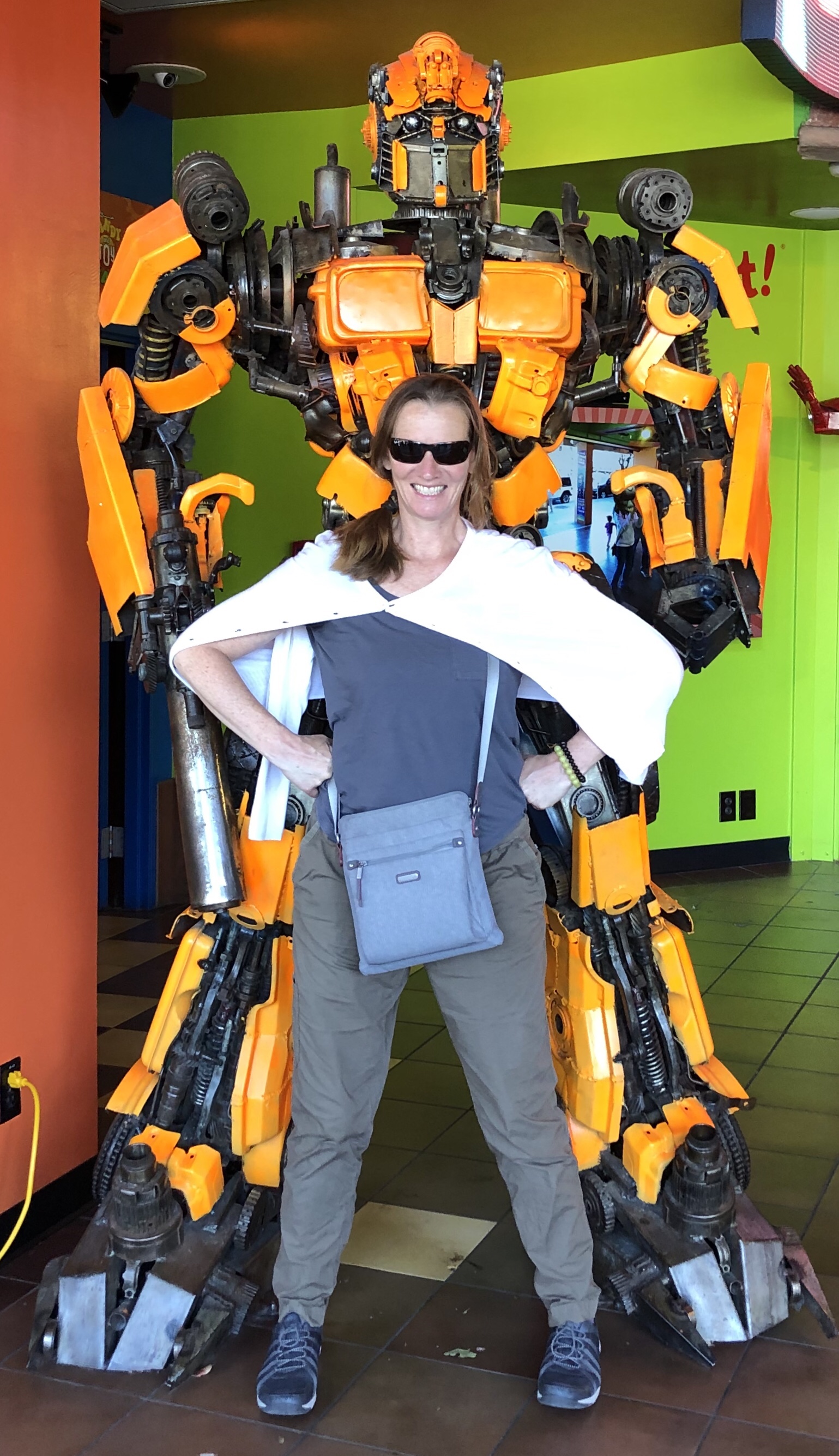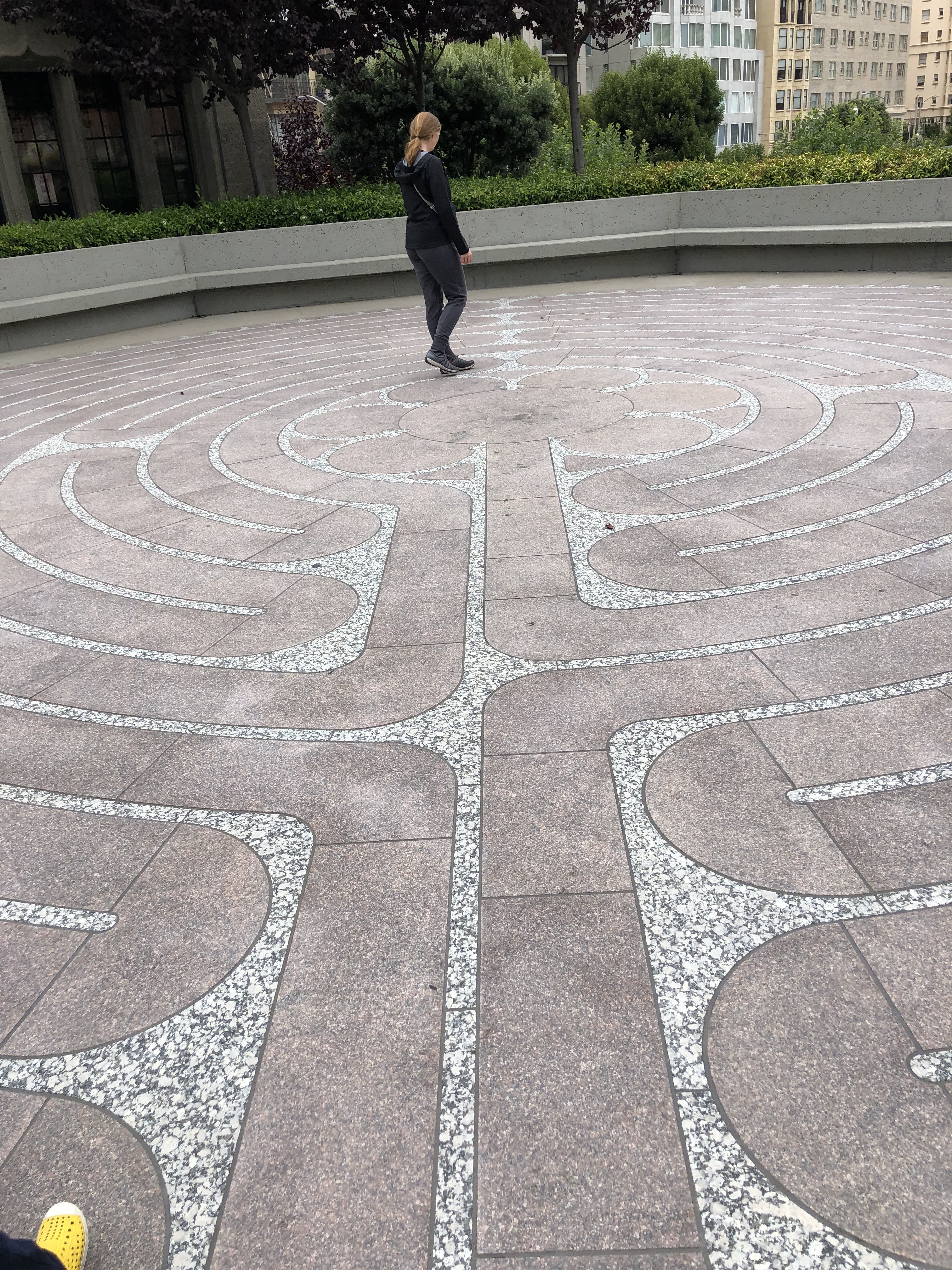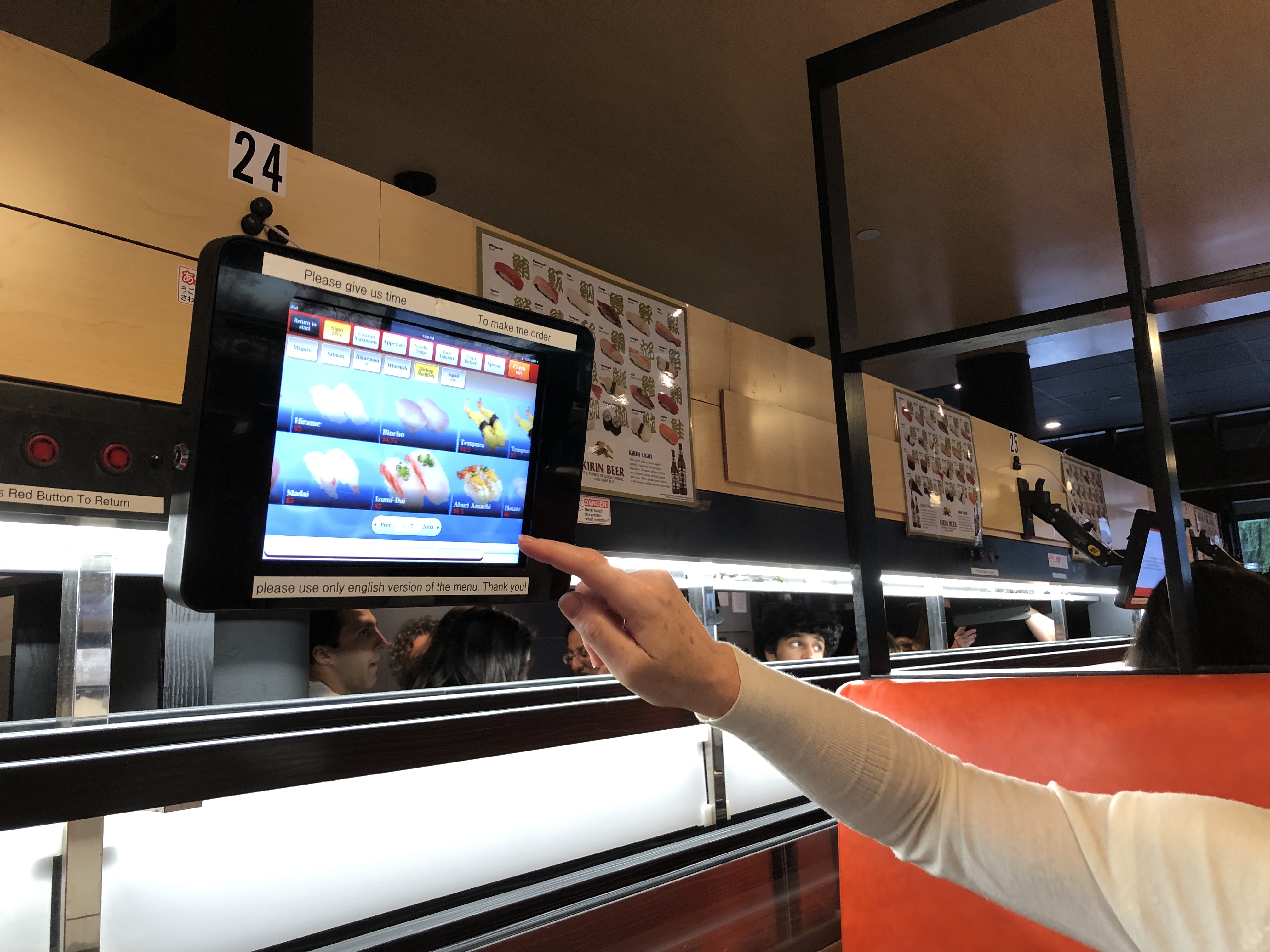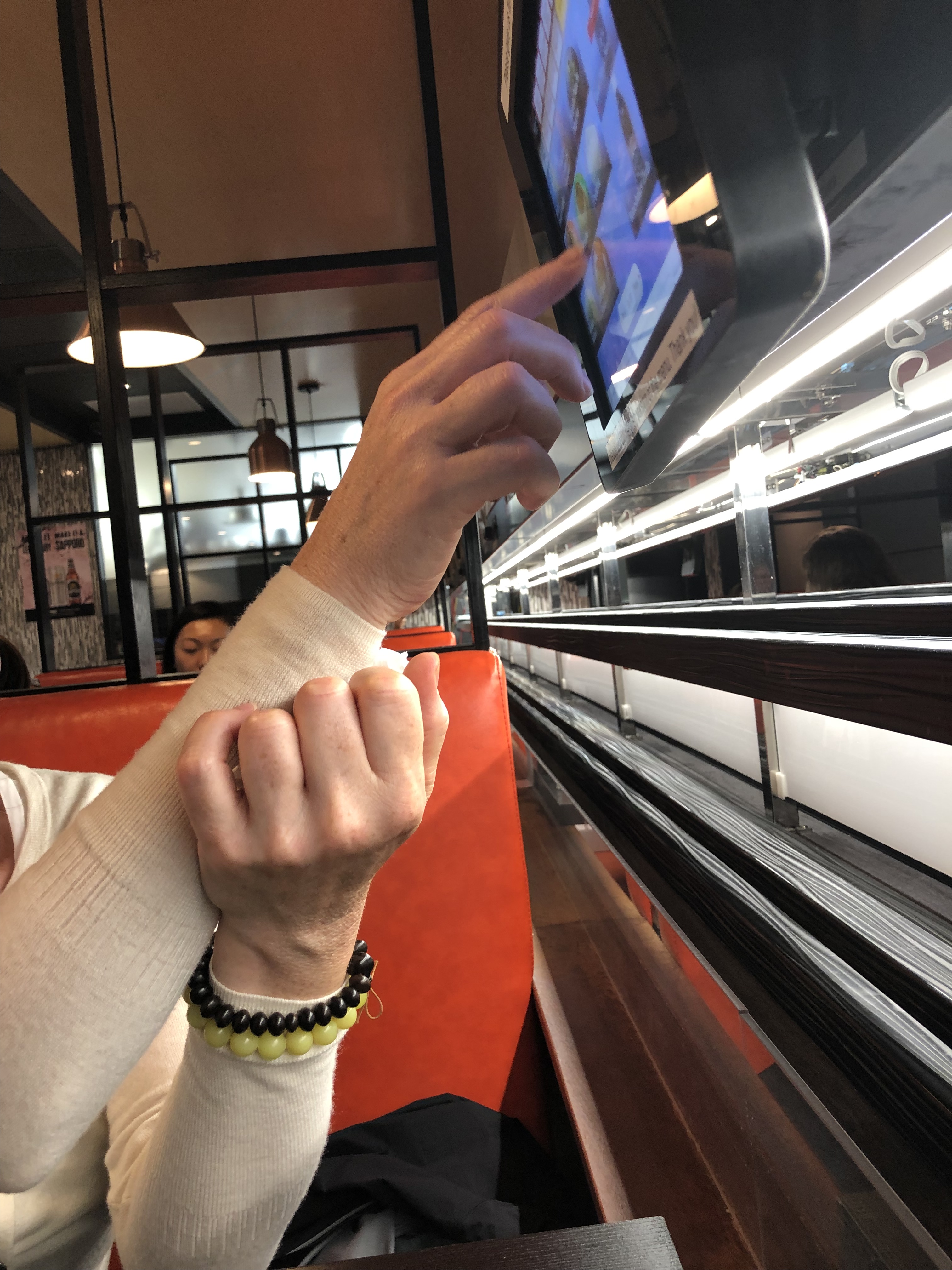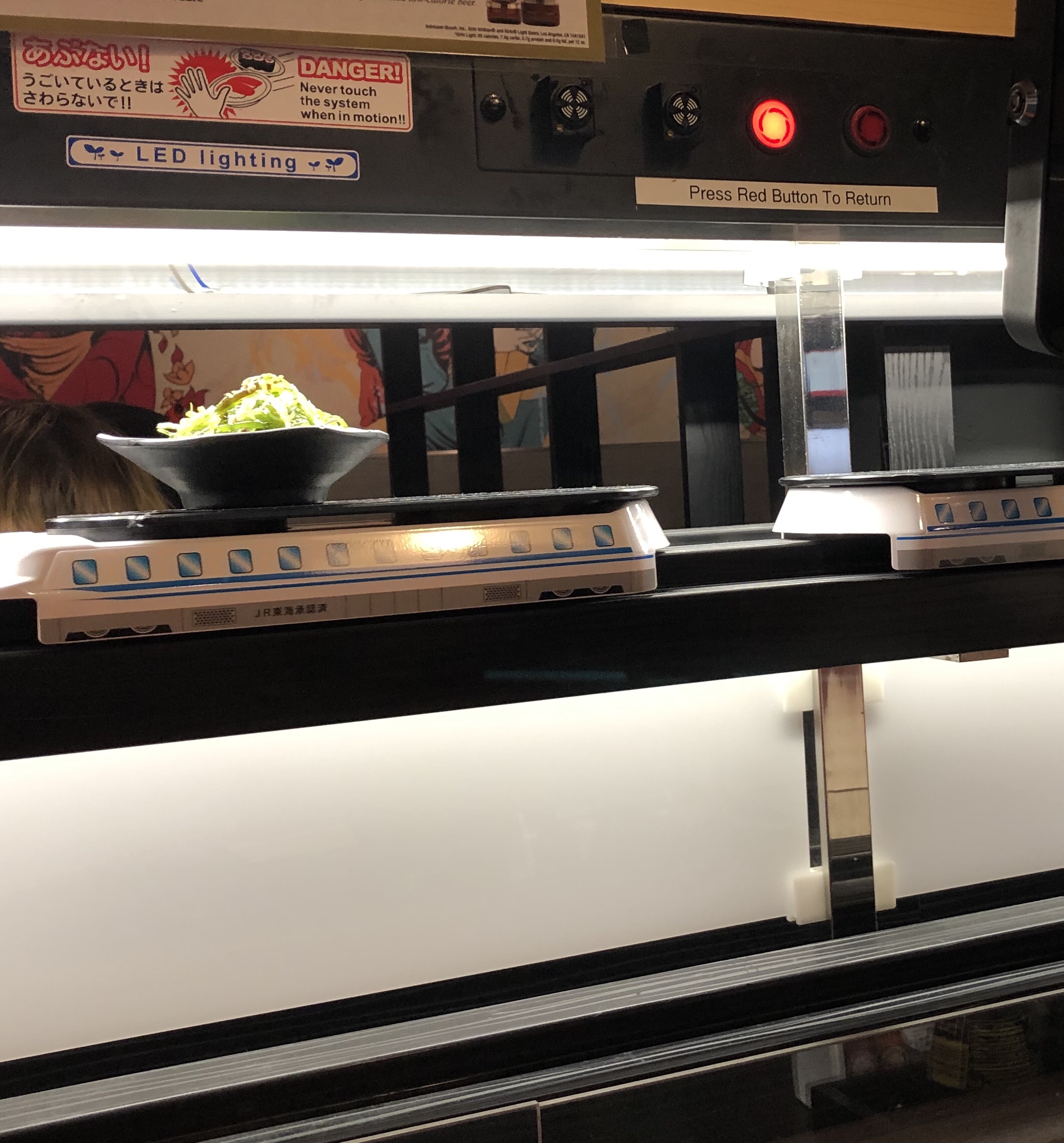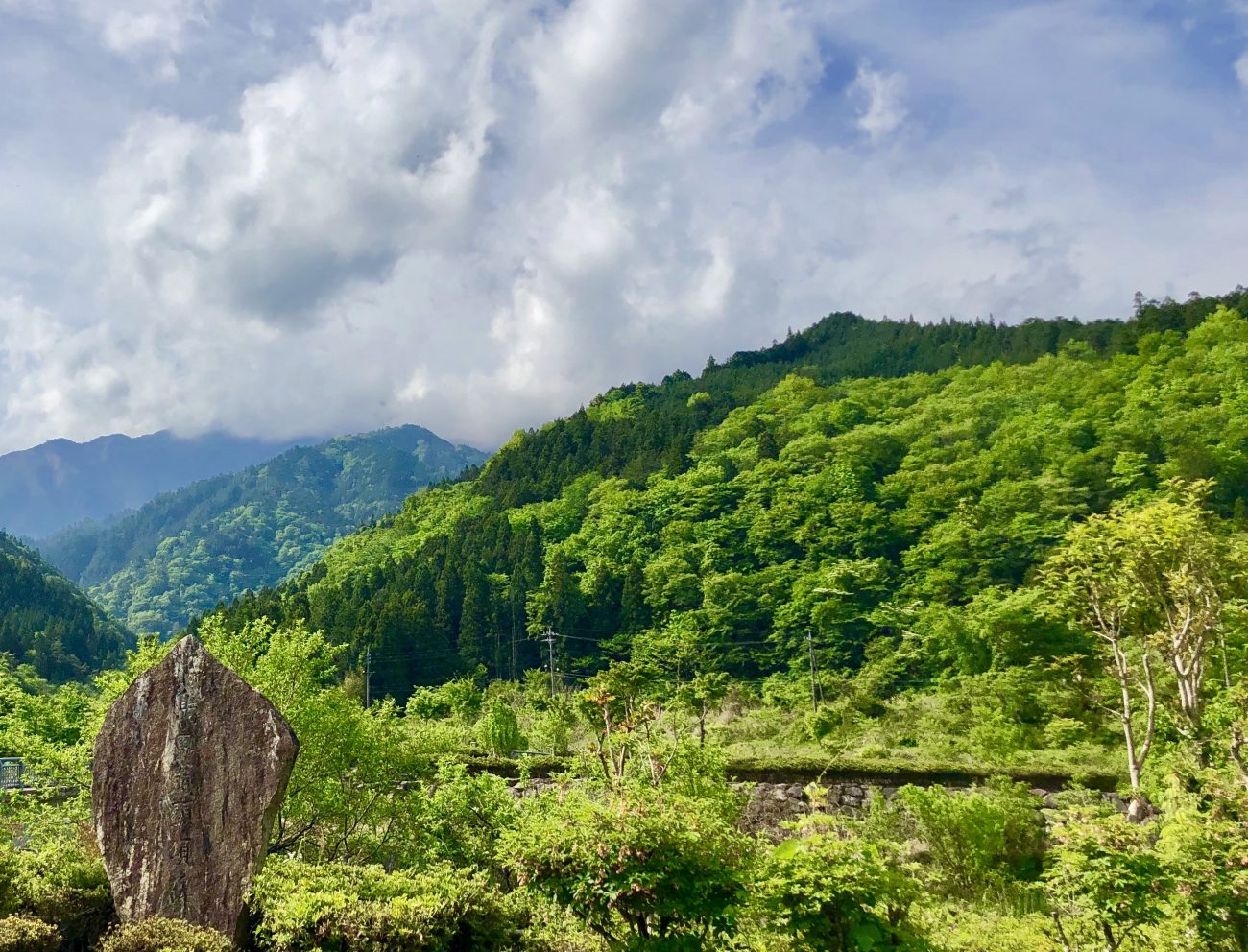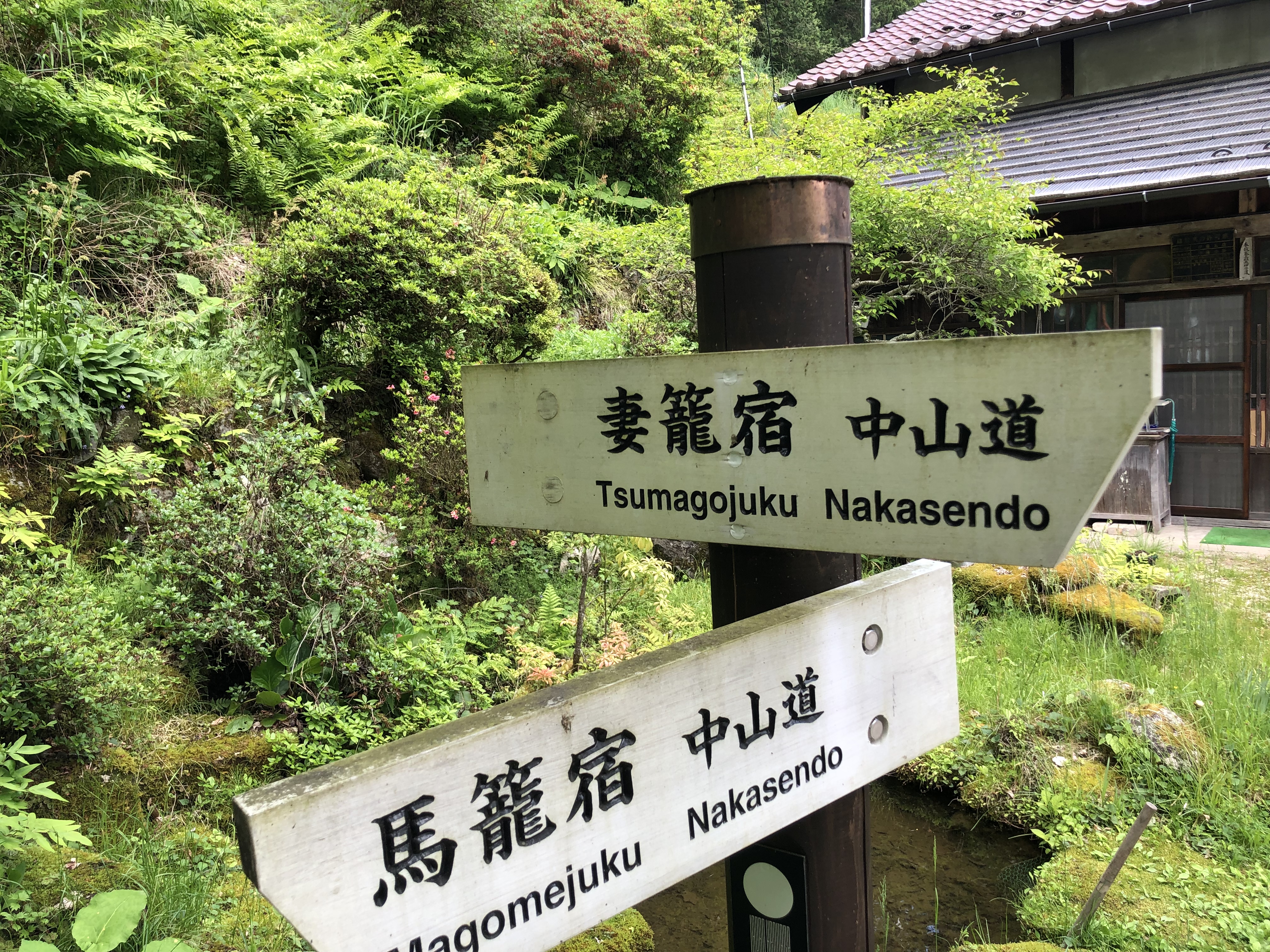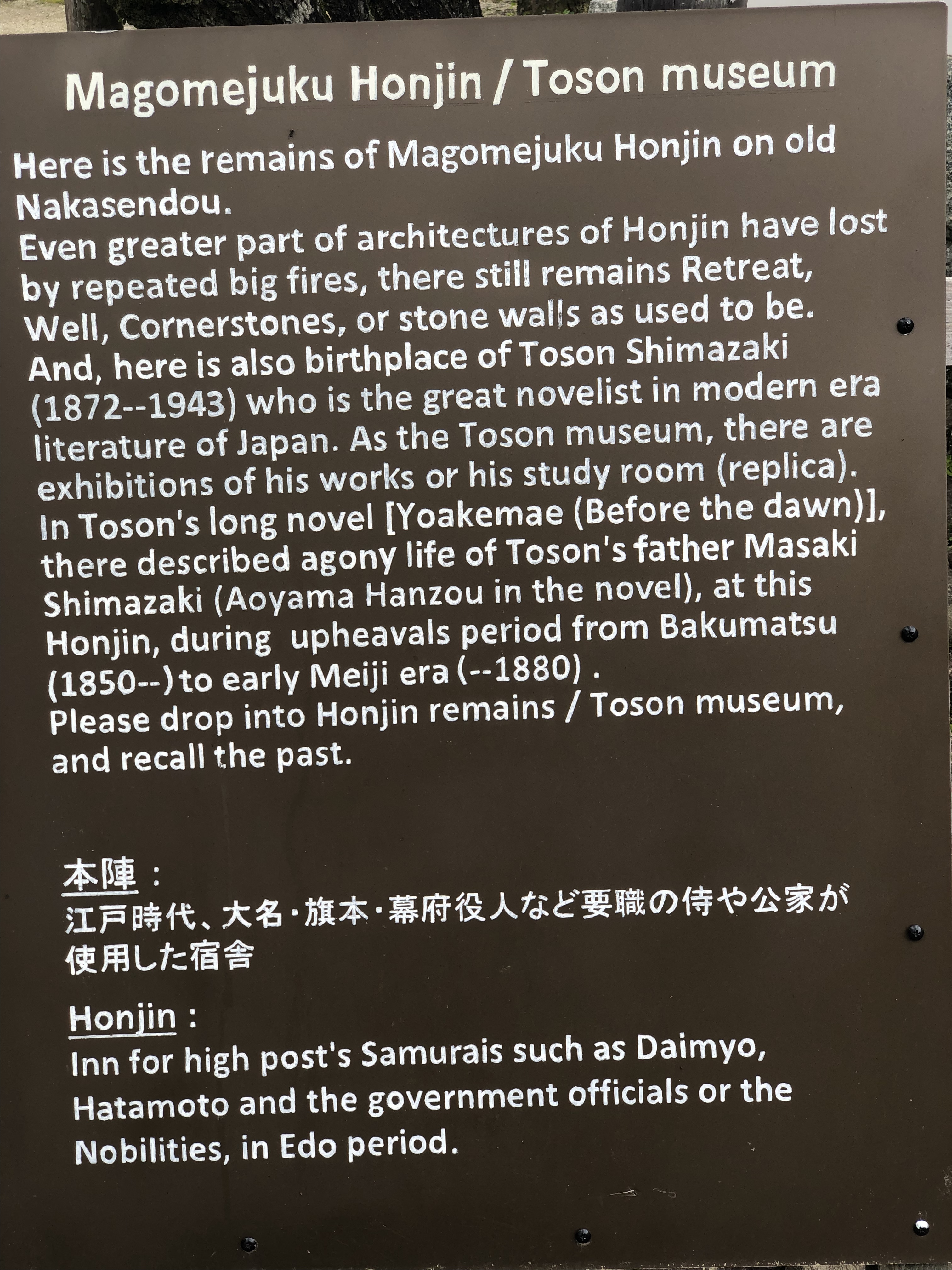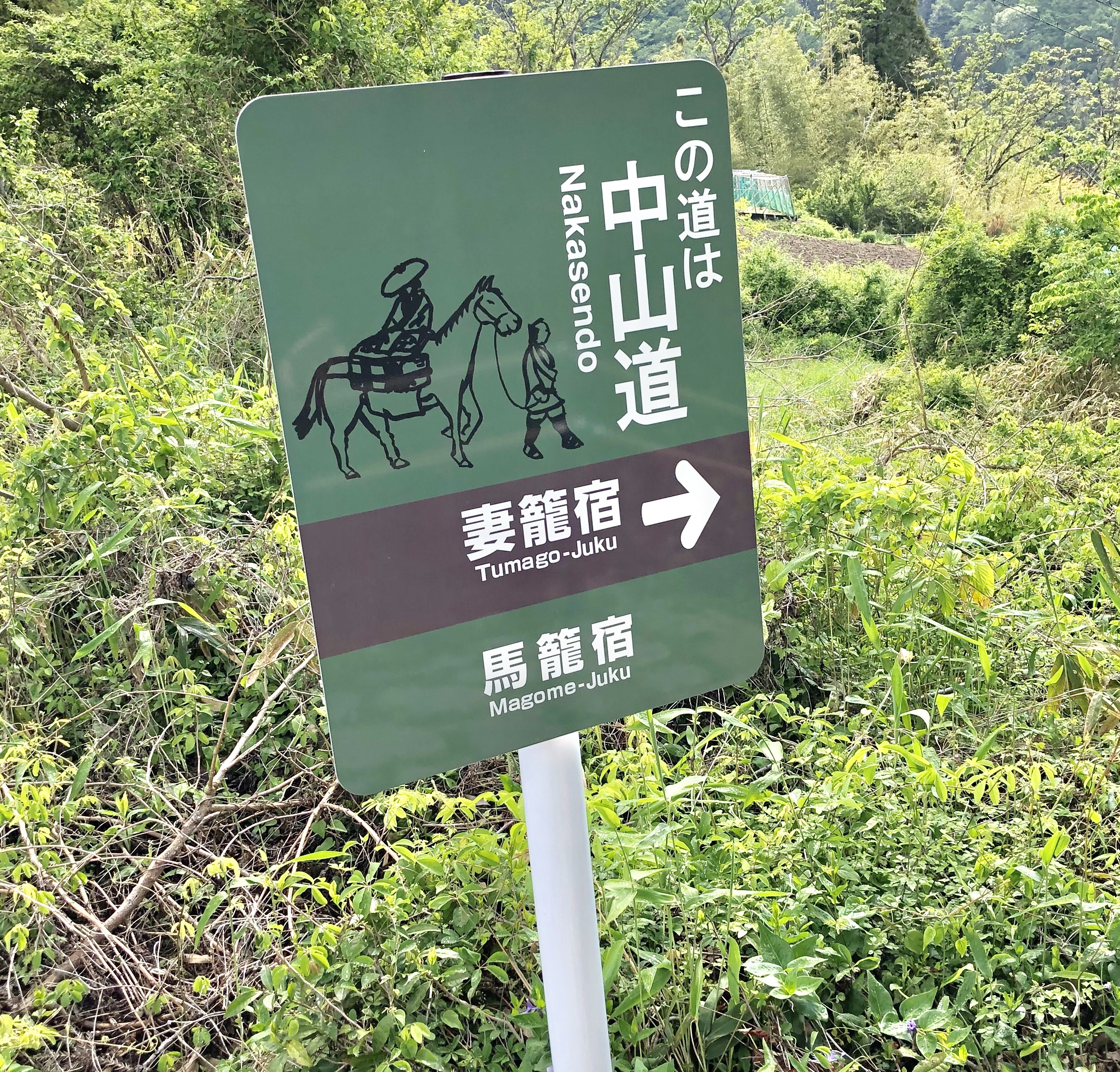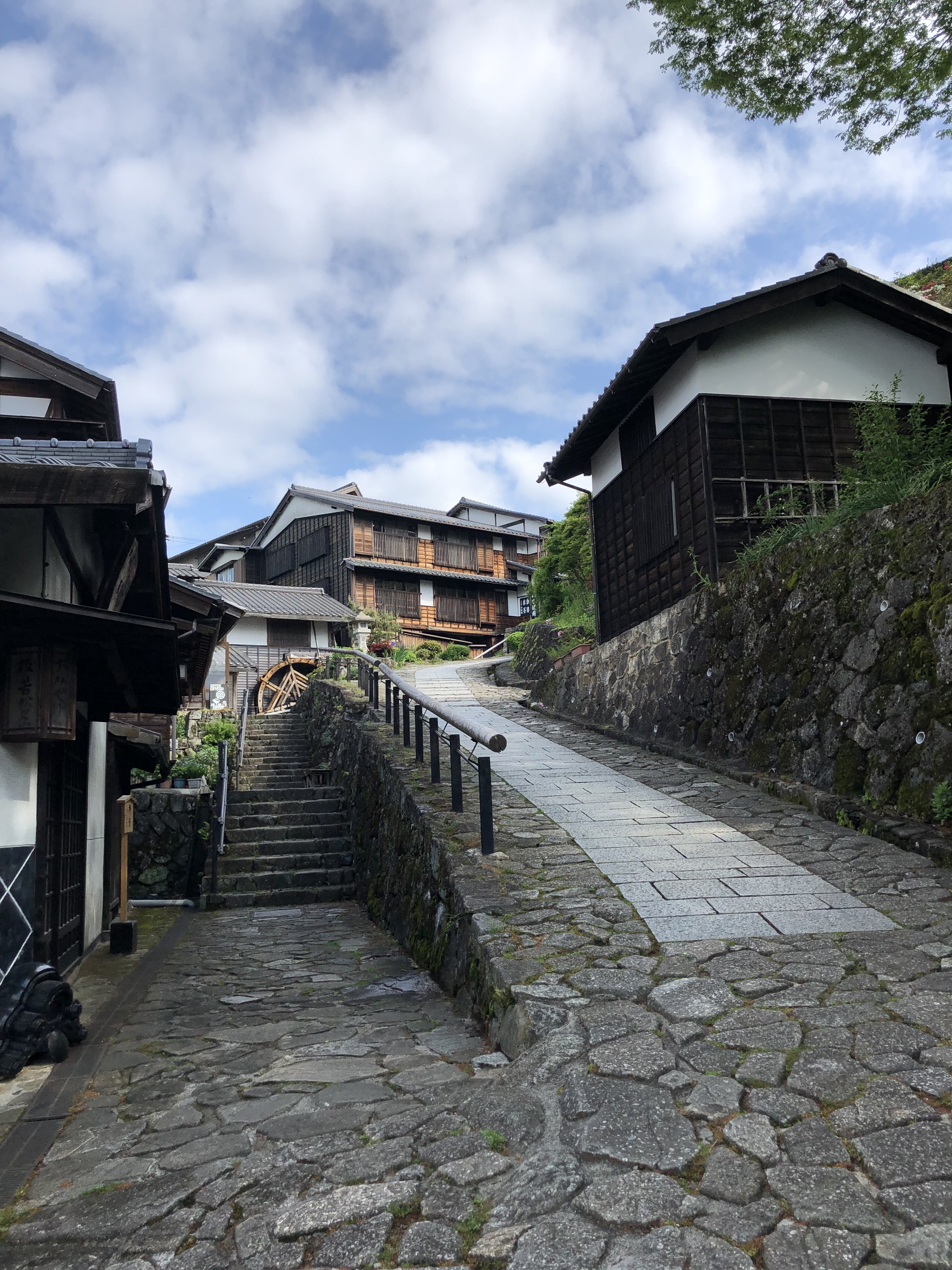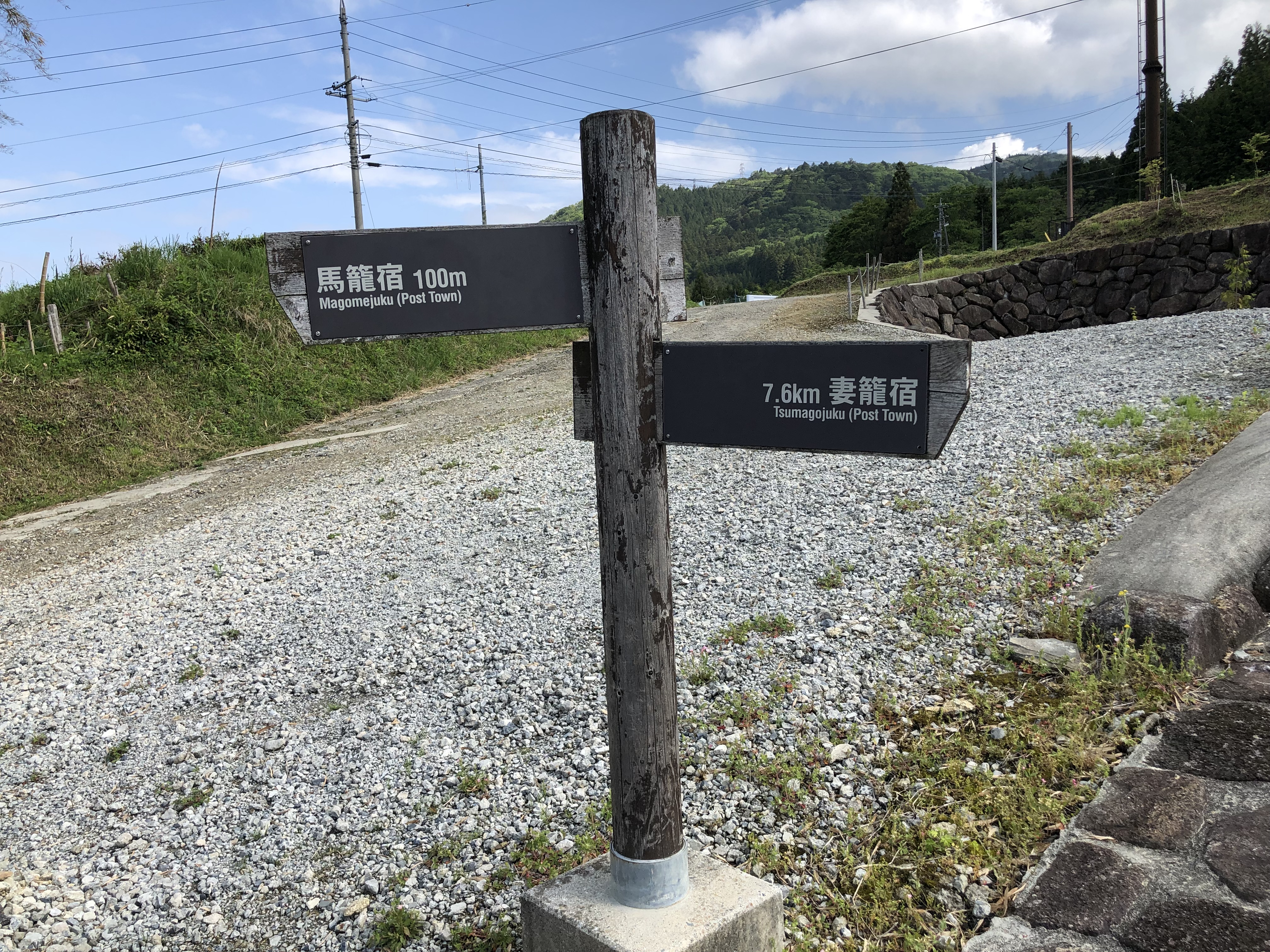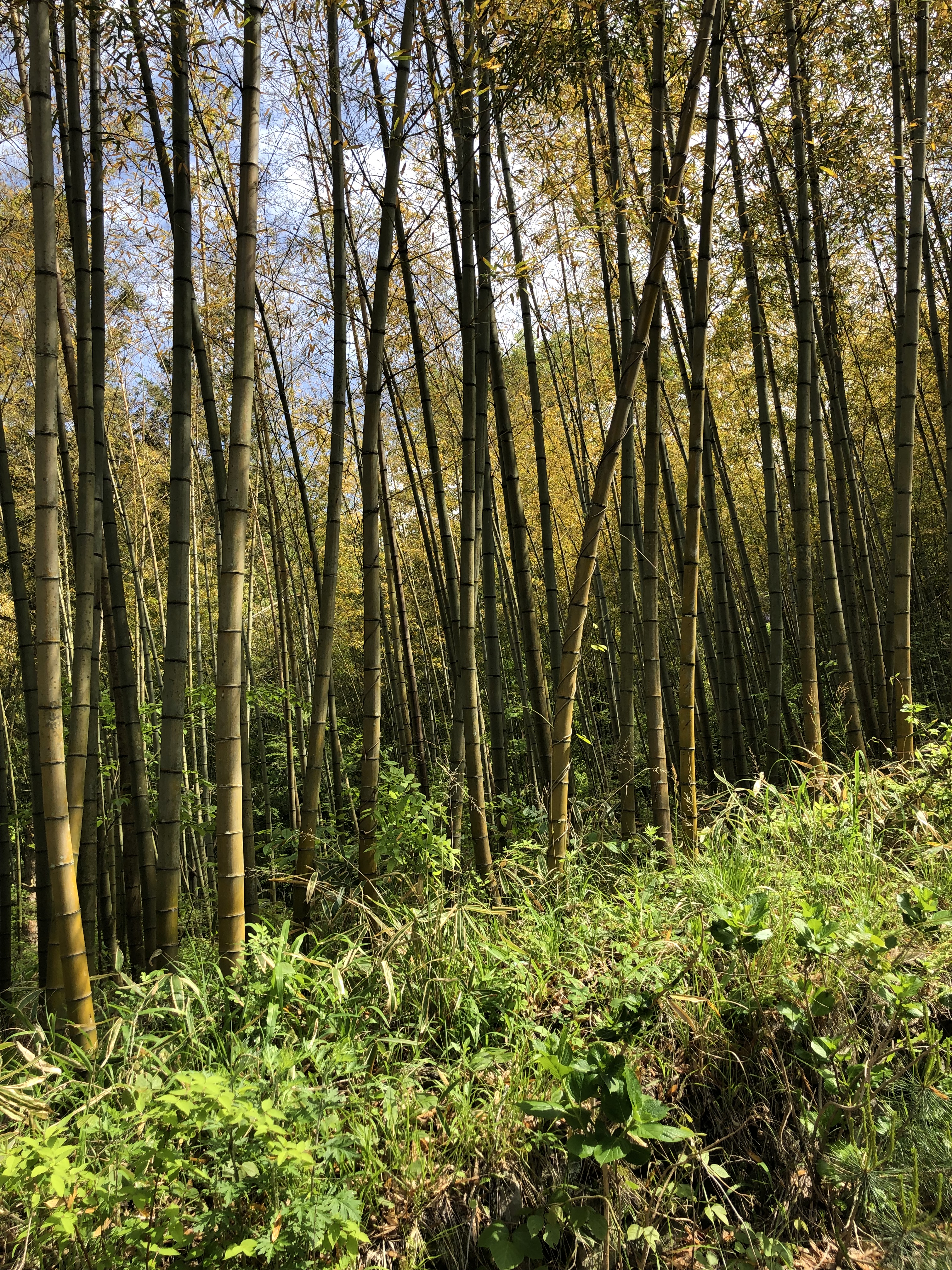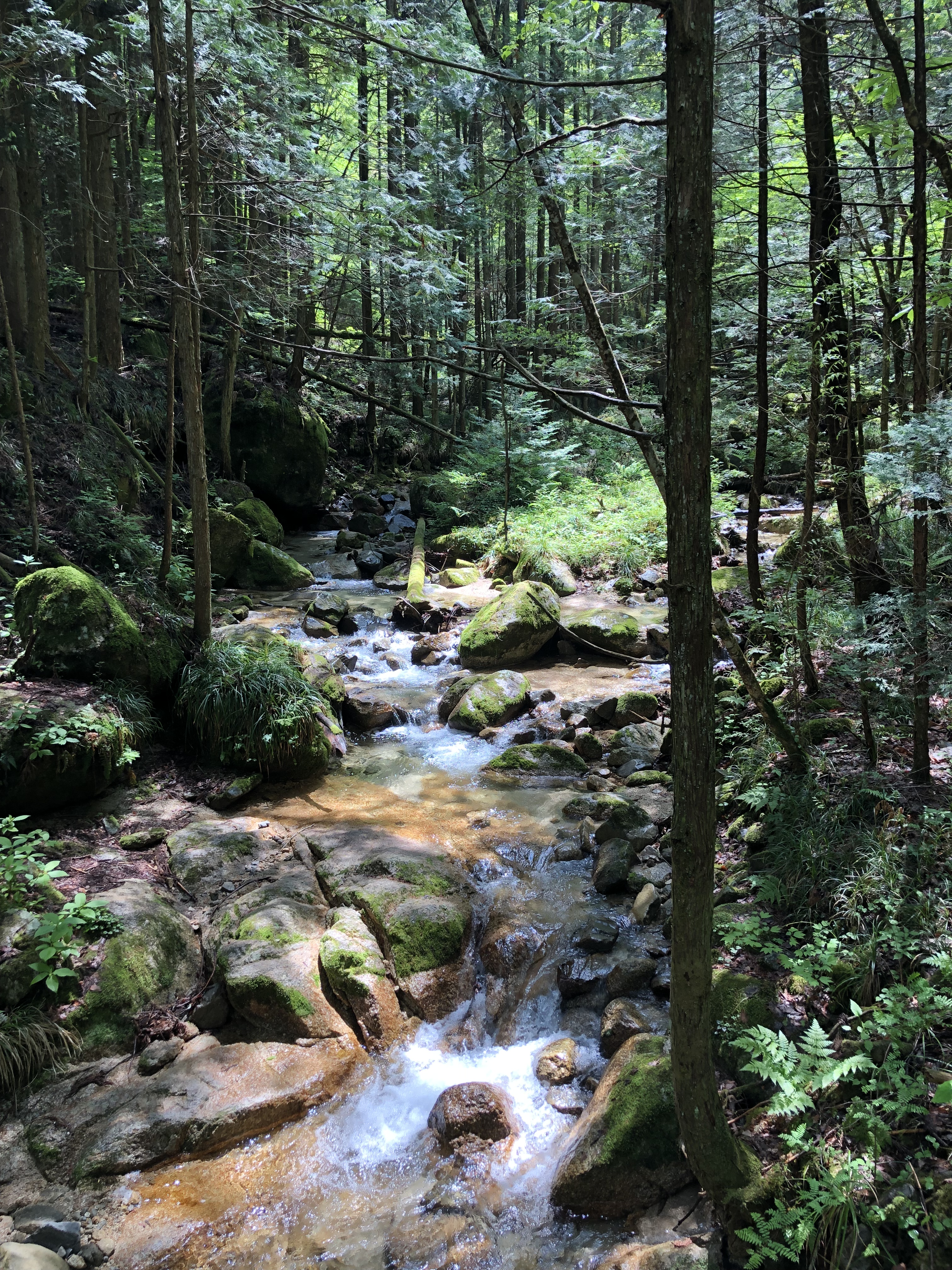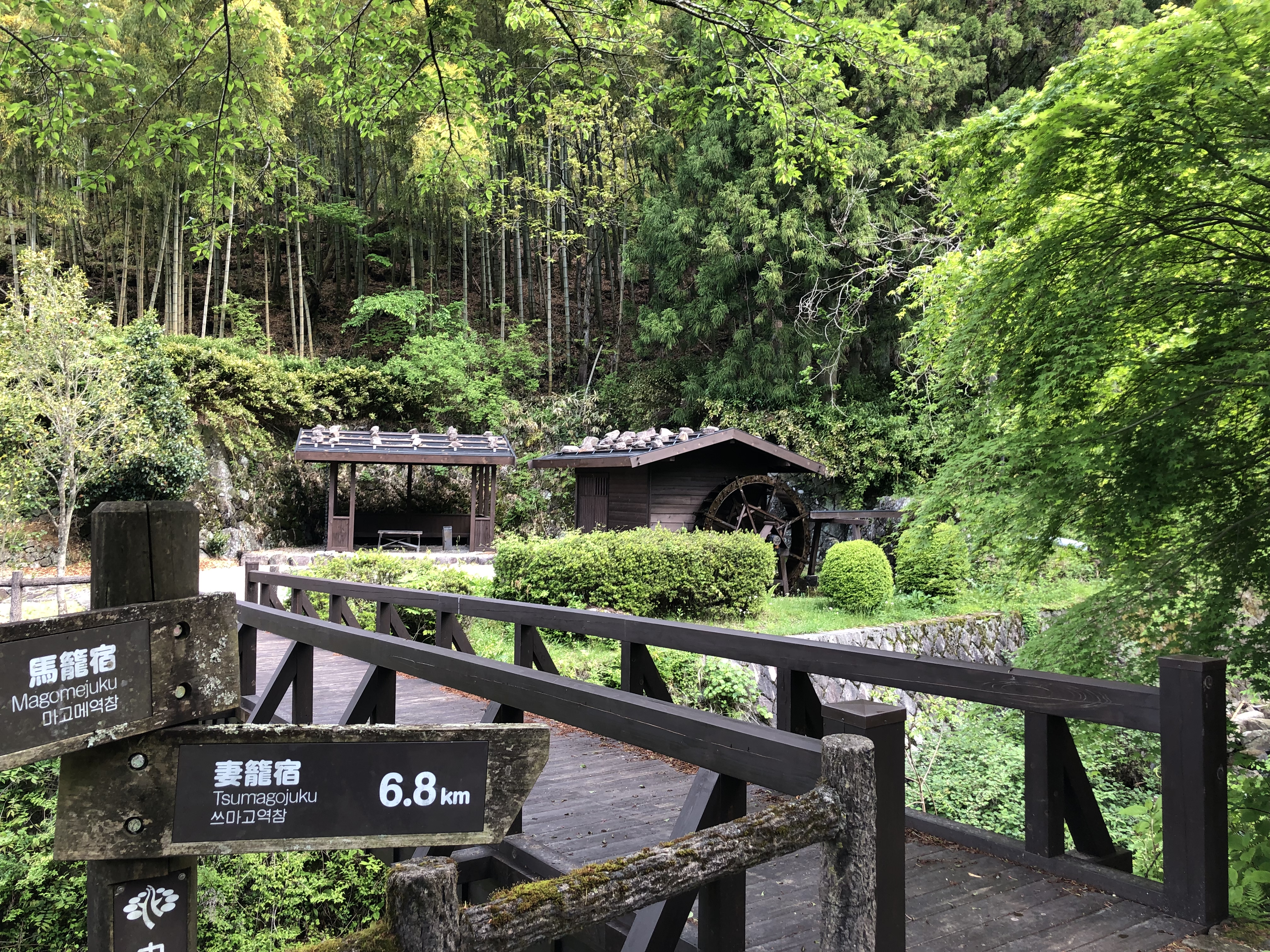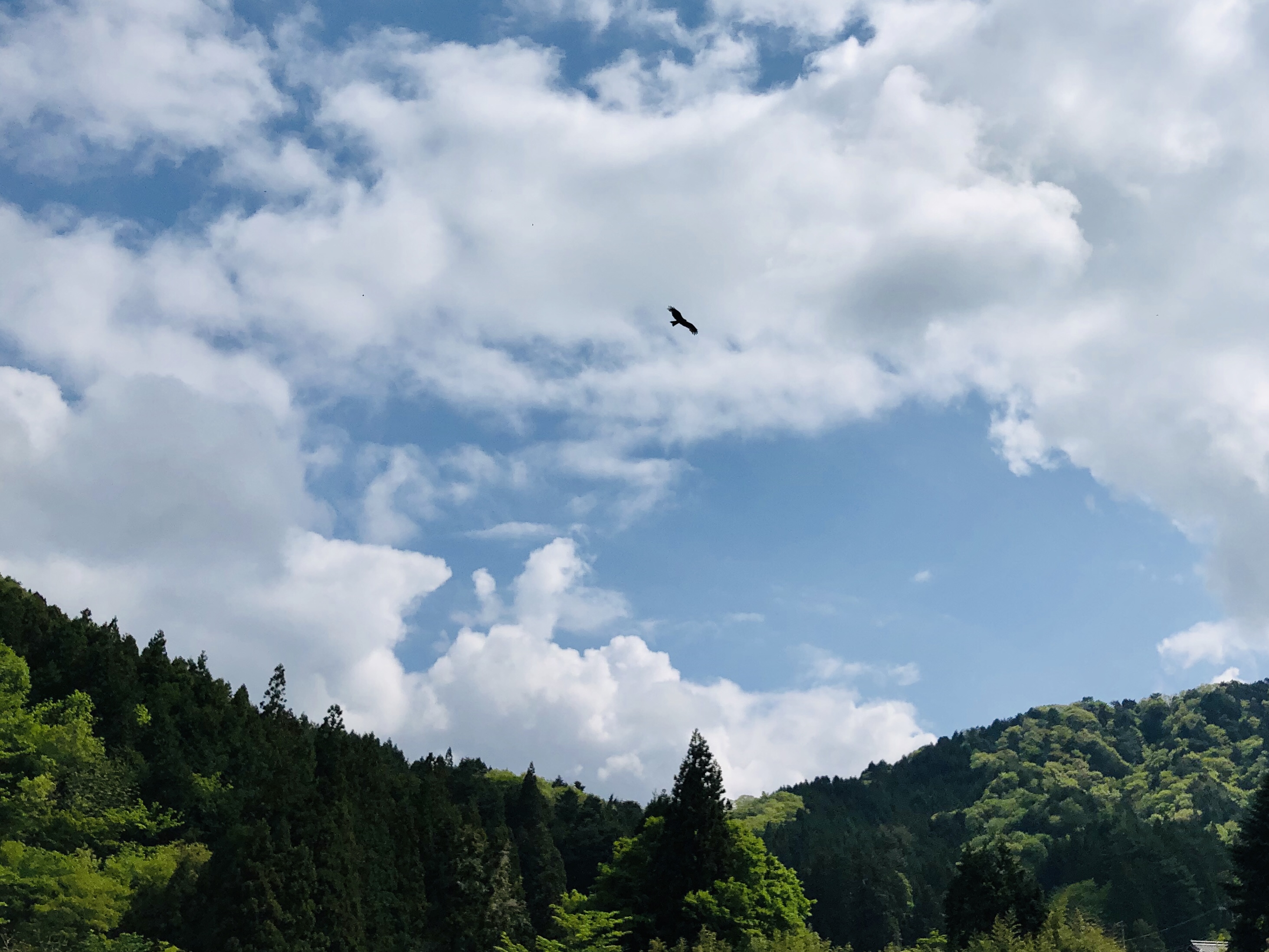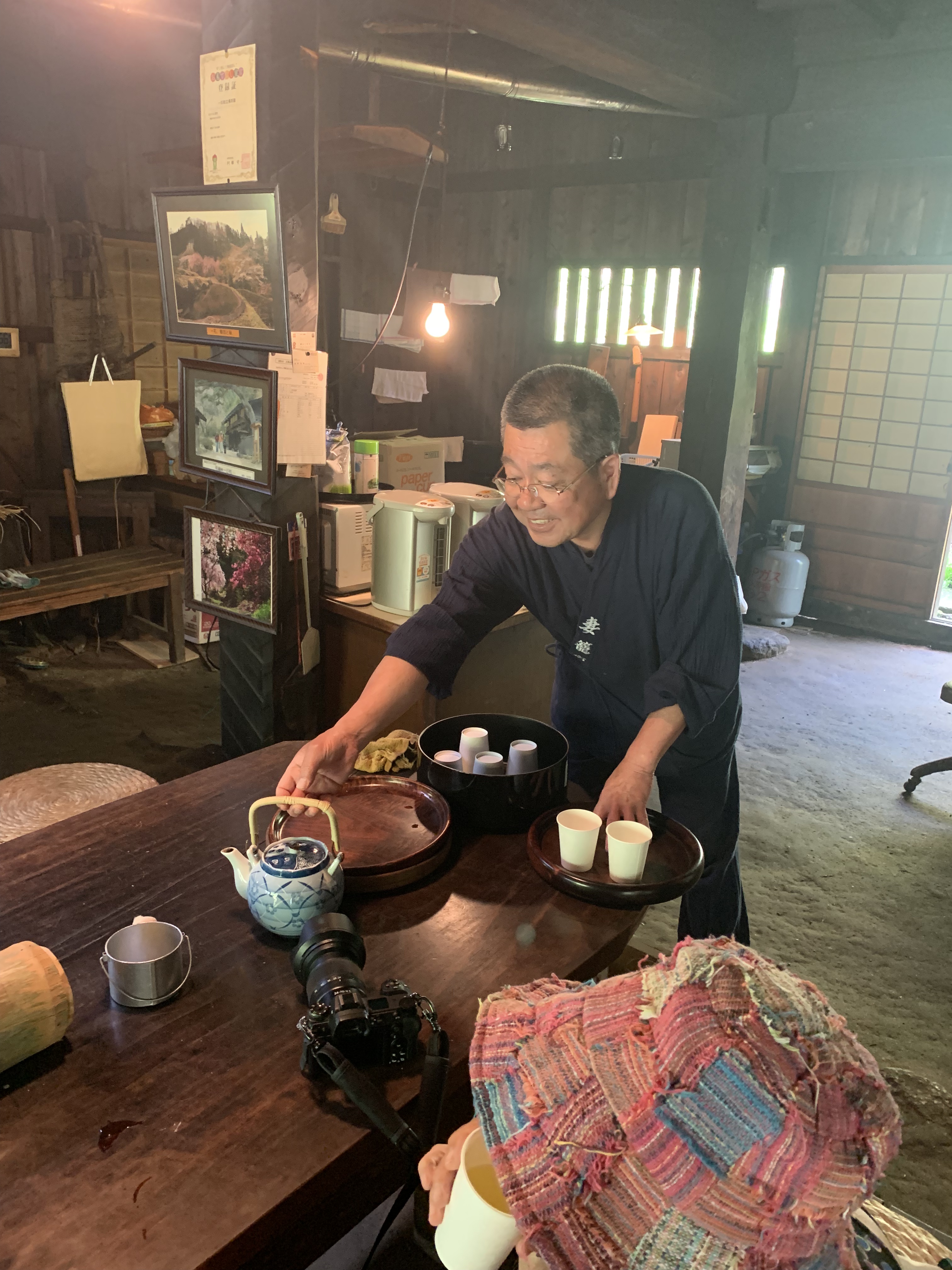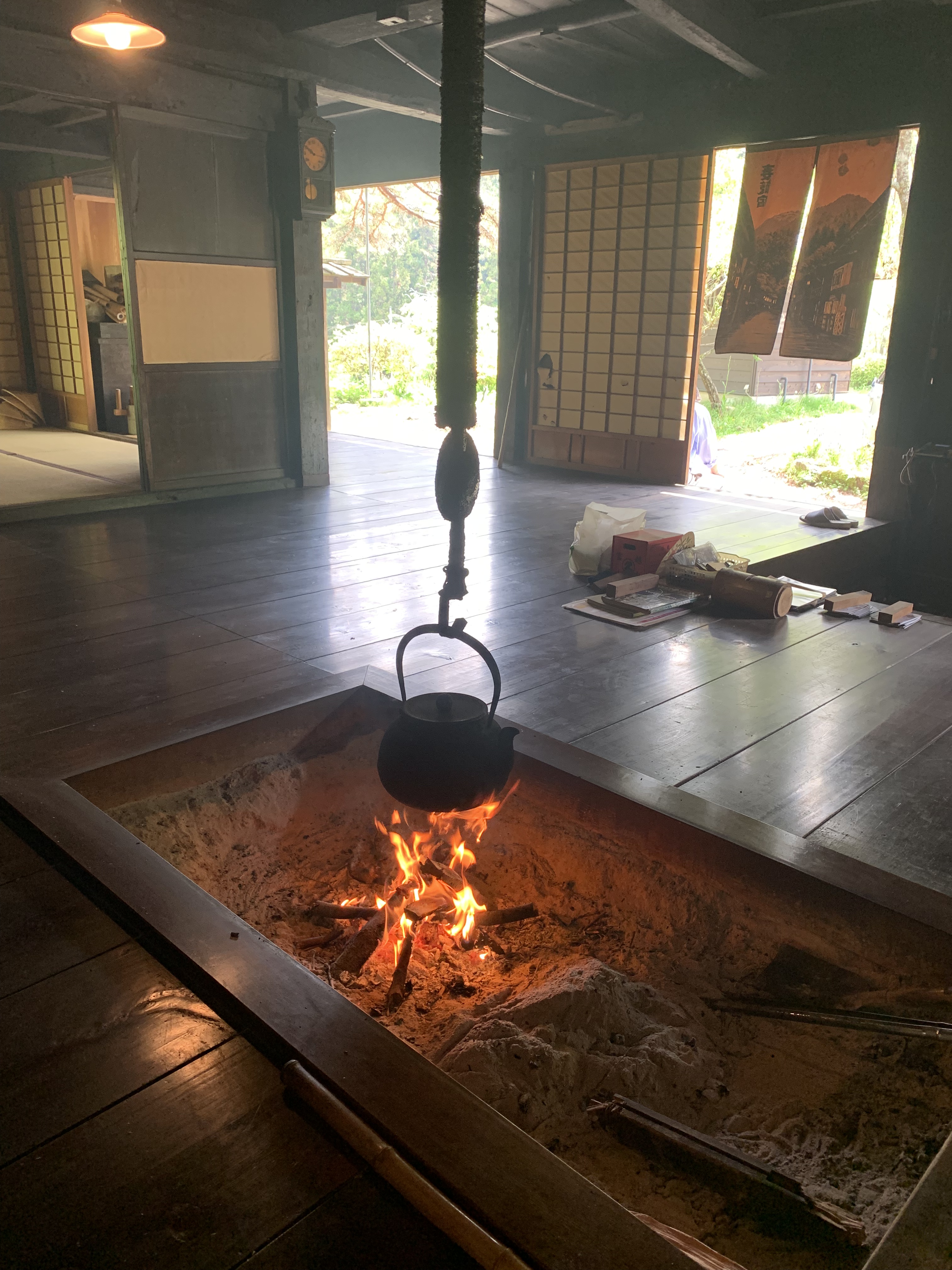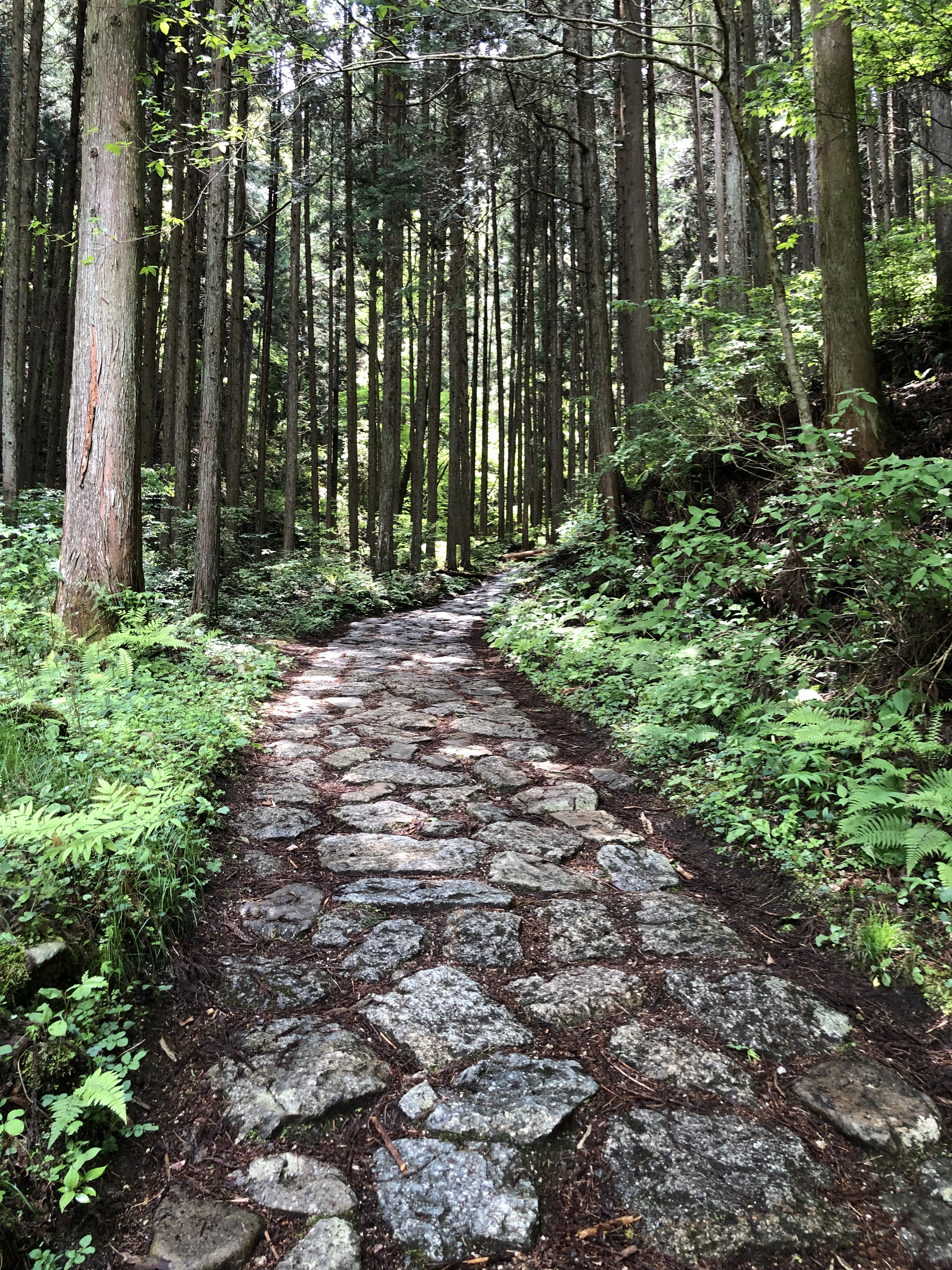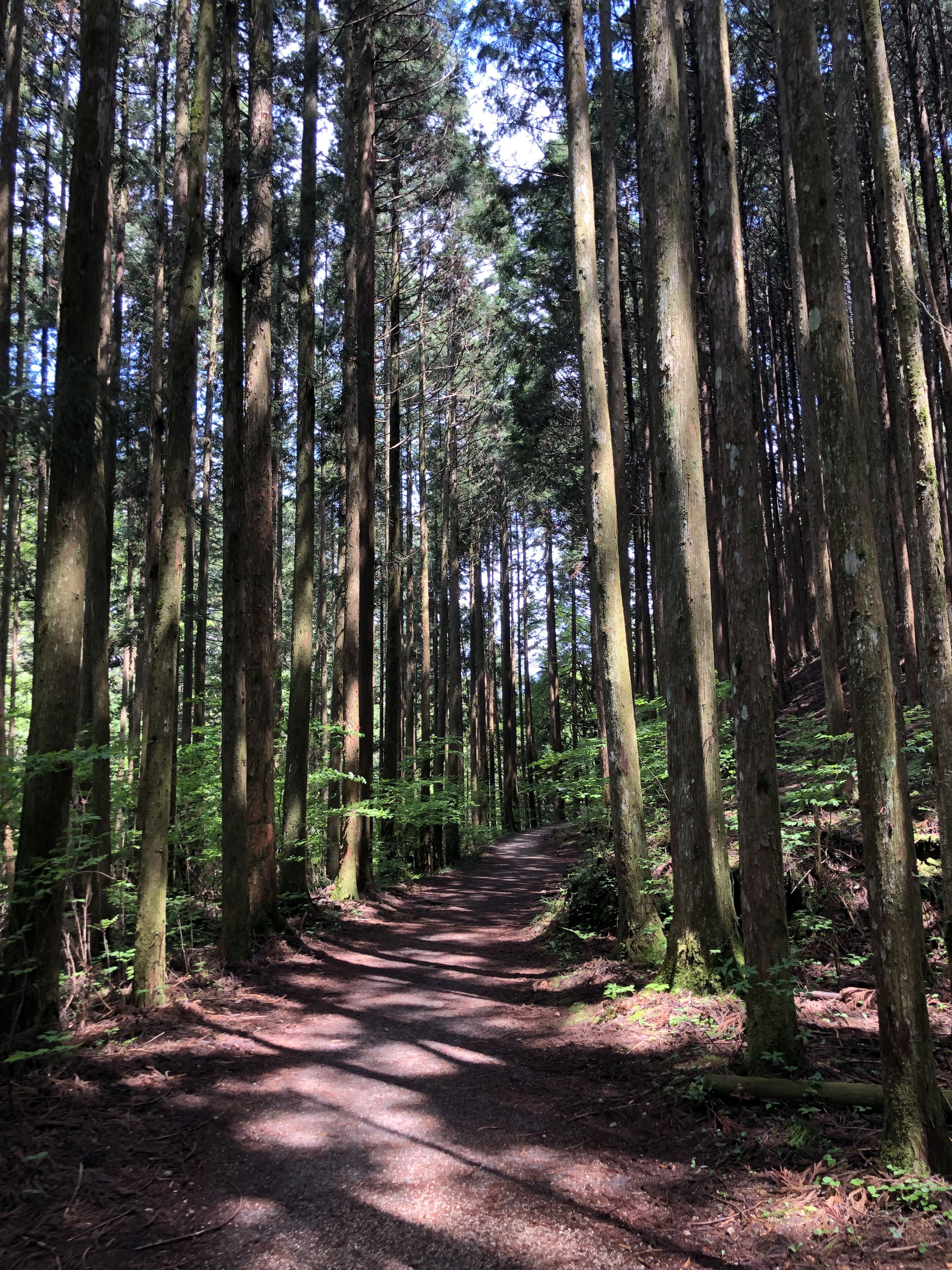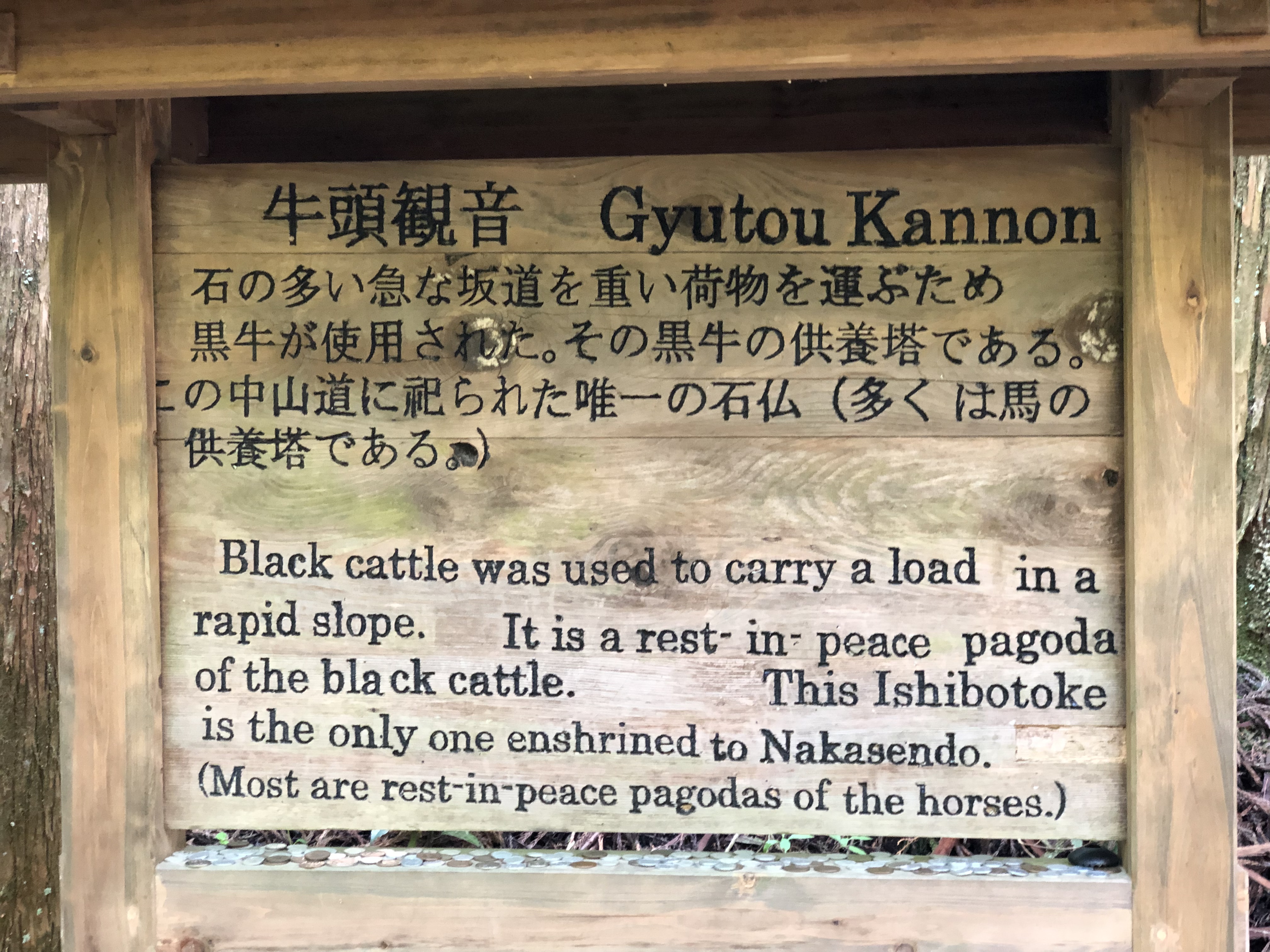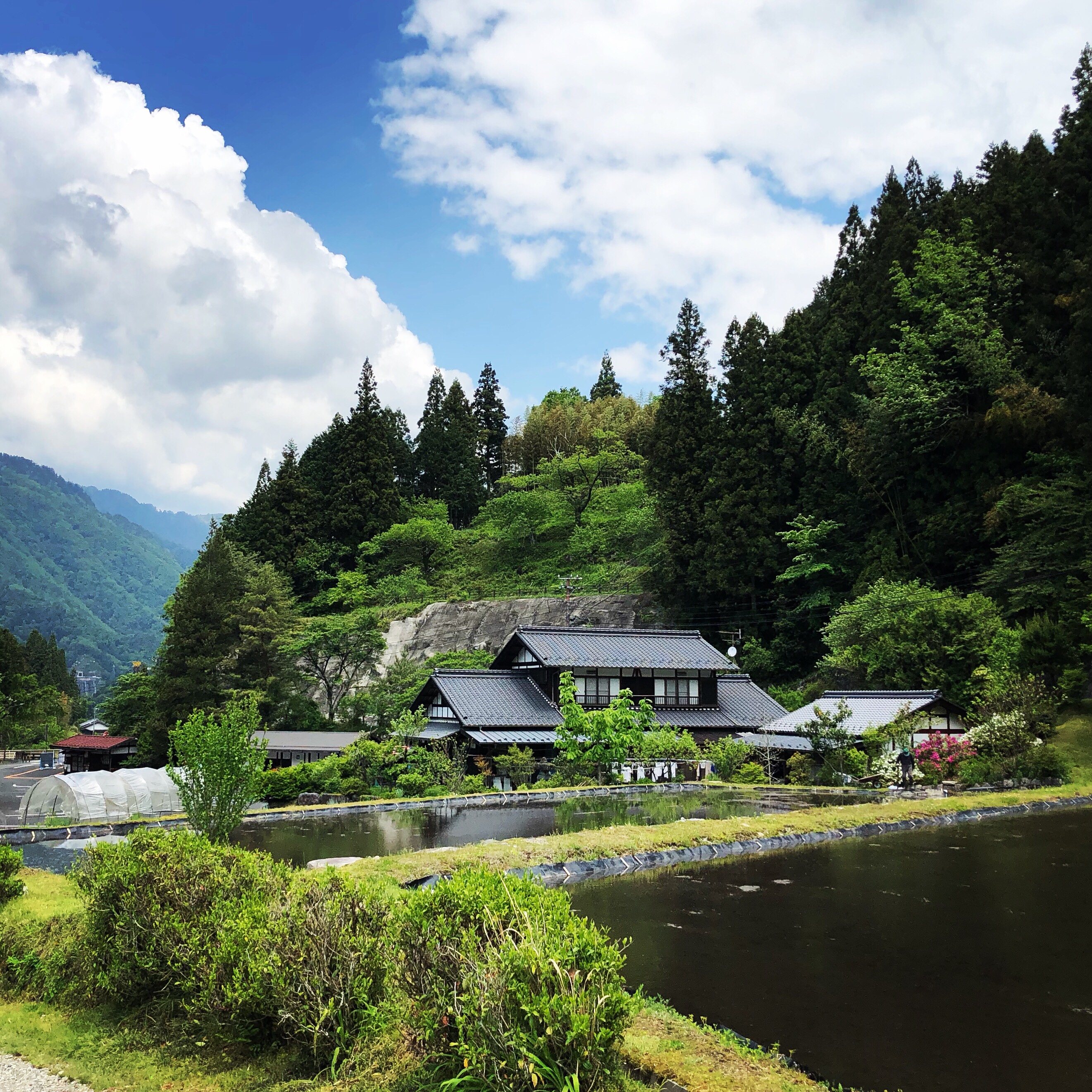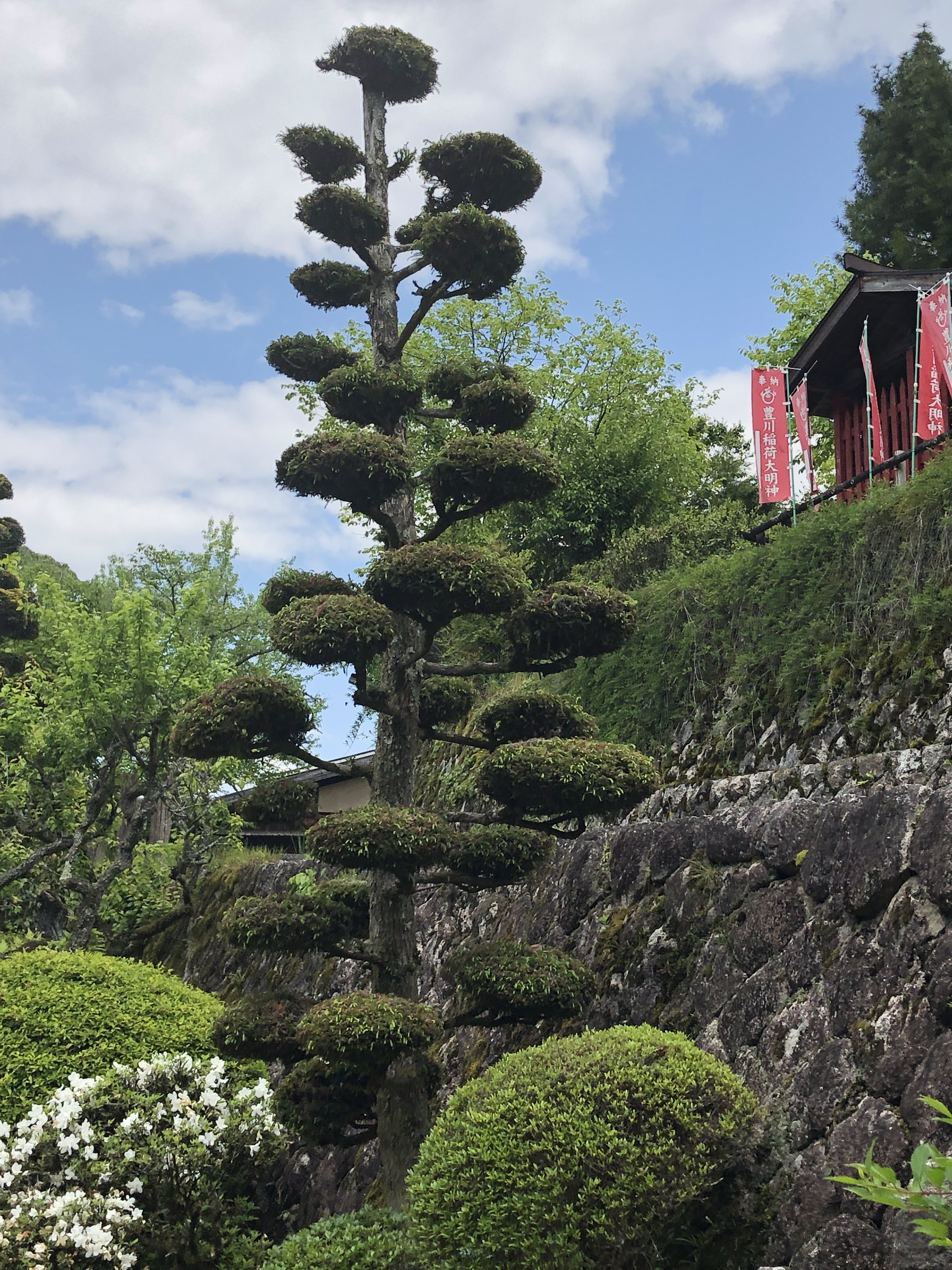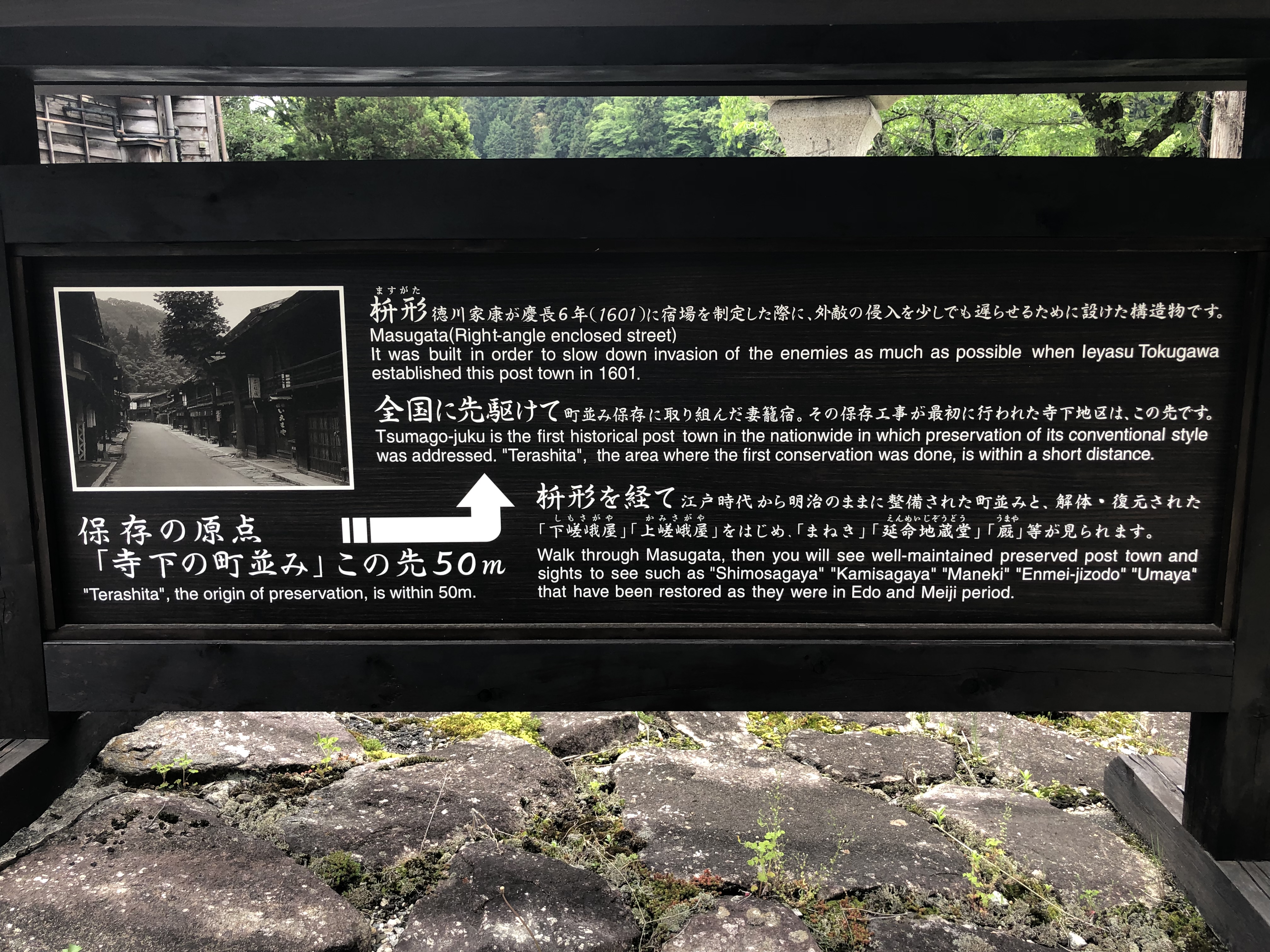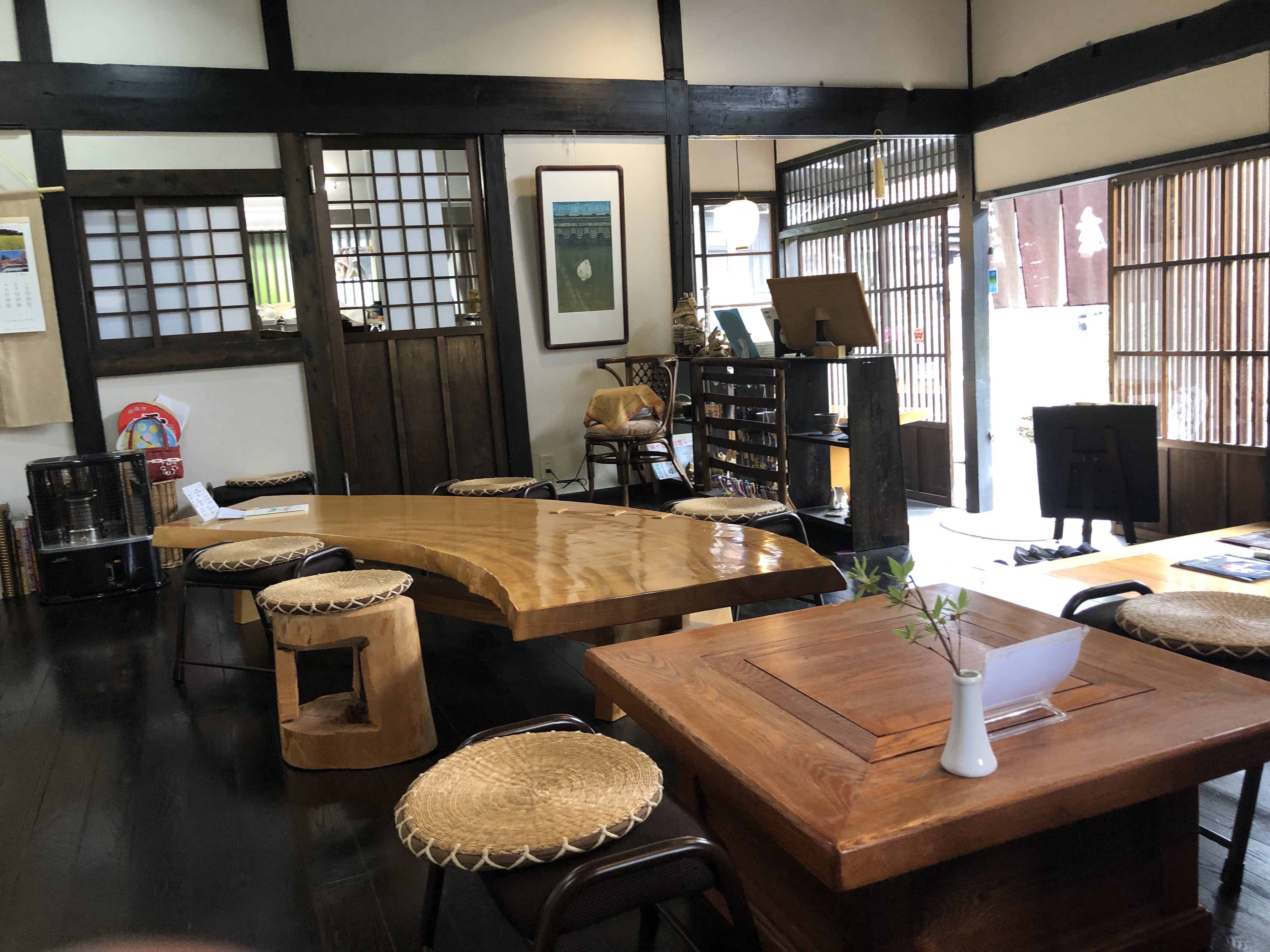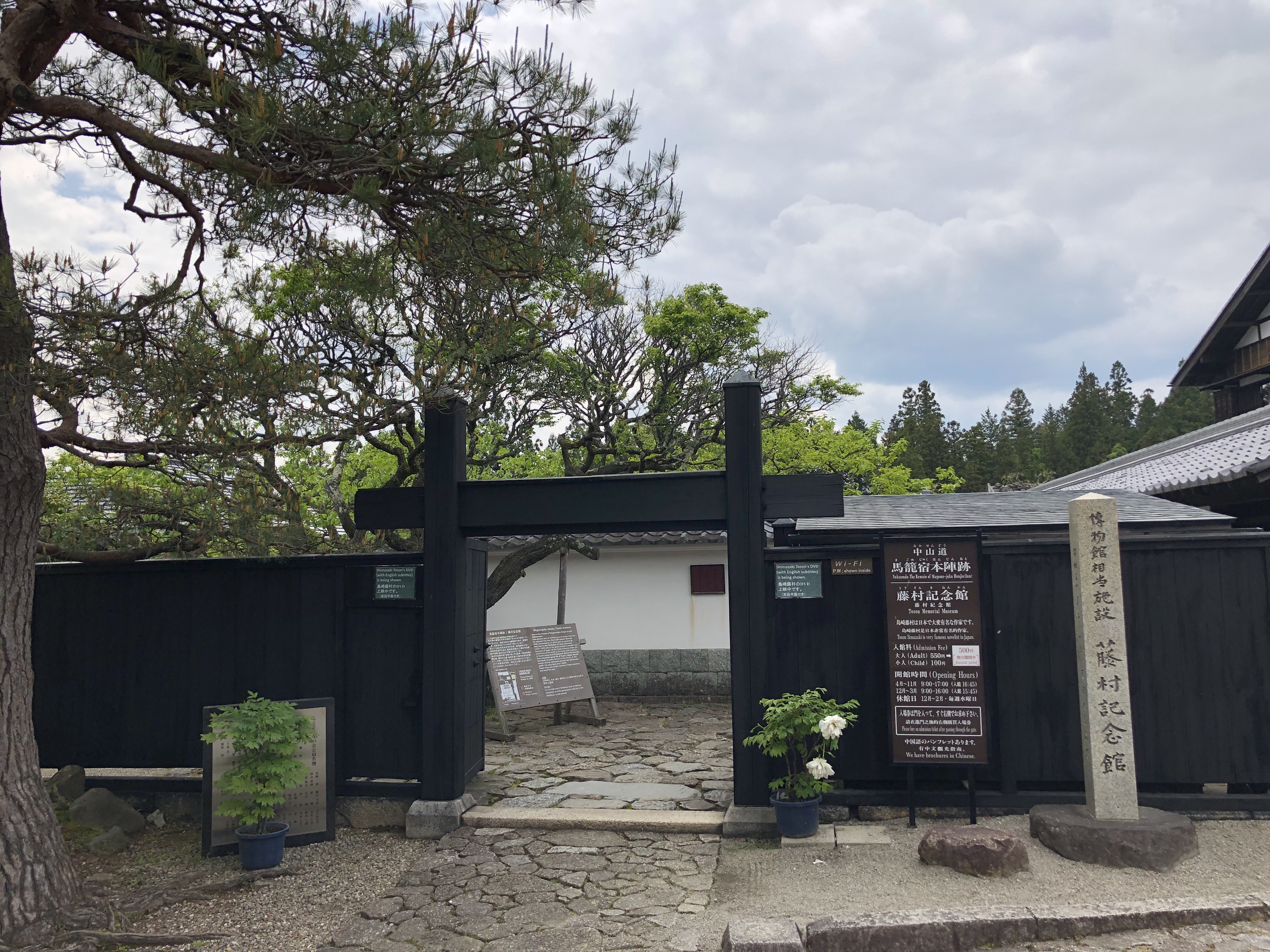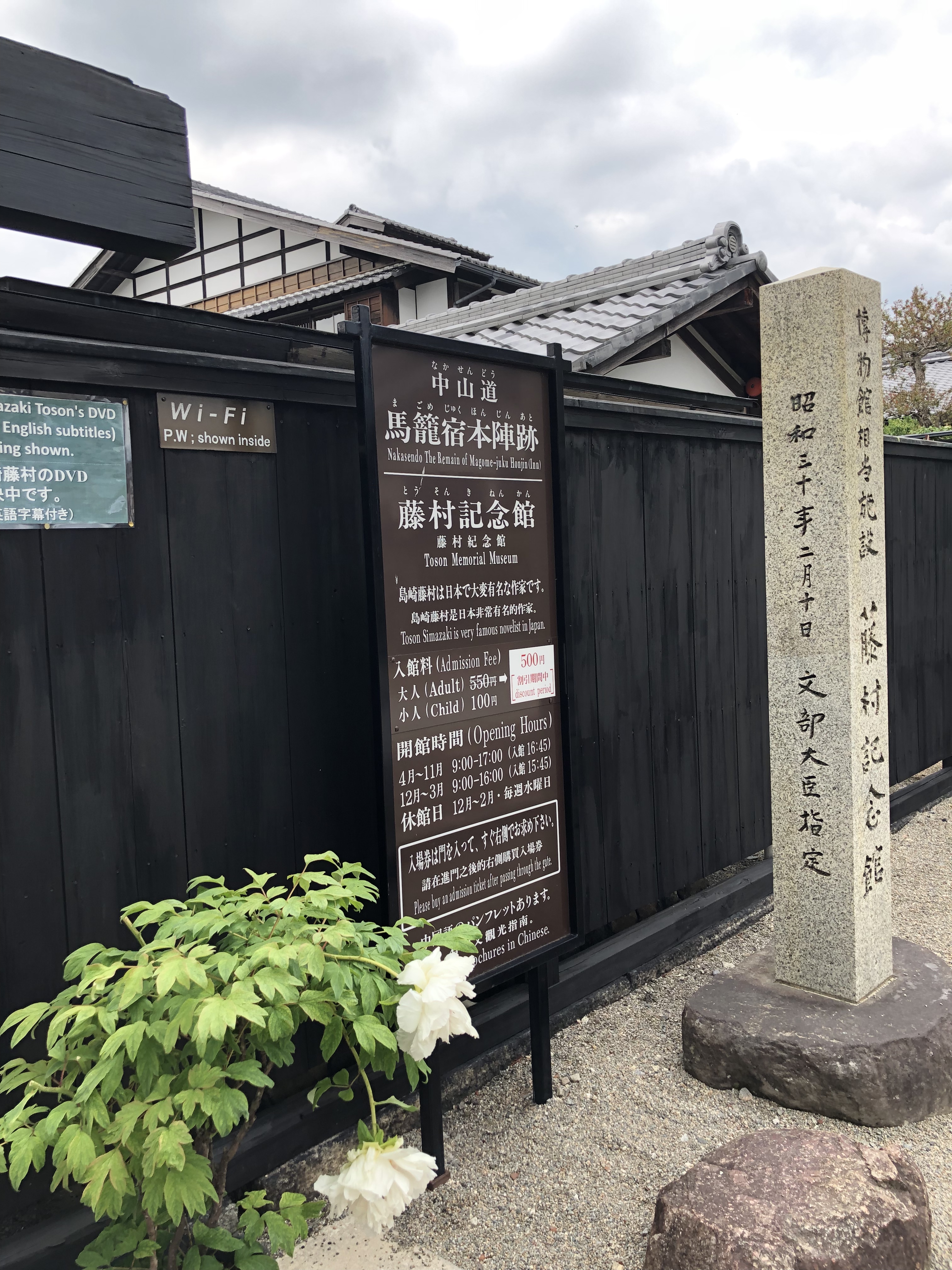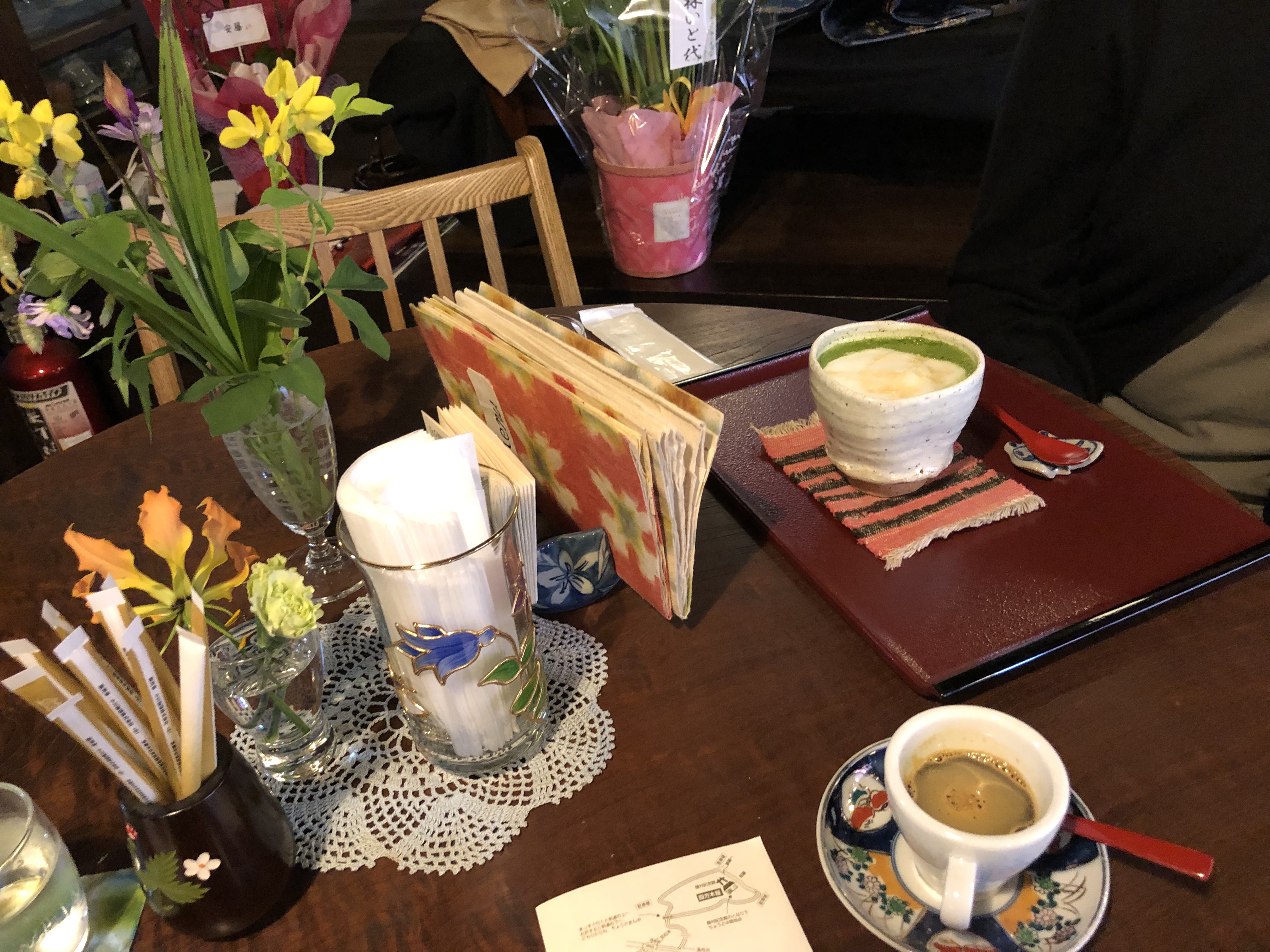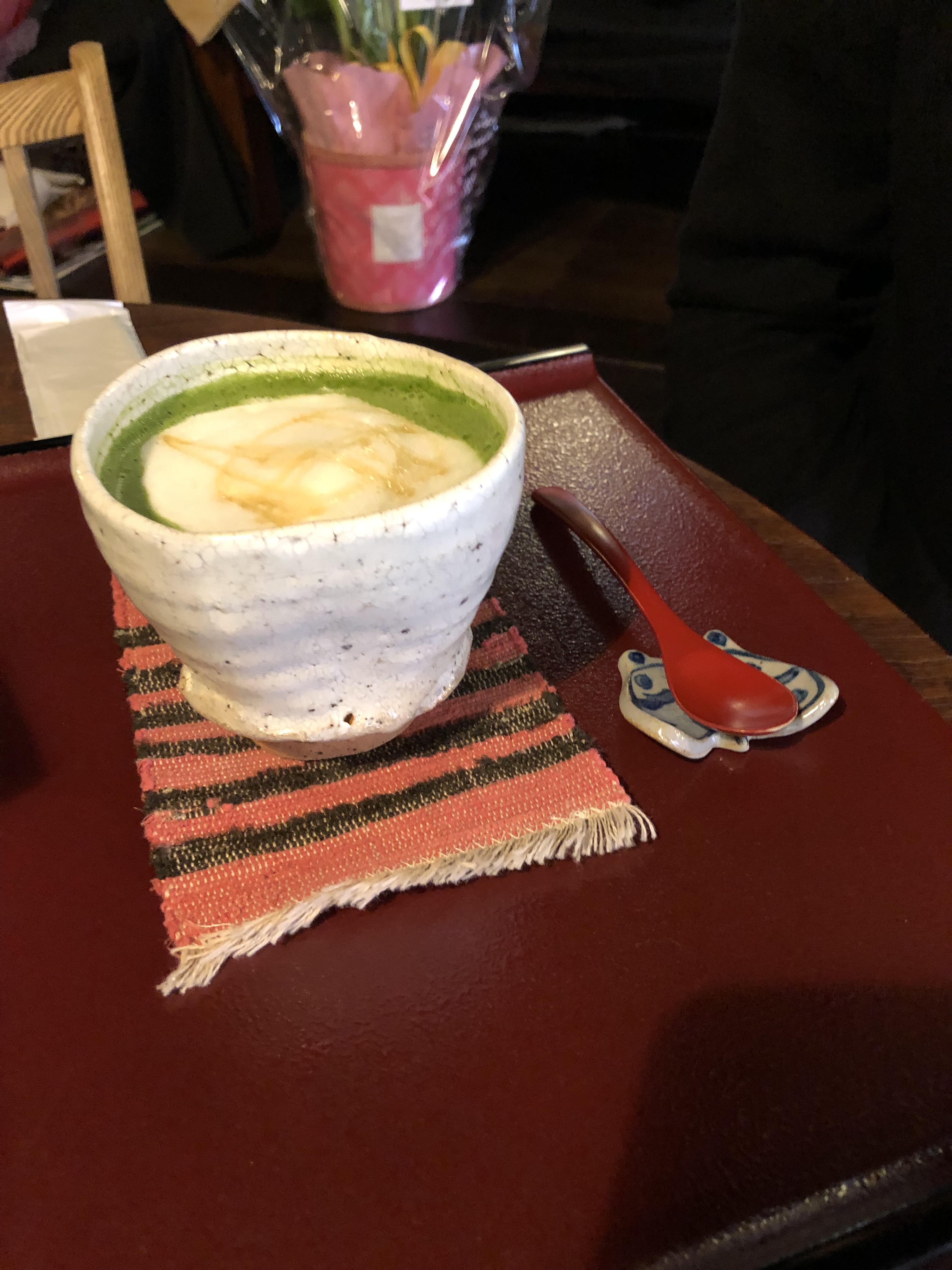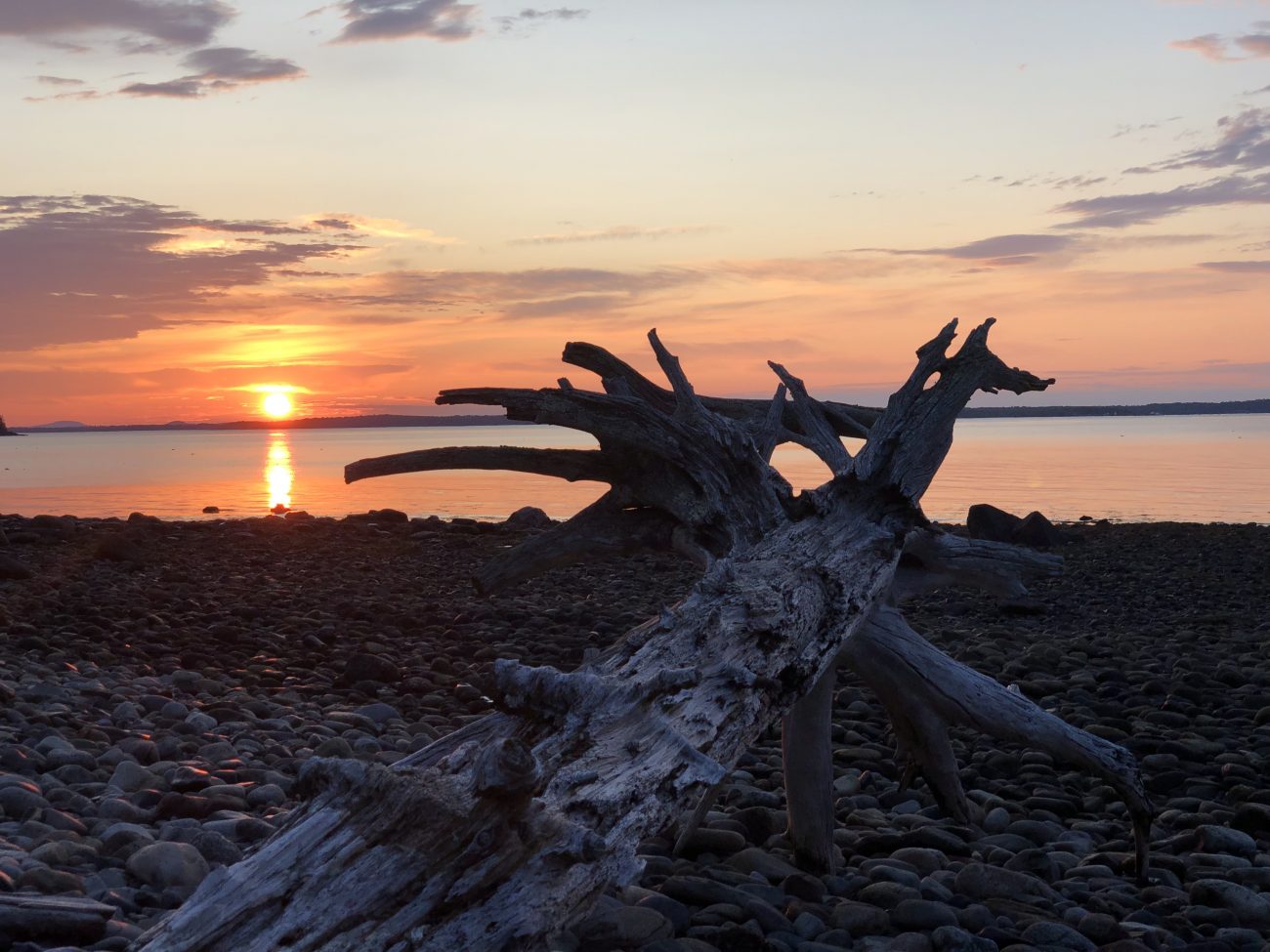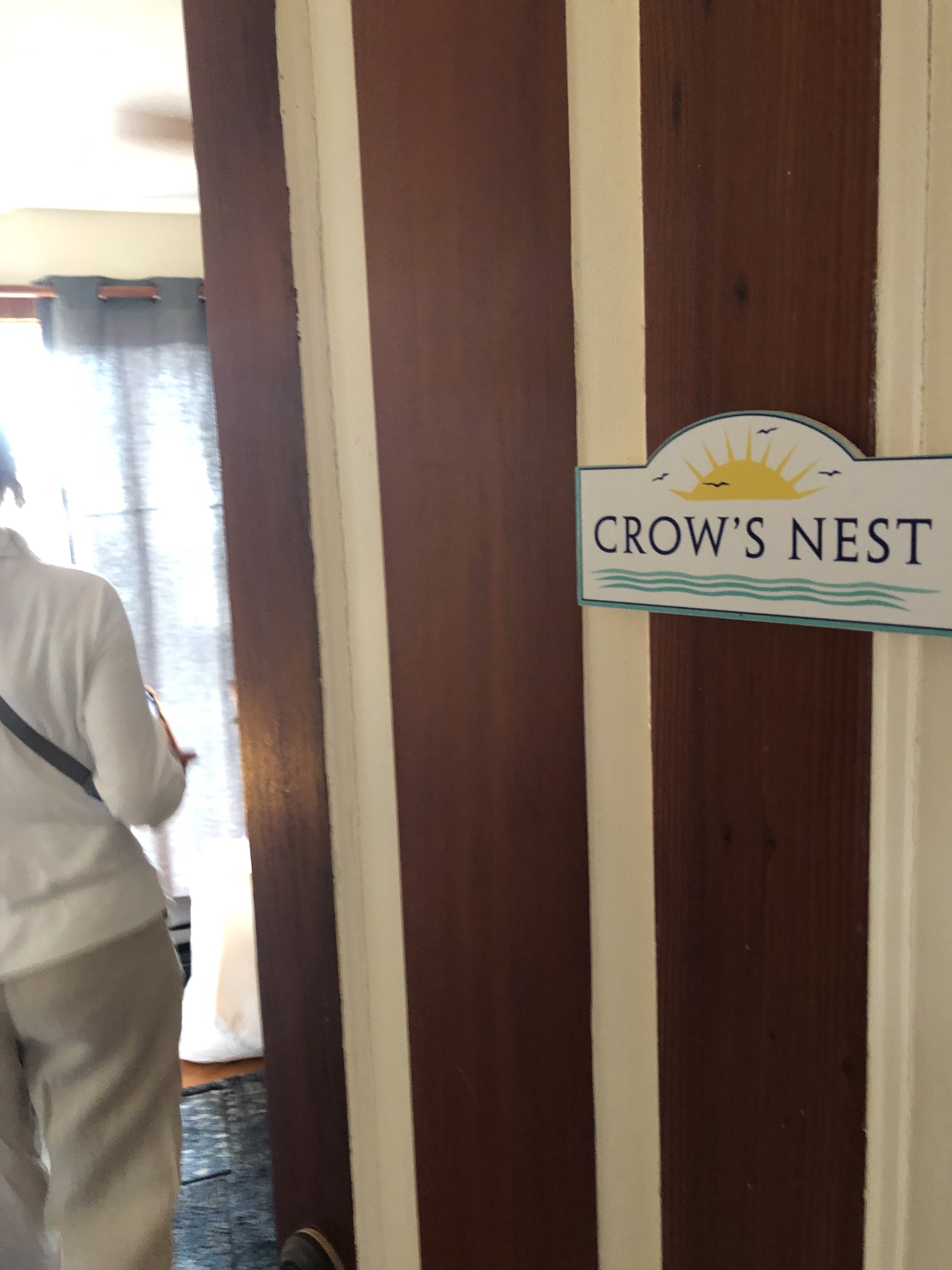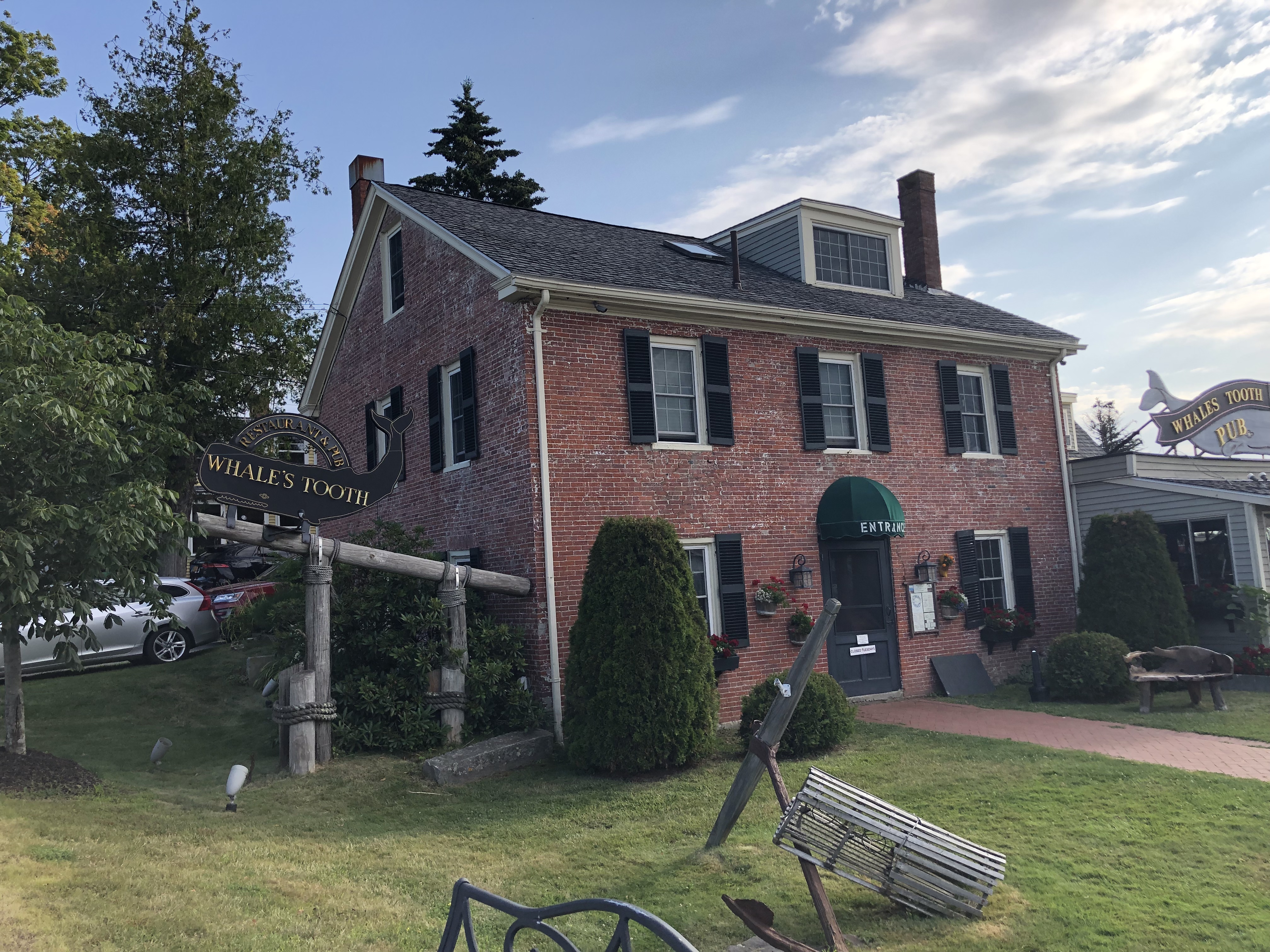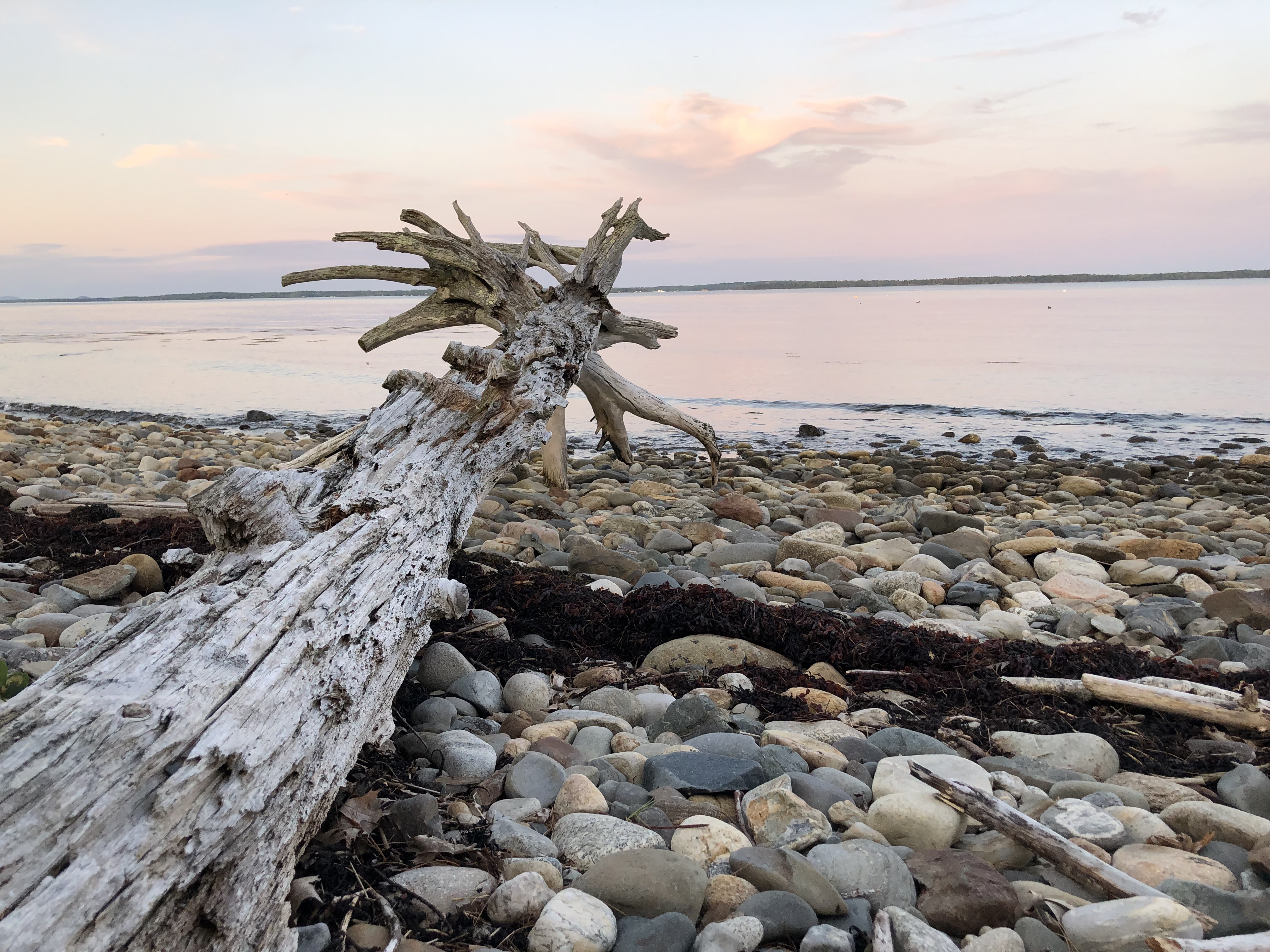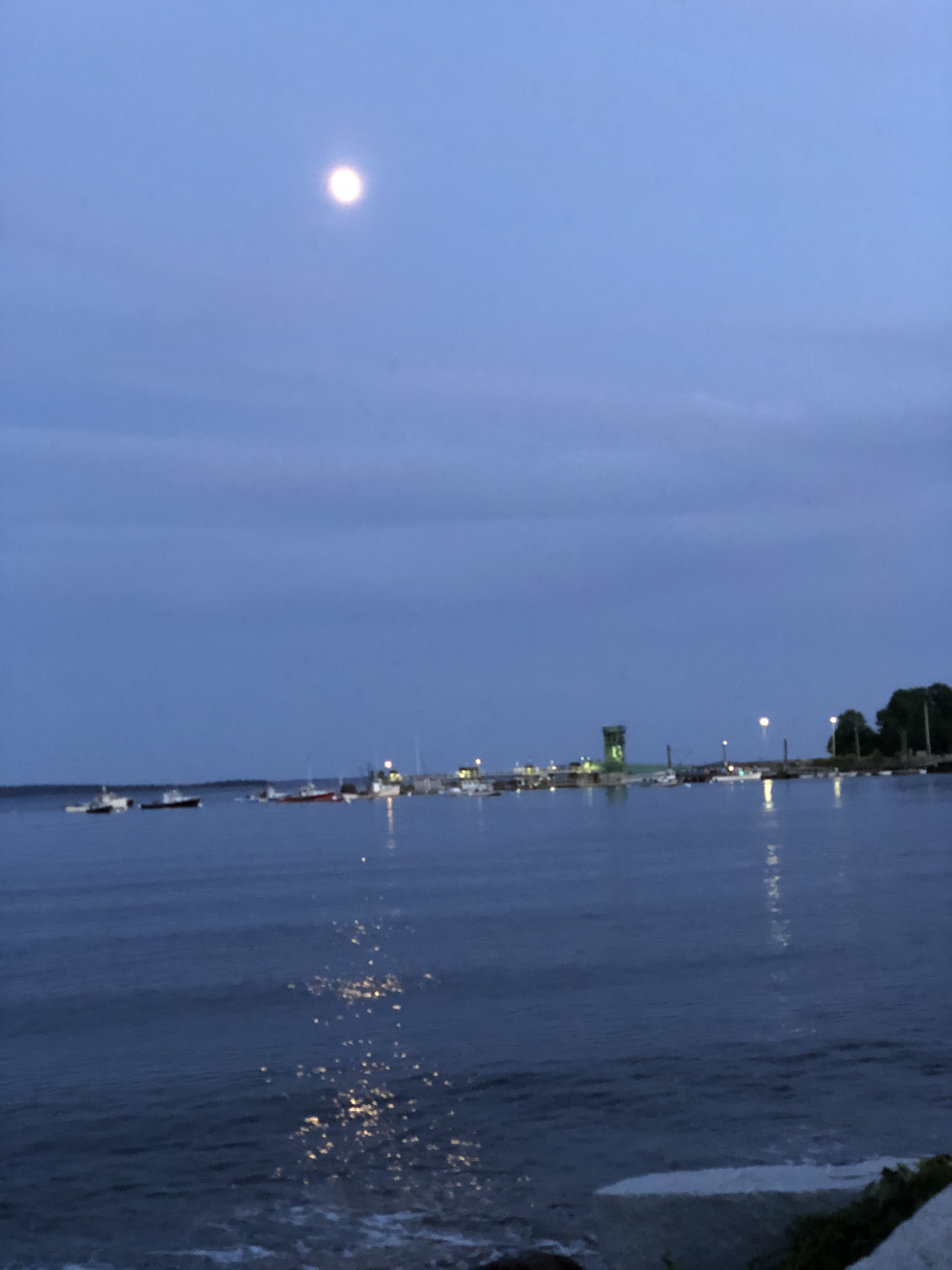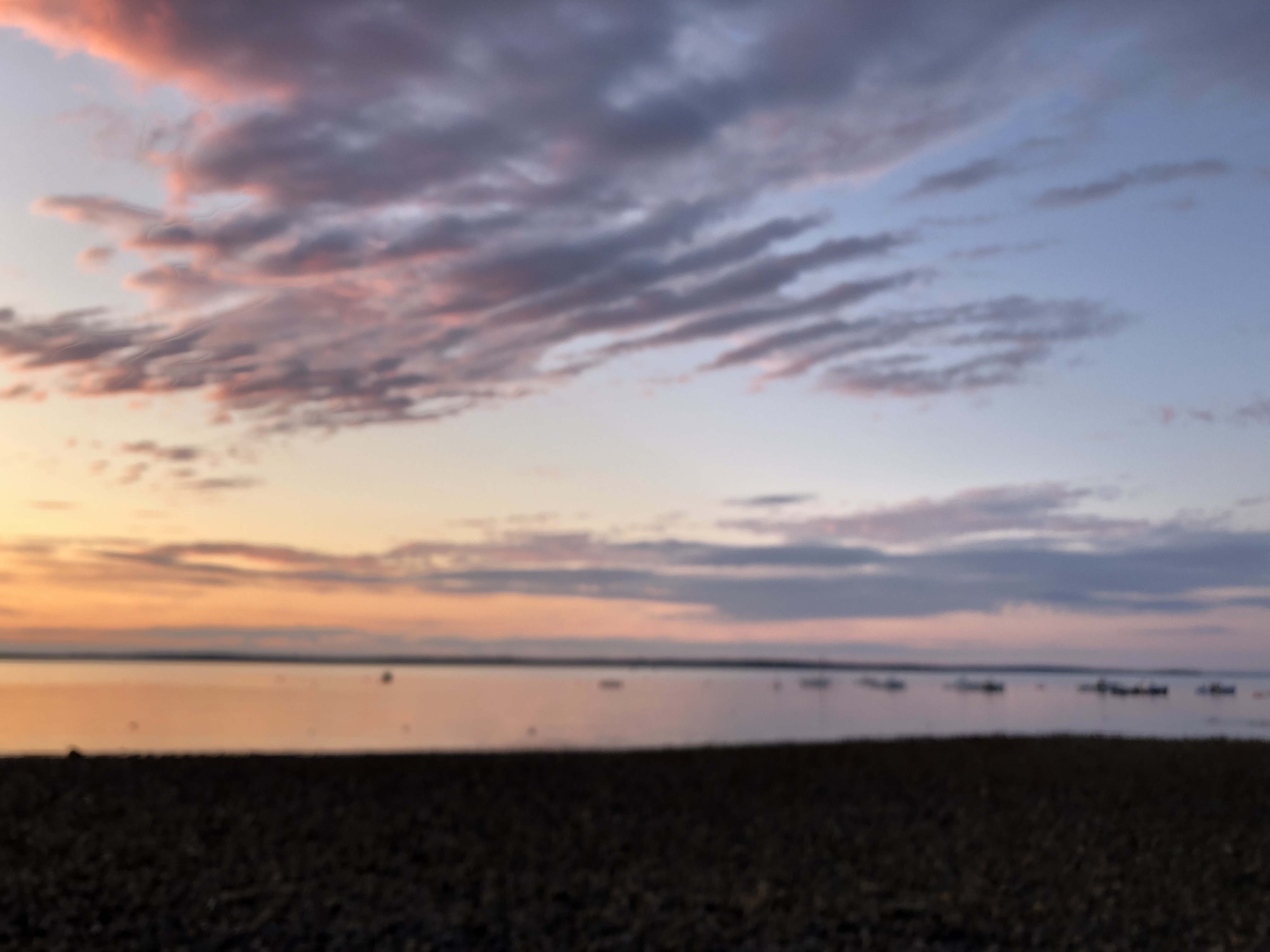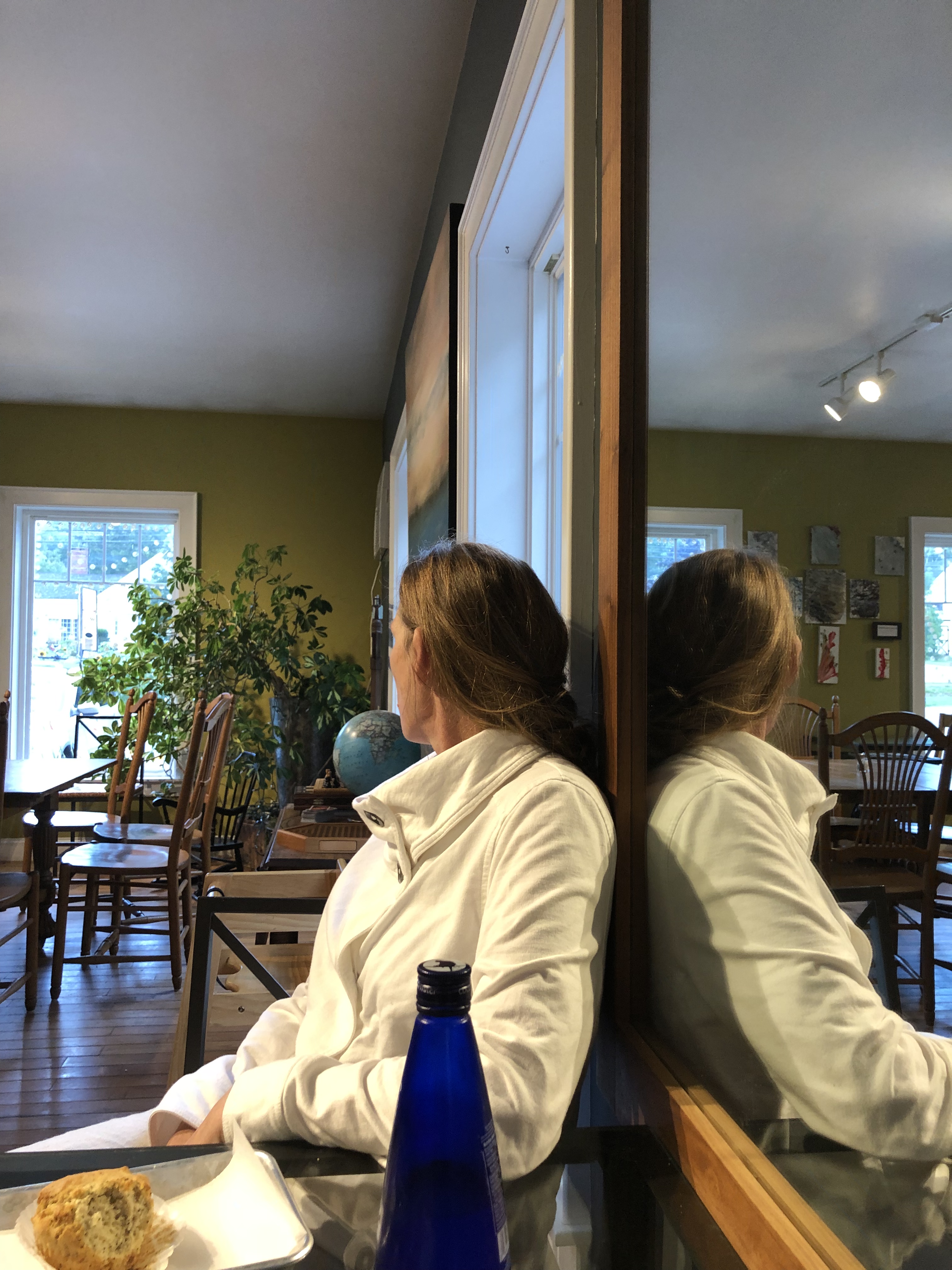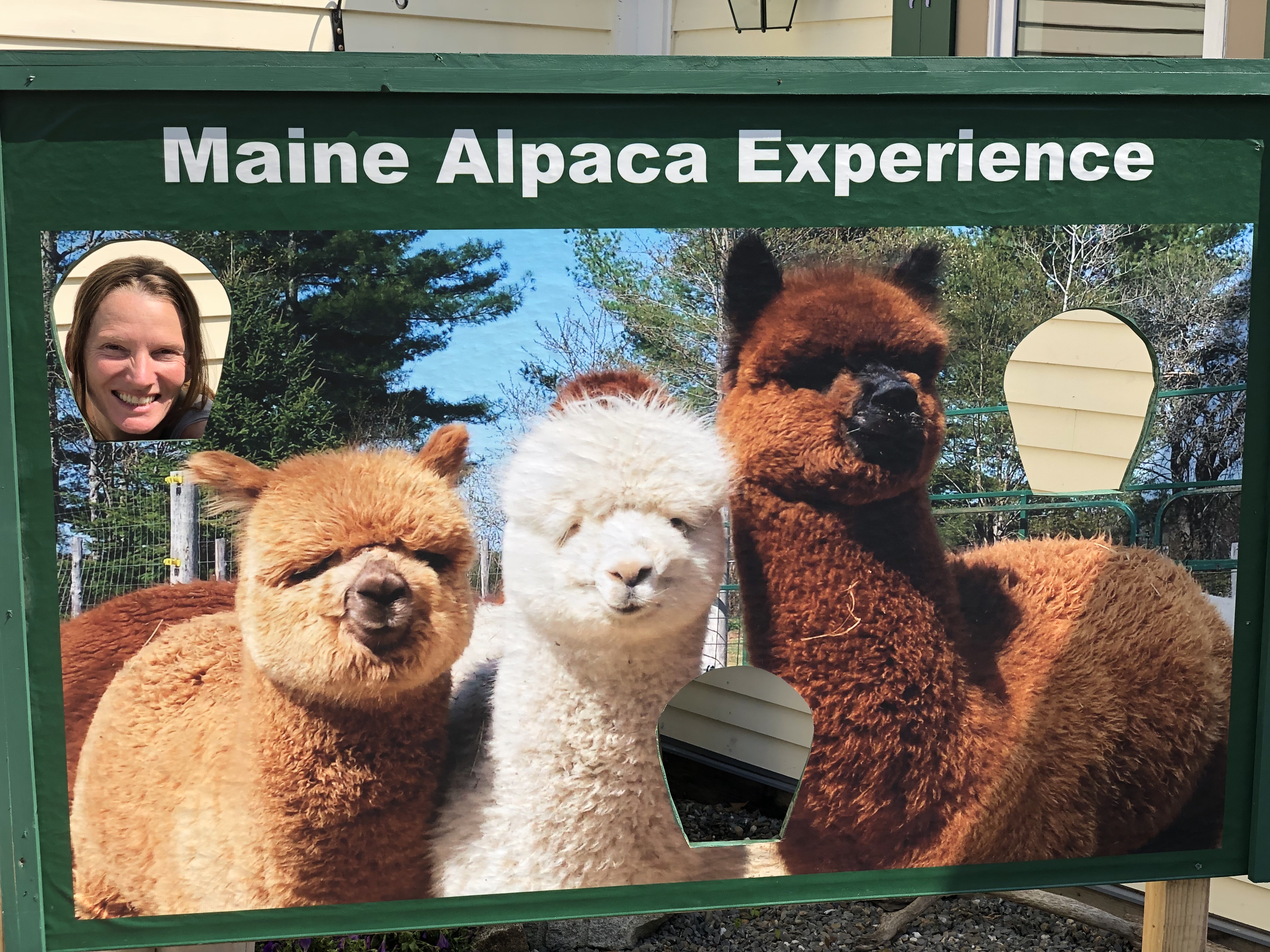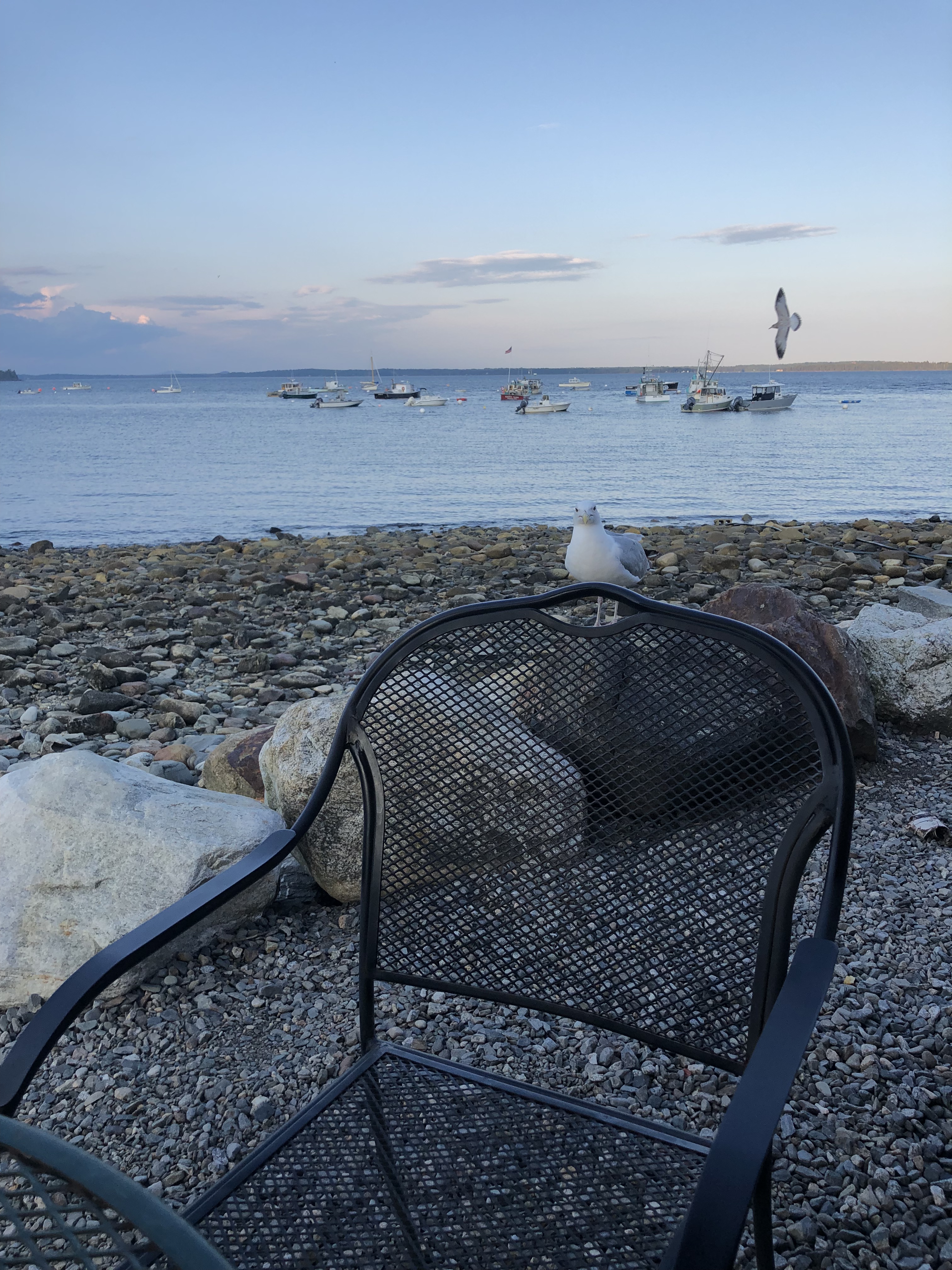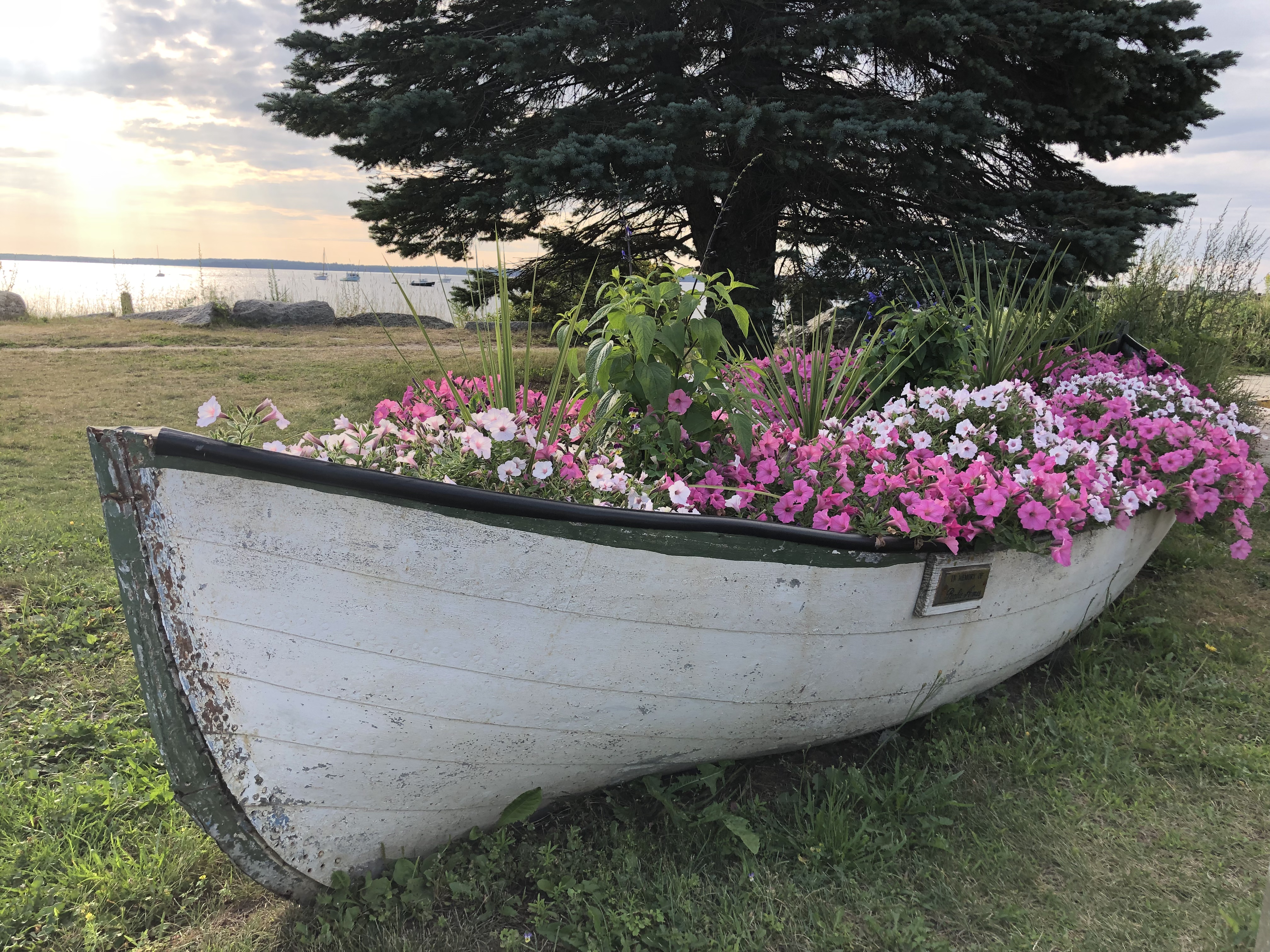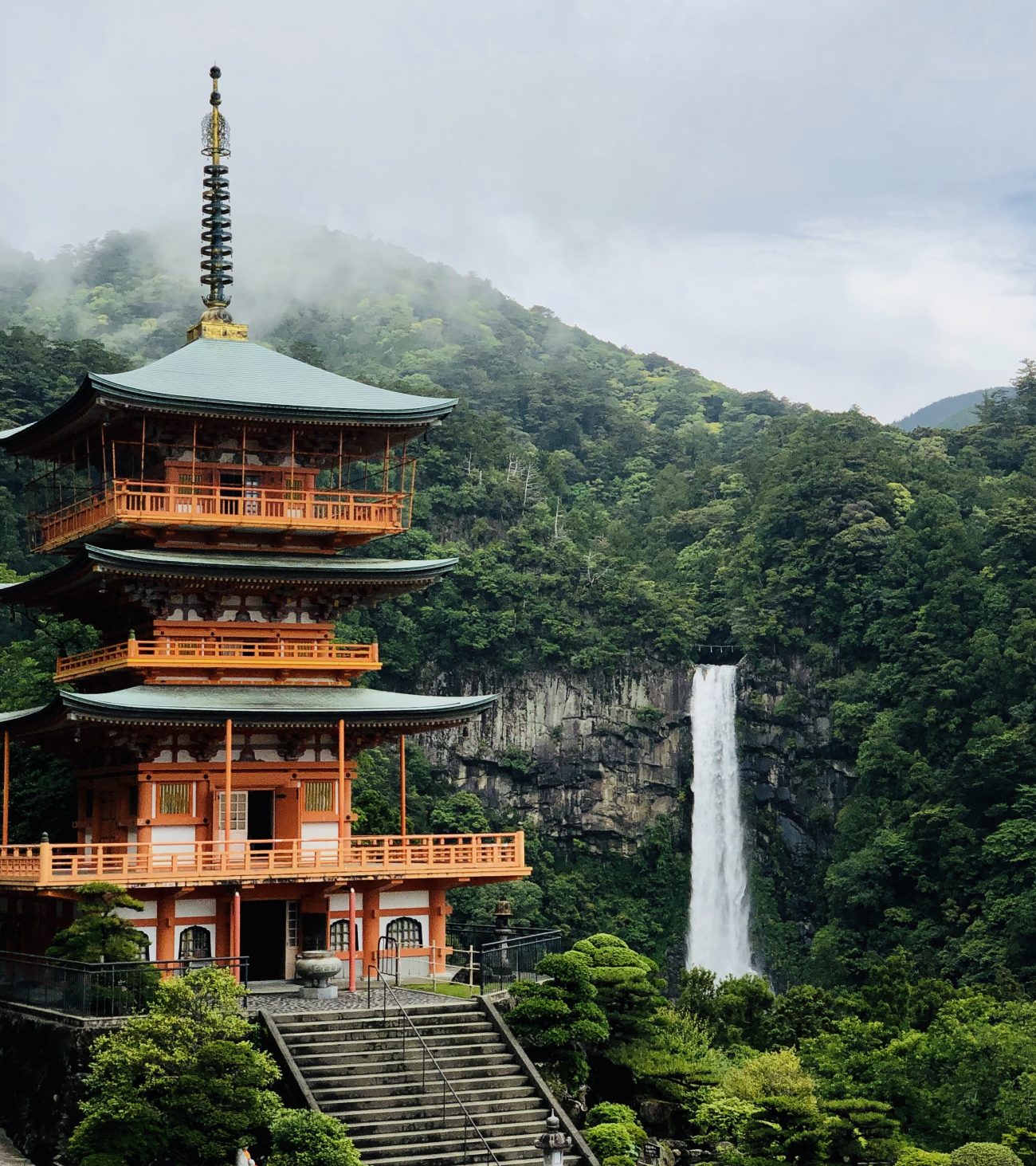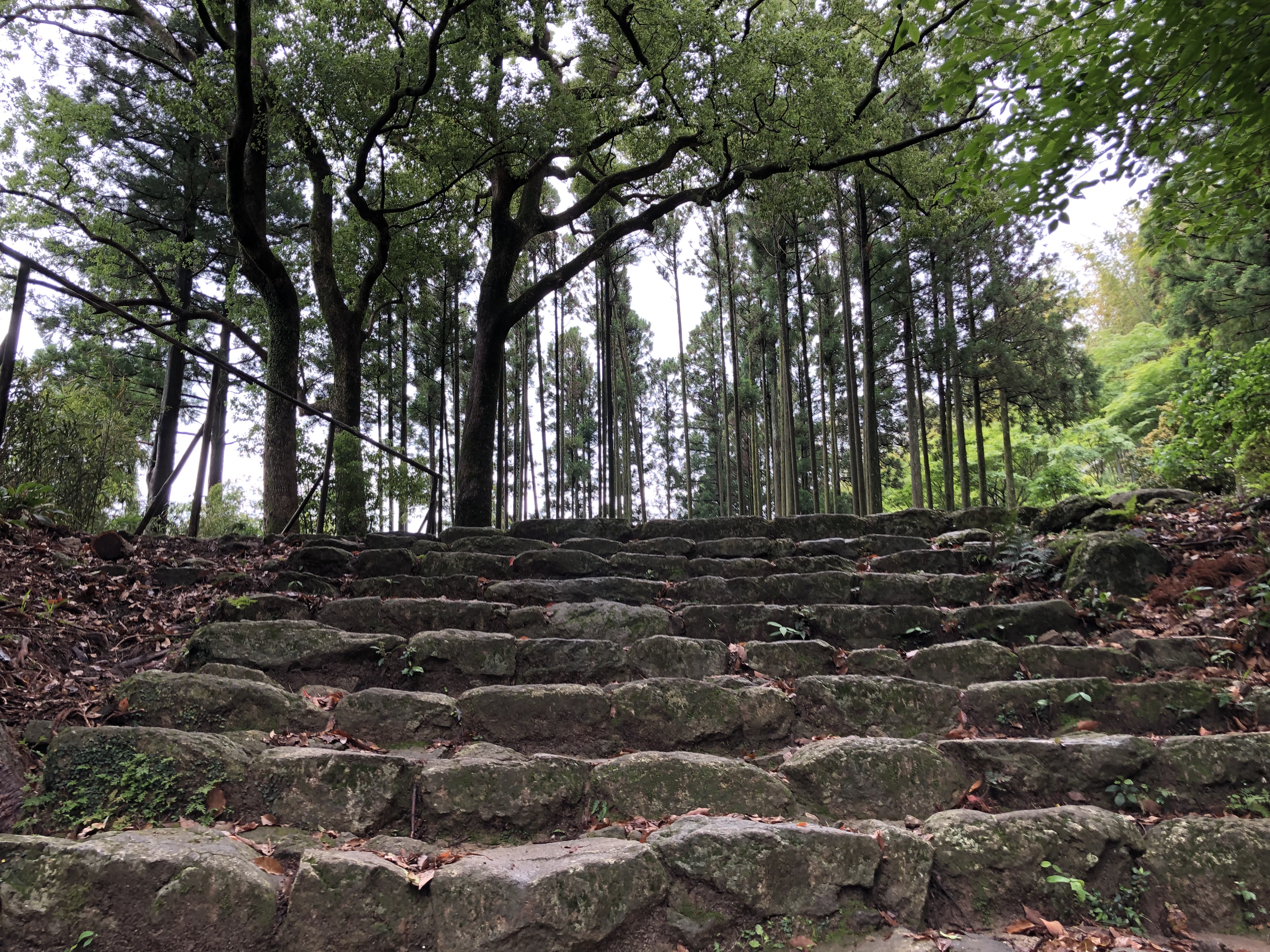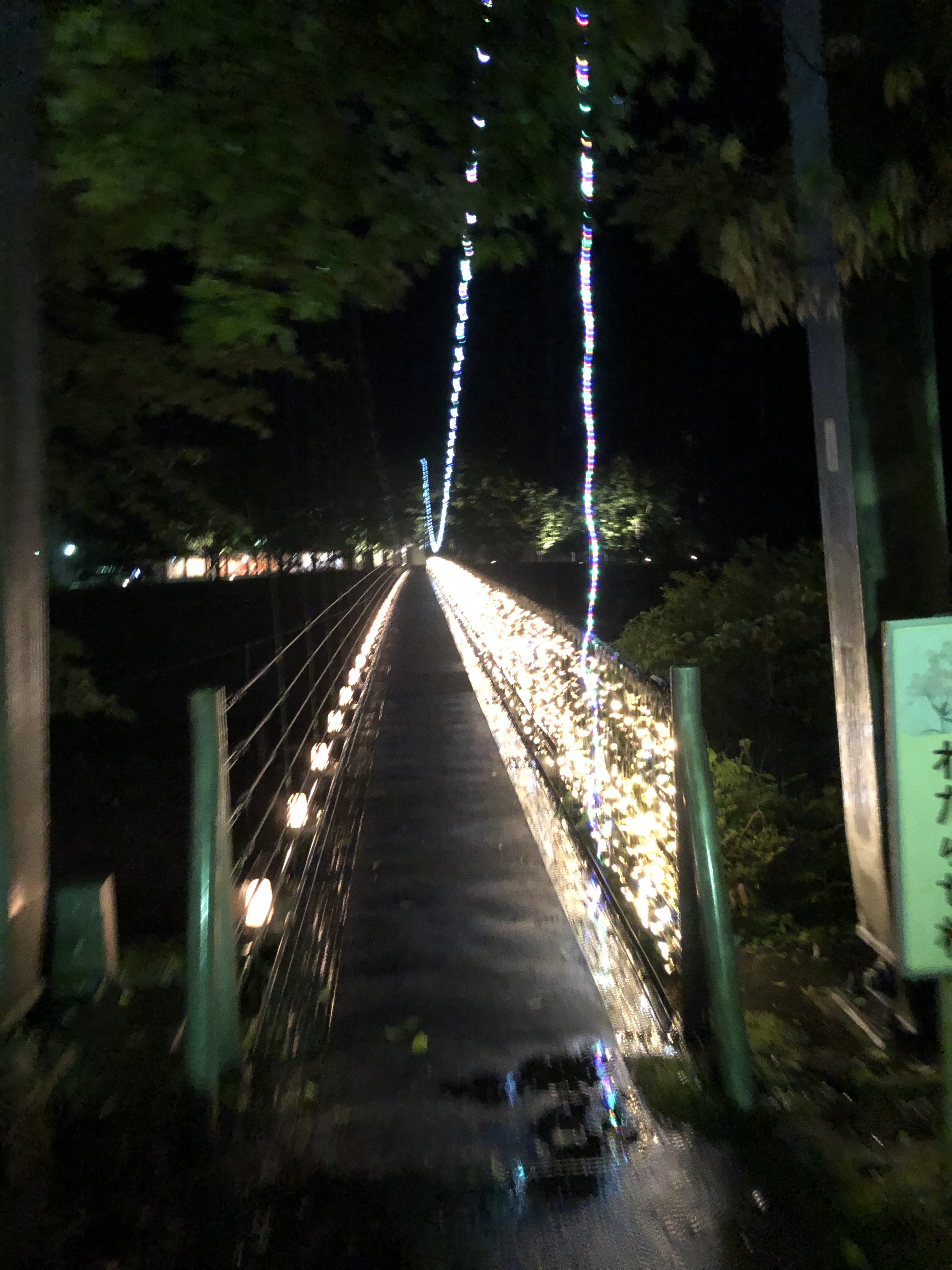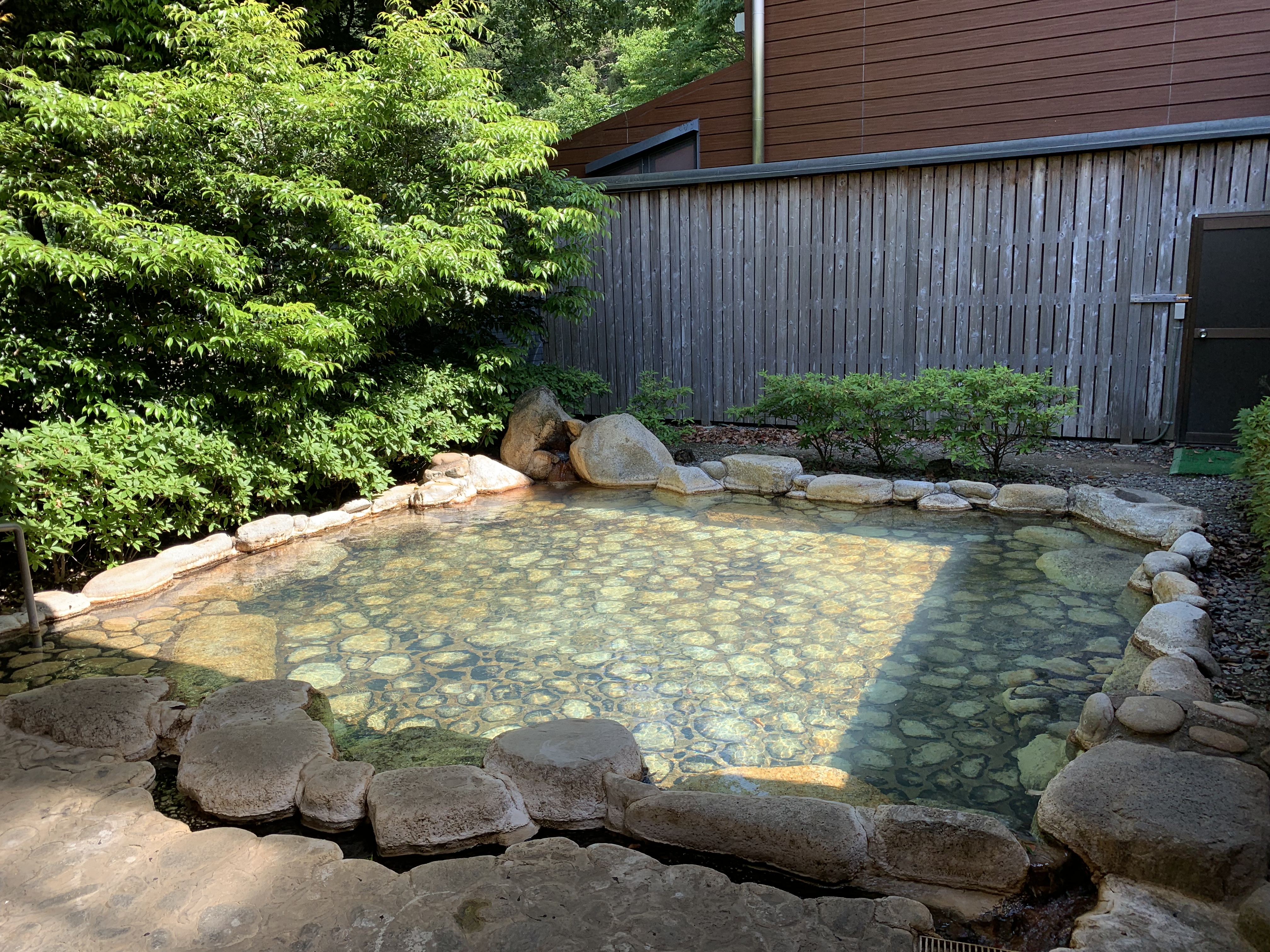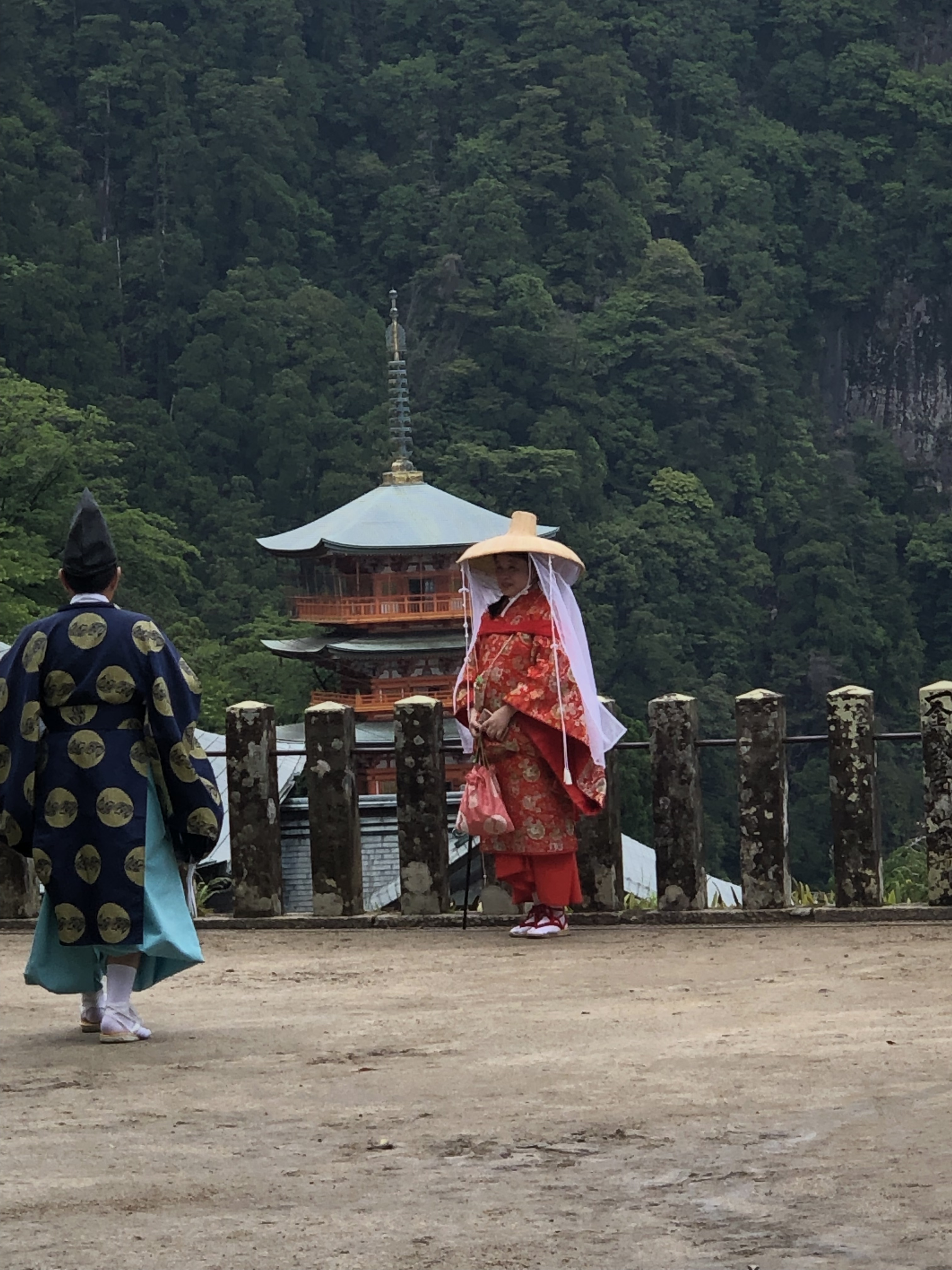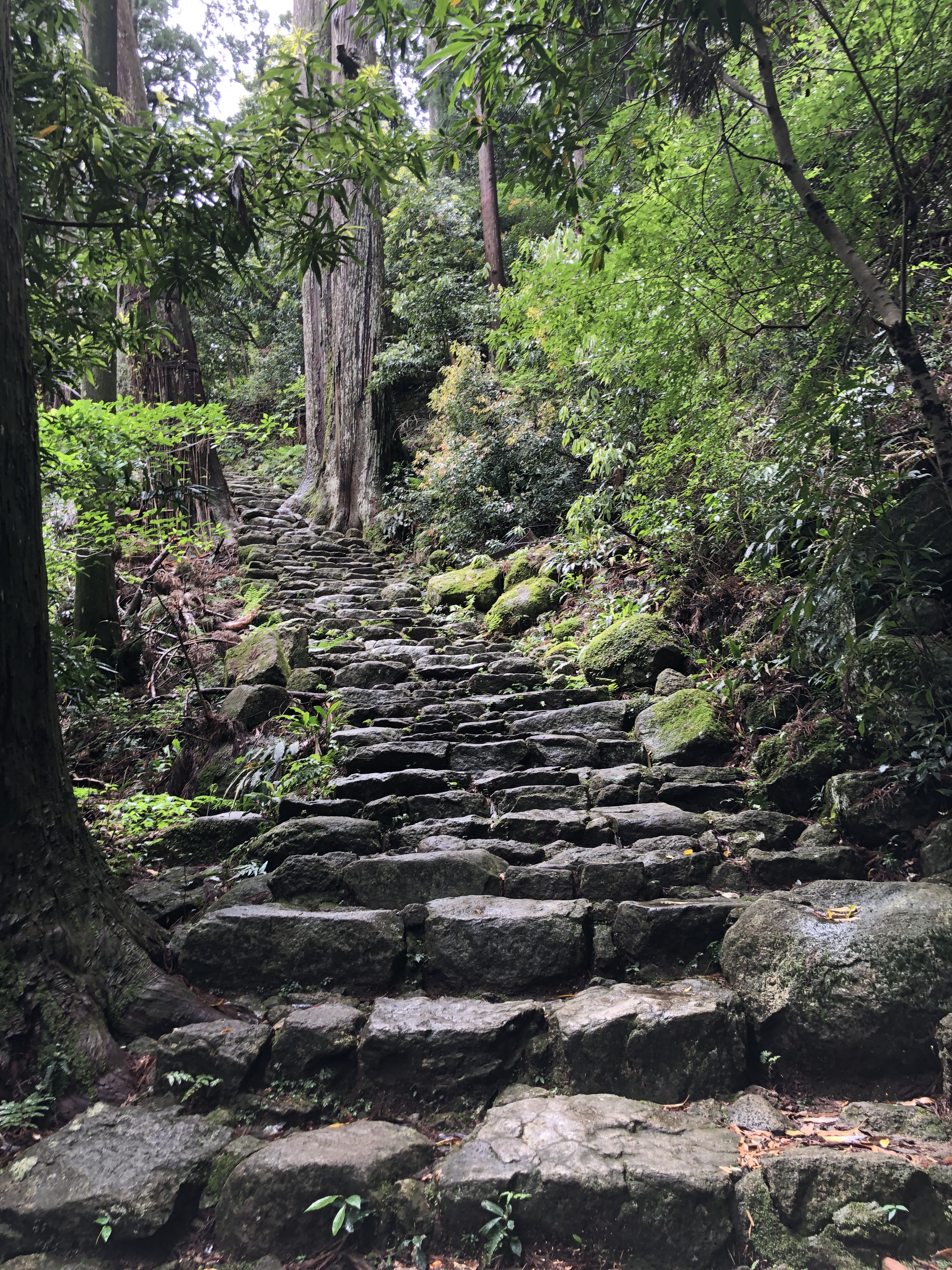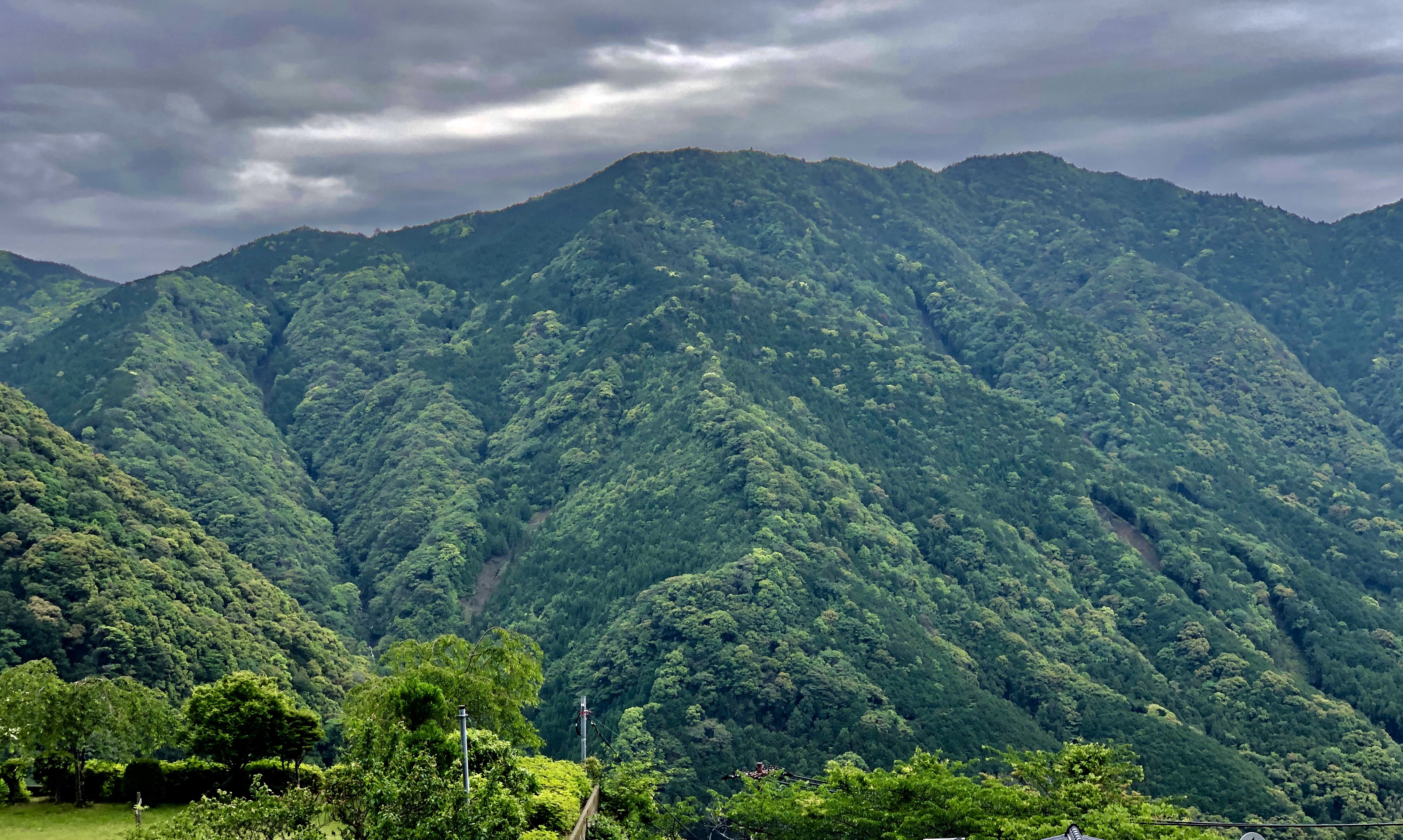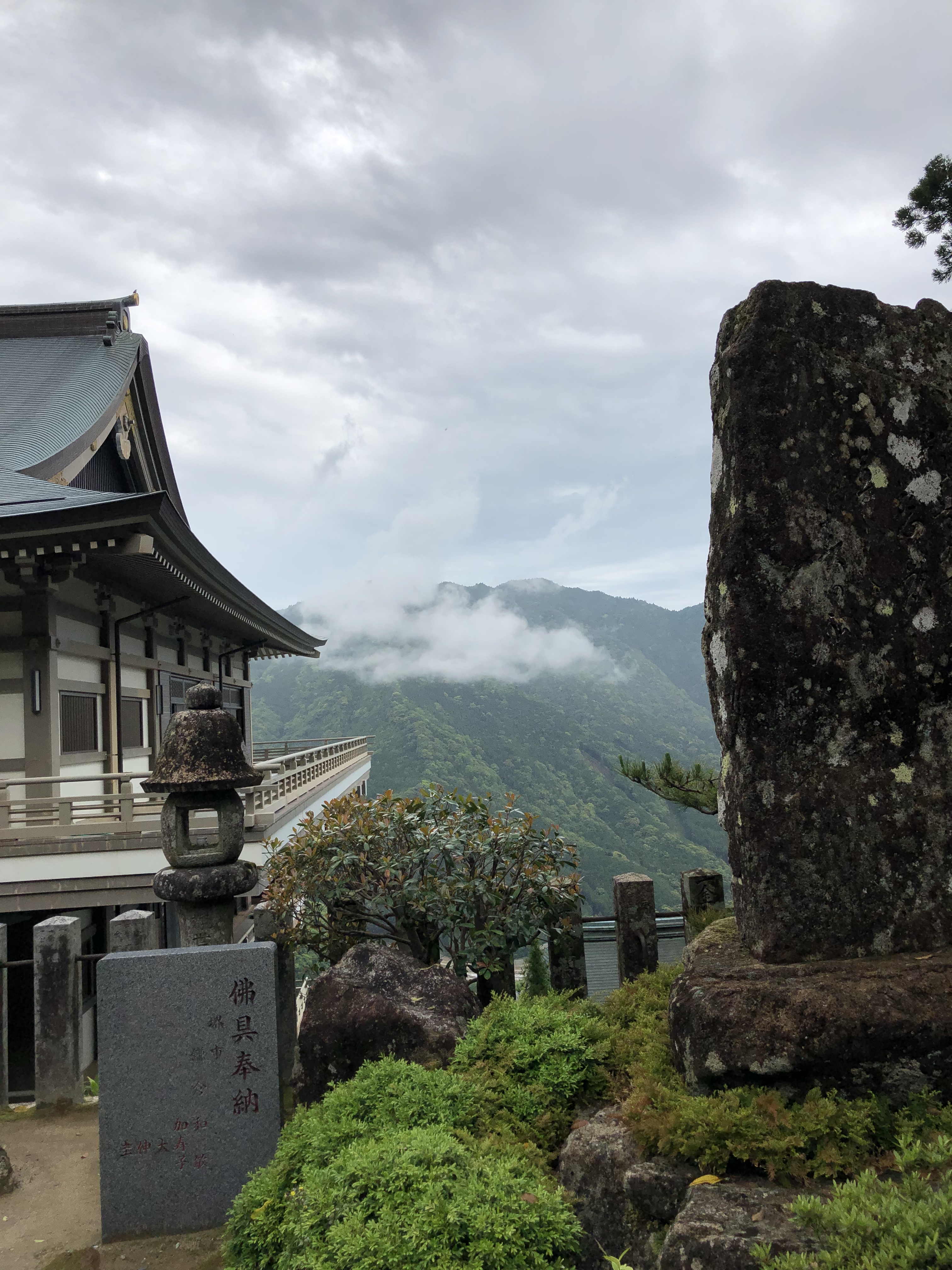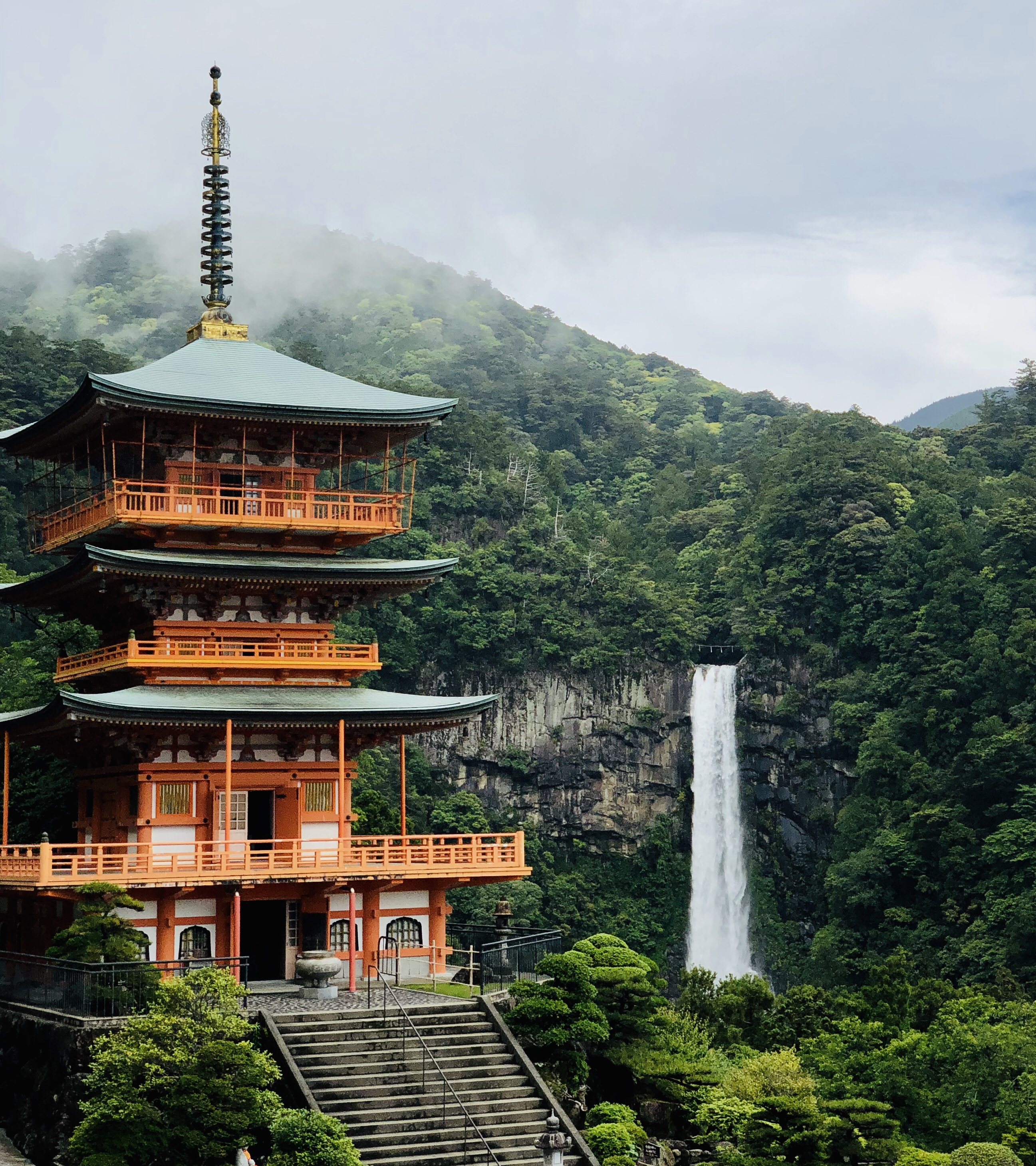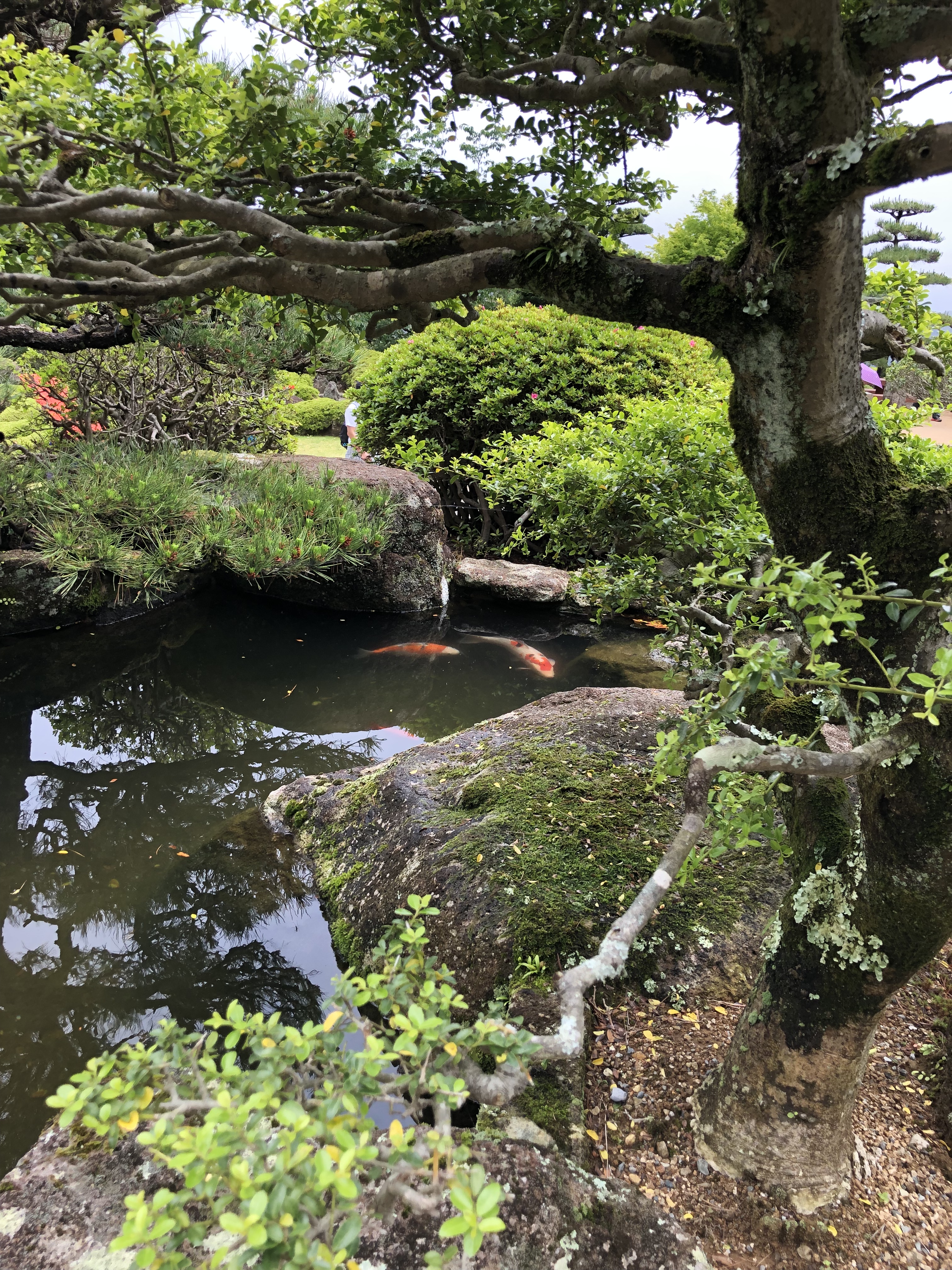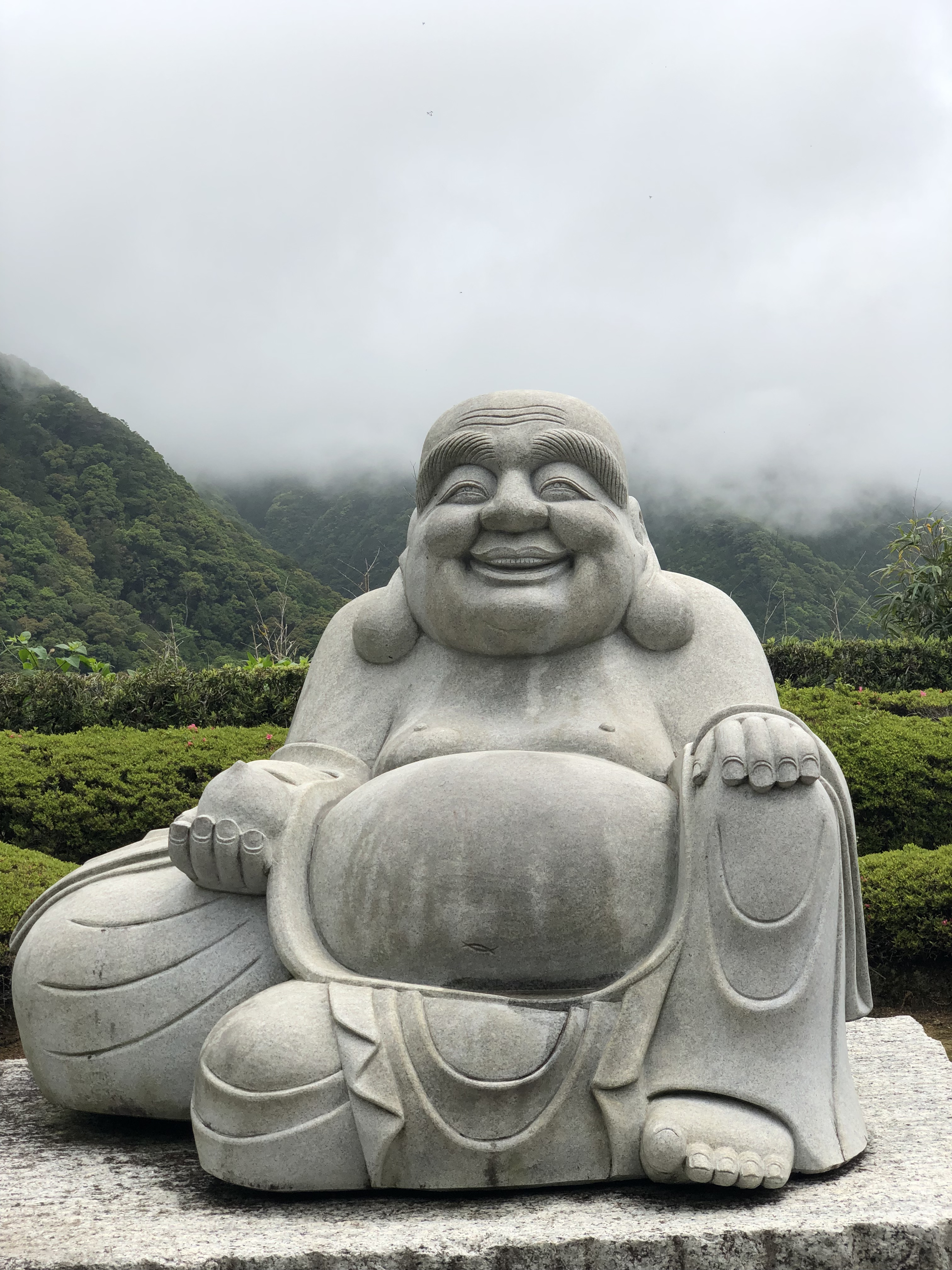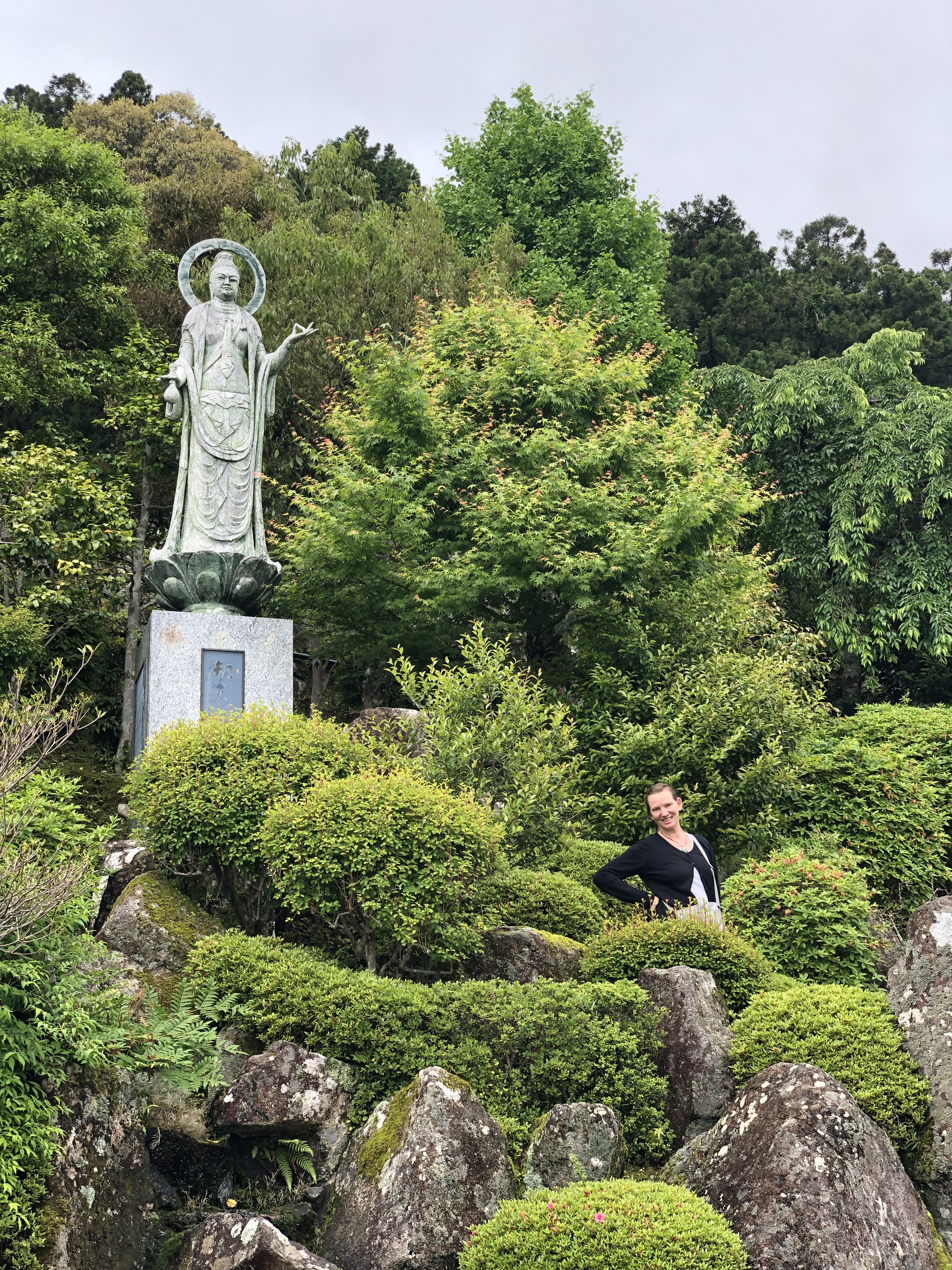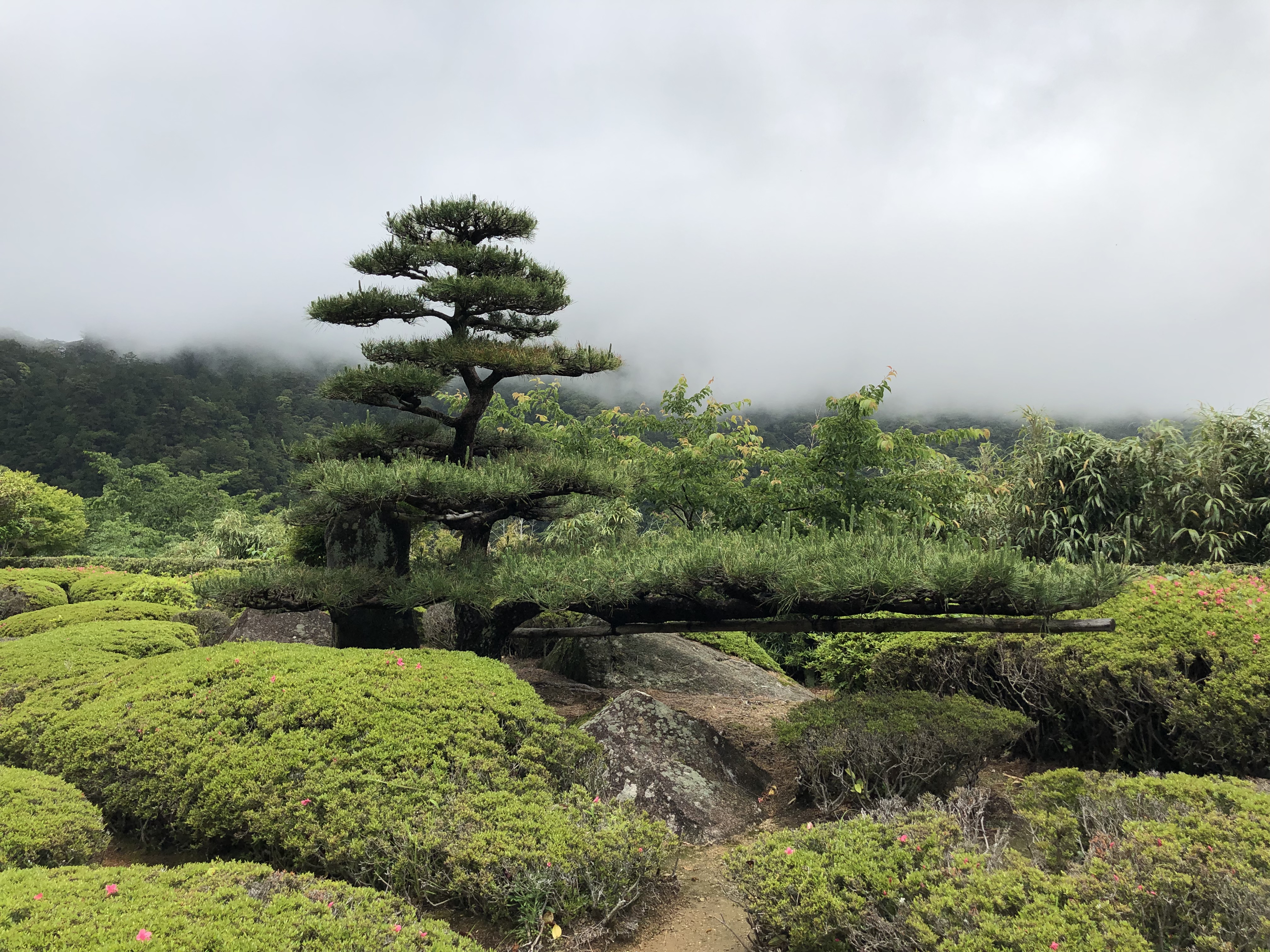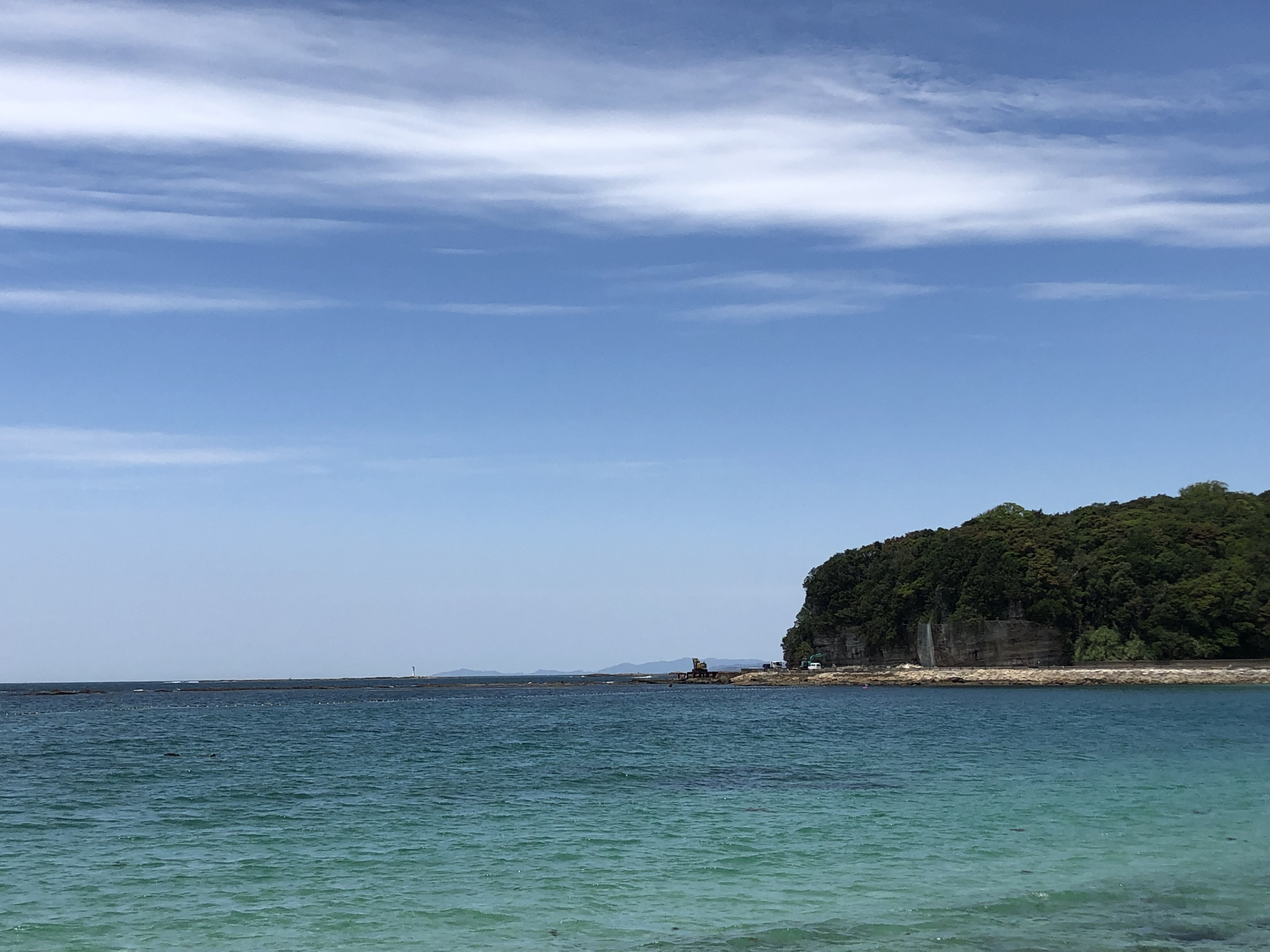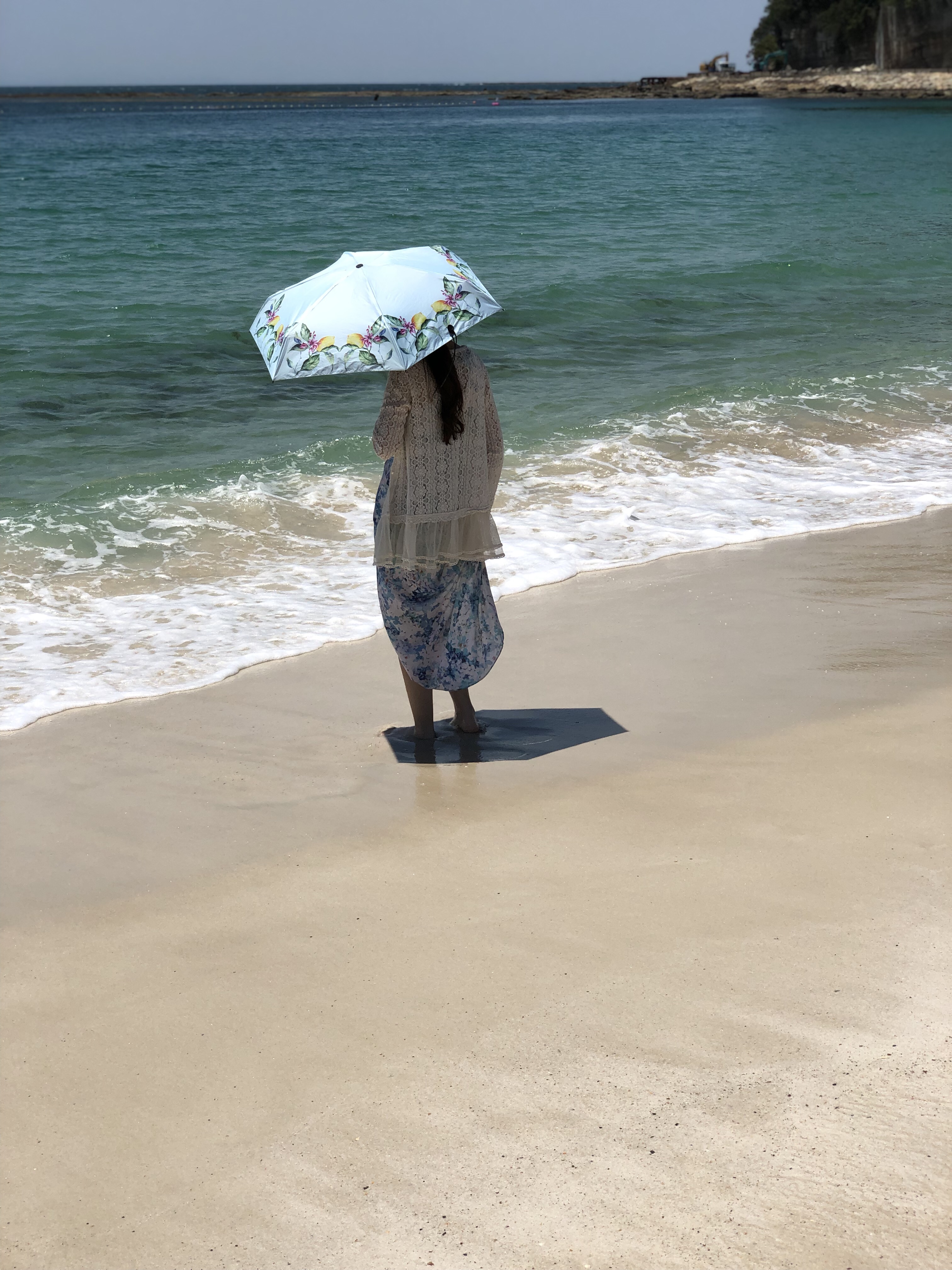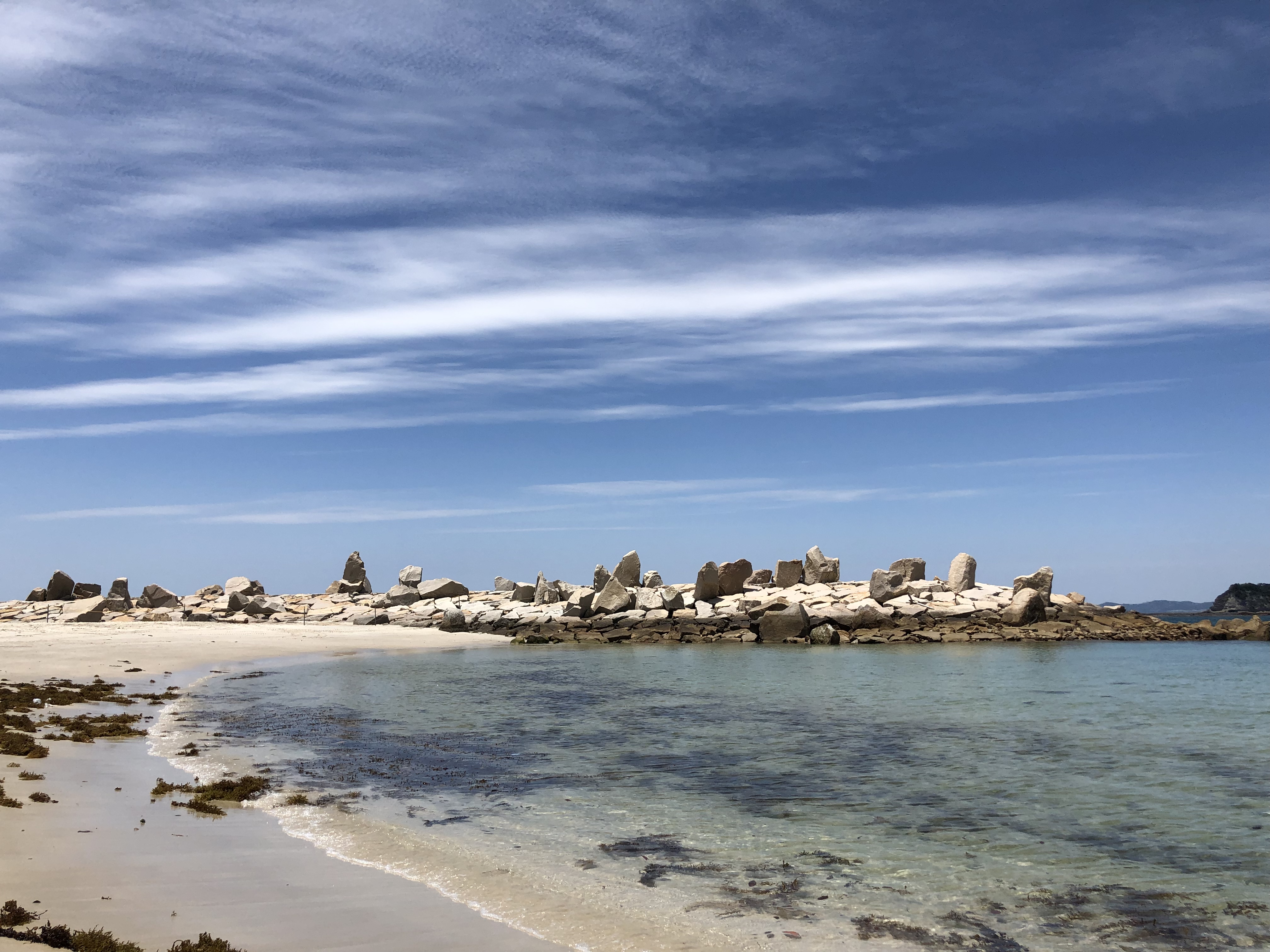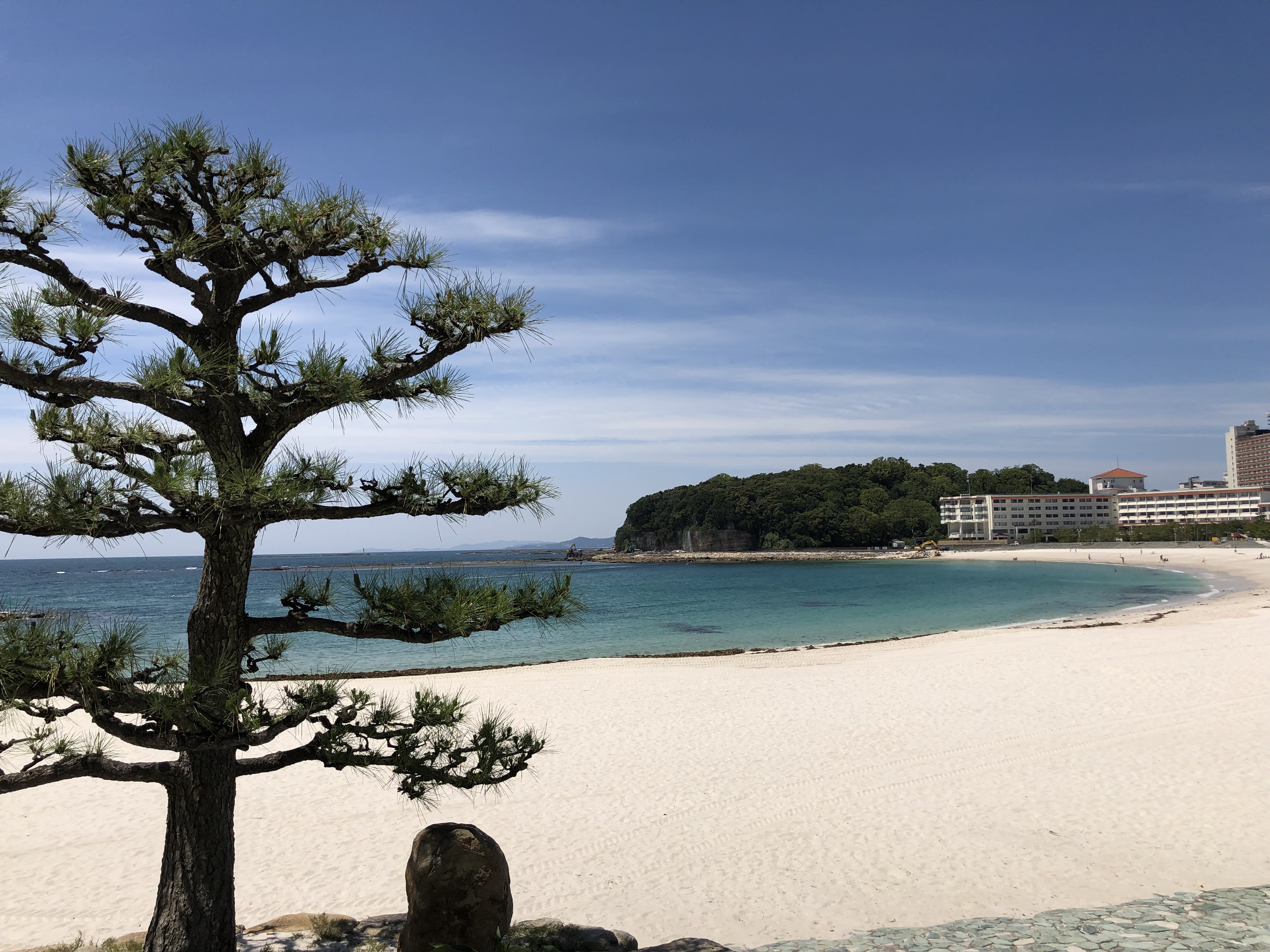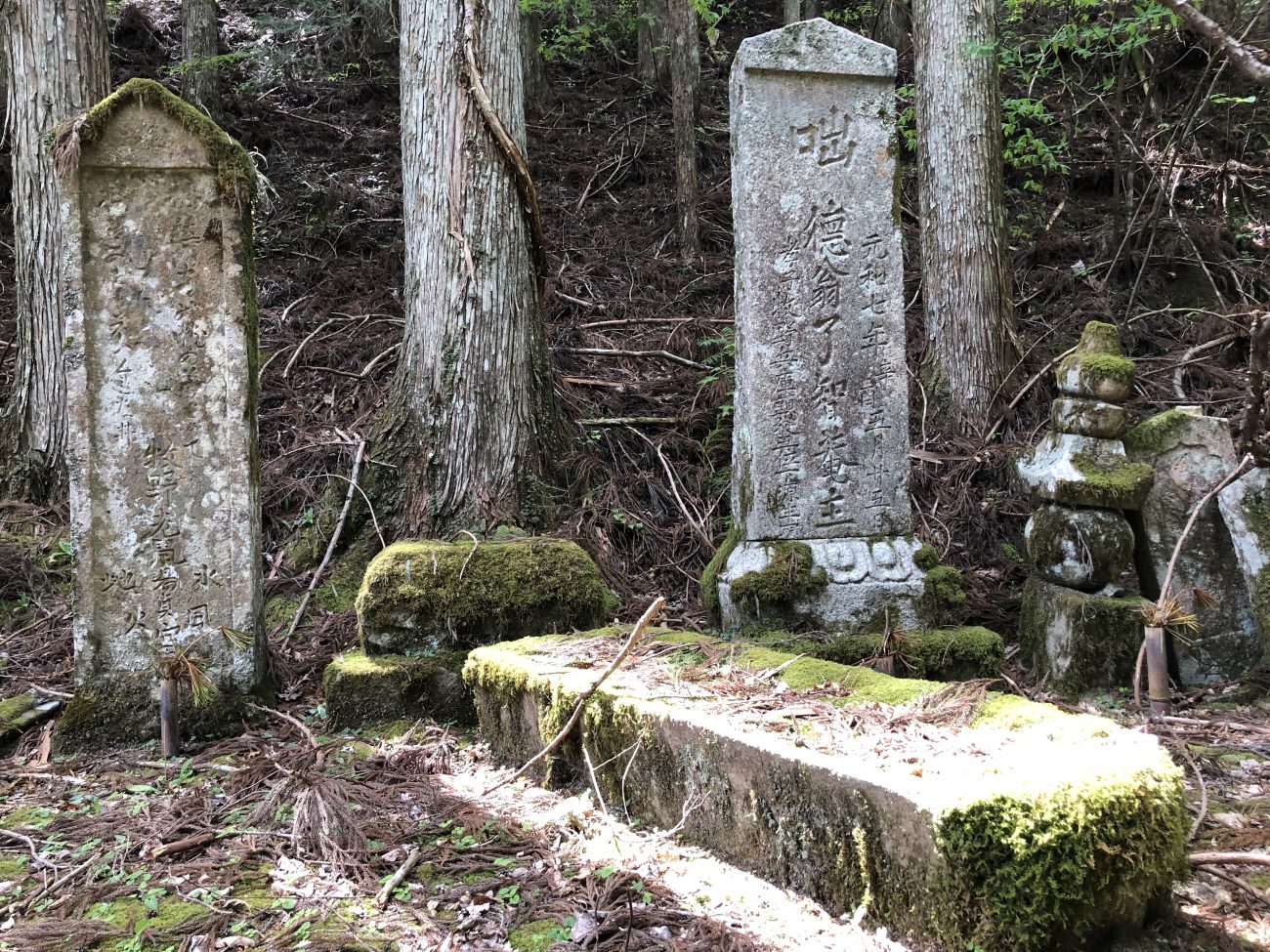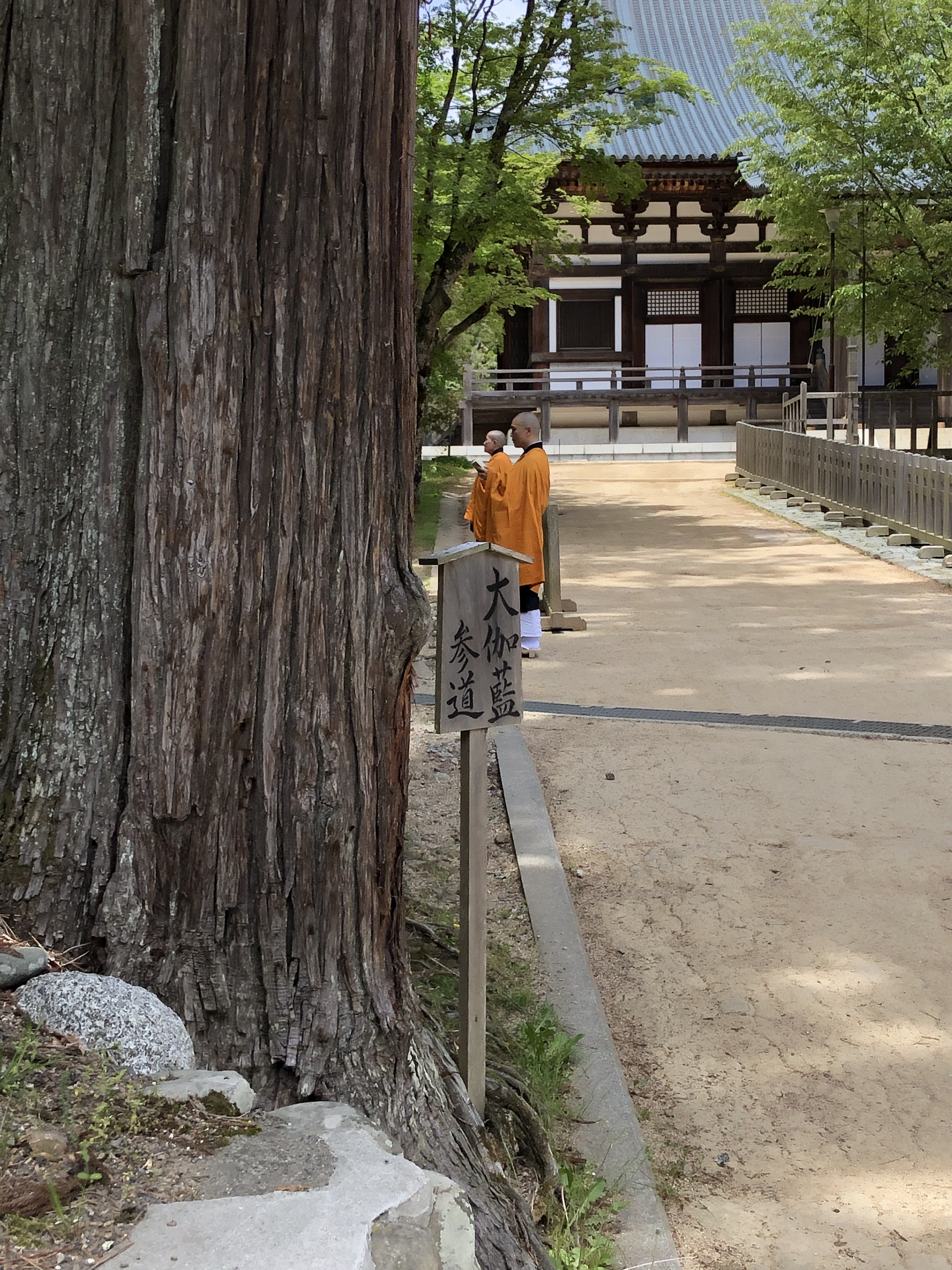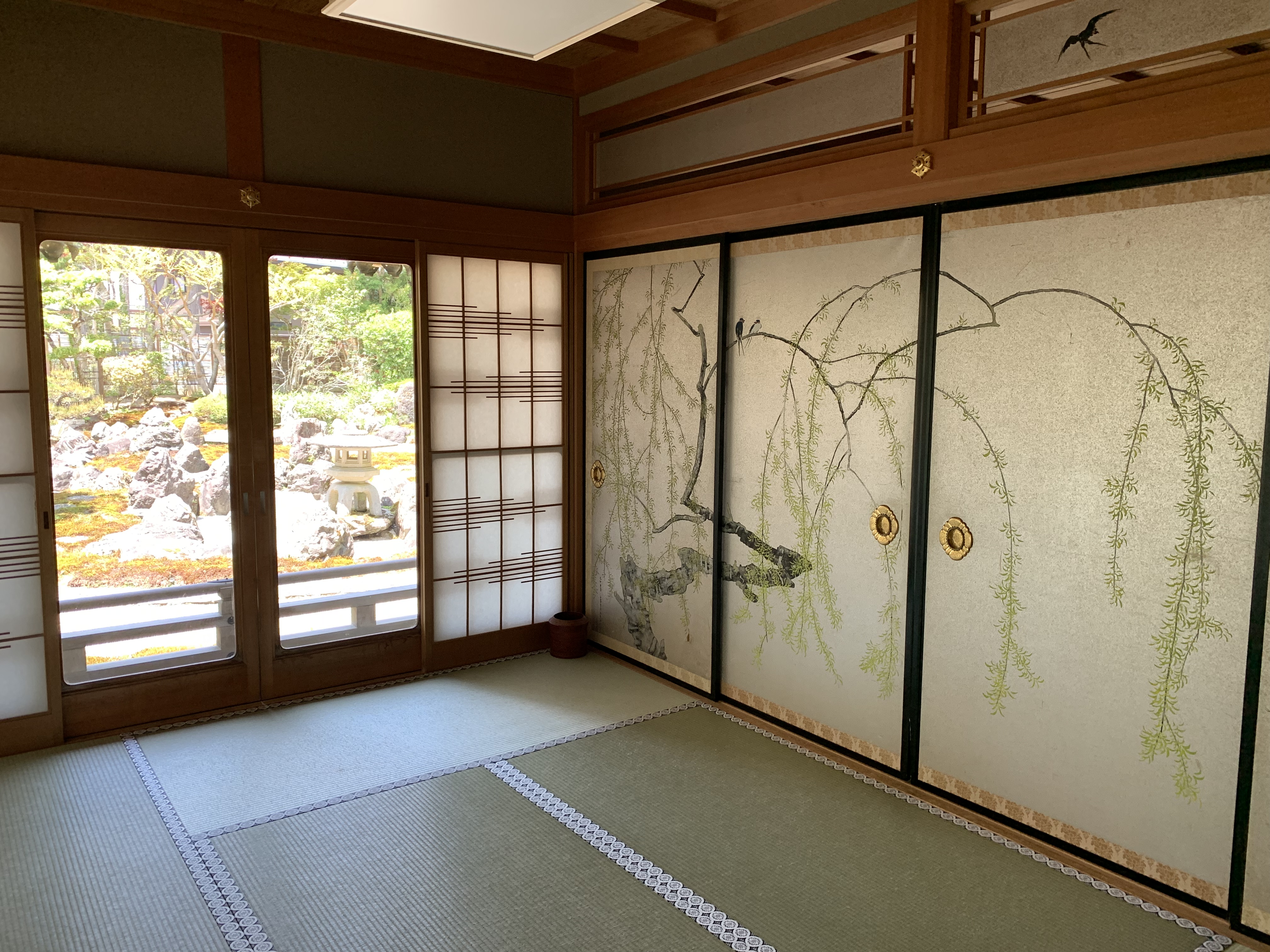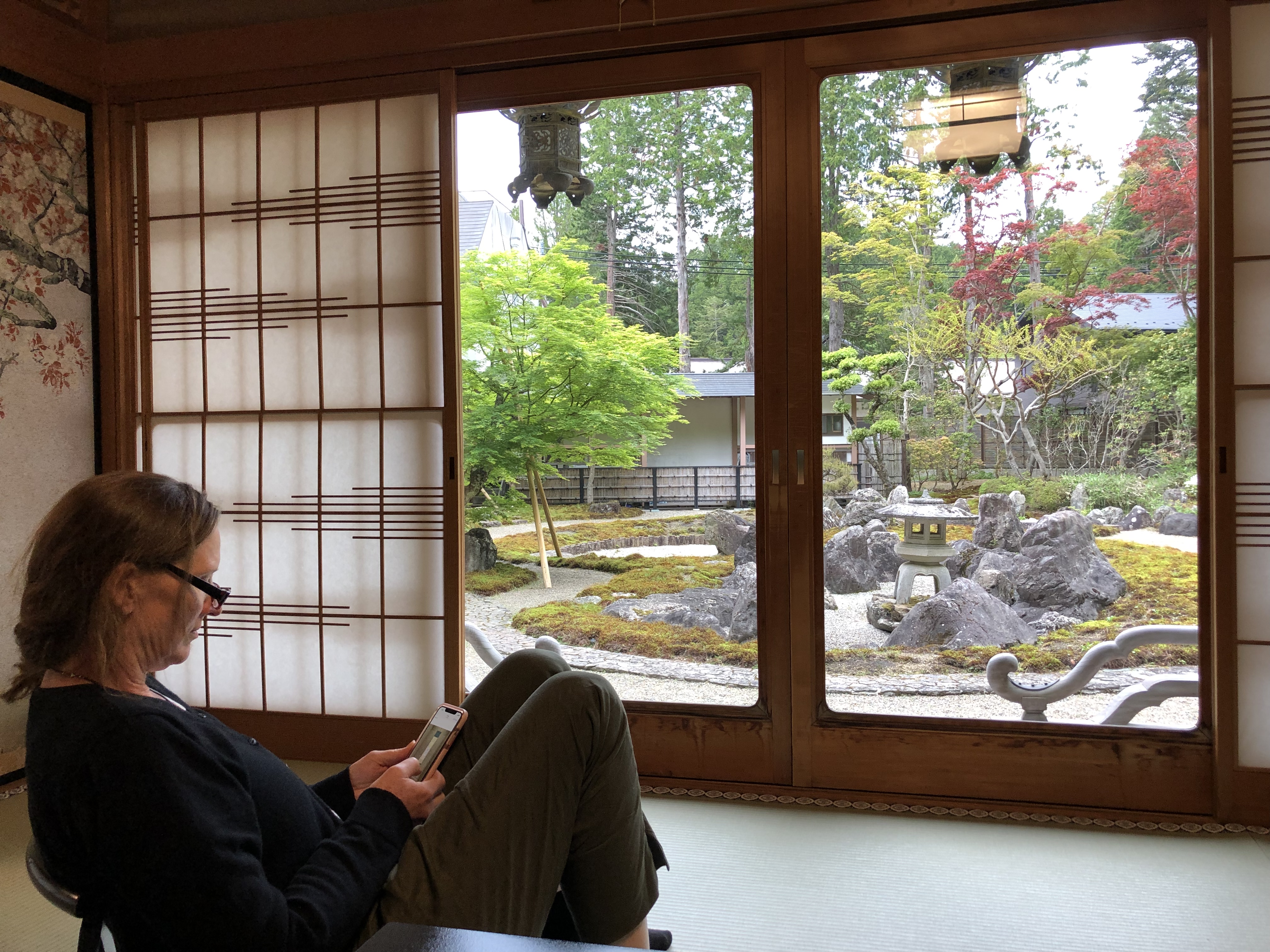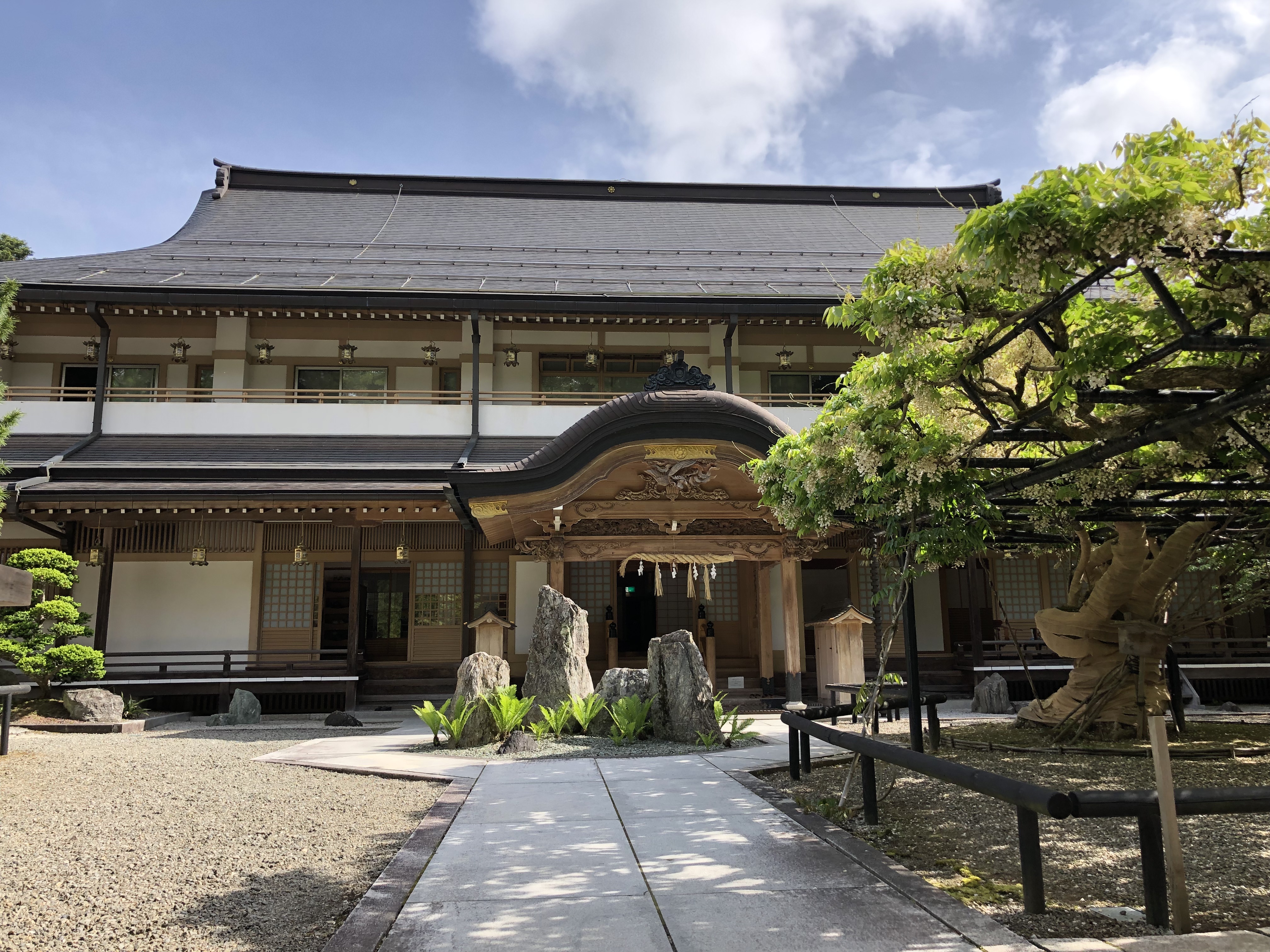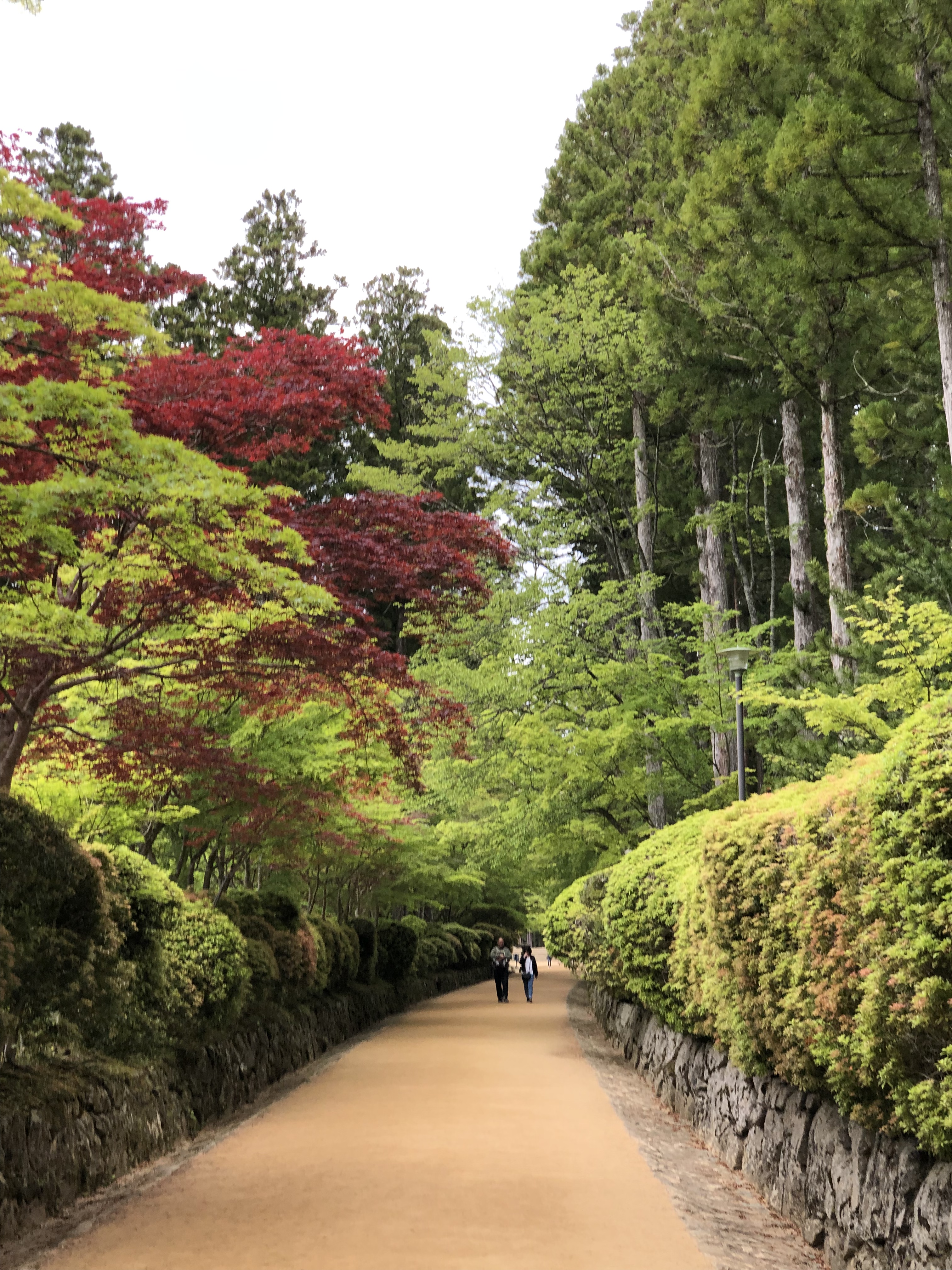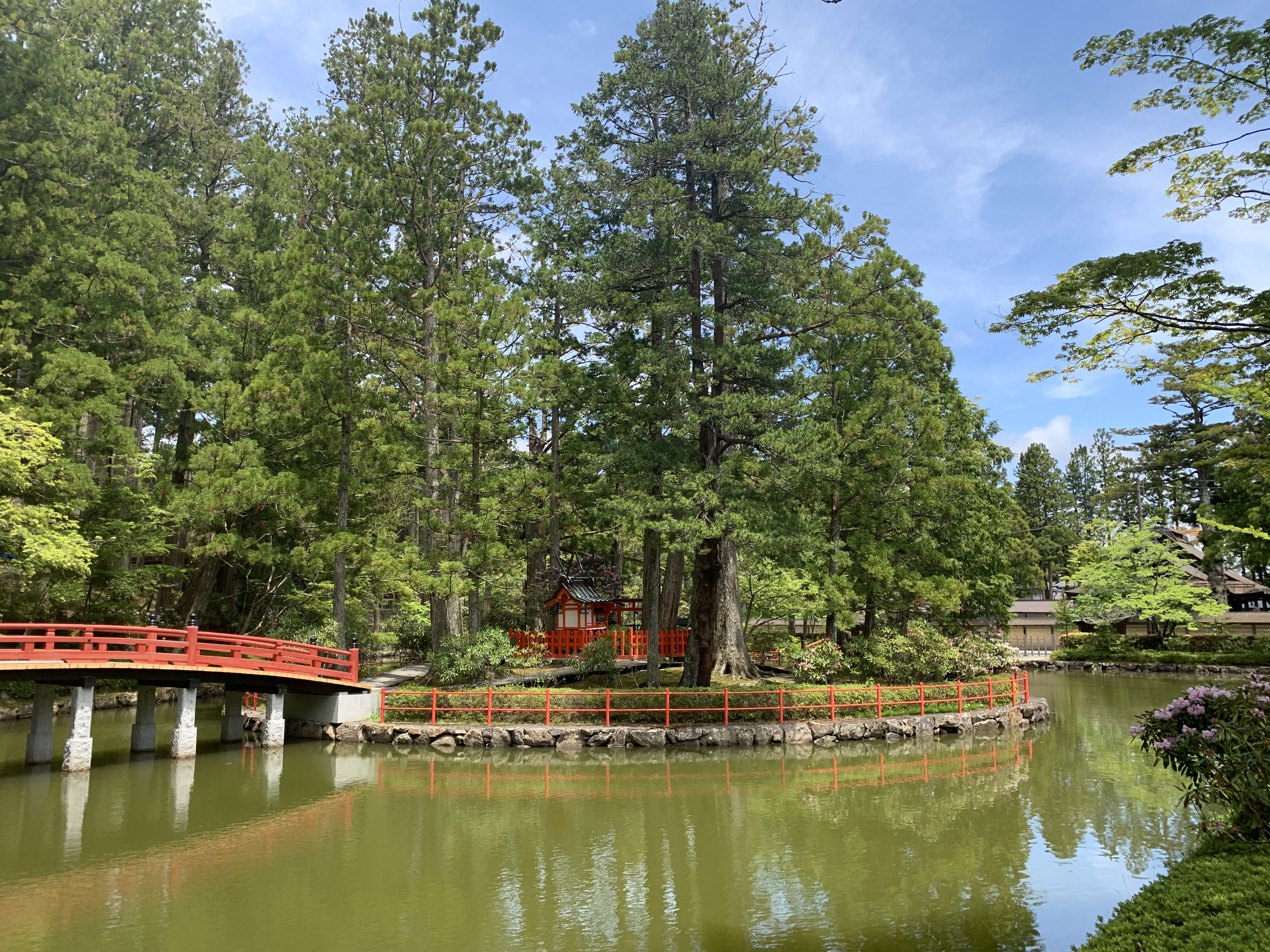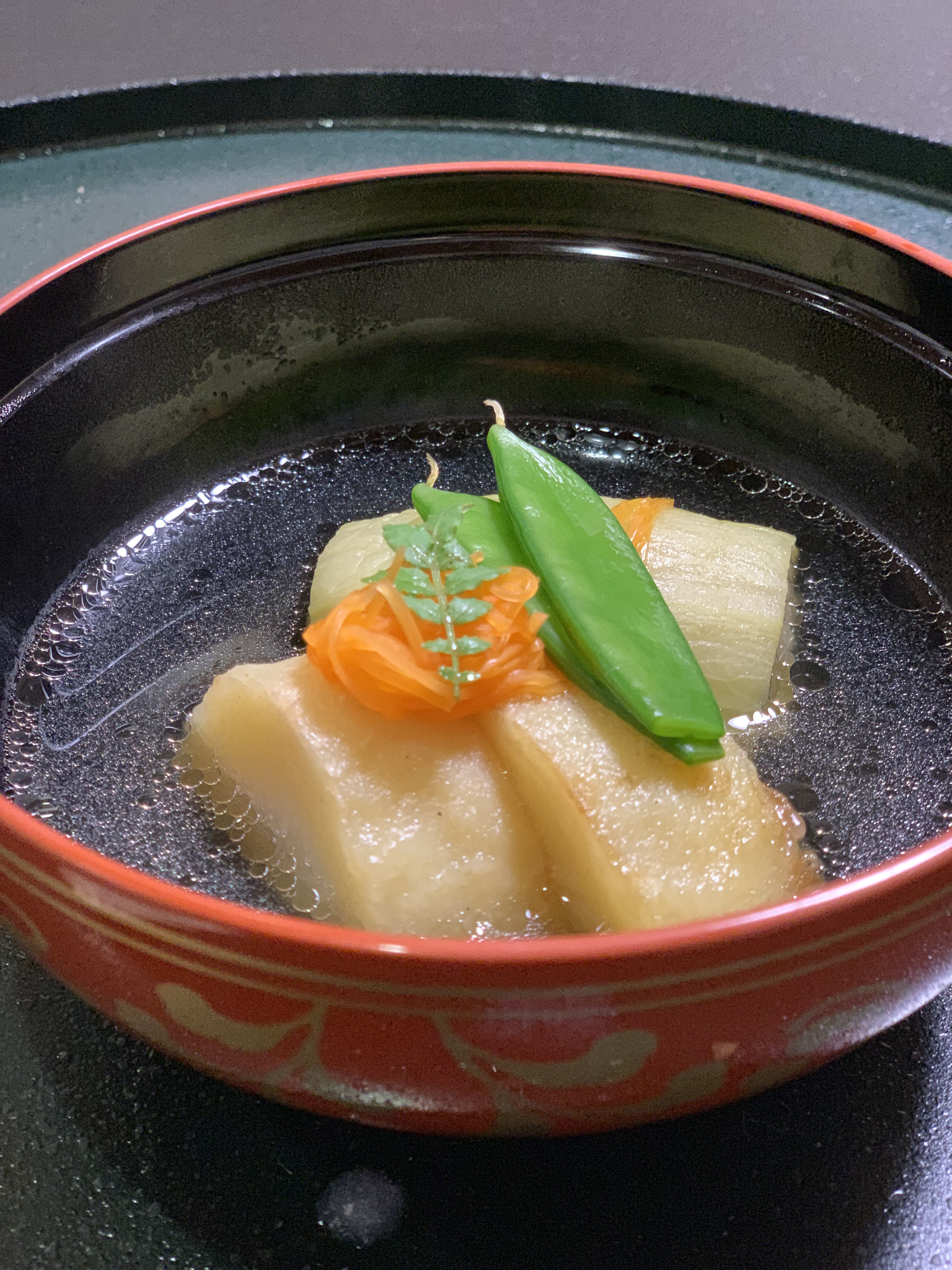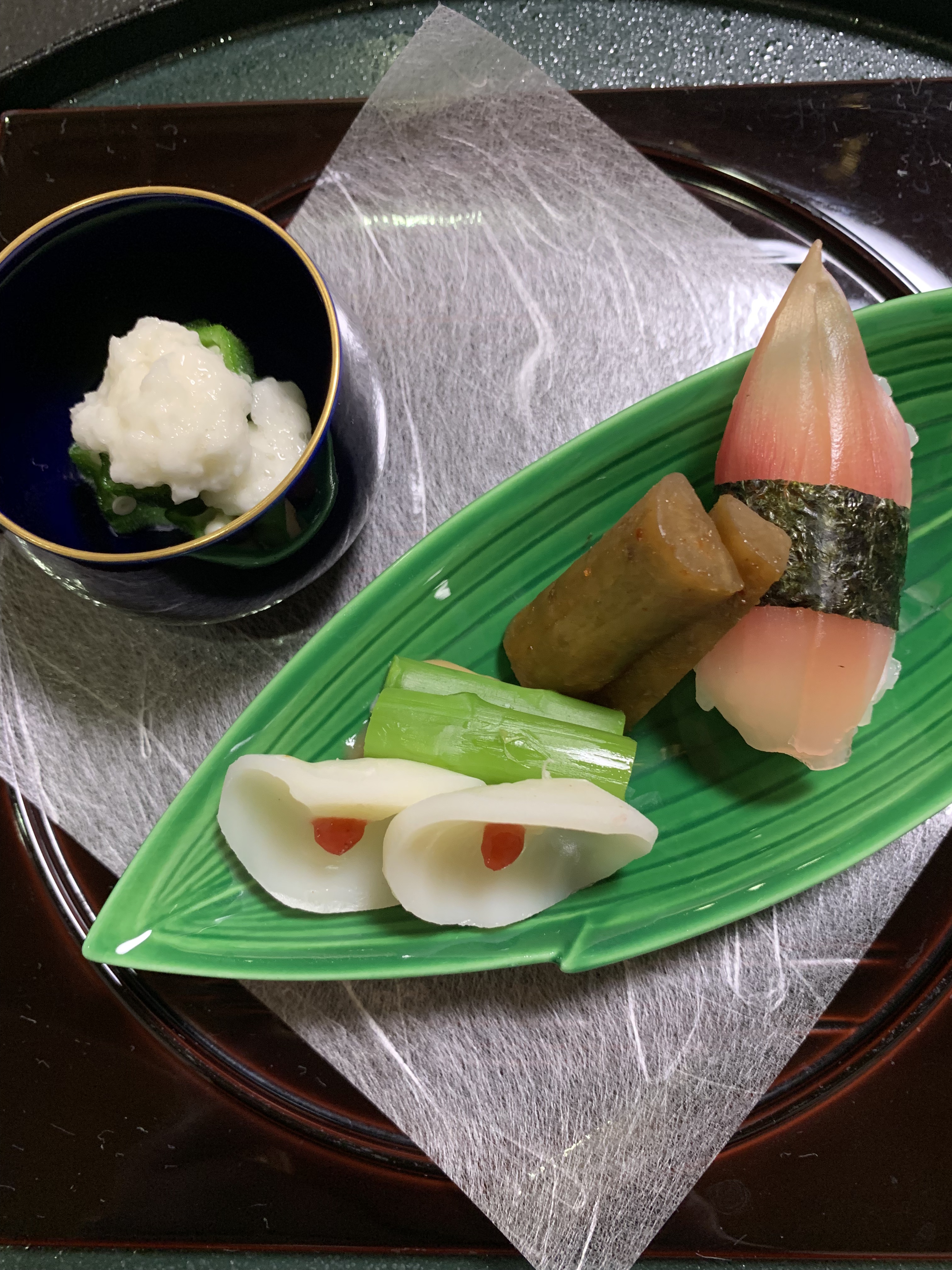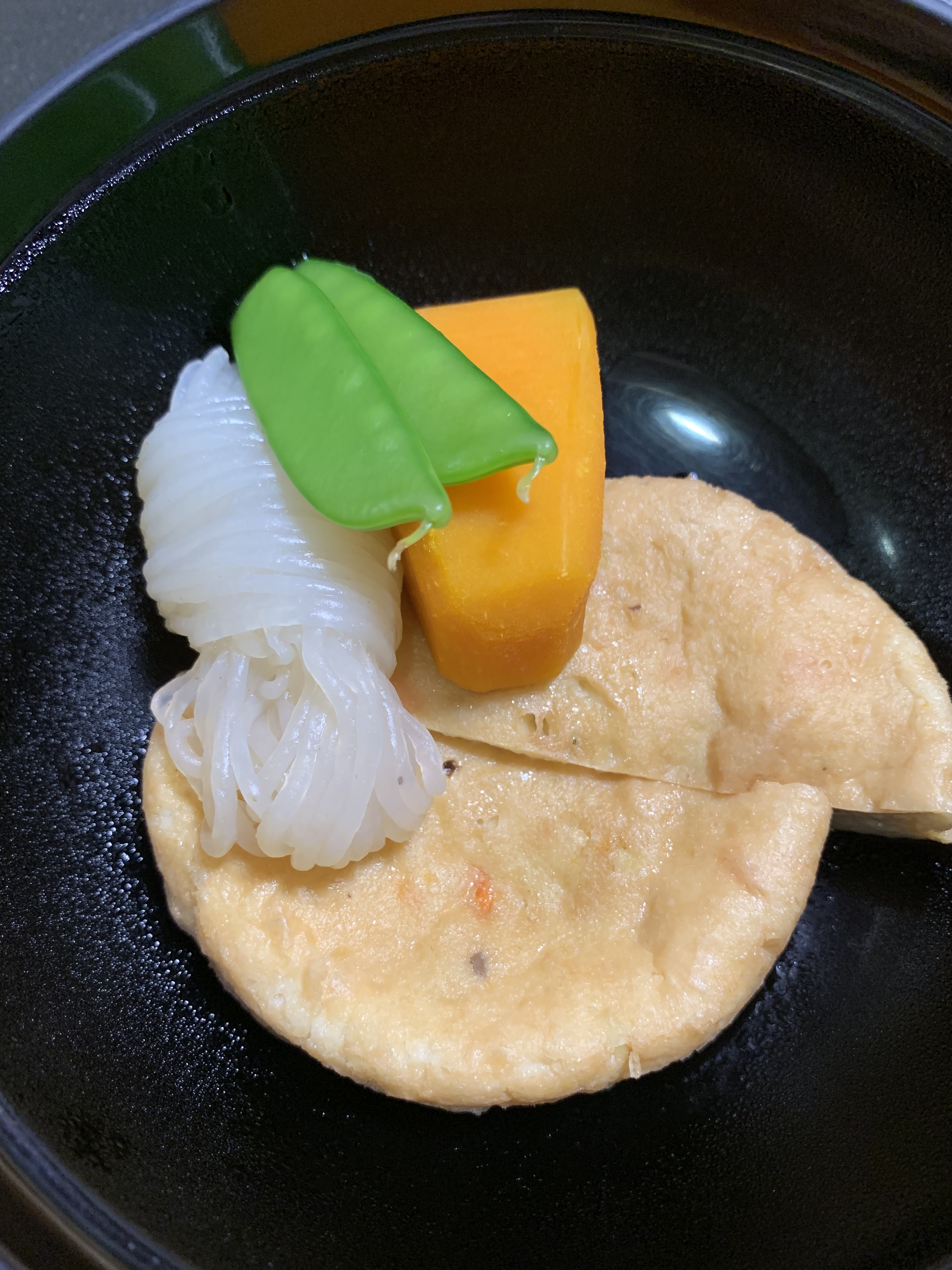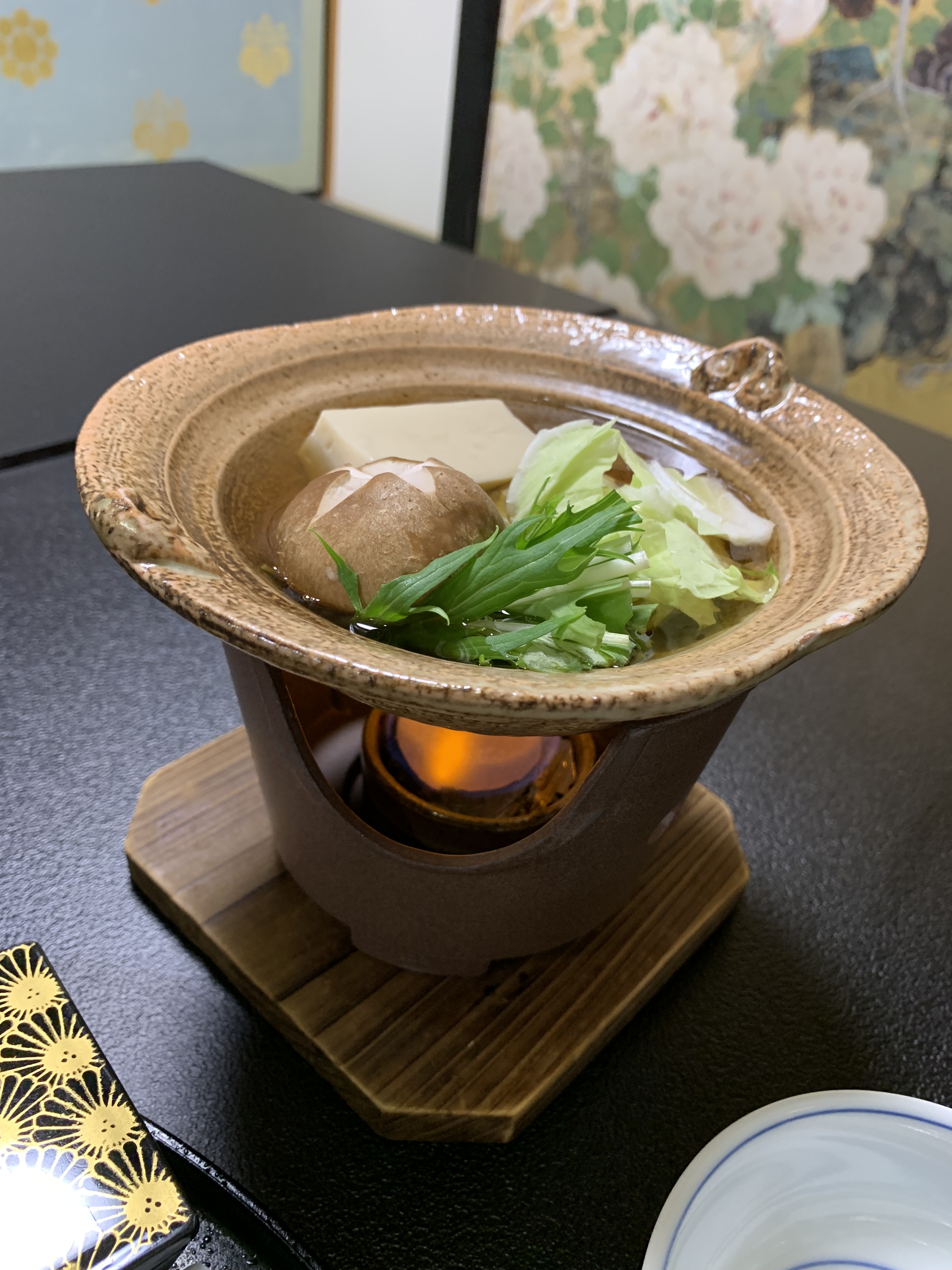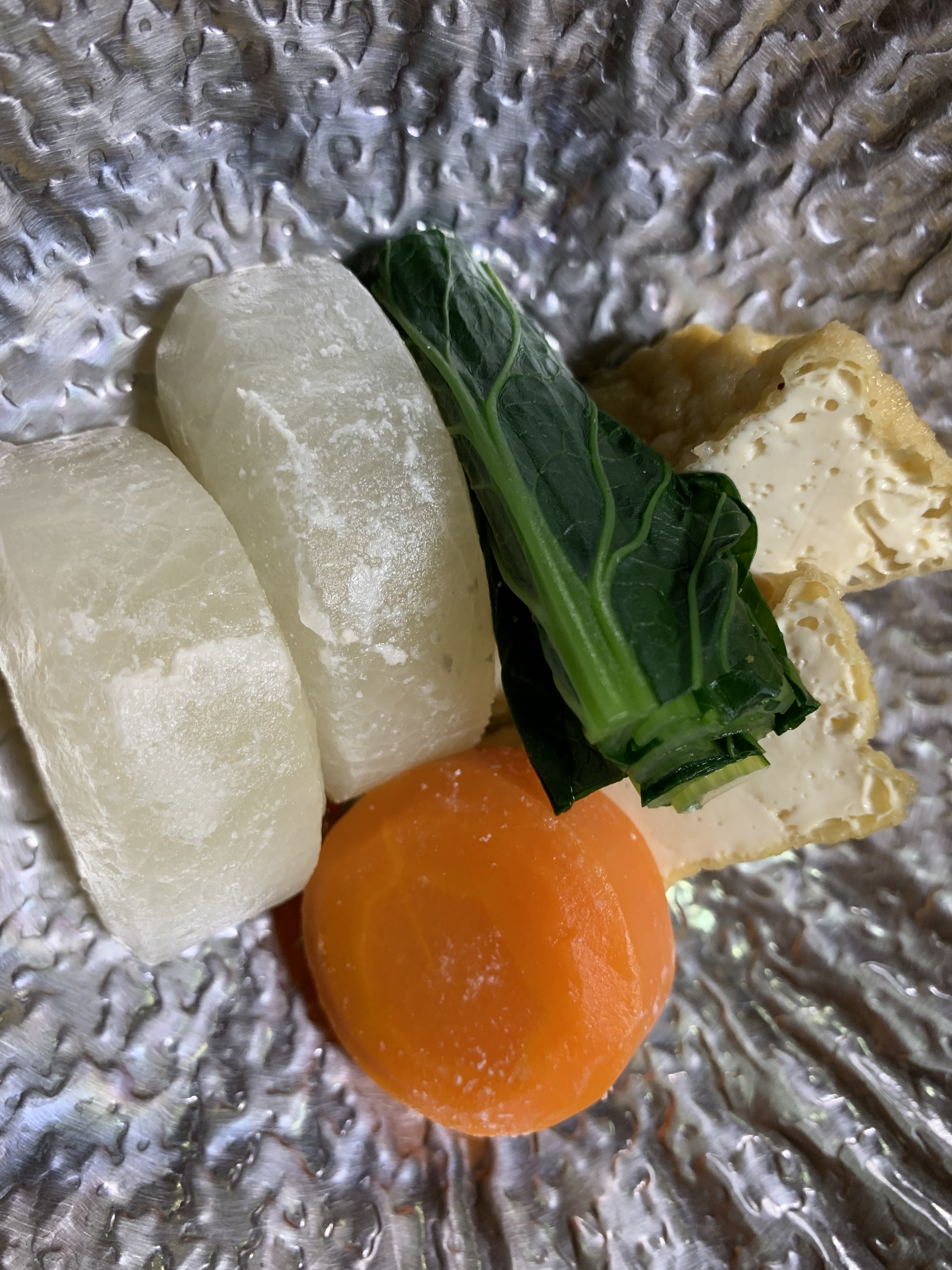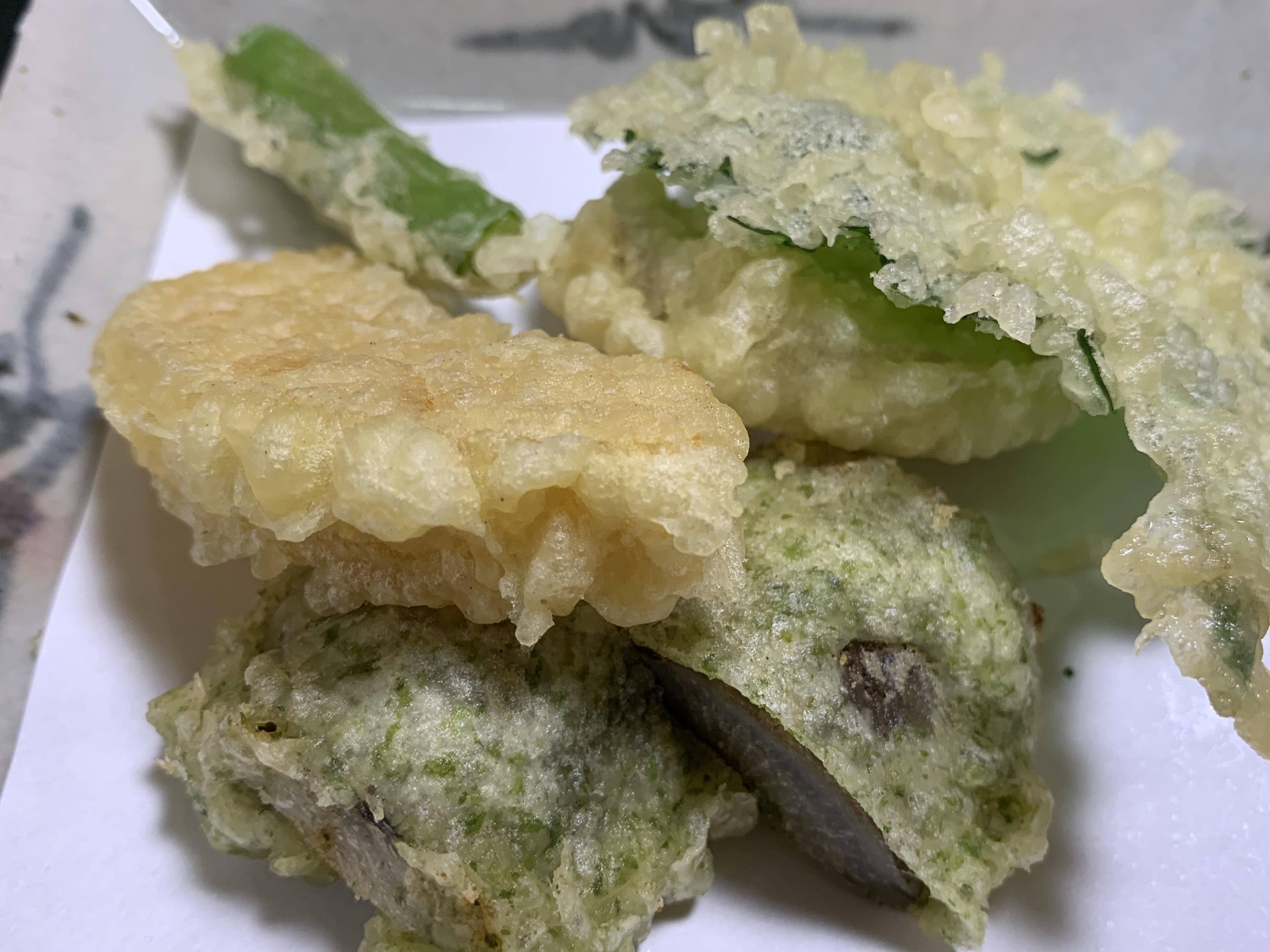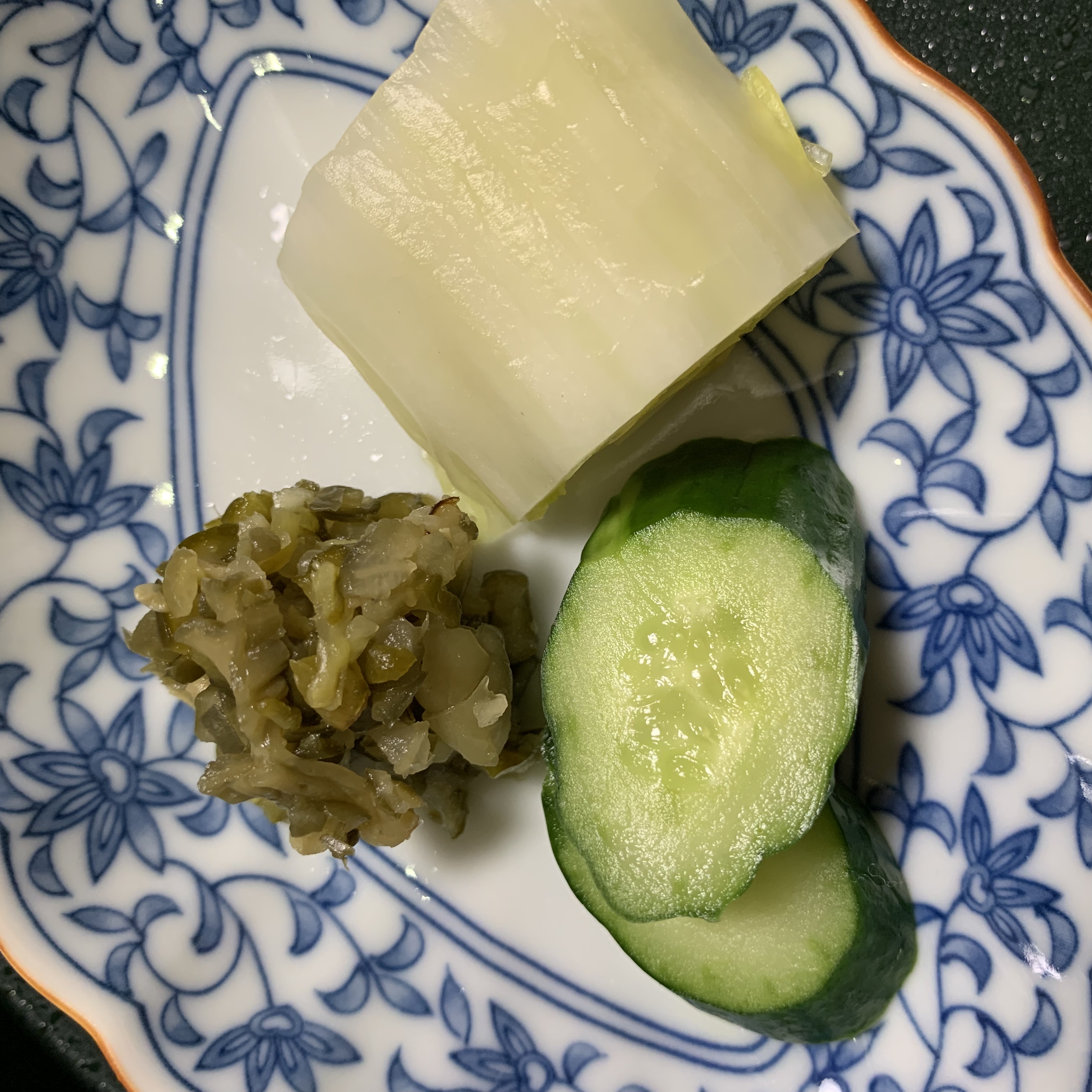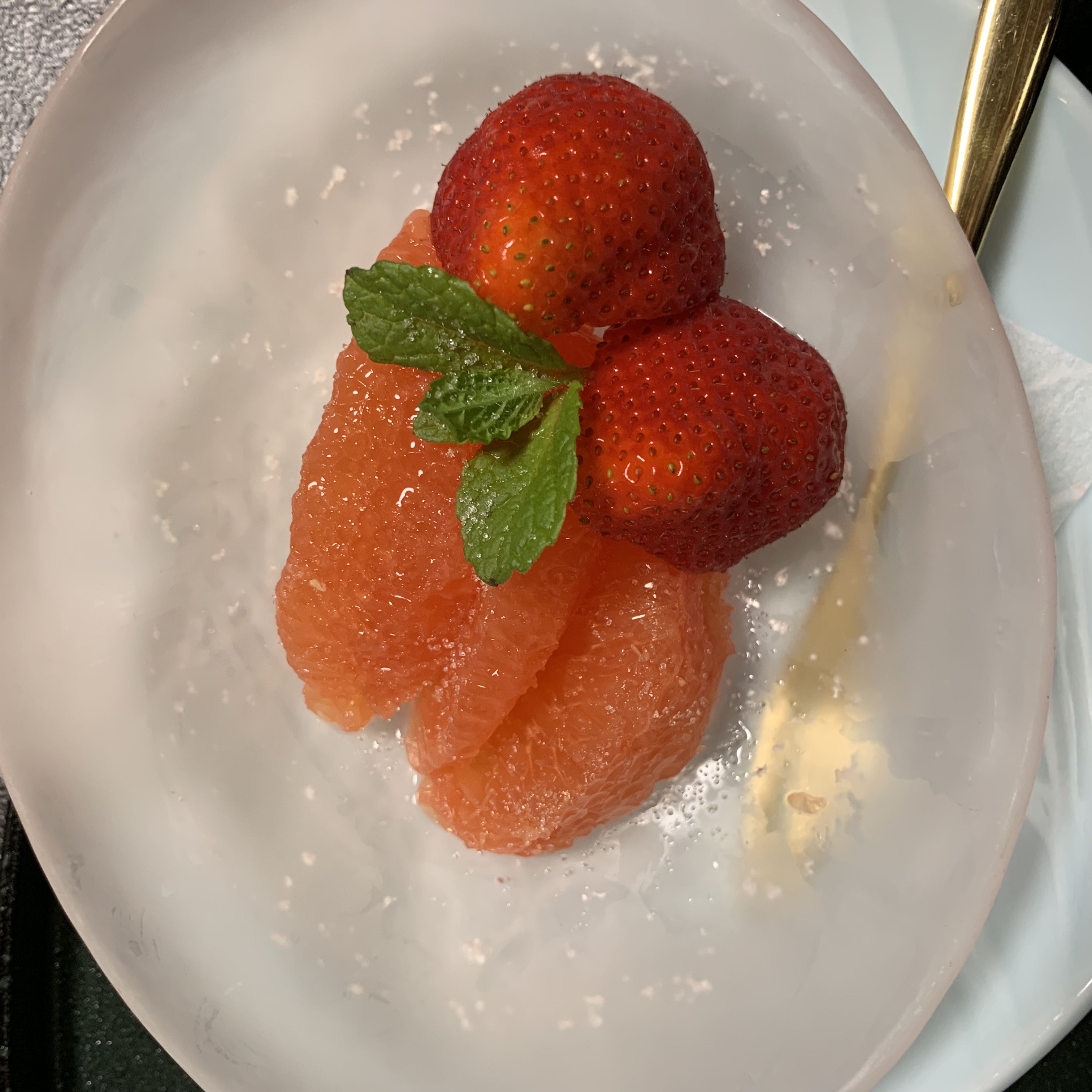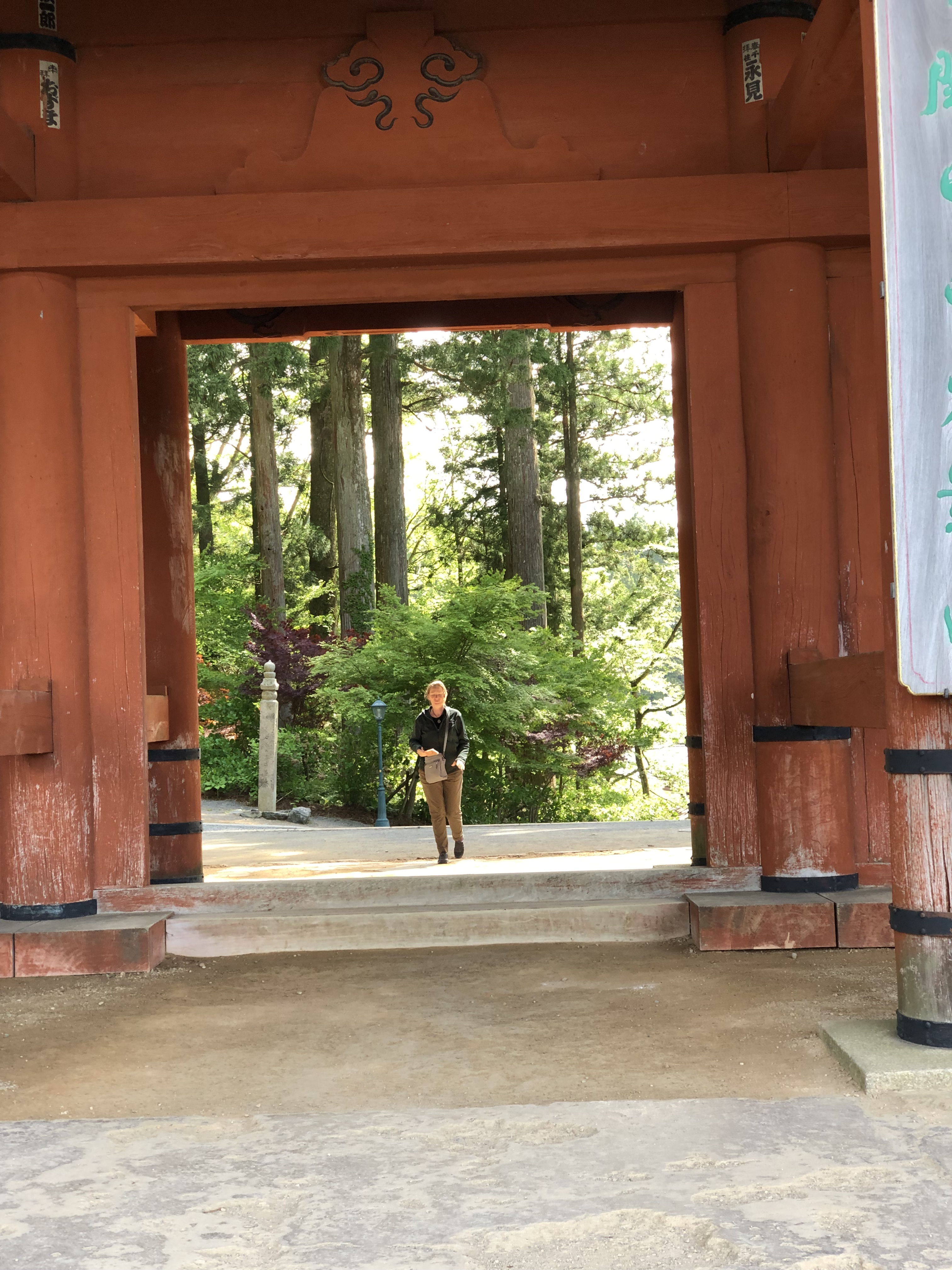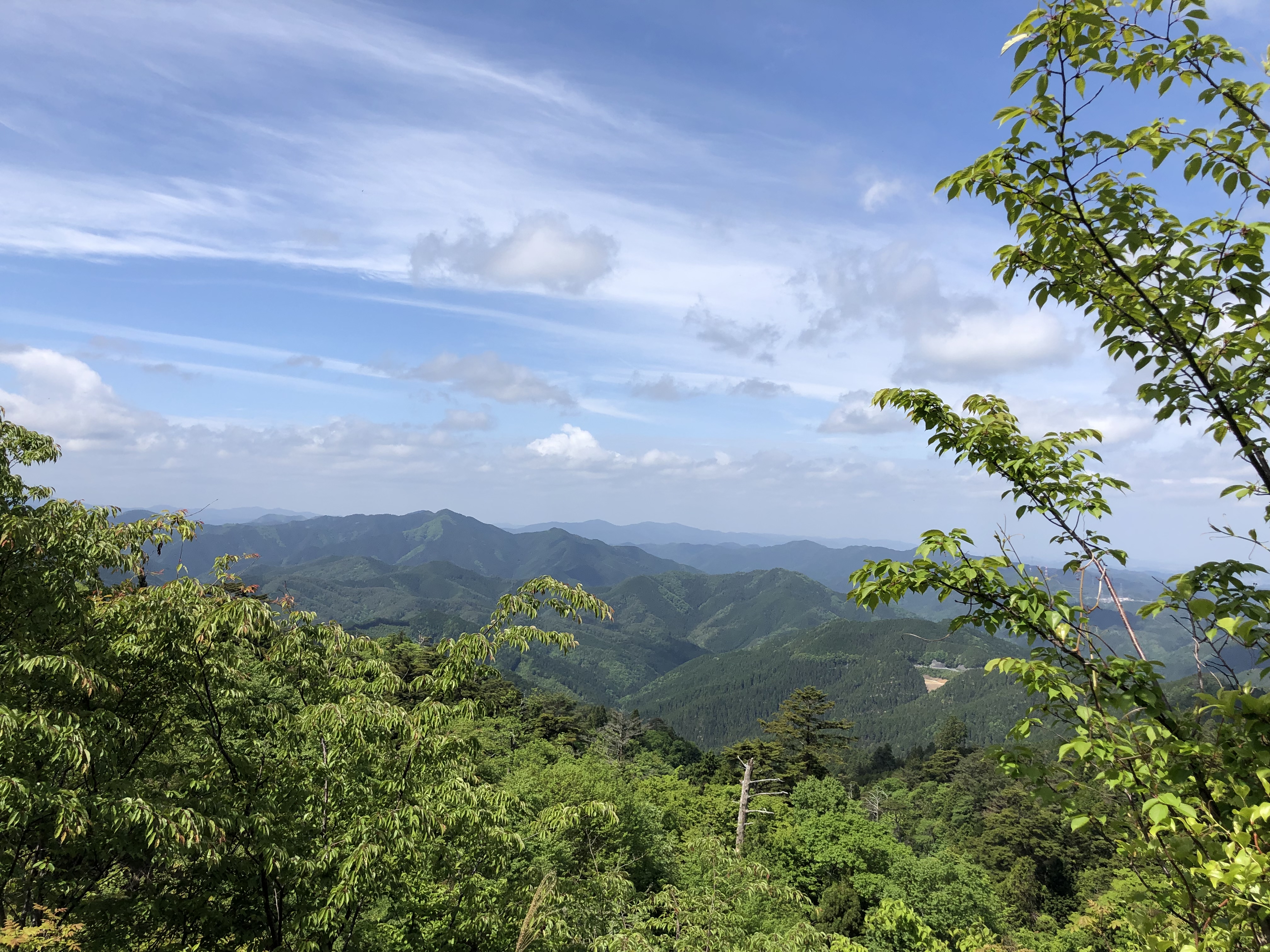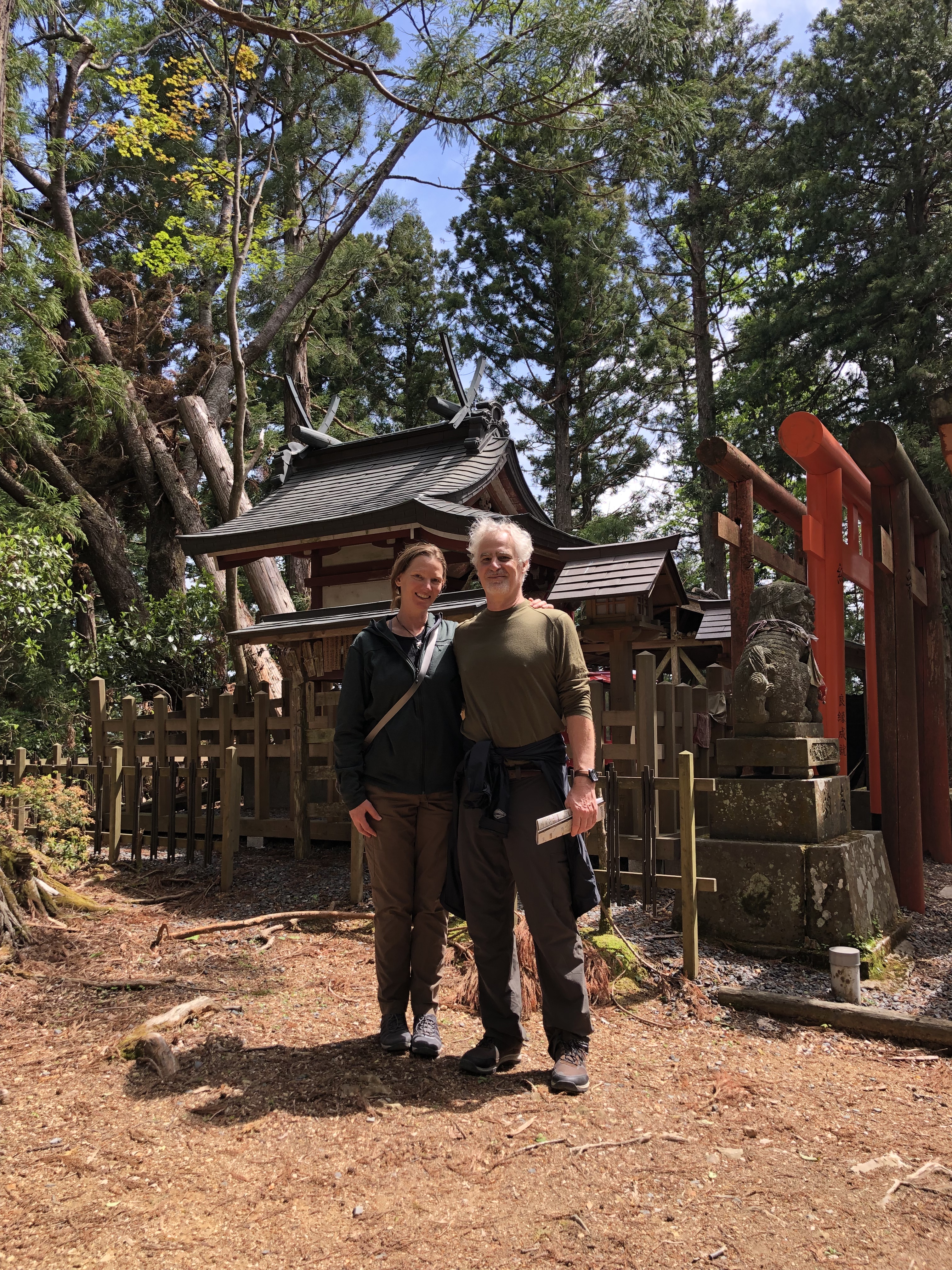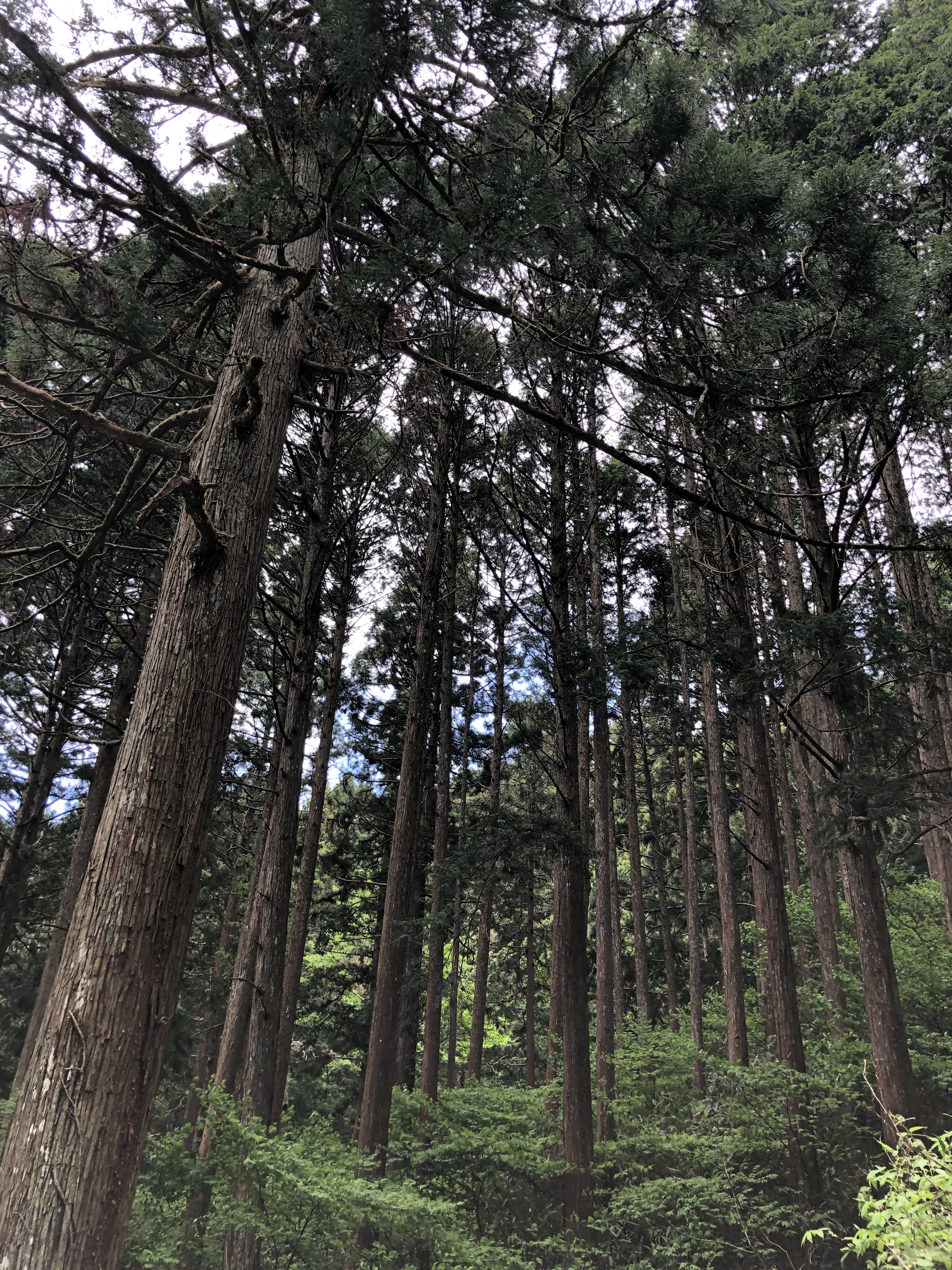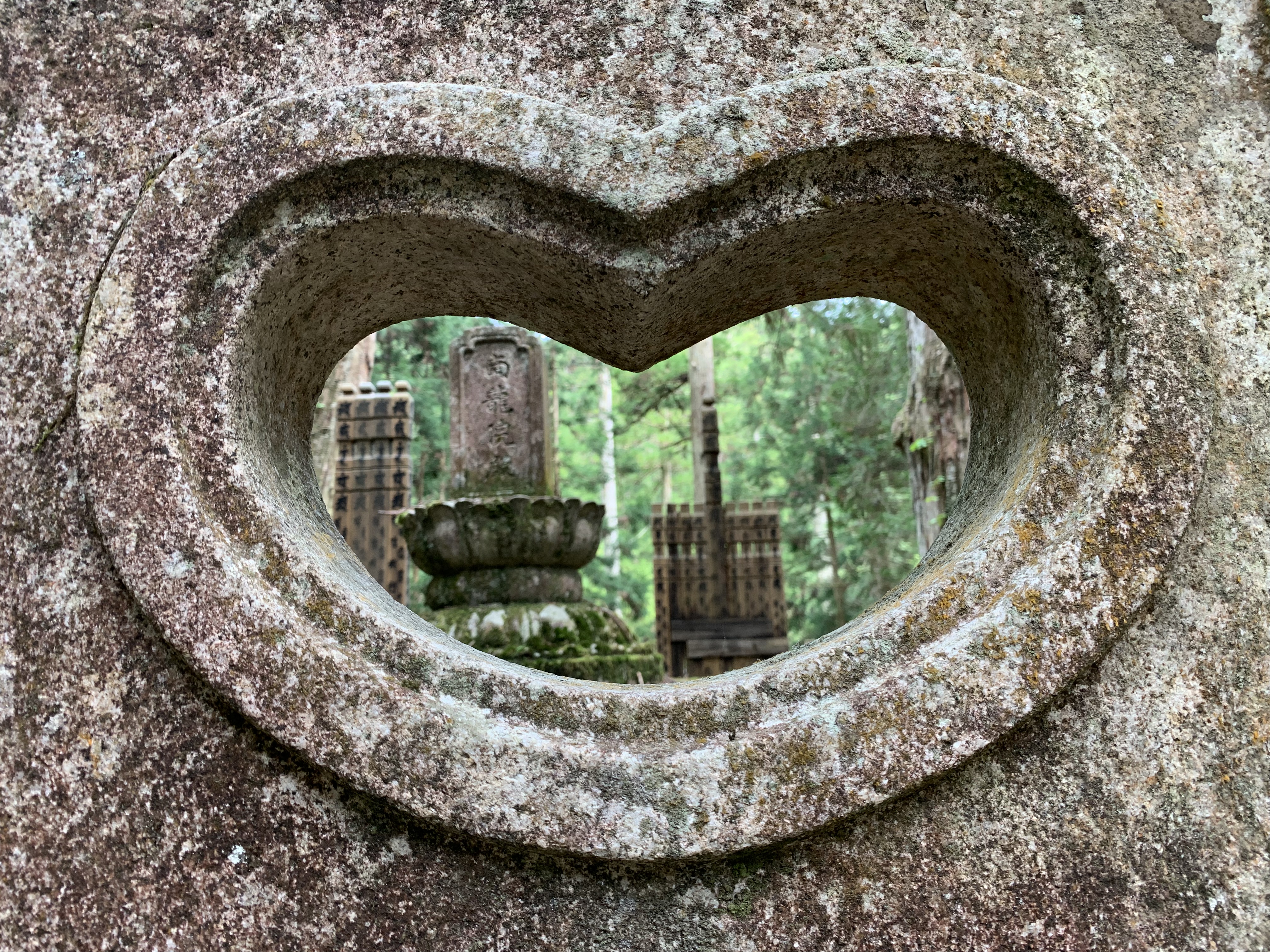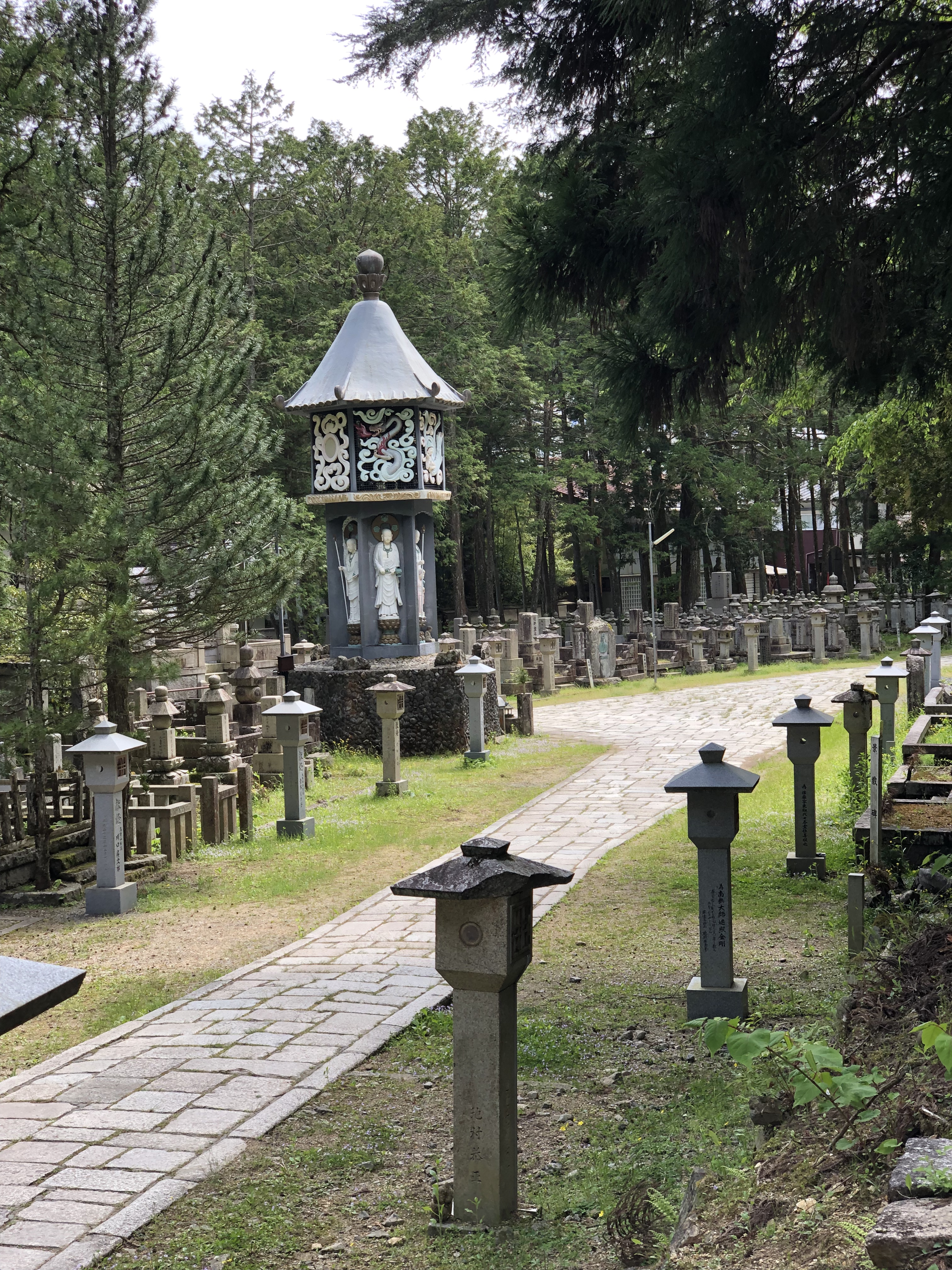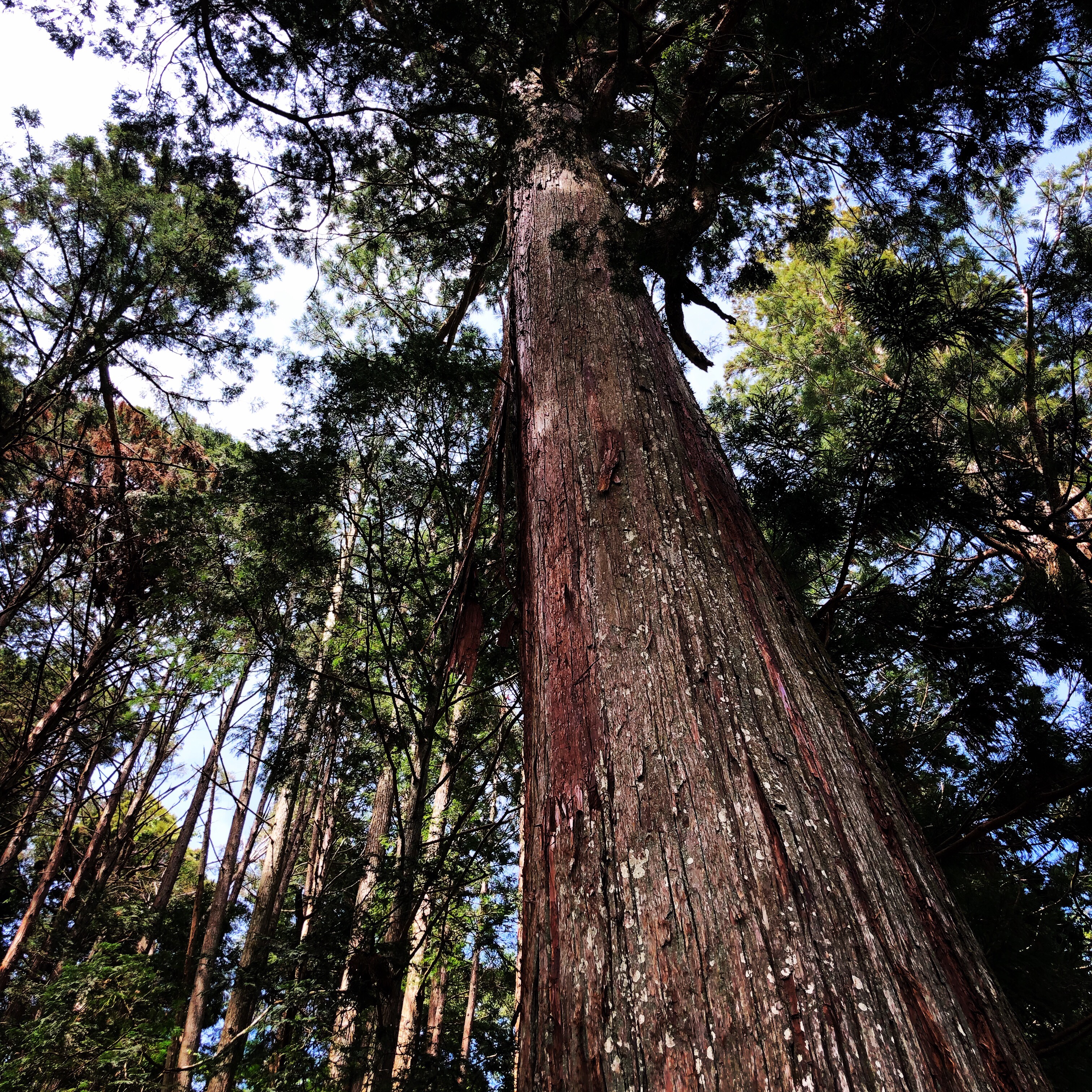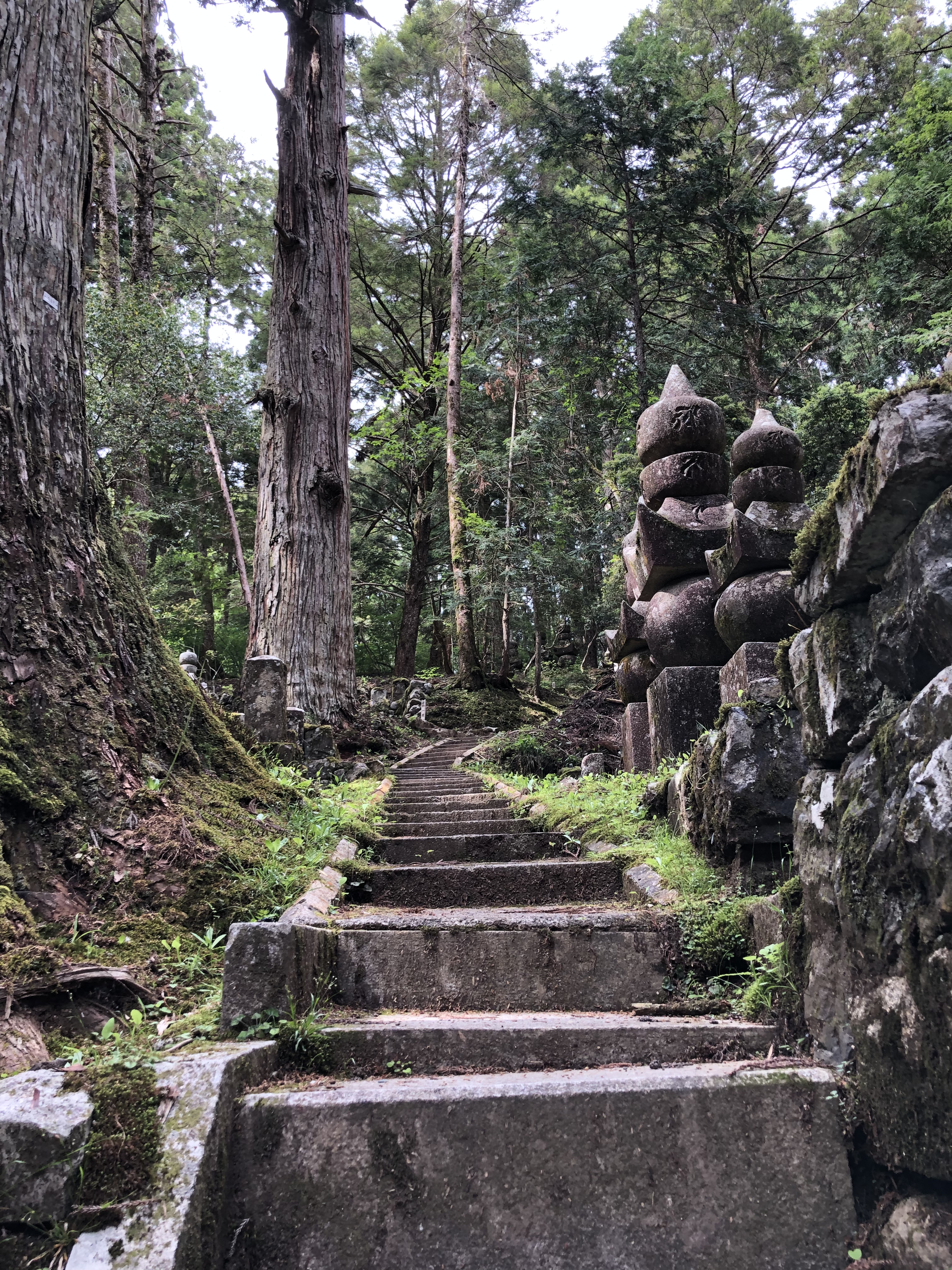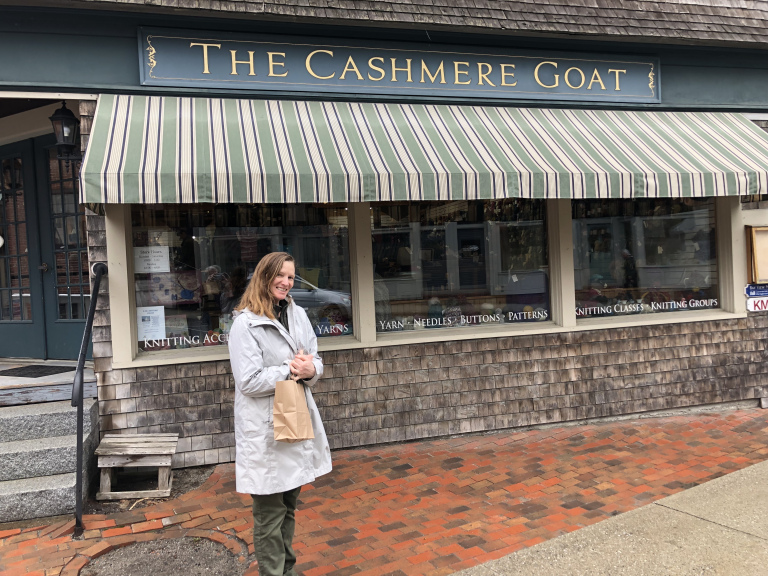
Our recent travels had a lot to do with our decision to move to the mid-coast of Maine in November 2019. We know friends and family were concerned by what seemed like a tendency to make major life decisions on the spur of the moment, and we’re not sure they bought it when we said “it just felt right.”
It’s true, Maine was simply a place of interest when 2019 began, just as far flung places like Costa Rica, California and Scotland had been in previous years. It was a place where we could find much of what we wanted in a new home—affordability, quiet, beauty, a cooler climate and proximity to the ocean.
Then, on a trip in August, we visited the mid-coast where we found a house with a view over Penobscot Bay and it brought back memories of our trips to Scotland’s Western Isles, especially a cottage we rented in September of 2017 and 2018 on the east coast of Iona with a lovely view of the Isle of Mull.
Now, six months later, with spring and the pandemic upon us, we’re here, happy, enjoying the view and planning trips in better times.
Traveling in and from Maine
The Mid-Coast has plenty to offer us within a 15-minute drive, from the charming harbor towns of Rockport and Camden, to Lincolnville Beach and Belfast. A hike to the top of Mt. Battie in Camden Hills State Park for a view of Camden Harbor, or a ferry to Isleboro are just a start.
Heading northeast is what’s called the Down East, that stretch of the eastern coastal region that covers Washington County and Hancock County beginning in Ellsworth and stretching to the East all the way to the Maritime Provinces. Bar Harbor, Mount Desert Island and Acadia National Park are just over an hour away.
For longer trips, the state has much to offer and we’re only a few hours from Canada. When the time is right, we’ll plot a course northwest to Montreal, Toronto and Quebec City or northeast to New Brunswick, Nova Scotia and Prince Edward Island.
It was New Year’s Eve on our first international trip together, a 10-day holiday vacation in Florence in 1998, that molded the way we travel. We woke from a late nap, walked to a trattoria for a leisurely dinner and then wandered into Piazza Della Signoria where vendors sold roasted chestnuts and the sounds of jazz drifted from a stage through the evening air.
We wandered close to the stage, savoring the chestnuts, and before we knew it, an orchestra had taken their seats, men dressed in medieval costumes were around the Palazzo Vecchio and a crowd had filled the piazza. In what seemed to be a blink of an eye, we were front and center as the music played, wine and prosecco flowed, young people danced and snaked through the crowd, and fireworks went off around us.
The countdown began and we were in 1999, at the right place at the right time, enjoying a night we’ll never forget. From this utterly delightful surprise we have learned to take our time on every trip, limit what we try to do in any one day and avoid, when possible, the most heavily traveled roads. To this day, we remember a picnic at the Boboli Gardens more than any ristorante or trattoria we visited.
More than two decades later, we had a similar experience on a trip to Kyoto: It was a day of rest from the “must-see” temples and shrines, and we stayed close to our guest house. Without crowds, high expectations or any urgency to the day, wandered through Southern Higashiyama and stumbled upon the often-overlooked artistic gem that is Kawai Kanjiro’s house and later the tranquility of the Zen Buddhist temple of Kennin-ji.
Yes, we’ve missed some iconic sites and wasted precious hours with lazy mornings, but that just means we had more time to find a hidden gem or two when we least expected it.
We won’t be involved in acts of flygskam (flight shame) but a pandemic-forced travel hibernation coupled with the stark reality of climate change has led us to reconsider our travel plans once we hit the road again. Our formula will be simple: Limit air travel by taking one extended trip rather than two shorter ones, ride trains whenever possible, which is our favorite mode of transport anyway though you won’t see any tagskryt, (train bragging), and continue to find out-of-the-way places.
If all goes well, we’ll land somewhere that is hardly out of the way, Rome, sometime in 2021 and slowly make our way to Varese in Italy’s Lombardy region, which was devastated by COVID-19. Varese is home to the Bernasconi family, part of Gary’s family heritage. From there, we’ll try to corral our daughter in Lyon and make our way through the Black Forest.
From Germany we’ll begin a slow northern climb by rail, with many stops along the way, to Denmark, Sweden and ultimately Norway where, in addition to the fjords, we’ll touch down in Sigdal and Eggedal, small towns northwest of Oslo that are home to Debbie’s Norwegian heritage.
The last leg, where we travel to Scotland, will be the tricky one to maneuver without the aid of an airplane. After a quick scan of options, we’ve only seen freight ferries from Scandinavia to England (18 to 26 hours) and trains south through Amsterdam to a ferry from Calais to England. More work needs to be done — and any suggestions are welcome.
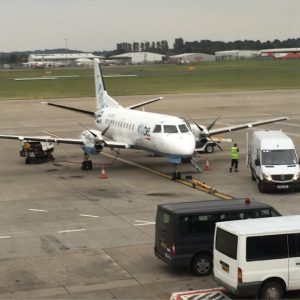
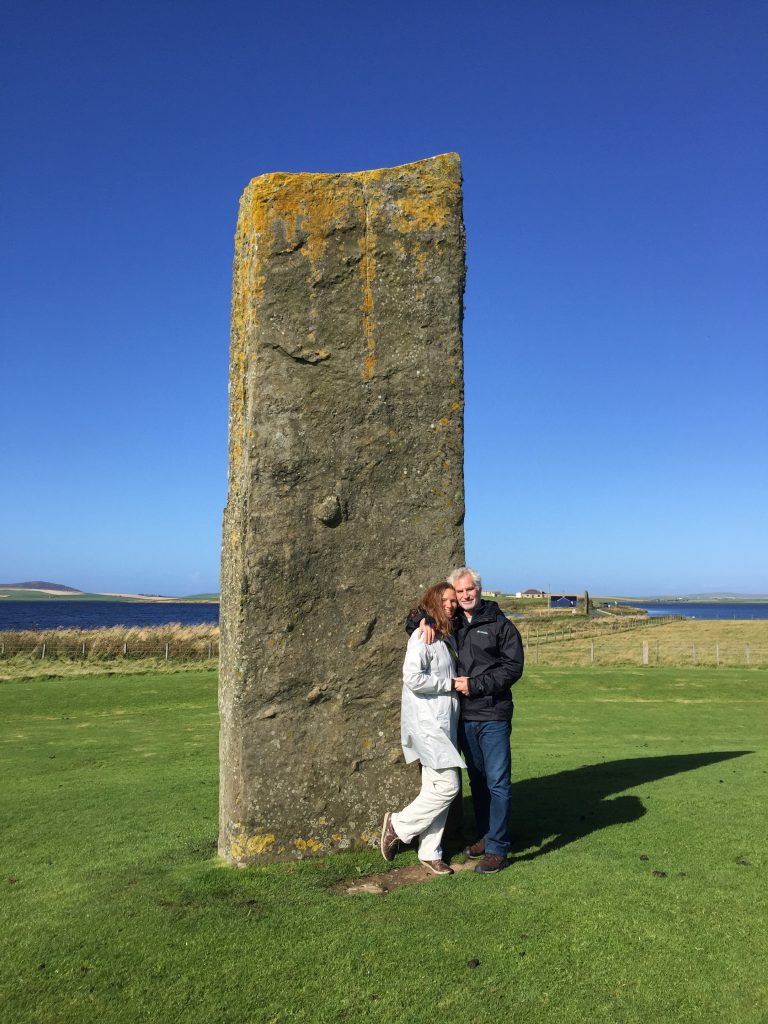
Located north of the Scotland mainland where the North Sea meets the Atlantic Ocean, Orkney is an archipelago of 70 islands, of which only 20 are inhabited. A visit there may not be on everyone’s itinerary when visiting Scotland, but if you’re looking for something a little more remote, rugged and full of Neolithic treasures, it may be the place for you.
What you won’t find are trees. They can’t survive the winter winds, and it’s this treeless backdrop, along with its Nordic influence, that gives the Orkneys their unique character. Located closer to Norway than London, the Orkneys were once ruled by the Viking kings of Norway and Denmark.
For a two-day, three-night trip, we limited our visit to the Orkney mainland and stayed three nights at the Albert Hotel in Kirkwall.
Kirkwall
Kirkwall is worth at least a full day itself, starting with St. Magnus Cathedral, where the bones of St. Magnus (the Earl of Orkney) lie within the walls of the choir. It was founded in 1137 in honor of Magnus and as a place of pilgrimage. Why? The story goes that Magnus shared the Earldom with his cousin Hakon. To settle a dispute, Magnus proposed a peaceful meeting. Hakon agreed but when he arrived he brought eight ships of armed men. Magnus refused to fight and as he prayed, one of Hakon’s men killed him with an axe blow to the head.
We had plenty of time after our flight got in to explore the cathedral before heading back to the hotel and having dinner at the pub downstairs in the Albert Hotel. You’ll hear the noise of the pub up in your room, but only when the people step outside for a smoke.
Highland Park Distillery
The second day was rainy and it was a perfect time for a tour of the Highland Park Distillery, makers of one of our favorite whiskeys. Founded in 1798 by Magnus Eunson, a direct Viking descendent, the distillery’s pride in its Viking legacy is evident in everything they do.
The peat used in Highland Park is unique. Since trees don’t survive on Orkney, the Highland Park peat has no wood, but it’s rich in heather — densely compacted vegetation over 9,000 years old and four meters deep in places. This gives the whiskey its unique smoky sweetness.
We signed up for the Connoisseur Tour, which now would be closest to the Viking Harmony Tour, and they sent a car to pick us up at our hotel. The tour took us through the distilling process and back to a private room where we tasted the 12, 18 and 21 year olds, as well as a Lief Erikson. Keep in mind the 18 and 21-year-old have both been named whiskey of the year in recent years. We walked away with a bottle of the 18, which we sipped for the rest of our trip.
Back in Kirkwall, there are a number of specialty shops carrying Orkney cheese, which is something special, as well as the island’s own oatcakes, meat, fish and beer. After visiting the shops we took advice from a shop owner and went to the Royal Cask Whisky Gin Bar at the Orkney Hotel which has a vast collection of single malts on display for tastings.
Neolithic Orkney
The sun was shining the next day when we hired Jean Ross to take us on a tour of the historic sites on the mainland and we highly recommend her. Born and raised on Orkney, she’s a green badge tour guide—a designation you should look for.
She started us at Maeshowe, one of the finest chambered tombs in Europe with its central chamber lit by the setting midwinter sun. It is some 5,000 years old and looks like a large grass mound from the outside. You enter by crawling on hands and knees to the chamber where a guide outlines the history and carvings on the walls.
On to the Stones of Stenness, also about 5,000 years old, and maybe the oldest henge site on the British Isles. Think Stonehenge, but older and without the crowds or barriers. We were just two of a handful of people, along with a few sheep, who wandered among the ancient stones.
Our plan was to head right from the summit and take the challenging Jordan Cliffs Trail back to the trailhead, making it a six-mile hike. It was closed, so we opted for a confusing, sometimes steep and often beautiful series of trails, making it nearly eight miles. We started by heading down the way we came and turned right on the Maple Spring Trail for a mile or so, then backtracked northeast for a short while on the Hadlock Brook Trail, and connected to the Amphitheater Trail.
Finally there was Skara Brae. Located on the southern shore of the Bay o’ Skail, it is one of Europe’s most complete Neolithic village. Occupied from roughly 3180 BC to 2500 BC, its houses and stone furniture provide an insight into the daily lives of Neolithic people. A UNESCOWorld Heritage Site, it is older than Stonehenge and the Great Pyramids, and has been called the “Scottish Pompeii because of its excellent preservation.
Orkney’s Italian Chapel
A more contemporary but fascinating site is Orkney’s Italian Chapel, which was built by a group of Italian prisoners of war sent to Orkney during World War II to work on the Churchill Barriers, a massive series of concrete causeways that seal the eastern approaches to Scapa Flow, the United Kingdom’s chief naval base during the First and Second World Wars.
Led by the artist Domenico Chiocchetti, the Italians built the chapel, which was later restored, and after the war Chiocchetti returned to restore the paint work of the chapel interior.
The Orkney Brewery
Along the way, Jean arranged for us to stop for lunch at the Orkney Brewery where we enjoyed the meal and a flight of the local beer. We were partial to the Dark Island and Red Macgregor.

There was a moment before we reached the spectacular views of Yosemite National Park when we found ourselves alone. The only sounds we heard were our footsteps on the path, chipmunks rustling in the brush and birds singing in the trees. Morning light came through the brilliant green pines and there was a sense of peace and tranquility we’ll never forget.
We had left the Sentinel Dome/Taft Point trail head at about 9 am and were walking a mile west to Taft Point. It’s an easy hike with mostly level ground, offers a look down through massive fissures in the rocks, and has the benefit of fewer crowds than many other trails. At the end, we found ourselves on a rocky cliff at an elevation of 7,500 feet looking out over the the Yosemite Valley and the grandeur the glaciers left so many years ago.
We doubled back about half a mile and headed north to Sentinel Dome (elevation 8,122 feet), about two and half miles if you turn right after crossing a creek, or a mile further if you do what we did: walk north along the rim. It’s an uphill, more difficult hike to Sentinel Dome but the views are magical along the way. And when you arrive, looking east to Half Dome, you should sit a while and enjoy before taking the mile walk back to the trailhead, all downhill. We did the six-mile hike in a leisurely four or five hours, but we weren’t counting.
From the trail head we drove north to Glacier Point, where we parked (there will be traffic in the lot) and wandered to the overlook for the panoramic view of the mountains. There are great hikes here, like the seven-mile Panorama Trail, though it will be more crowded than the earlier hike we opted for. After some well-deserved ice cream, we drove back to ur B&B, stopping at Tunnel View for the iconic look at El Capitan.
Yosemite Lodging
We opted for the Yosemite Blue Butterfly Inn, located at the edge of the park in El Portal, a perfect location for exploring Yosemite. It took us about 40 minutes to get to the Taft Point trail head. It’s a lovely bed and breakfast on the Merced River and from our second-floor room we listened to the water running throughout the night. Liz and Ron are wonderful hosts, and Liz will use her orange magic marker to trace some trails you can follow depending on your ambition.
Since the B&B was built, the Yosemite View Lodge has been built around it and the B&B owners decided not to sell, so they sit surrounded by the complex which includes the lodge, shops and a restaurant or two. It reminded us of a Dr. Seuss story. Having the lodge close made dinner easy, and when we sat out on our private deck or on the main deck for breakfast, all thoughts vanished into the fluttering of hummingbirds and the sound of the river sweeping gently across the stones.
Toward Tuolumne Meadows
The next day we drove east across the park on Tioga Road, stopping several times on the two-hour drive to Lee Vining and 395 north toward Tahoe. The first stop was Olmsted Point where we wandered around the rocks with a view of Half Dome from the other side than we had yesterday. And just down the road is the serenity of Tenaya Lake, where we had a chance to dip our feet in the brilliant blue water.
Whoa Nellie Deli
Our destination was Lake Tahoe, and at Liz’s recommendation we stopped to eat at the gas station in Lee Vining, which we were told had the best food in the area. Who were we to argue? Inside the Mobil Station we found Whoa Nellie Deli, which lived up to its reputation. We enjoyed ahi tuna, seaweed salad, craft beer and more outside, all while overlooking Mono Lake (and the Mobil sign) before getting on the road to Tahoe.
South Lake Tahoe
We arrived in South Lake Tahoe at the Fireside Lodge, where we had time to ride bikes the lodge supplied and pedal a mile to Pope Beach for a swim in the brisk but pleasant water. In the morning, we drove to Inspiration Point for a peaceful view of Emerald Bay.
Up Next: Calistoga: Geyser-fed Pools in Wine Country
We landed in San Francisco to start a two-week loop east to Yosemite, north to Lake Tahoe, west to Calistoga and south to Petaluma in Sonoma County and finally to Spirit Rock Meditation Center in Marin County. The next few blogs will cover each leg of the trip and we’ll start with one of our favorite cities: San Francisco.
Japantown
Where do you stay in San Francisco? There are plenty of big brand hotels in the Union Square area that are close to the action, but we chose Japantown. Again. It’s small, quiet and walkable to many neighborhoods. We had stayed at Hotel Kabuki — which was recently bought by Hyatt — but this time chose the nearby Kimpton Buchanan. And we loved it. We had a spacious corner room on the fourth floor with a beautiful view of Osaka Way, as well as a big soaking tub.
We woke up early Sunday morning to a beautiful day and started early with breakfast at The Grove on Filmore Street. We were the first customers and lounged in the spacious restaurant while we waited. Debbie’s avocado toast with poached eggs on top could not have been better, and Gary’s traditional breakfast with poached eggs and hashed browns with rosemary and toast was just as good. Add a latte and Americano and it was a perfect way to start the day.
We spent the rest of the morning exploring the shops in Japantown, which has been there since 1906 (though rebuilt and changed over the years). The Paper Tree, an origami store, has exhibits of origami art and beautiful paper (washi). It’s not on par with the washi in Japan, but it’s a wonderful visit.
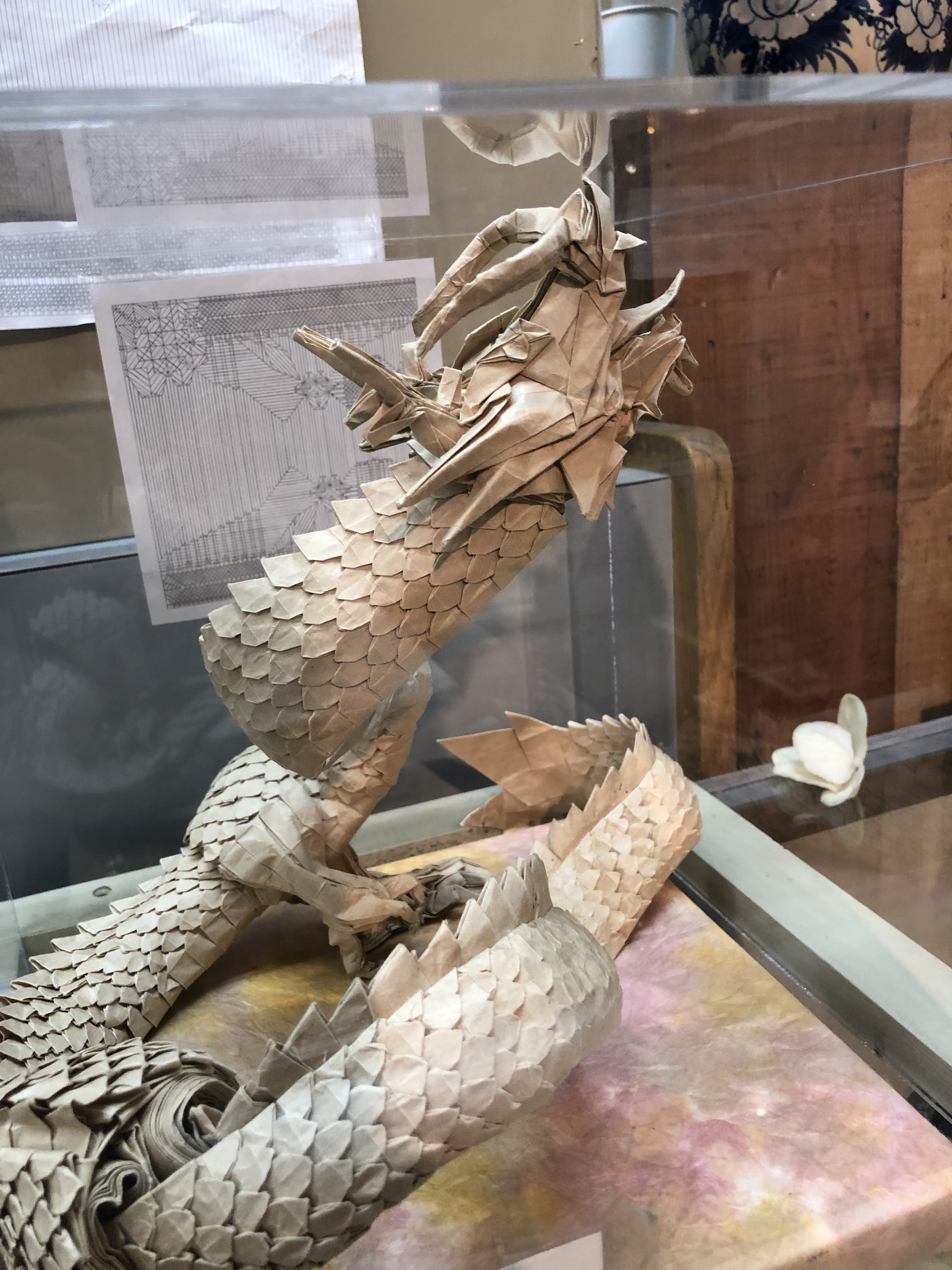
Two bookstores are also worth a visit. Forest Books has a tremendous collection of curated books: rare, used and collectible. And Kinokuniya, which has a dozen locations, mostly on the West Coast, has a great selection of Japanese literature (and manga downstairs if you’re so inclined). It’s located in the Japan Center, an indoor mall which also has restaurants, a couple nice coffee shops, and shops with Japanese candy and tea.
Walking the City
Having visited San Francisco dozens of times, we decided to take advantage of the sun and walk northeast through Lafayette Park and Russian Hill, exploring the architecture, flowers and shrubs, and then stroll down Lombard Street. It was a little more than a mile. From there, we continued on to Fisherman’s Wharf for lunch. It was wall-to-wall people, so we ducked into Franciscan Crab Restaurant to enjoy a view of the bay, crab and Prosecco, and rested before heading back.
We could have taken the cable car up to Nob Hill, but that’s where we were heading in the morning to walk the labyrinth at Grace Cathedral, so we opted to stroll back to Japantown where we rested before dinner. There are plenty of restaurants nearby and we went for Hikari Sushi – known for bullet train sushi. You sit at a counter or booth, order from a touch pad, and food is delivered by a miniature bullet train running along tracks beside you. You just order a little at a time until you’re full. It’s a lot of fun.
And on to Yosemite
The next day it was time to head to the airport, get our rental car and head out to Yosemite.
From Magome to Tsumago along the Nakasendo
Shimazaki Toson opens his epic novel Before the Dawn with this description: “The Kiso Road lies entirely in the mountains. In some places it cuts across the face of precipice. In others it follows the banks of the Kiso River, far above the stream. Elsewhere it winds around a ridge into another valley. All of it runs through dense forest.”
The eleven post towns of the Kiso Road are scattered along the bottom of the valley. They are among 69 that make up the Nakasendo Way, one of the old routes between Kyoto and Edo (Tokyo) established during the Edo Period (1603 to 1868) as a communication and transportation network so the shogunate could stabilize and rule the country. It was the favored route of the Imperial family, and each post town played an important role in moving, feeding and housing travelers along the way.
Today, the entire Kiso Road can be walked in a few days, but many, like us, choose a more manageable 7.8km segment from Toson’s birthplace of Magome to Tsumago. When you walk this part of the road, you can bring your luggage to the tourist office in either town by 8:30 am, and it will be delivered to the other town by 11:30 am. This gives you a chance to spend a night in both towns.
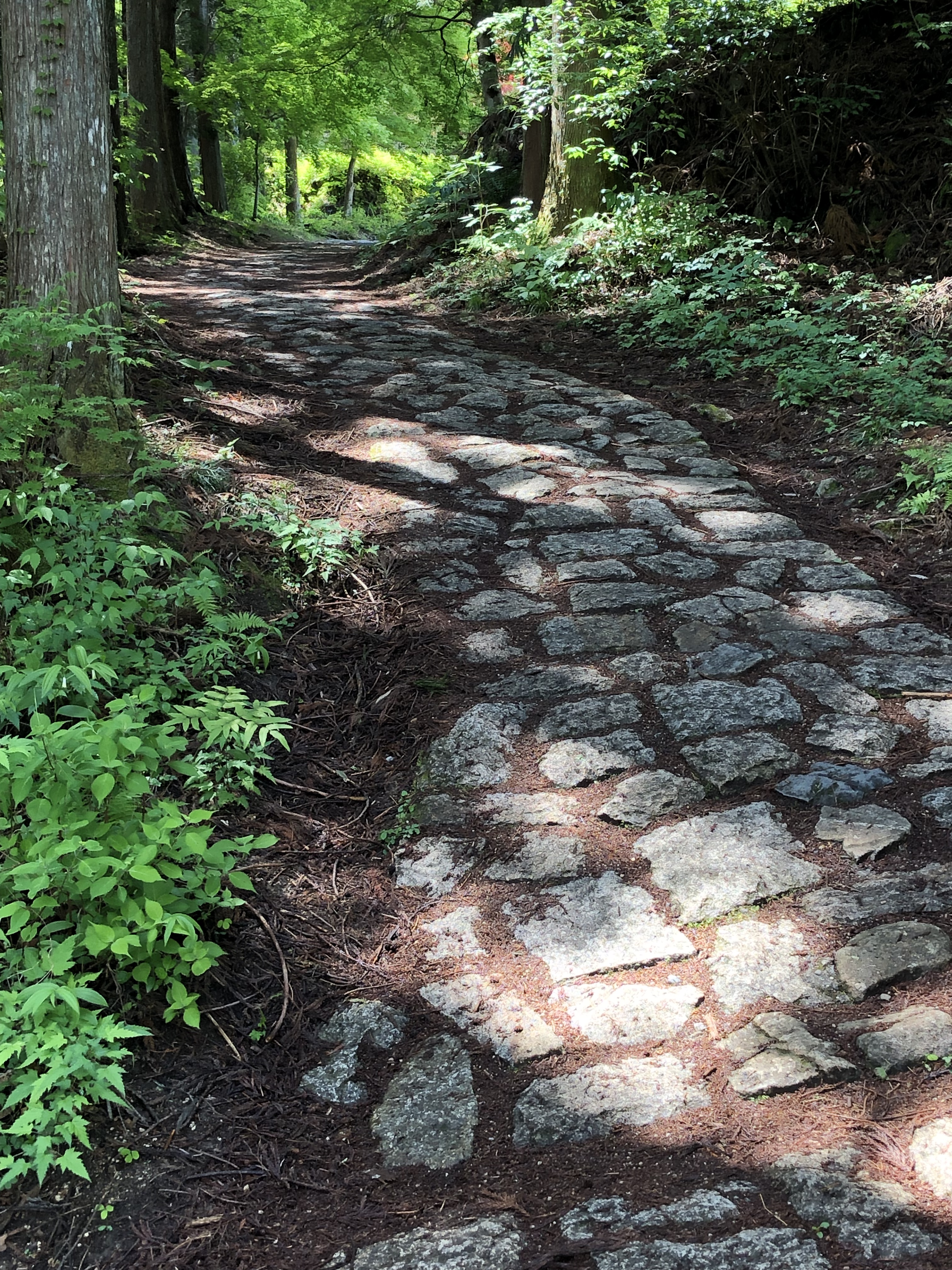
Magome
We set out from Magome, which lies at the bottom of the Kiso Road, at 8 am. We followed the quiet road along a picturesque stone surface, uphill past a waterwheel, Towson’s birthplace and dozens of restaurants and shops that had yet to open for the day.
By the time we walked the 100 meters through the small town, we were able to enjoy a view that was a sign of the beauty to come.
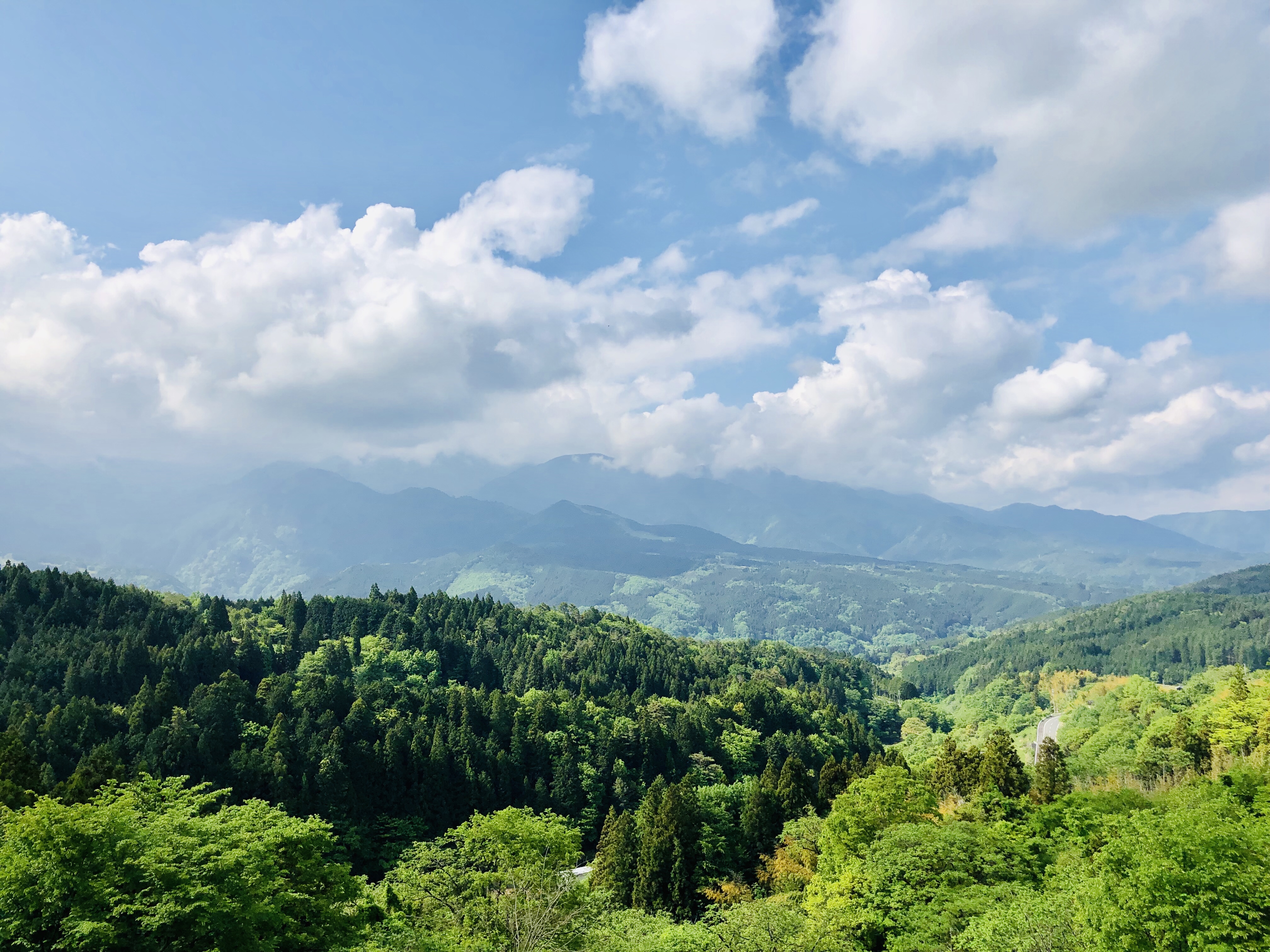
We encountered a handful of people but usually had the road to ourselves, climbing stairs, following paths and always looking for signs pointing us in the right direction (and bells to ward off the black bears). We passed bamboo grooves and rice paddies, crossed streams and watched hawks circling slowly overhead.
About halfway, we came upon a tea house where a fire was burning and a handful of travelers from around the world were gathered around a table, resting, sipping tea and exchanging stories.
From the tea house, we continued climbing upward through densely wooded areas to more dramatic views, at times on a dirt path and at others a stone one. We passed several small shrines, and as we approached Tsumago, we emerged from the forest and followed a path to the end of our walk.
Tsumago
Reaching Tsumago, though, did not seem like the end of the road. The town has been restored to look as it did during the Edo period, with beautiful two-story buildings of dark wood and wood-slatted windows and no overhead power lines. After a stroll through town we headed to Ko Sabo coffee shop where the owner, who spoke some English, greeted us enthusiastically and entertained us with her conversation and wonderful laugh. It also exhibits and sells art.
While we considered walking back to Magome, the skies were darkening, so we chose to take the bus. This gave us a chance to visit Toson’s birthplace and stop for an espresso and matcha latte at just another wonderful Japanese coffee house.
We read that you find Japan’s magic in the mountains, and our visit to the Kiso Valley made us understand why.
Where to Stay: The Kiso Valley is about halfway between Kyoto and Tokyo, and we made a three-hour drive from Kyoto. Once we left Kyoto, we used either Rakuten Travel or Japanican to book lodging, and both were reliable and easy to use.
We booked late so could not stay at any of the small, traditional ryokan or minshuku in Magome or Tsumago, but found the Hotel Hanasarasa in Nakasugawa, just a few miles from Magome. There we enjoyed our first onsen, the Japanese hot spring baths we had heard so much about. We emerged with our bodies revitalized. In the morning, it took only a few minutes to get to Magome, where we parked in a lot right next to town.
Driving in Japan: We rented a car from Toyota Rental Car in Kyoto and followed two simple rules that are essential: Make sure the car has an English speaking GPS and an ETC card for tolls. We had requested both, but if we had not checked when we arrived, we would have left without the ETC card, which looks like a credit card that they inserted in a box in the glove compartment.
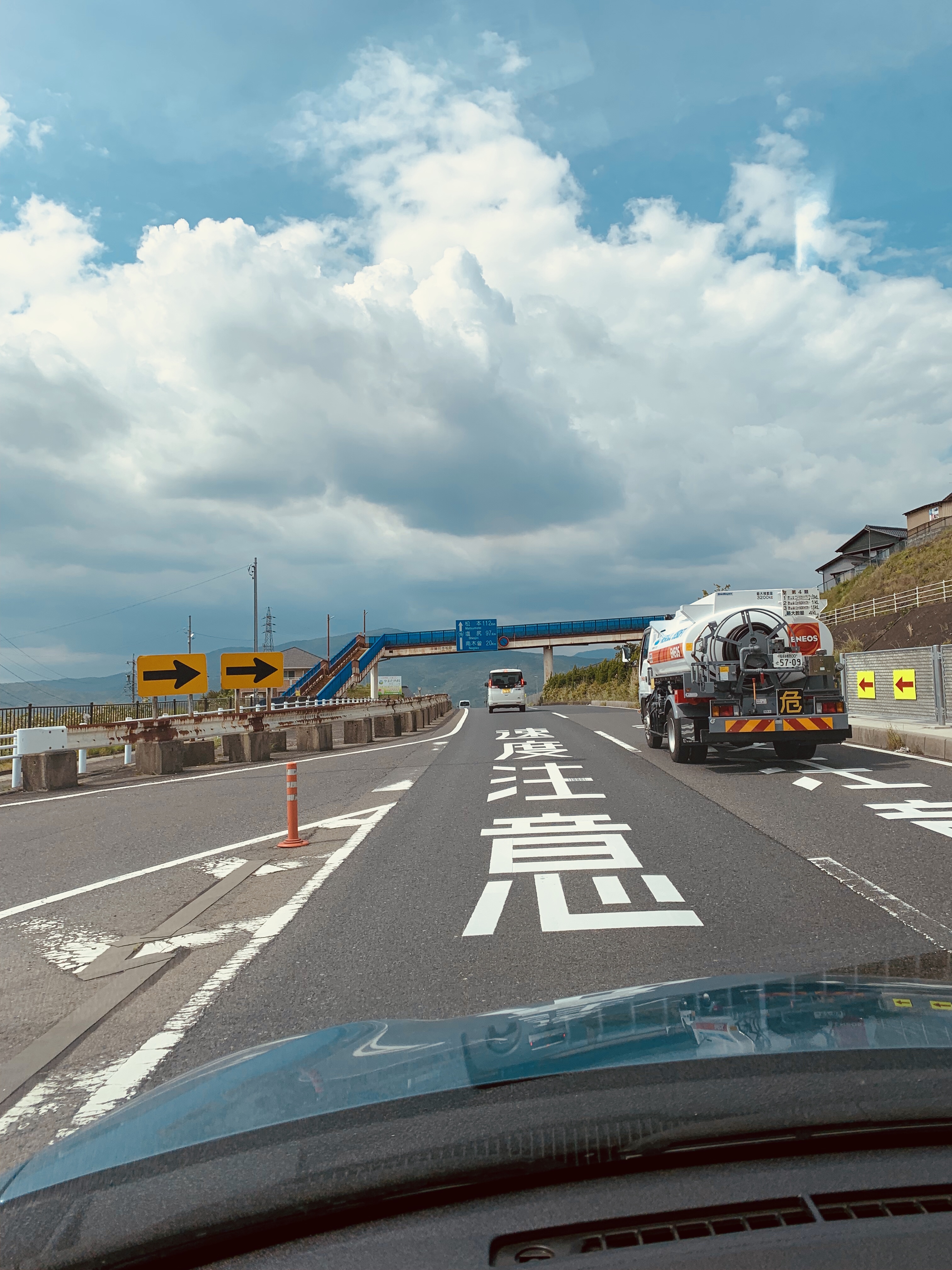
Next Up: Staying at a Buddhist Temple in Koyasan
We made a quick trip to the mid-coast of Maine in search of a new site for Two Down Dogs world headquarters (translation: we’re moving). We booked only a few days in advance and flew from Newark to Portland and then made the nearly 2-hour drive up to the Beach Cottage Inn, about 10 minutes north of Camden on Lincolnville Beach.
It wasn’t fancy (after all, we’re in Maine, so it’s not supposed to be) but comfortable and had a view of the beach. The inn is located next door to the Whale’s Tooth Pub, and has the same owners.
The sunrise was spectacular and at low tide it was perfect for a walk on the beach, before walking up Route 1 about 10 minutes to Dot’s for coffee and breakfast. Later in the day we went across the street to Green Tree Coffee and Tea, a rustic coffee roaster with rocking chairs on the front porch, and also stopped at The Alpaca Experience — because, why wouldn’t we.
We headed into Camden, which is certainly one of the loveliest coastal towns in Maine, with a small but vibrant downtown, scenic harbor and wonderful homes. Our favorites were on Bay View Street, where the Owl & Turtle Café Bookstore sat across from the Cashmere Goat. Wool, books and coffee are a few of our favorite attractions. We had been up in April for a preliminary look through the area, so these two photos are from that visit.
Then it was off to the Camden Real Estate Company, where we started our tour of four properties. The first was in town, a beautiful old home right in Camden that was far too much house for our needs. The second, also in Camden, was an ocean-front property that would require building a new house and was, in our opinion, too much work at this stage in our lives.
Then we moved on to Northport, which sits right above Lincolnville and doesn’t have the price tag or taxes of homes in Camden. The first was a magnificent, open concept home, newer construction, with a wonderful view of the ocean — from an enclosed porch that made it tough to resist.
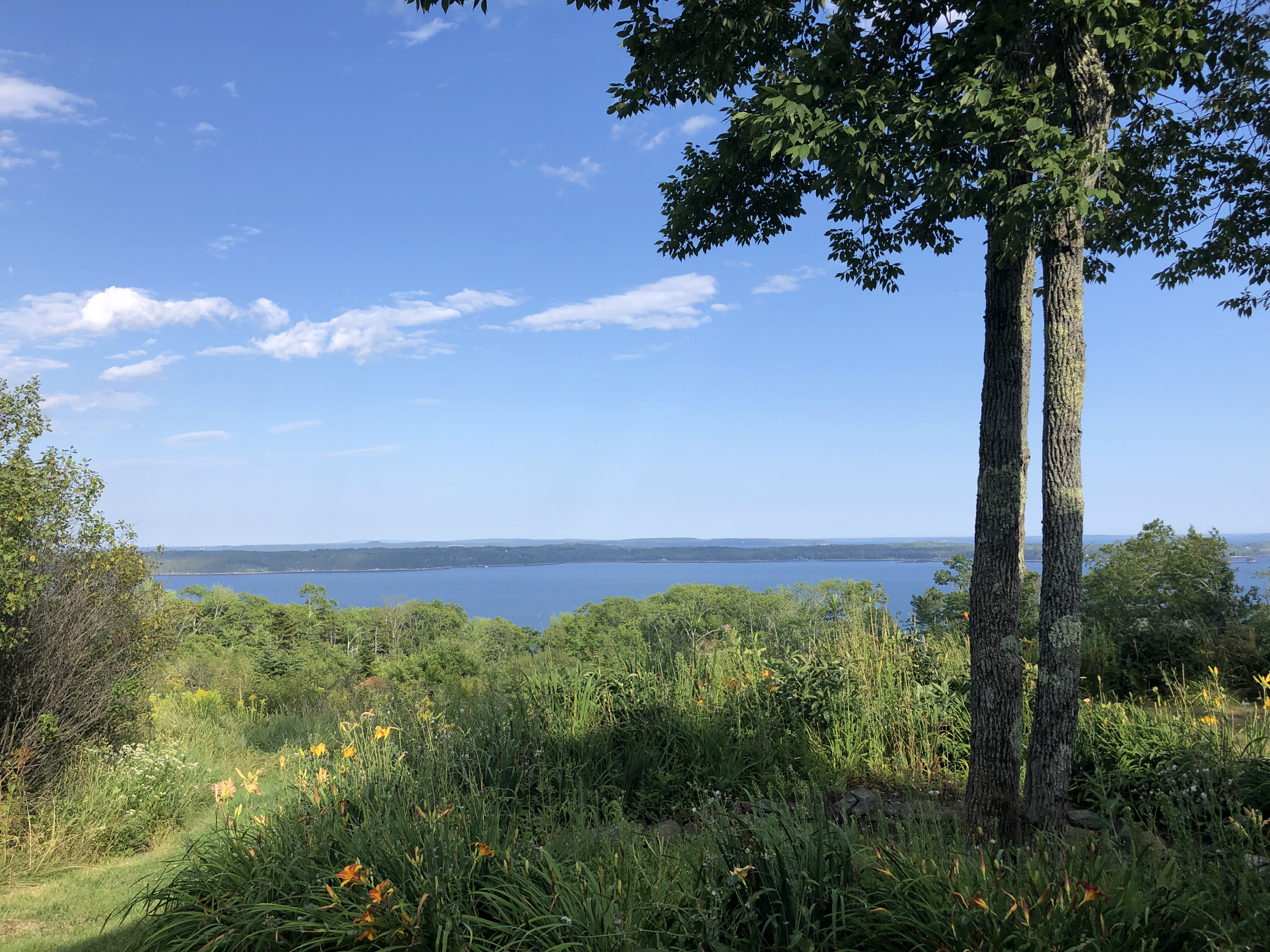
Finally, we moved on to the last property and the reason for our visit. The home was smaller, the view good but not quite as good as the other one. It was also open concept. It had advantages, mostly the price, but by the time we scheduled the trip and got up there, someone had made a bid and the house was already under contract.
So it was back to drown our sorrows in martinis and lobster at the Whale’s Tooth Pub, followed by a walk on the beach and ice cream by the ocean.
We may not have found our home yet, but Maine seemed perfect for us.
From Mr. Koya, we headed south to the Kumano Kodo (Kumano Old Road). This ancient pilgrimage route is a network of wooded trails, some UNESCO-protected, that is steeped in Shintoism, which predated the introduction of Buddhism to Japan in the mid-6th century.
We stayed in Hongu, a midway point along the route, for two nights. Heavy rains blanketed the area when we arrived at the Watarese Onsen hot spring resort, part of a three-hotel complex. The highlight was a set of large outdoor, private onsens that we reached by walking over a narrow suspension bridge that was lit at night. It was mid-May, but not busy at all, and a relaxing soak was just what we needed after the drive–and several times after that.
Nachi Taishi Shrine and Seinganto-ji Temple
The next morning (with rain threatening) we drove east to Shingu and then inland to Nachi Taishi, one of the primary destinations along the route. Parking was easy, the crowds were light, and we walked a short, but beautiful stretch of one of the Kumano Kodo paths to the Nachi Taishi Shinto shrine and the Seinganto-ji Buddhist Temple.
Mist covered the mountain peaks as we continued on to the three-storied pagoda, resting near the Nachi-no-Taki waterfall, the tallest in Japan. The pagoda is the first “etiquette place” of the pilgrimage around the 33 holy places in the area, and it was a sight we had anticipated seeing for months.
Around the pagoda was a koi pond, gardens, buddhas and a stone picnic area. The few people there all magically vanished when we sat to have our lunch, as if the Shinto gods wanted us to have a peaceful meal. Seated along the mist-shrouded garden with the pagoda and waterfall before us, we had just that experience.
Saying Good-bye at Shirarahama Beach
Our visit to Japan was coming to an end, and we left the mountains and drove to our hotel near Kansai Airport, where we planned to take the train into Osaka to get a taste of the big city. Instead, we drove past Tanabe to Shirarahama Beach for a relaxing afternoon with turquoise water and white sand.
The sky was beautiful all day, and before we left, a horizontal rainbow appeared. We learned later it’s called a fire rainbow, which we captured just before it faded. It seemed to be Japan’s way of saying good-bye.
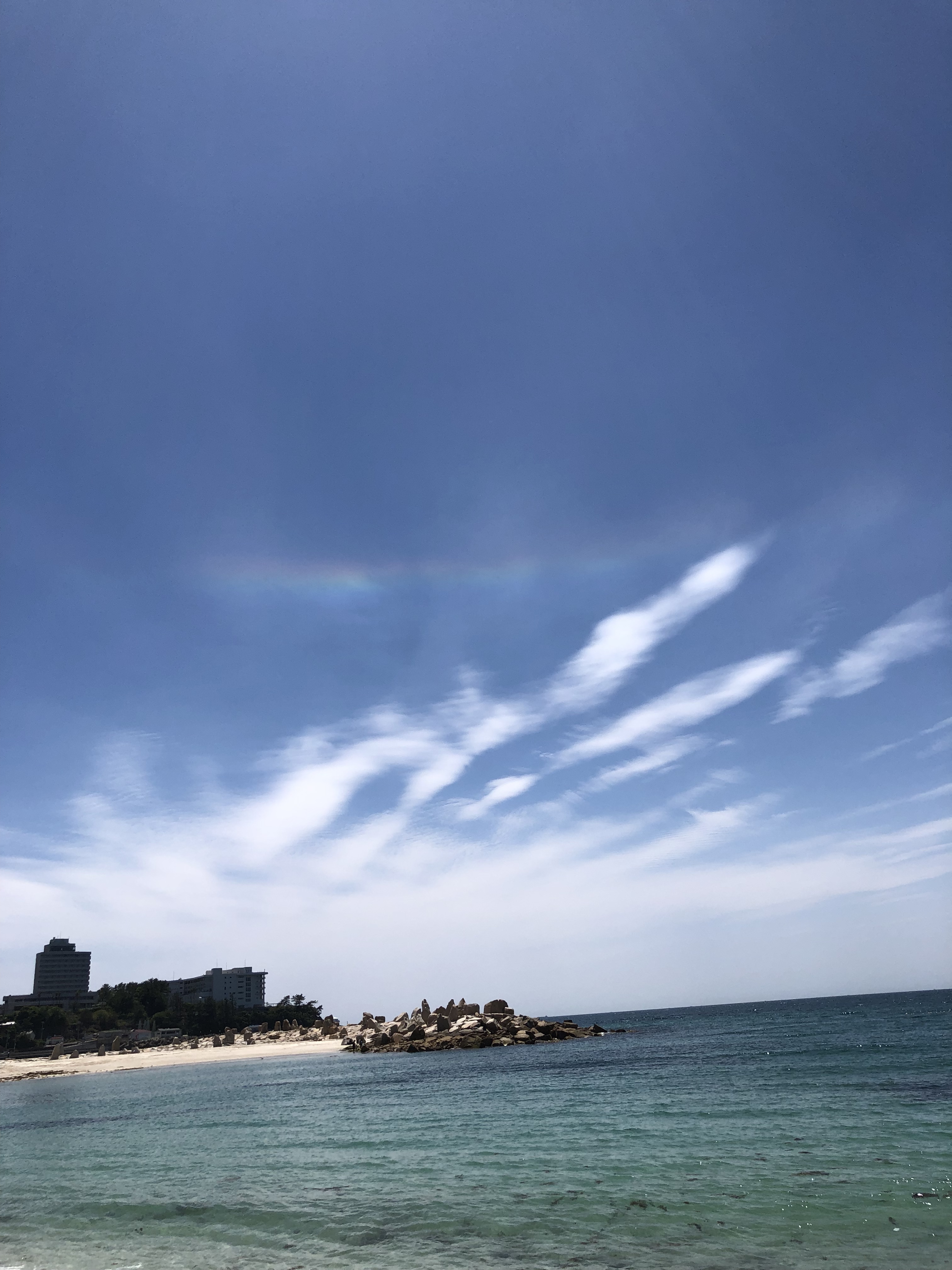
The secluded temple town of Koyasan has a long history as a sacred place, beginning in the early ninth century when Kobo Daishi wandered Japan in search of a suitable place to build a center for the religion he had founded, Shingon Buddhism. After years of searching, he settled on the wooded top of Mt. Koya and in 826 began construction of the original Garan complex. Today you can find more than a hundred temples here.
Many temples in Koyasan invite guests to stay overnight, and we stayed two nights in Souji-in, known for some of the finest vegetarian cuisine. We had spacious rooms, secluded in the back of a newer wing of the temple, a serene view of the gardens, and a bathroom that took up three rooms, including one with a wooden Japanese soaking tub. As is typical in traditional Japanese lodging, when we went to dinner, they had moved our table aside and laid out our futons for sleeping.
We explored part of the town before dinner, wandering down a scenic path, finding a red wooden bridge and then exploring the Garan complex, the first monastic complex entirely dedicated to the teaching and practice of Shingon Buddhism.
It includes the Kondo Hall, a large wooden temple hall where major ceremonies are held, and Konpon Daito (great Fundamental Pagoda), the tallest building in Koyasan. Completed in 876, it’s an early form two-storied pagoda and a symbol of Koyasan, a town we discovered was filled with a peaceful beauty.
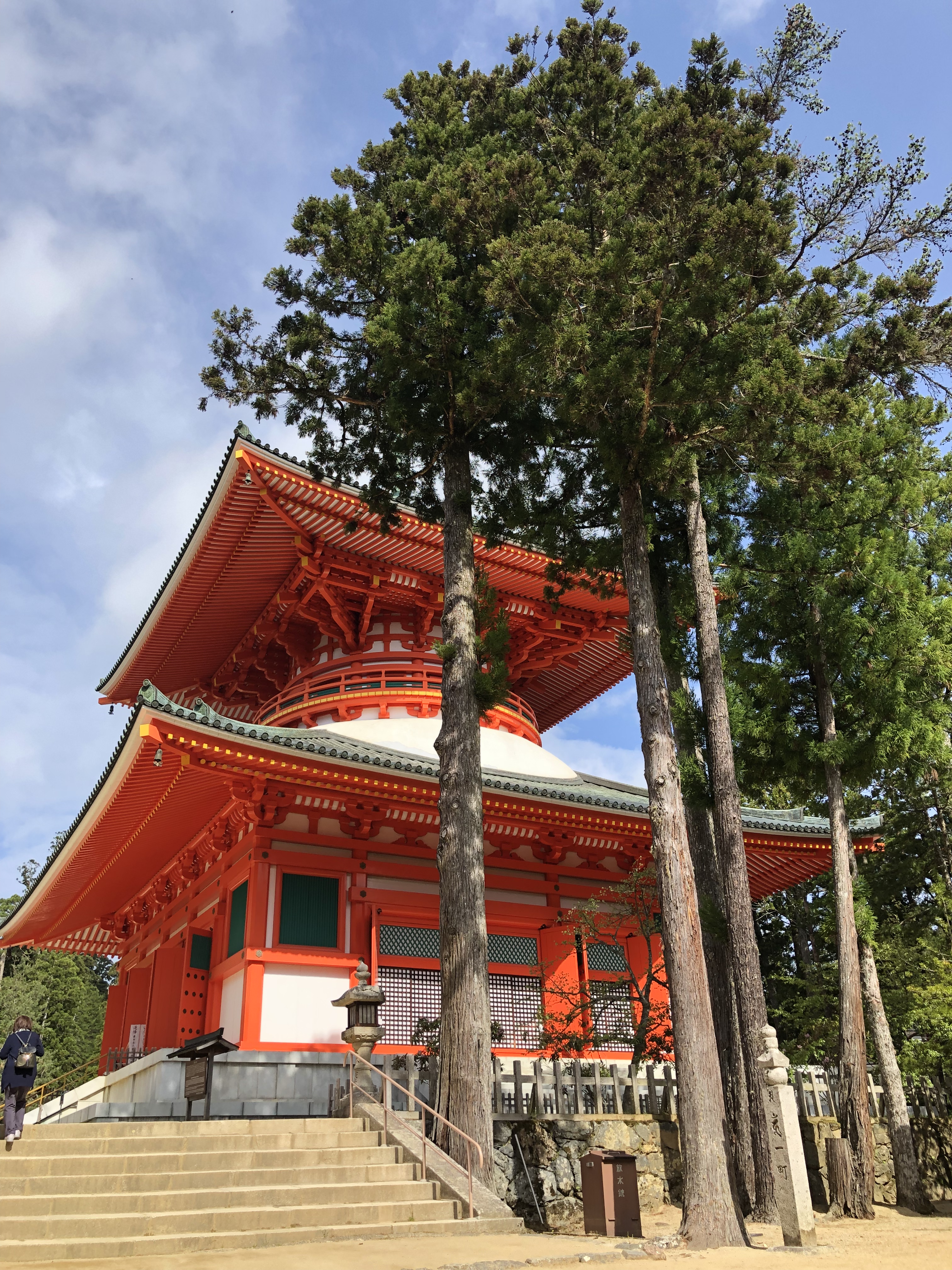
Dinner was at 7 pm and they called us at 6:59 pm to make sure we were coming. The meal and the ones that followed were Buddhist vegetarian cuisine (Shojin Ryori). Made with the “delicate enhancement of a natural taste” and the use of limited ingredients, Shojin Ryori is based on the concept of five flavors, five cooking methods and five colors. Each meal includes a grilled dish, a deep-fried dish, a pickled dish, a tofu dish and a soup dish.
Not only was it some of the best vegetarian food we had ever enjoyed, but also some of the most delicious food of any kind. Each meal was perfectly balanced, served by a monk and was a delight for the eyes and the palate.
The next morning, we set off to explore more of the town and started our day (after our breakfast at the temple) with coffee at the Powerstone Café. The barista, who clearly liked Snoopy, was a wonderful host.
We continued up the hill through the Daimon Gate, the traditional entrance to Koyasan, and entered a pilgrimage route that we followed a few kilometers up Mt. Benten Dake and down to Nyoindo, a temple on the periphery of Kyosan. It is the last temple standing built especially for women. Here we also found the Koyamaki Protected Forest, a forest of umbrella pines extinct everywhere but in Japan and Korea.
We moved on to Okunoin, where more than 200,000 grave stones and pagodas stretch through a forest of ancient, towering cedar trees. There was a powerful, awe-inspiring energy along this sacred space, a 2km walk to Kobo Daishi’s mausoleum that we will never forget. We plan to visit again and walk it at night, when the path is lit by lanterns.
The next morning, we joined a 6 am morning prayer ceremony. When the head monk was done chanting the sutra, he sat with us, giving a short talk to those in attendance—all in Japanese. Fortunately, a young monk handed us a one-page summary of his talk and the main message was this:
All we can do is to appreciate the past and for the future, to wish and pray for the peace for those around you.
Next Up: The Kumano-Koda Pilgrimage Walk
